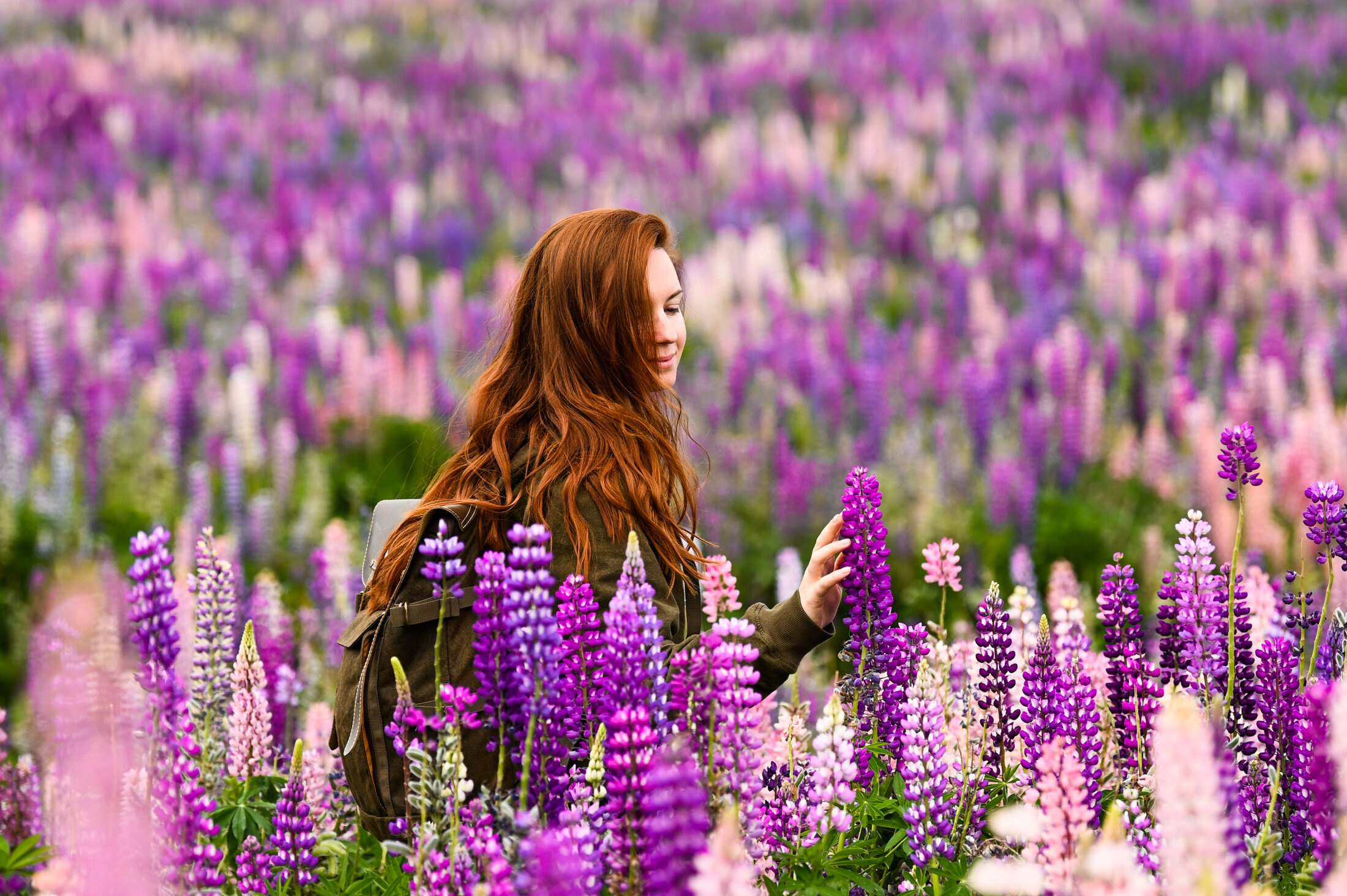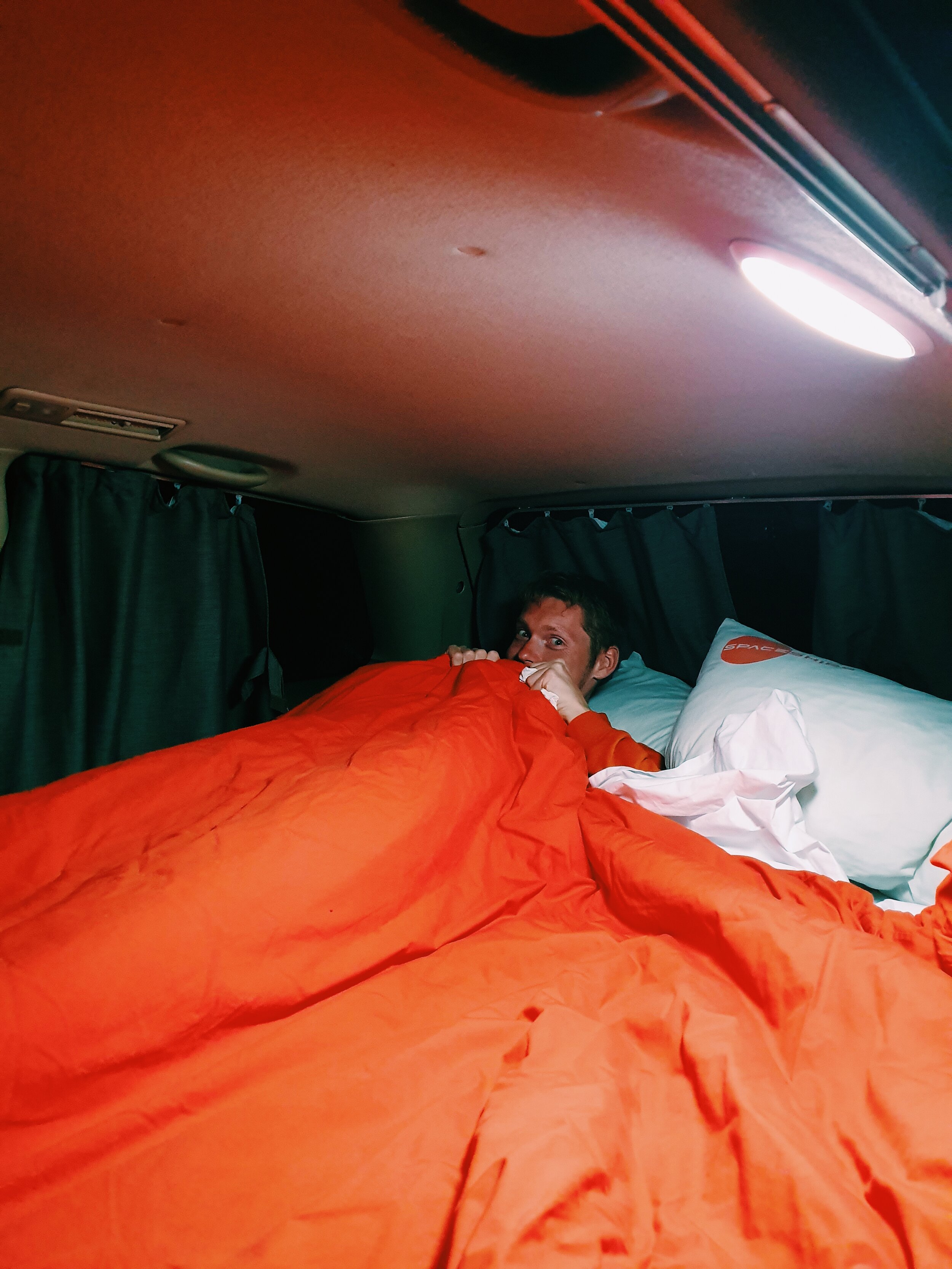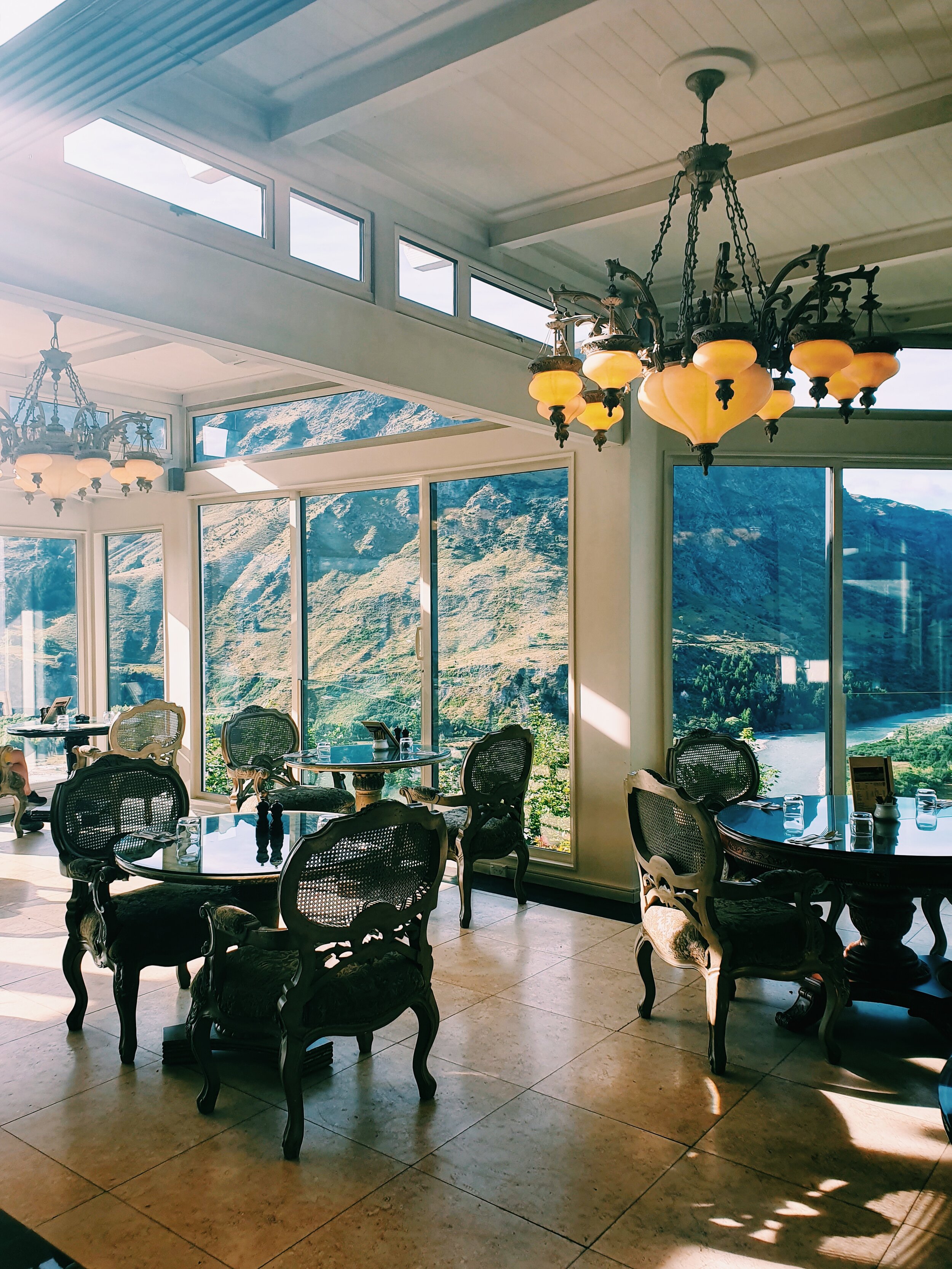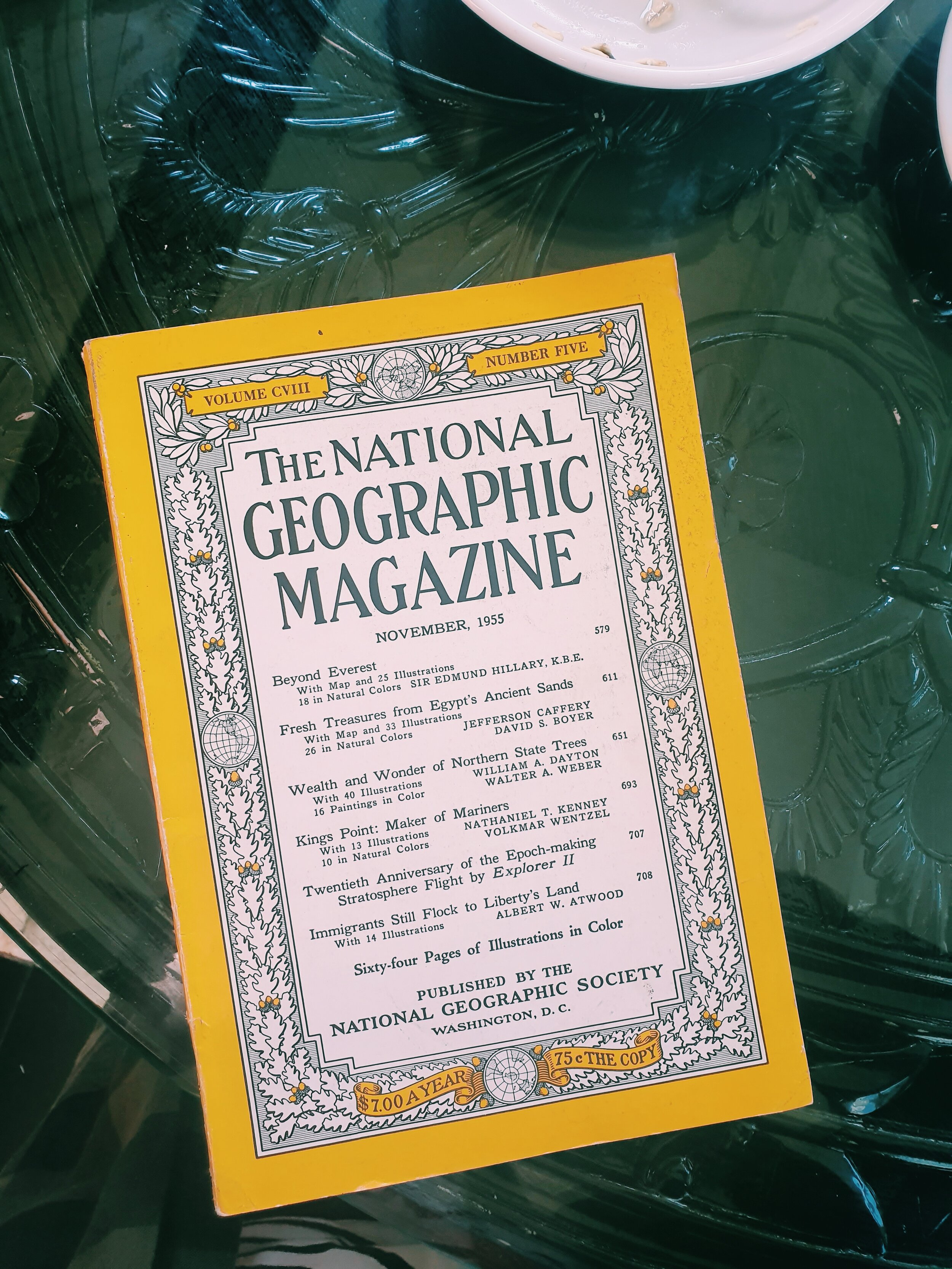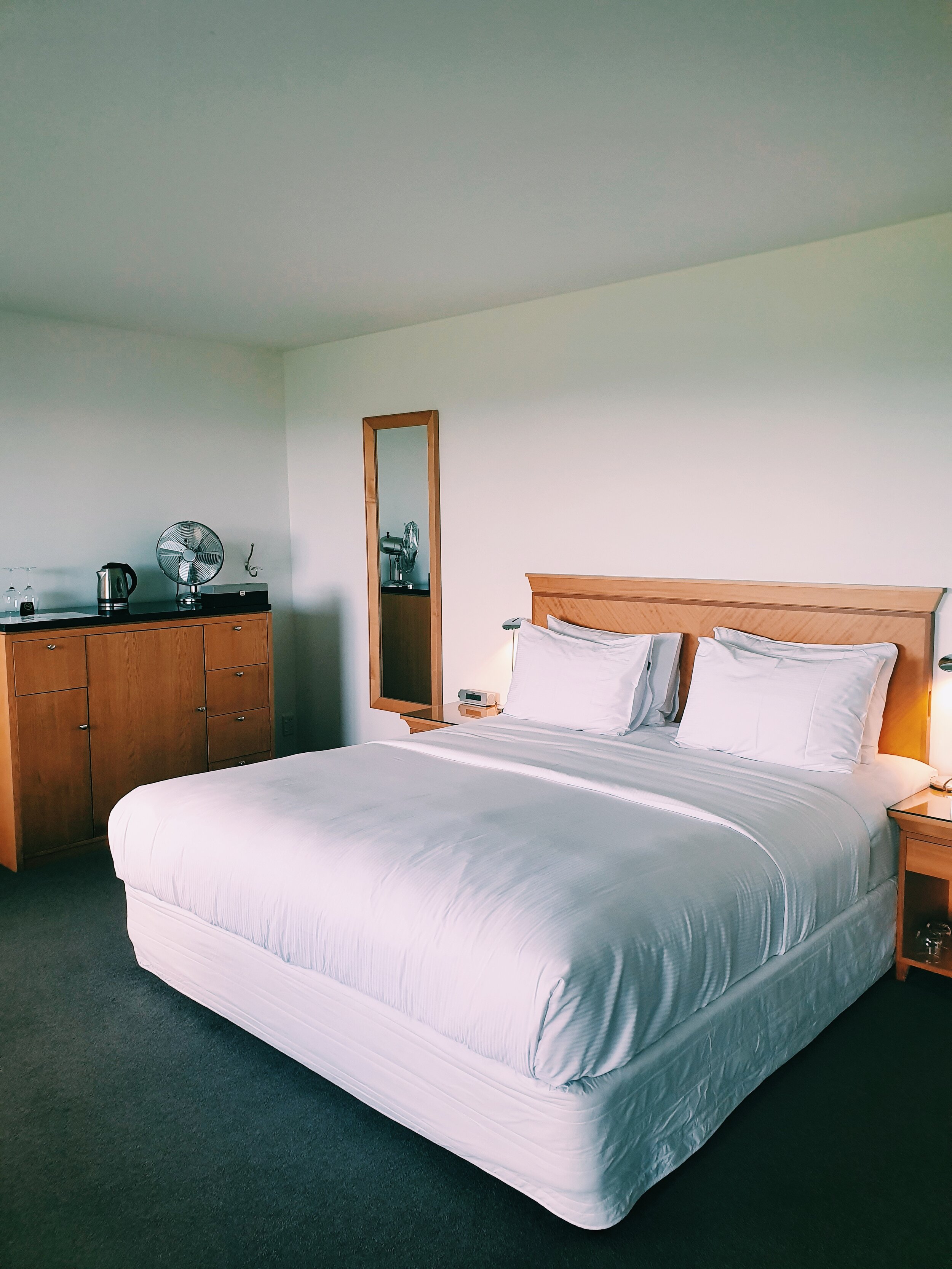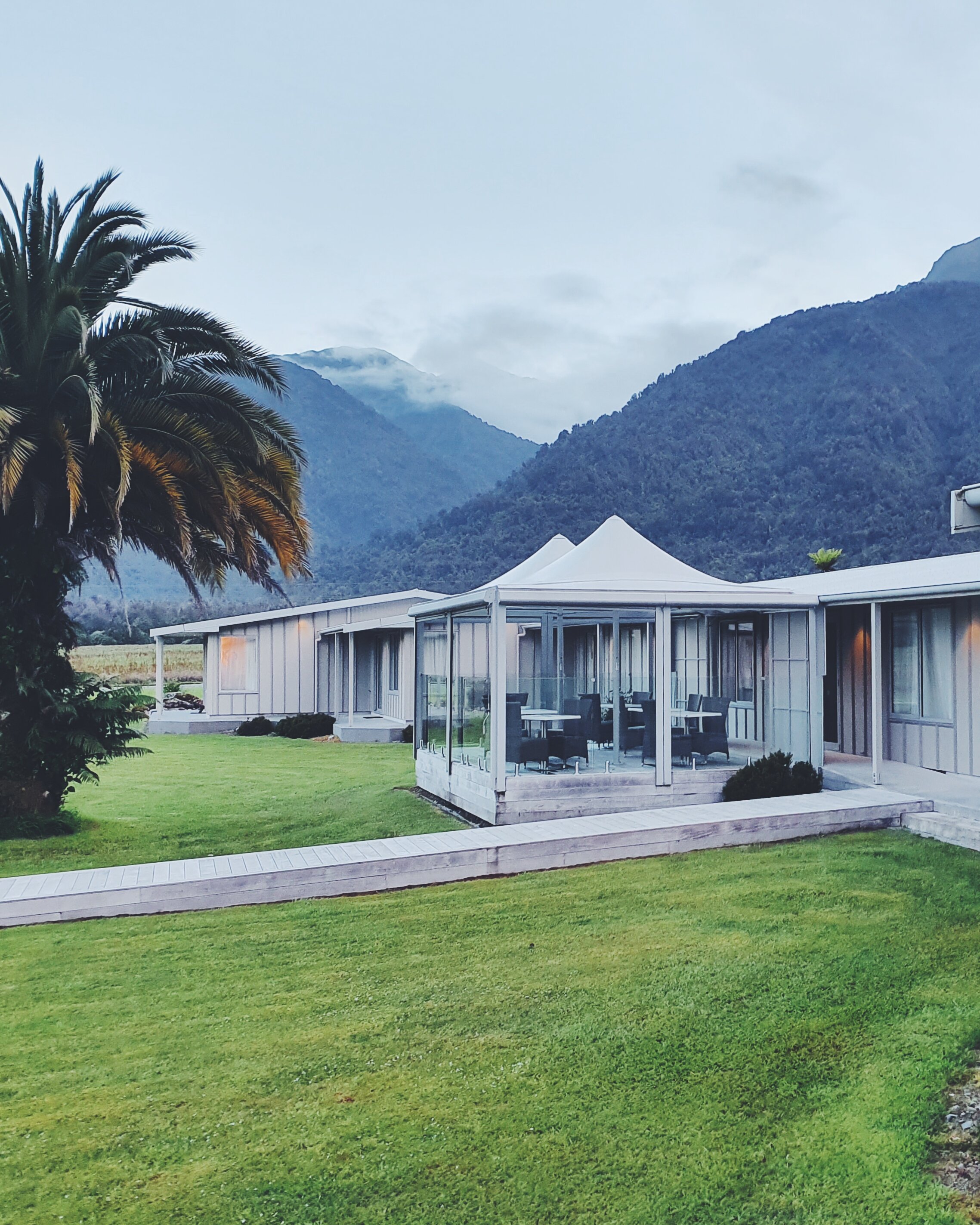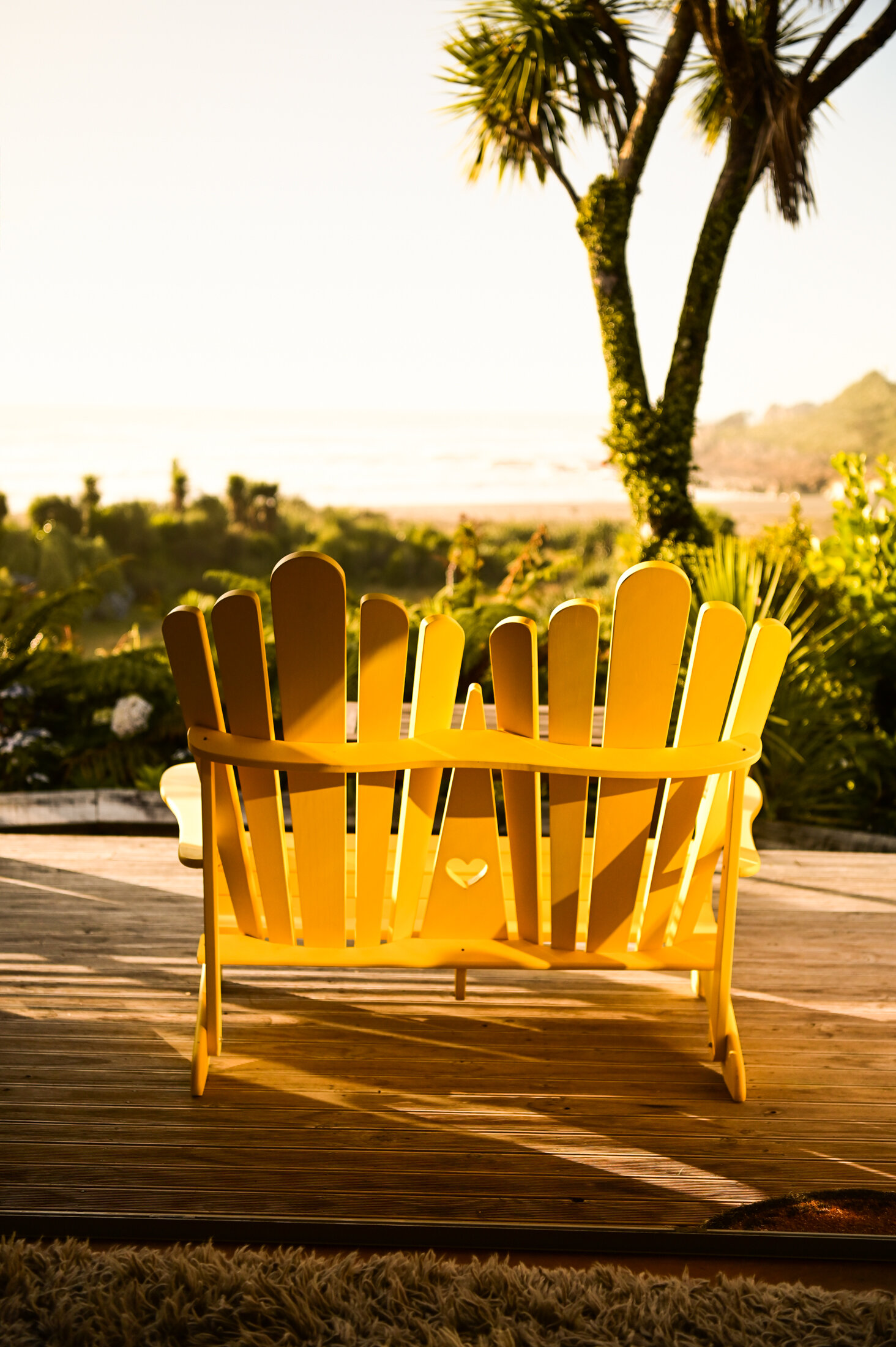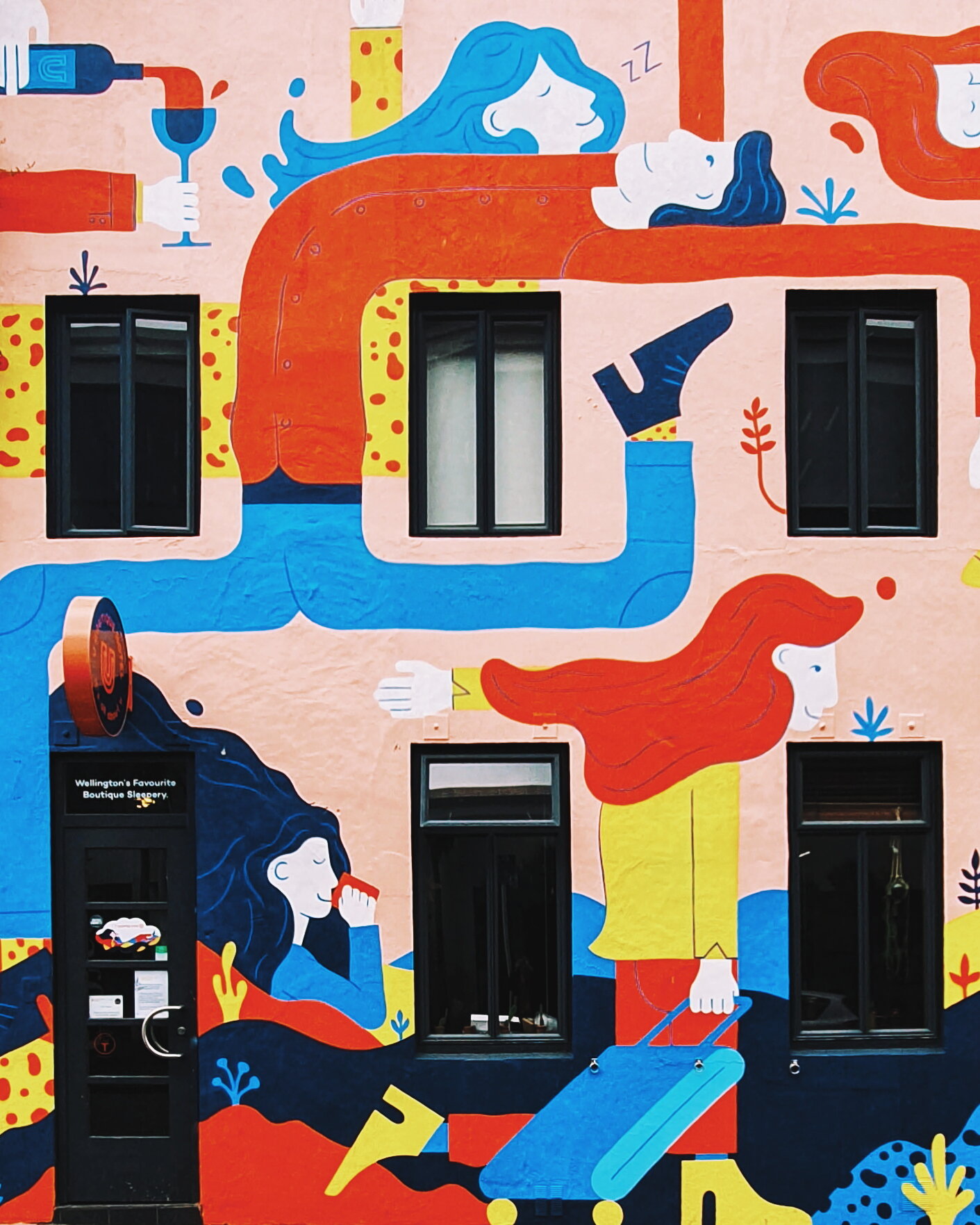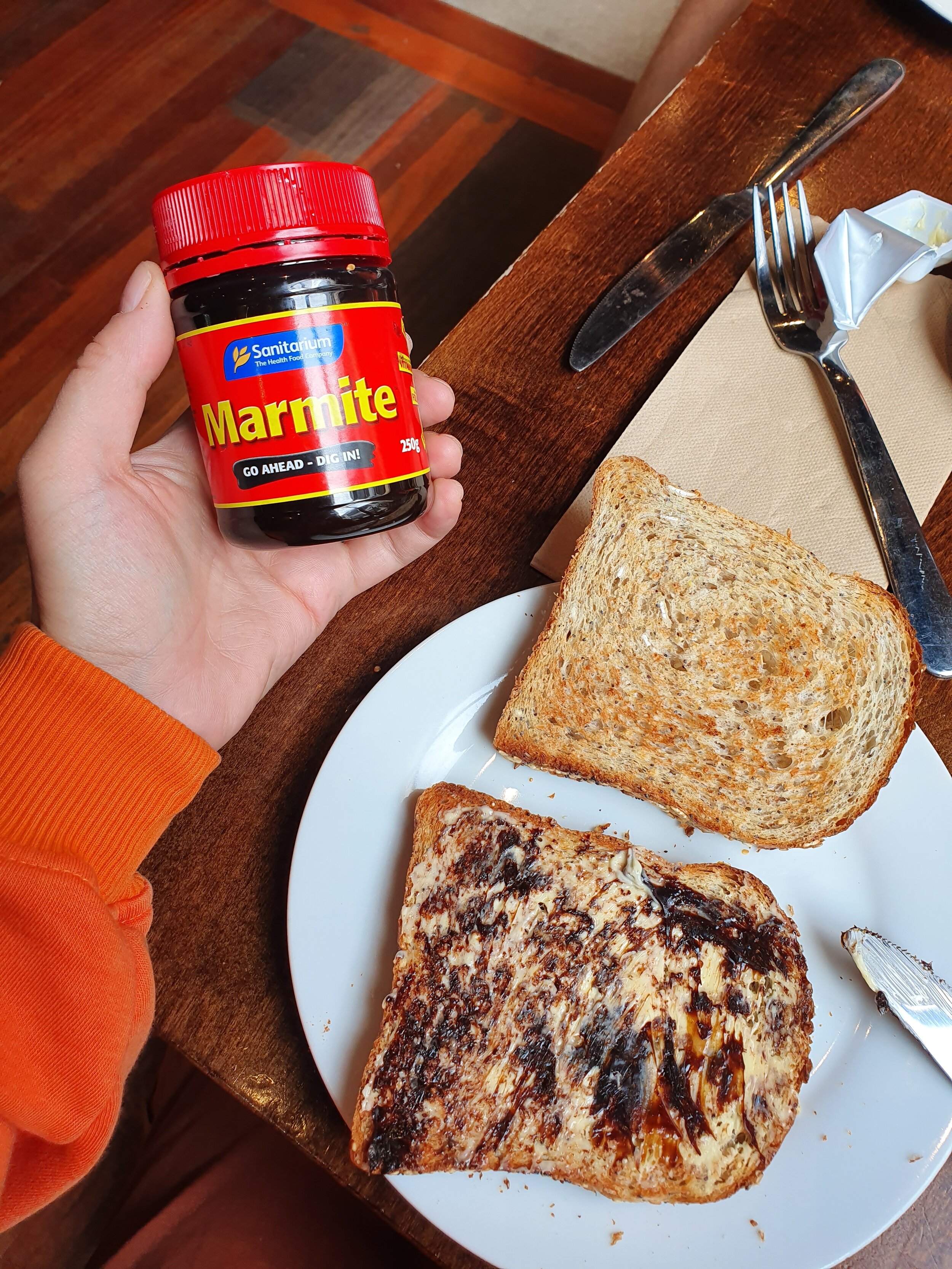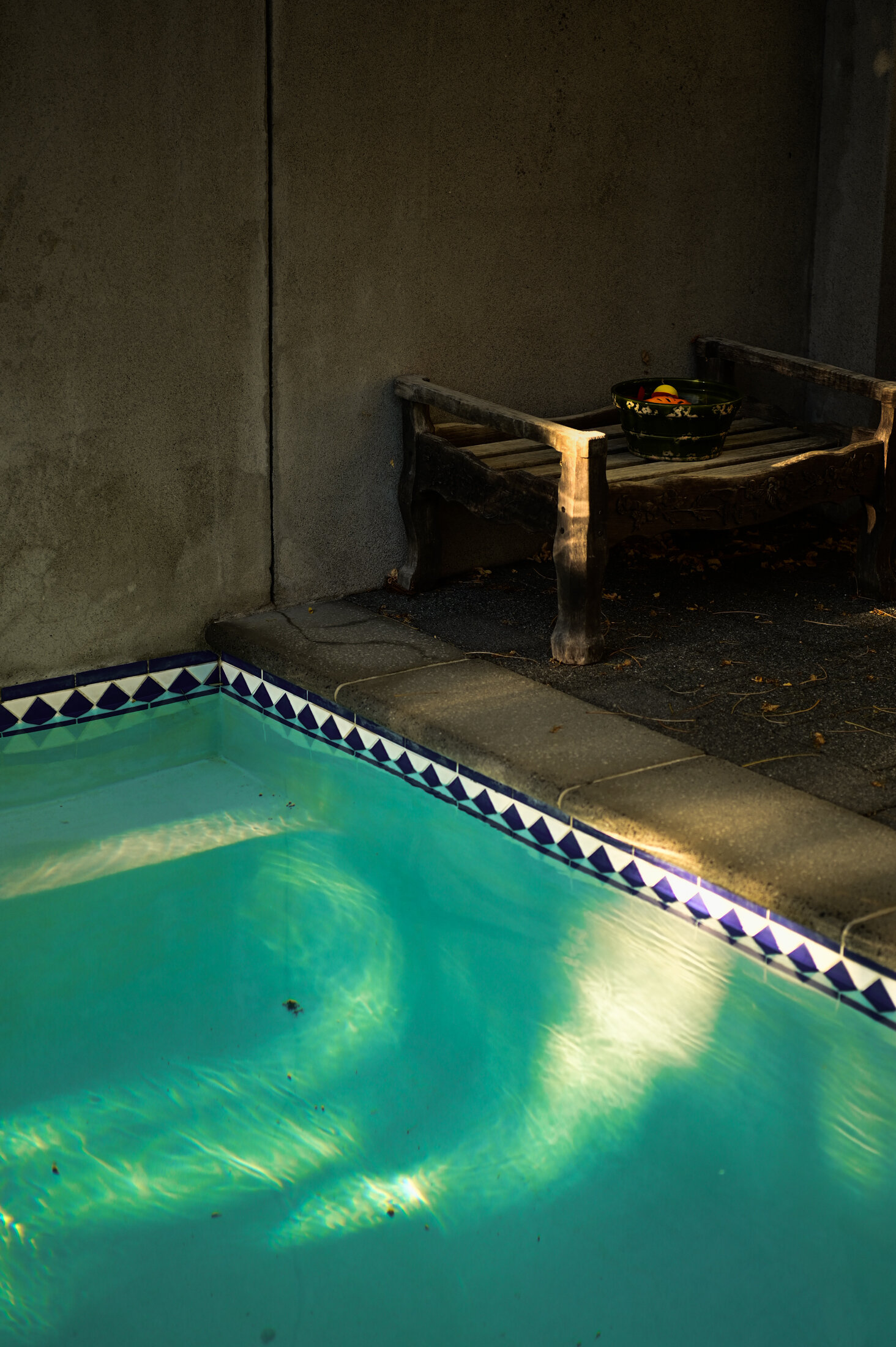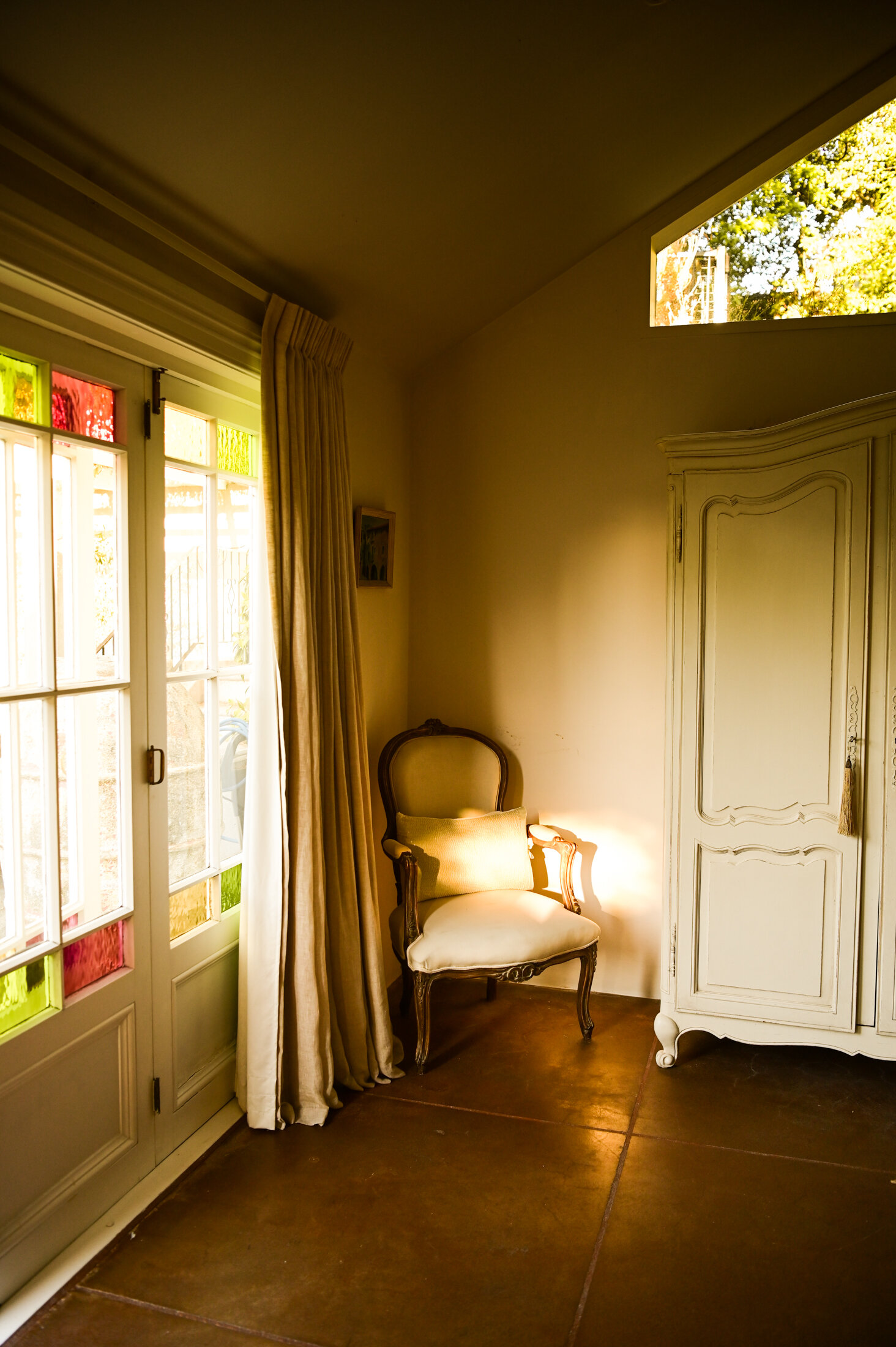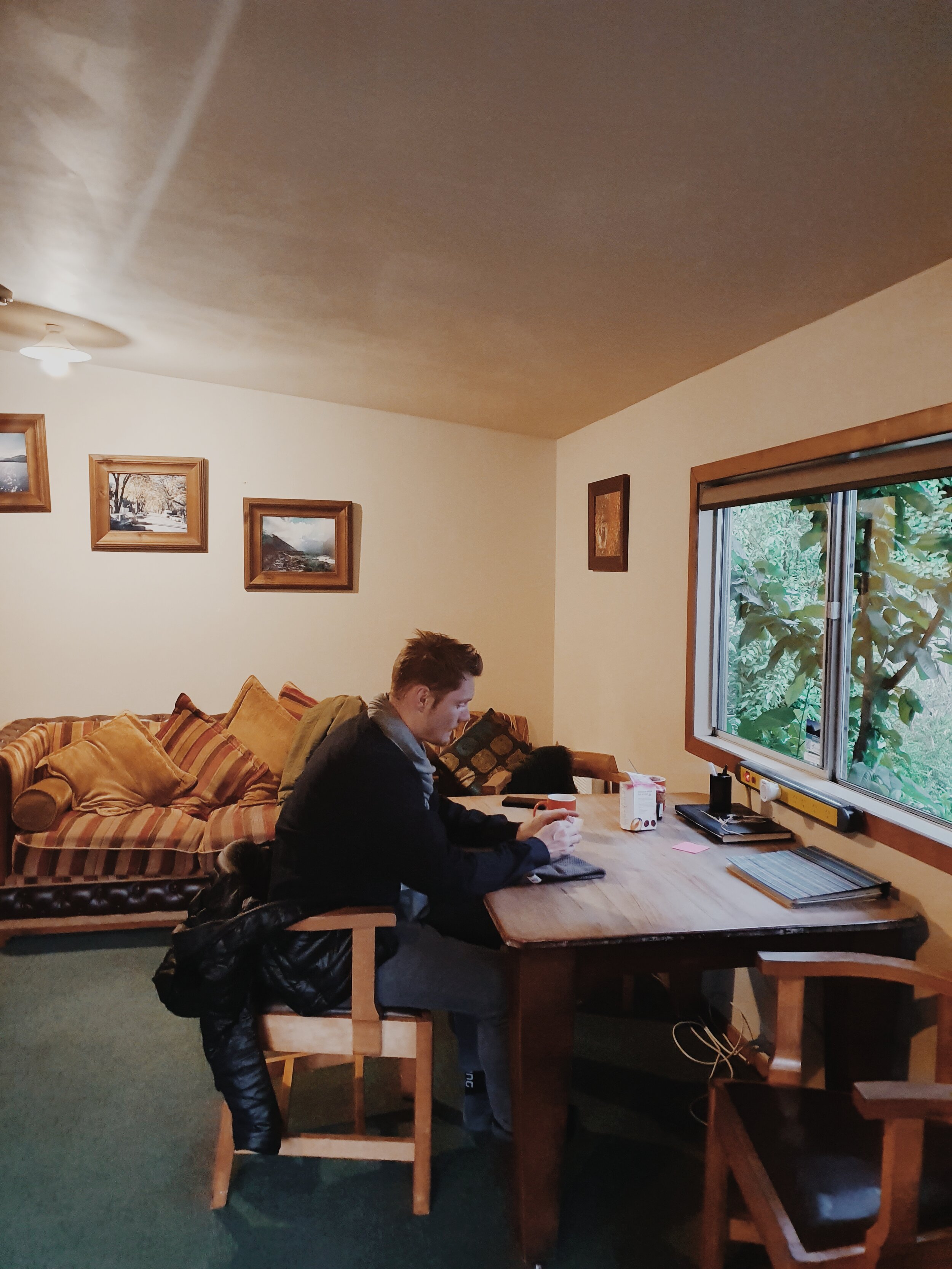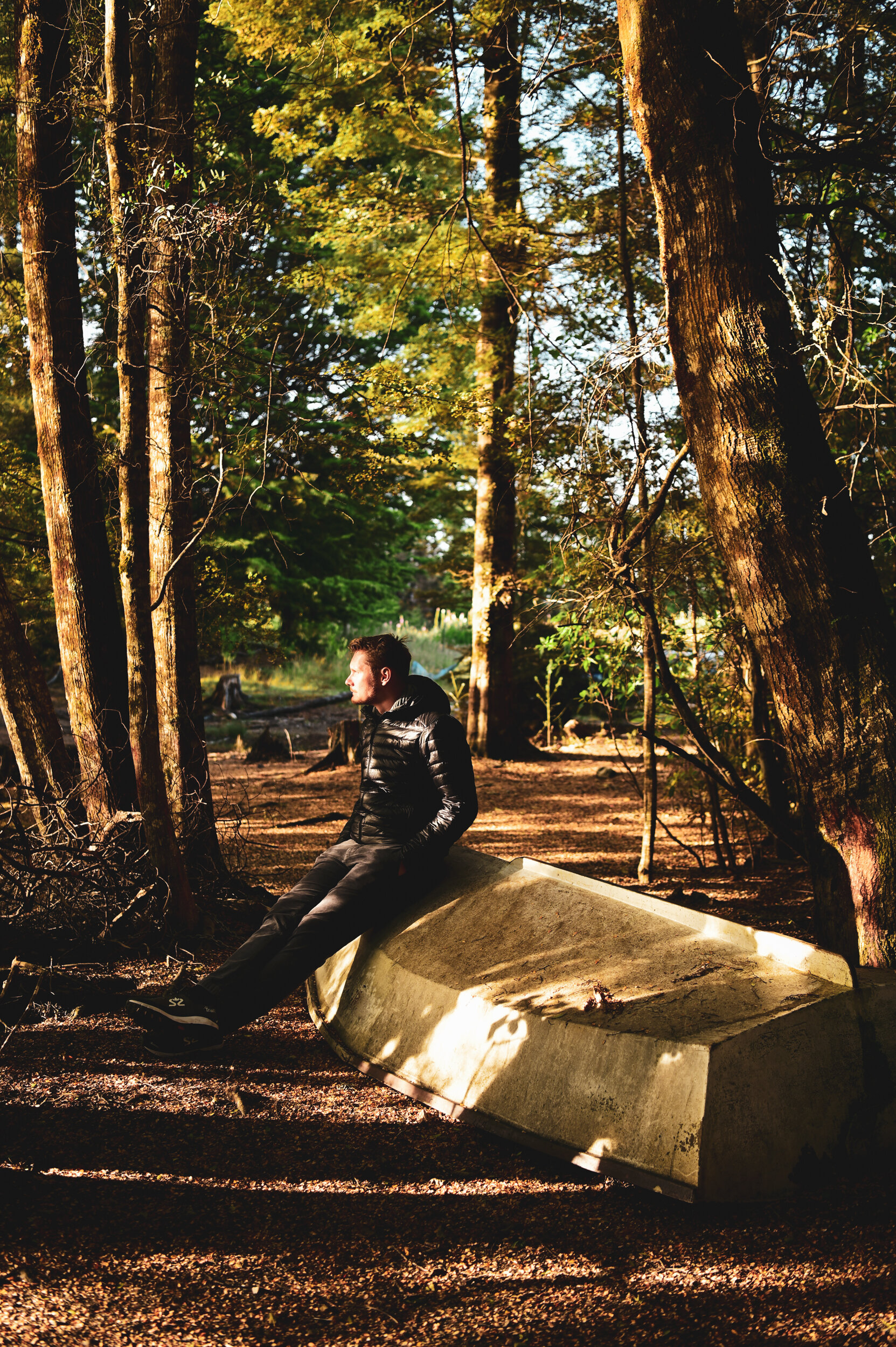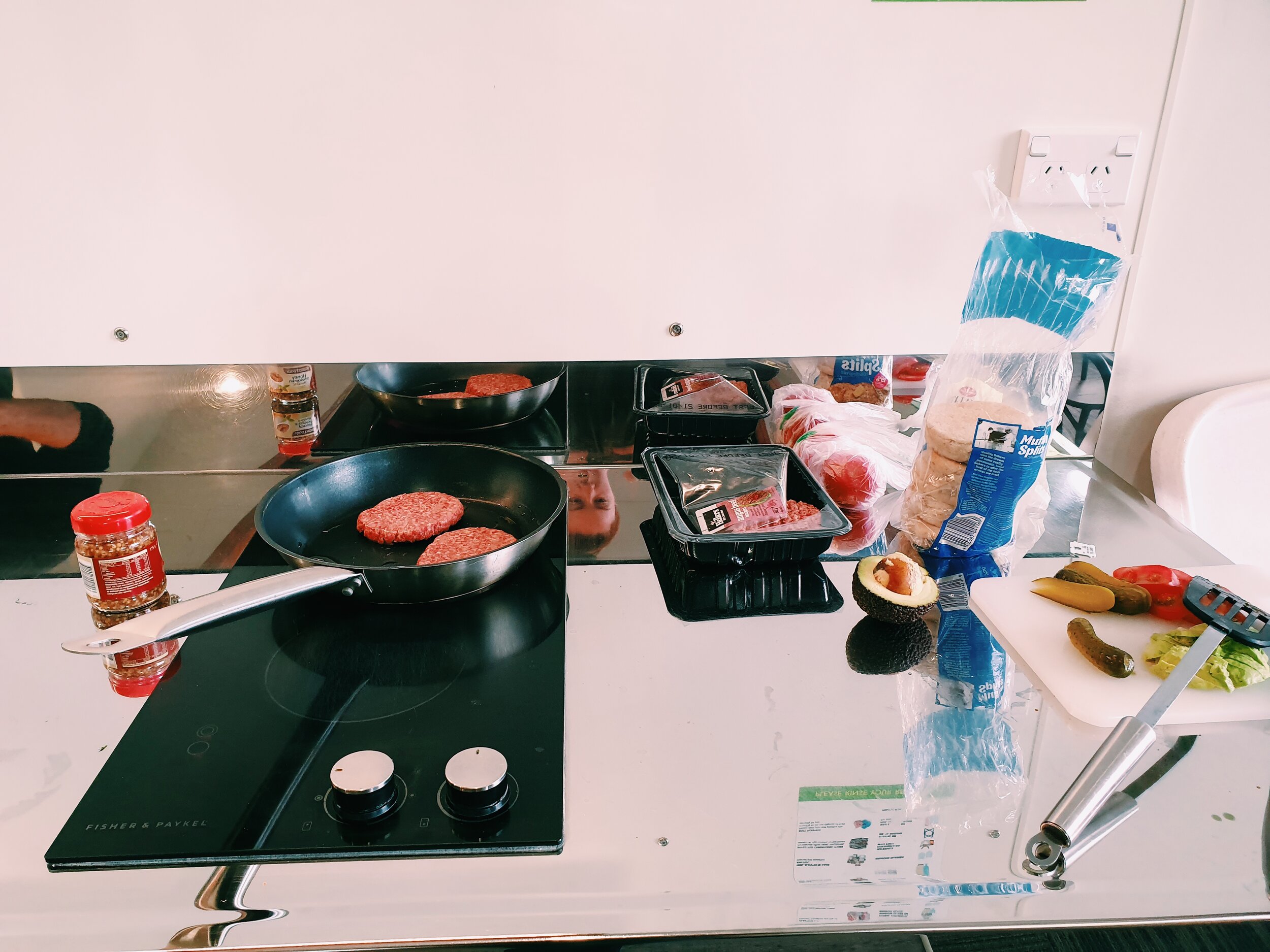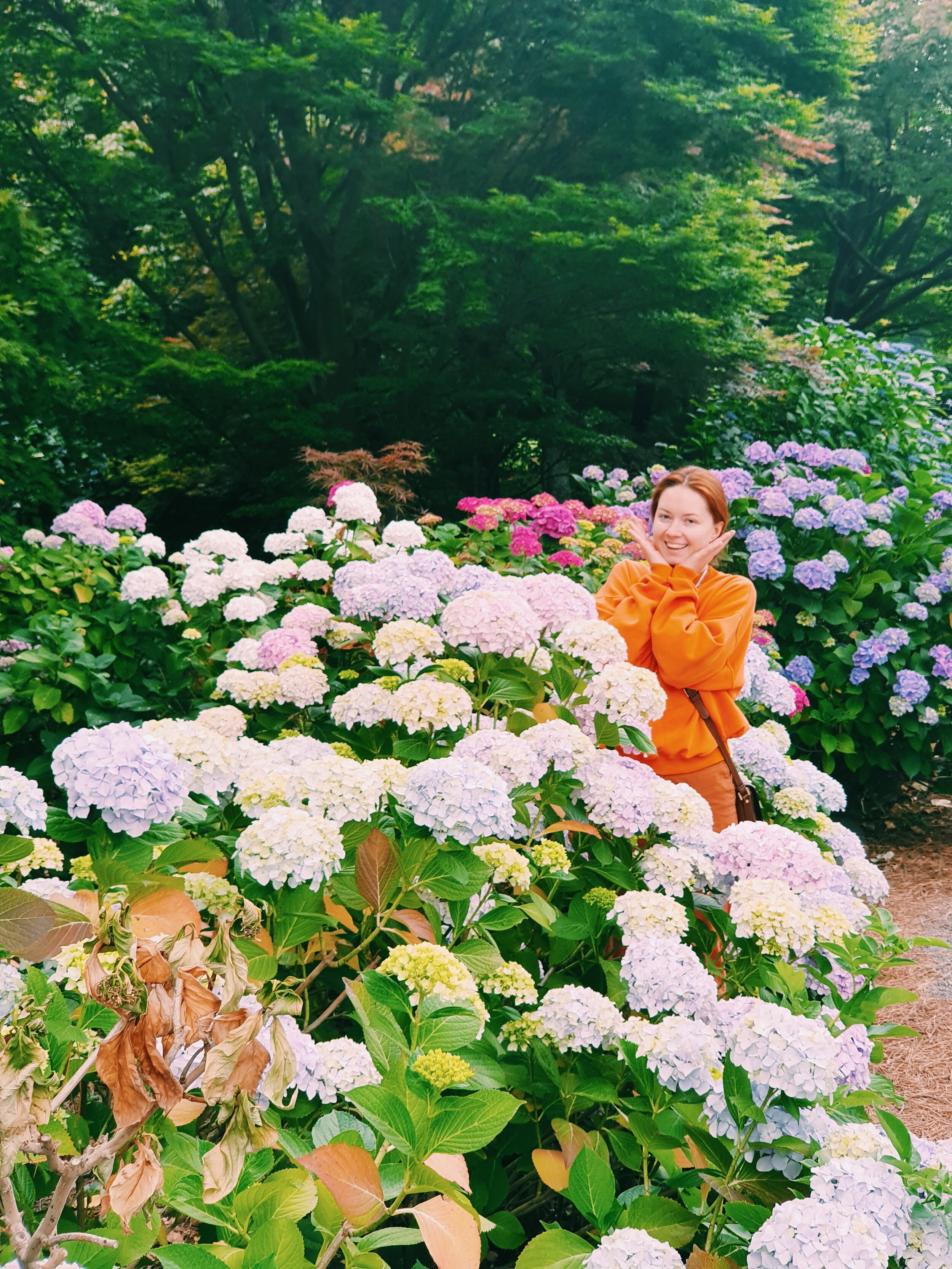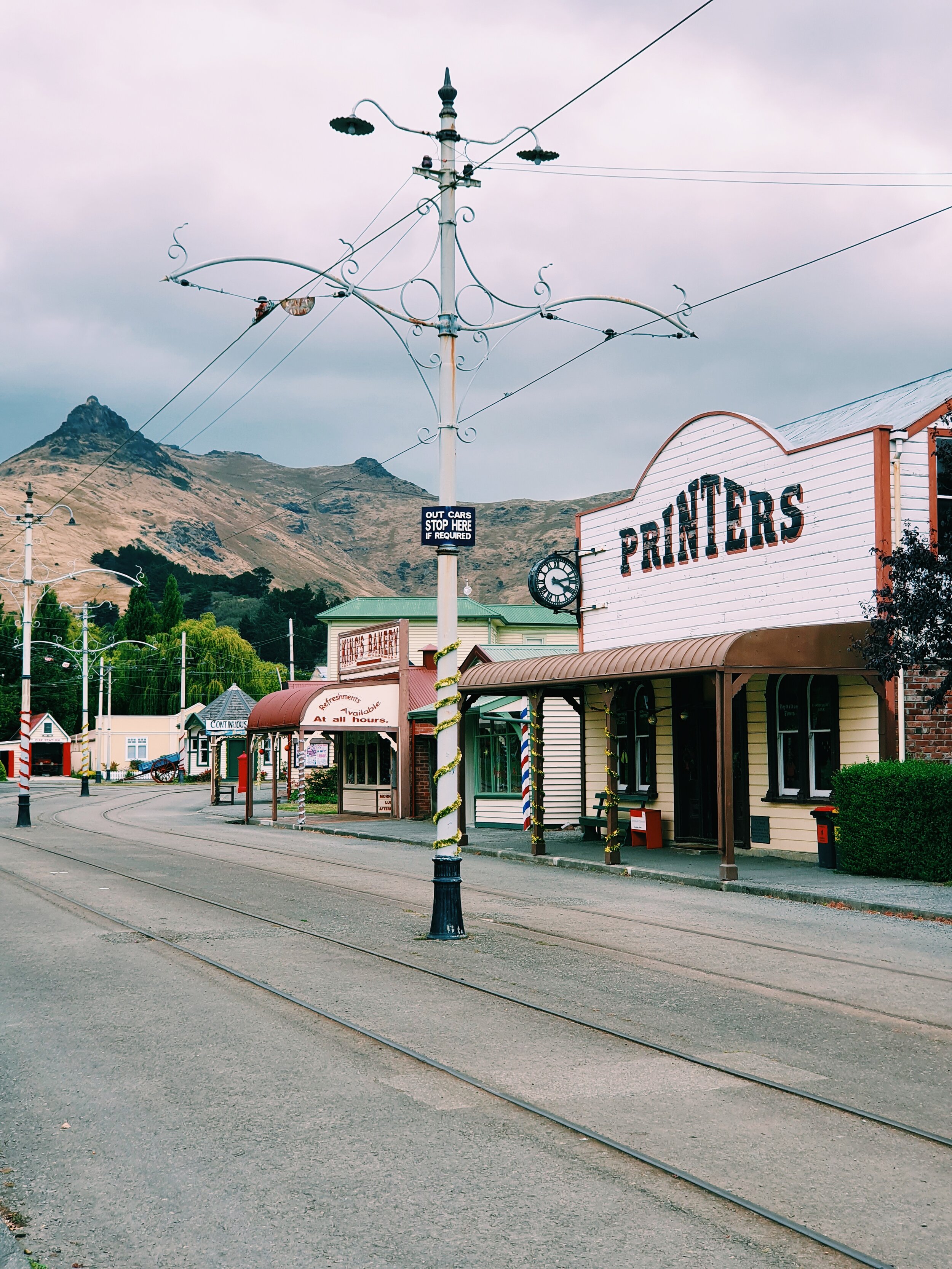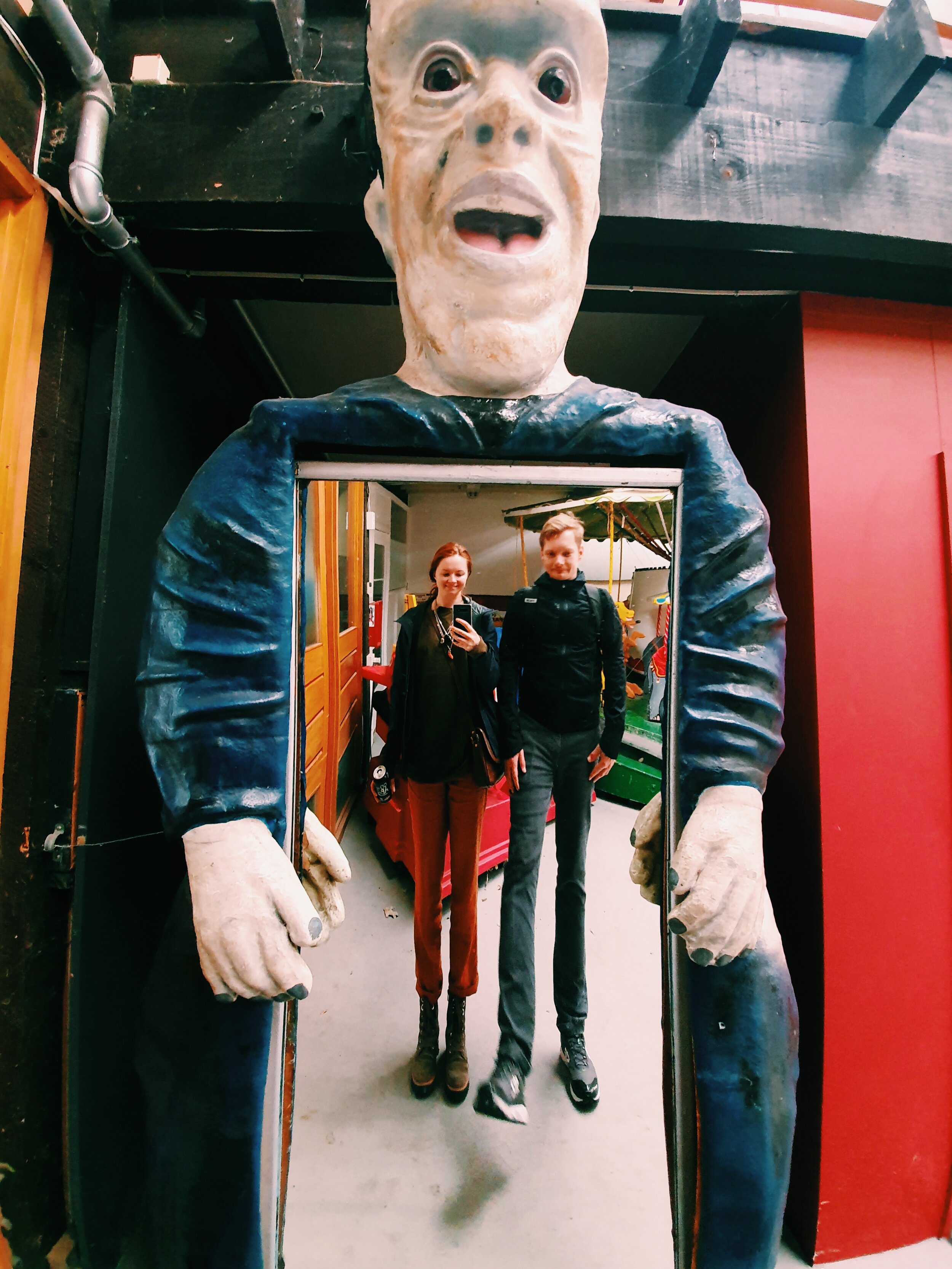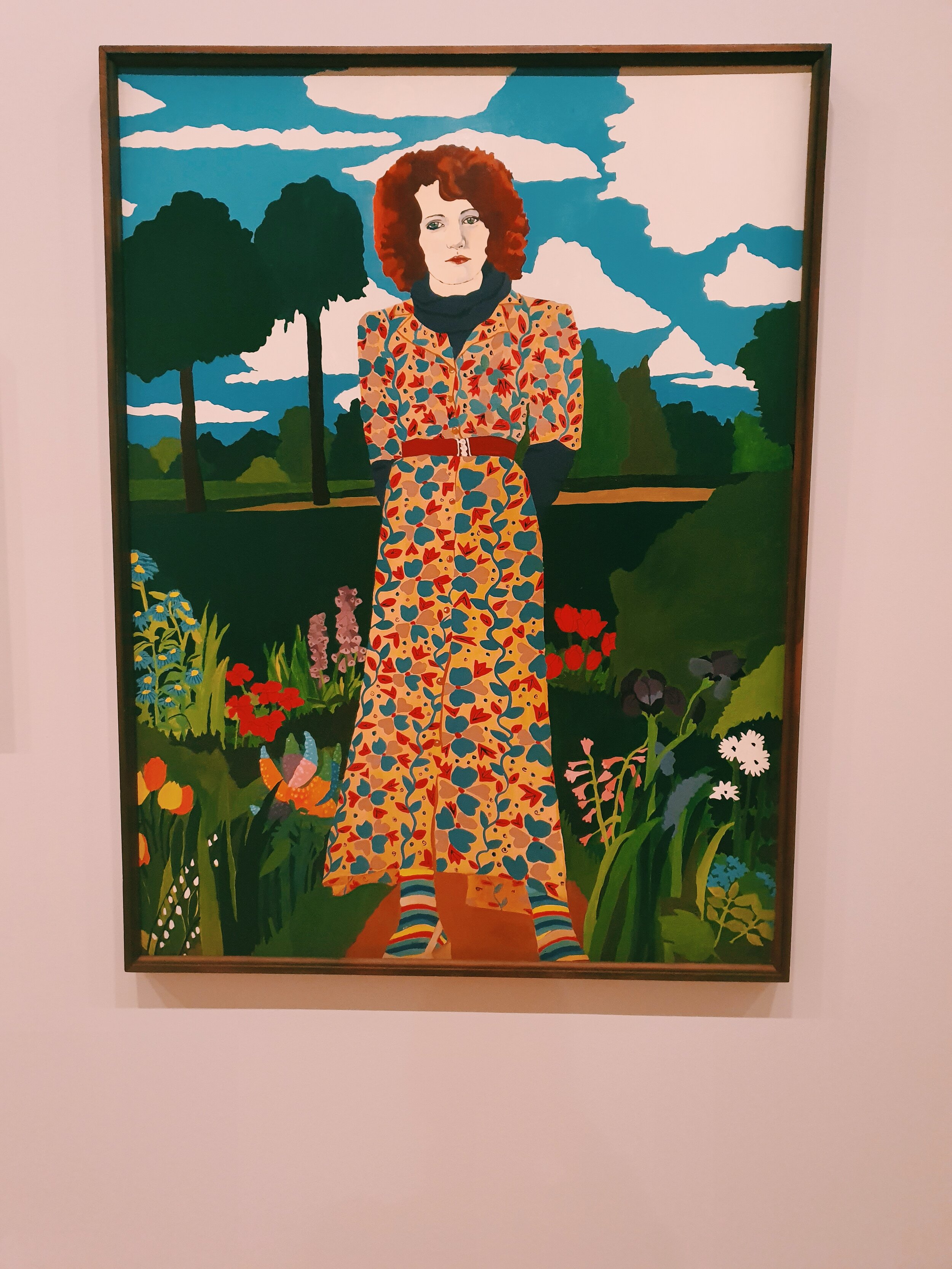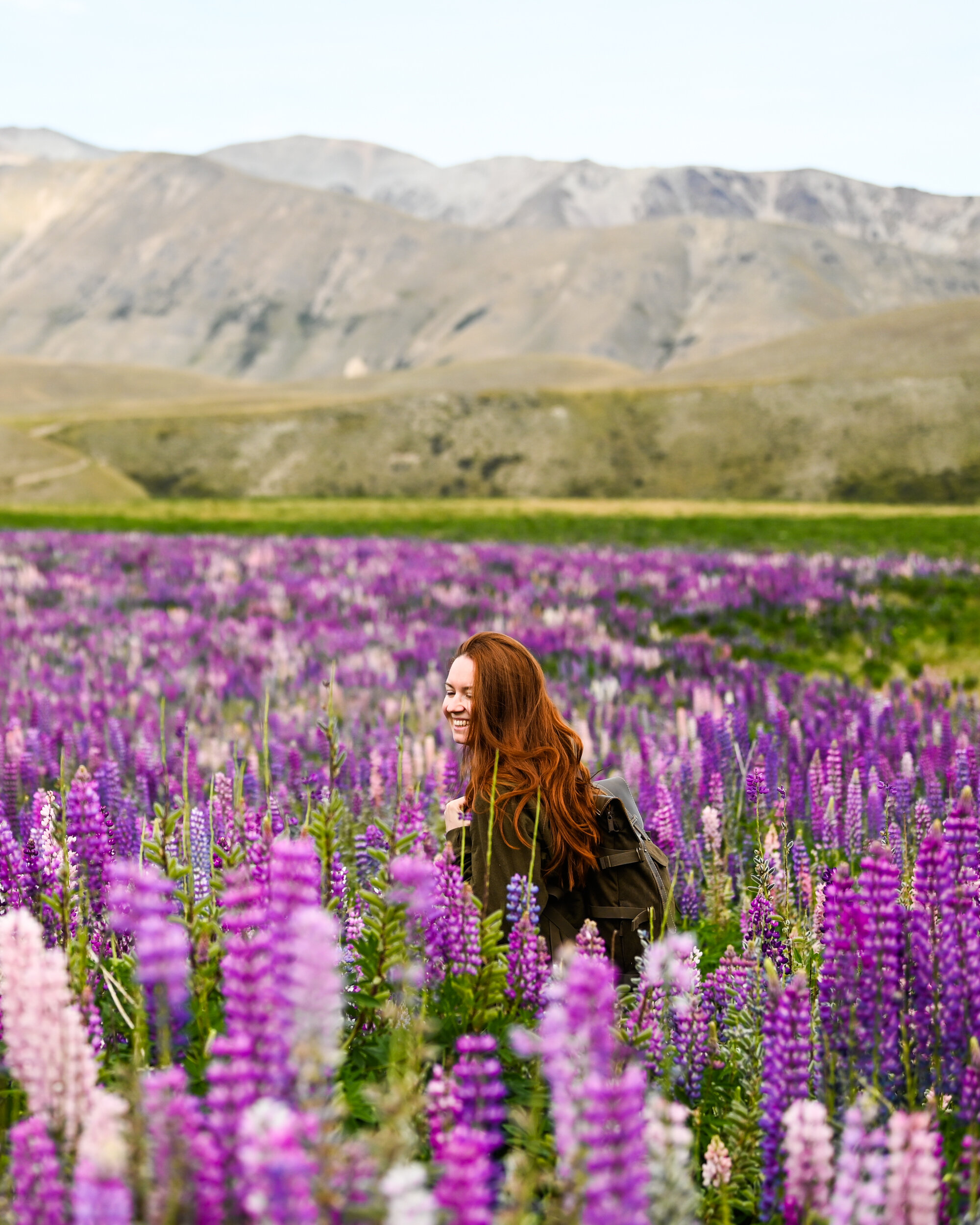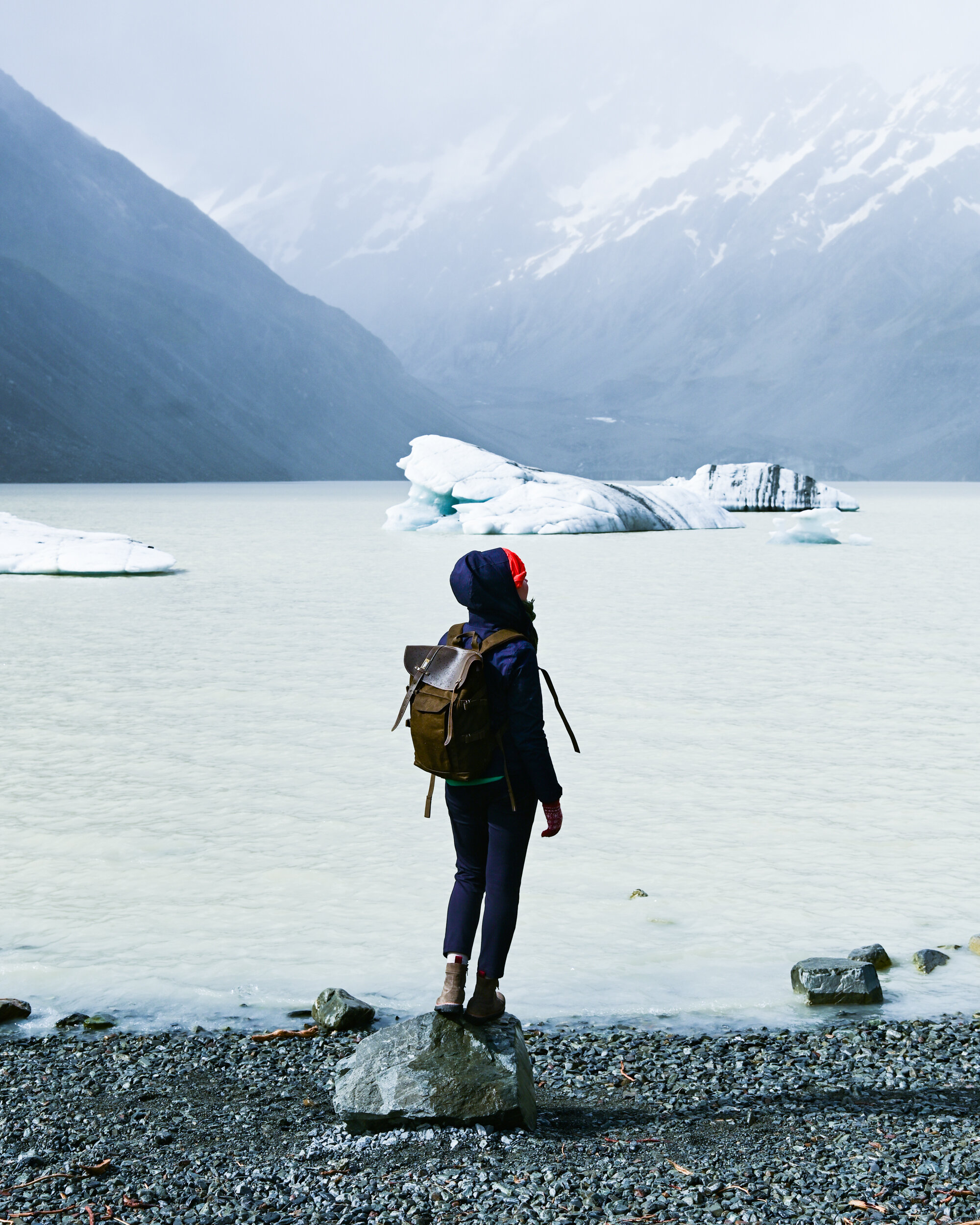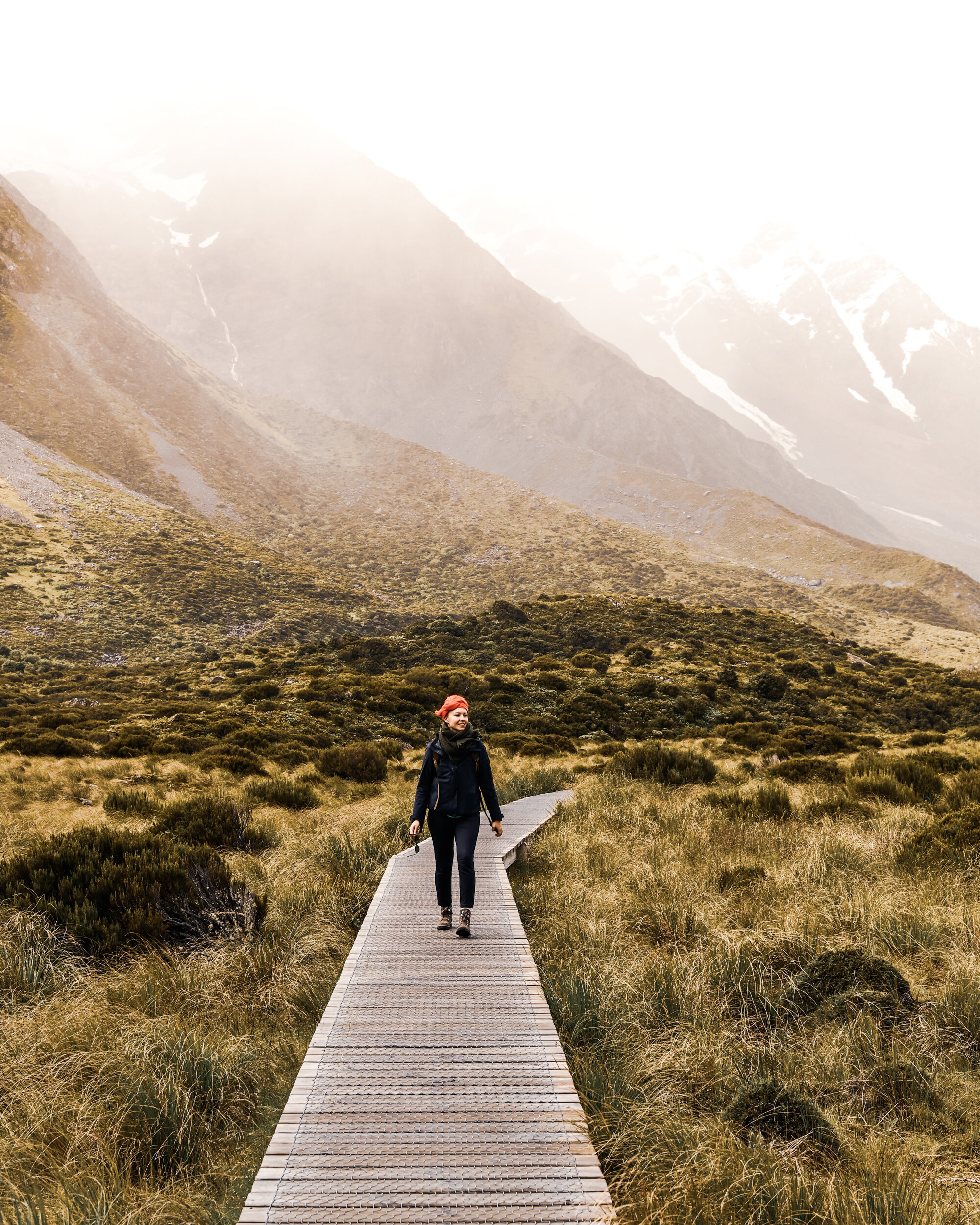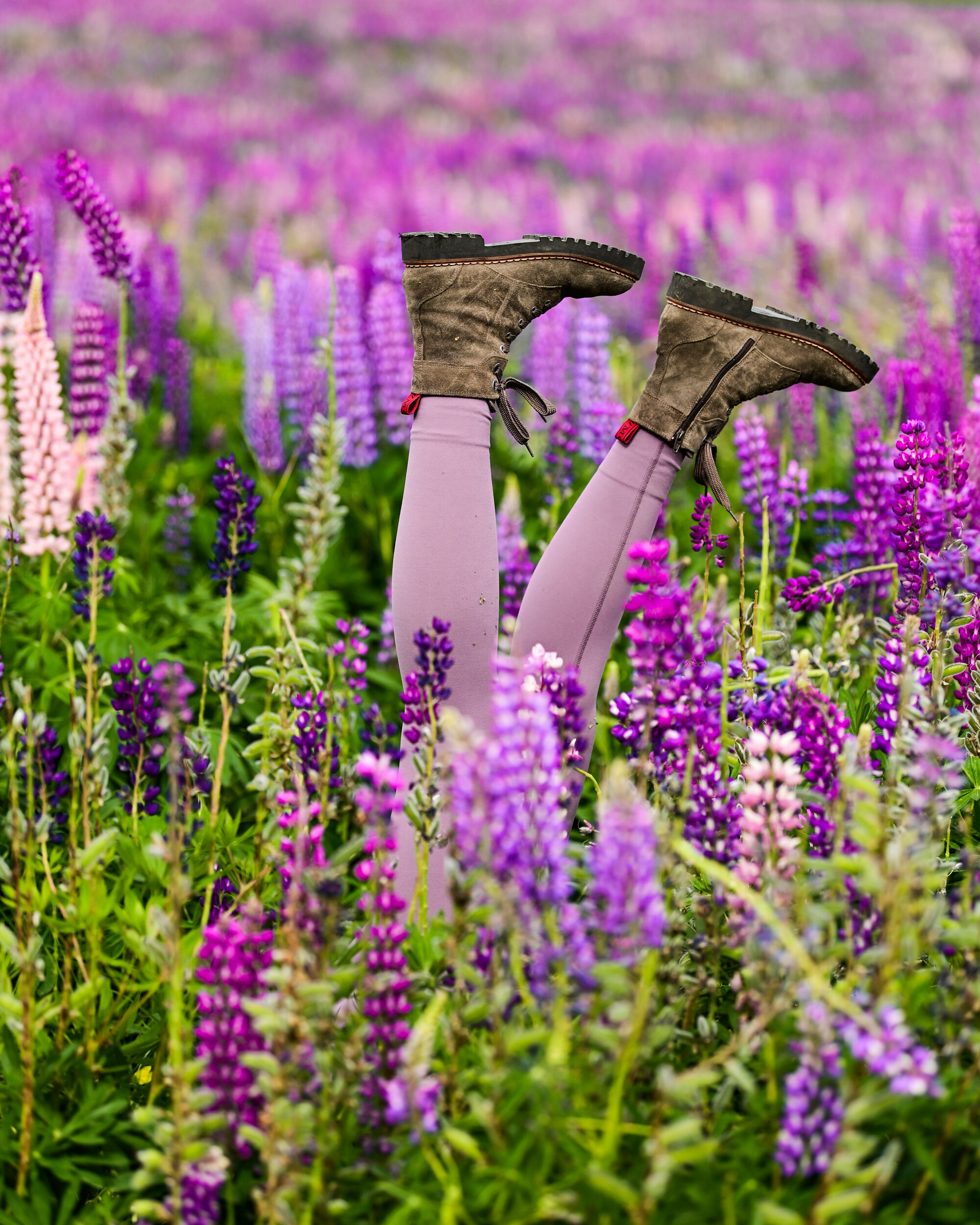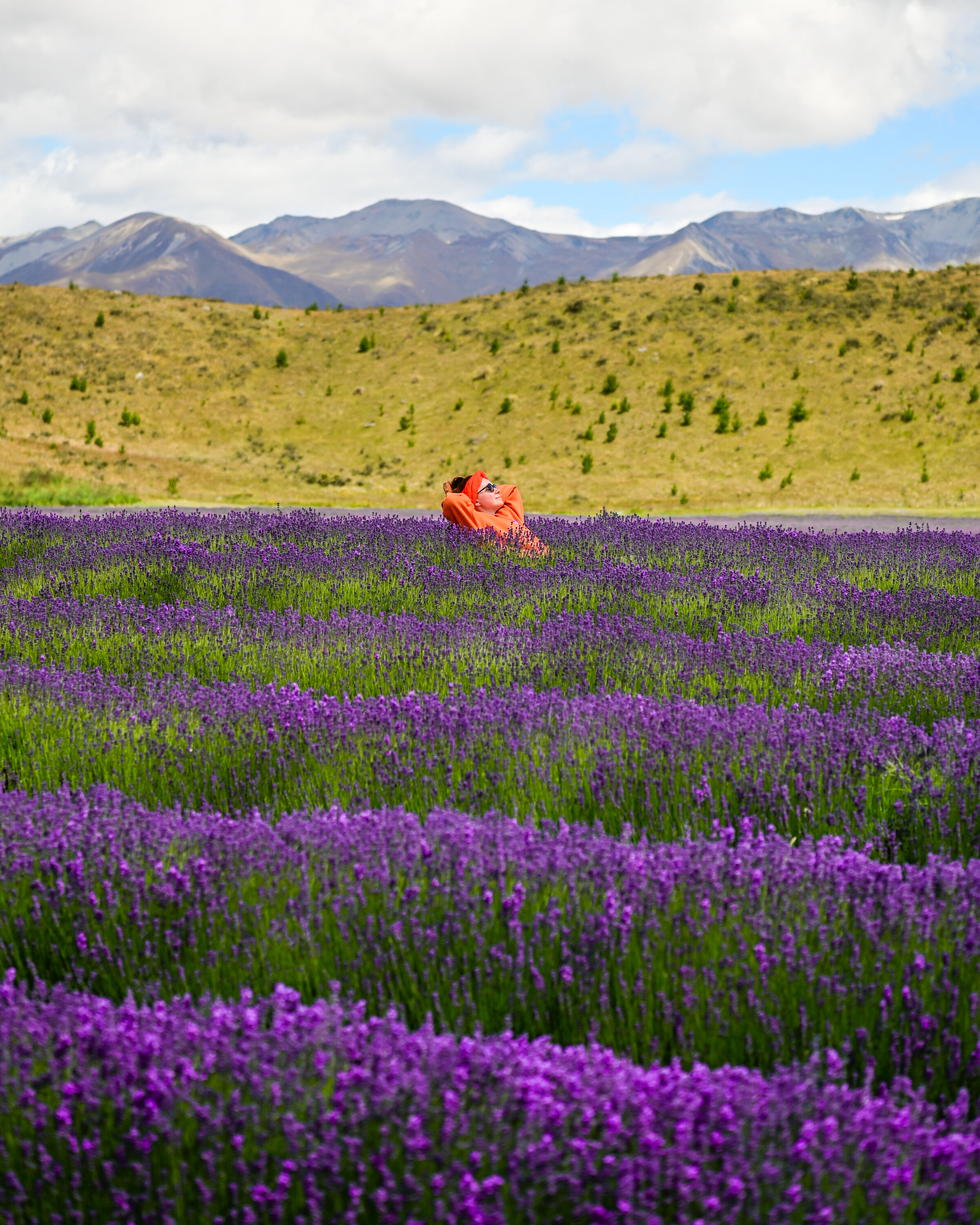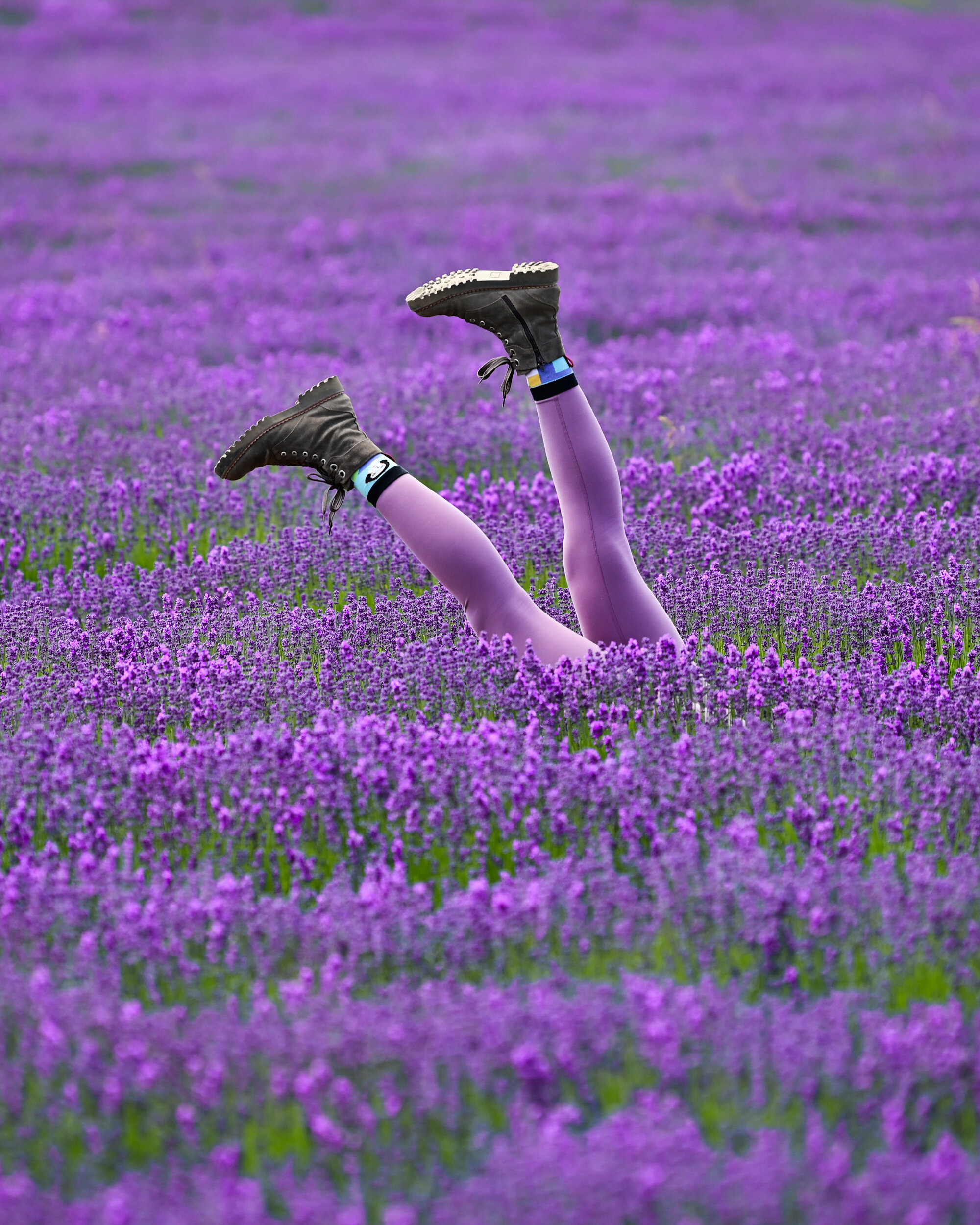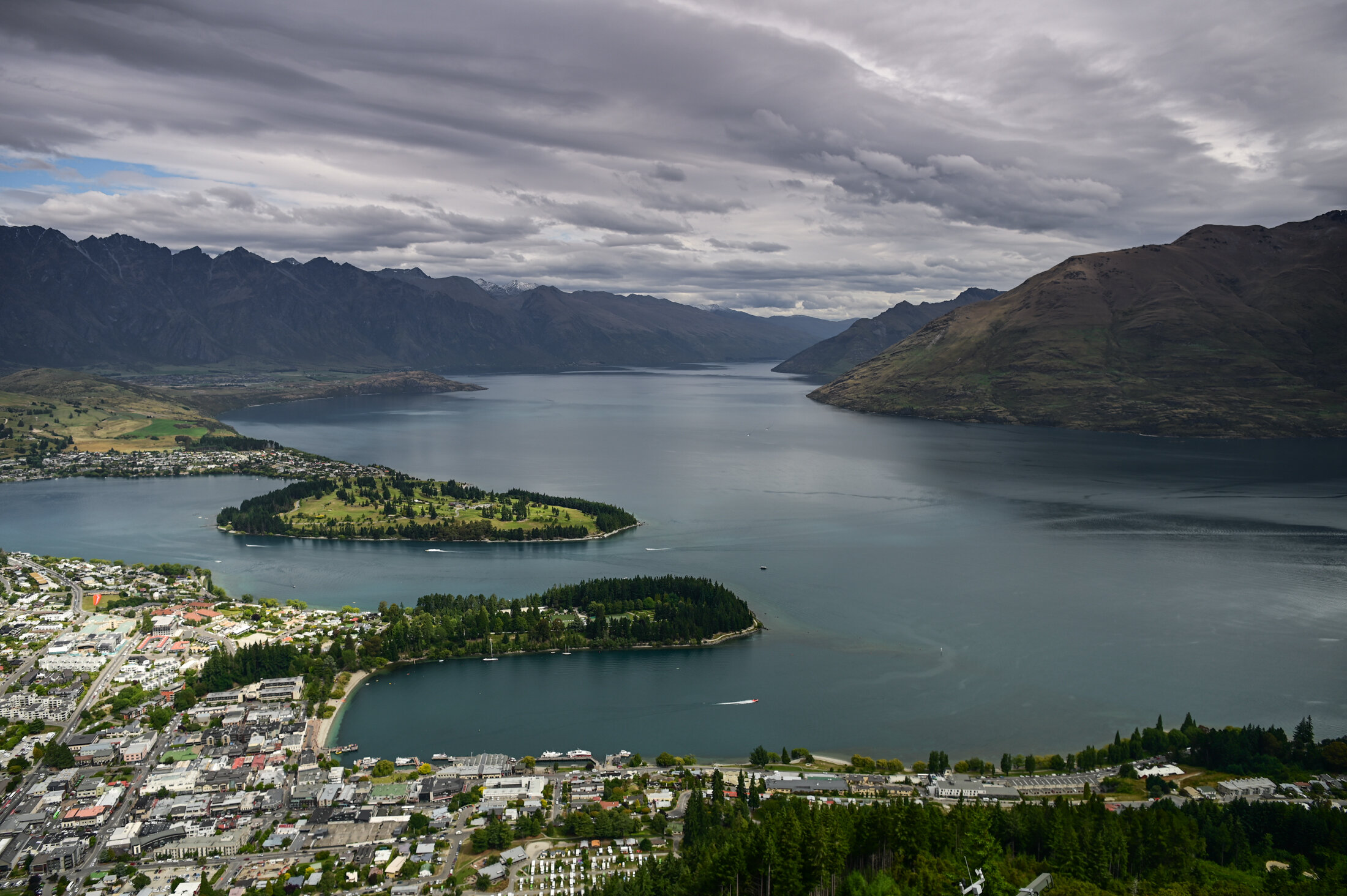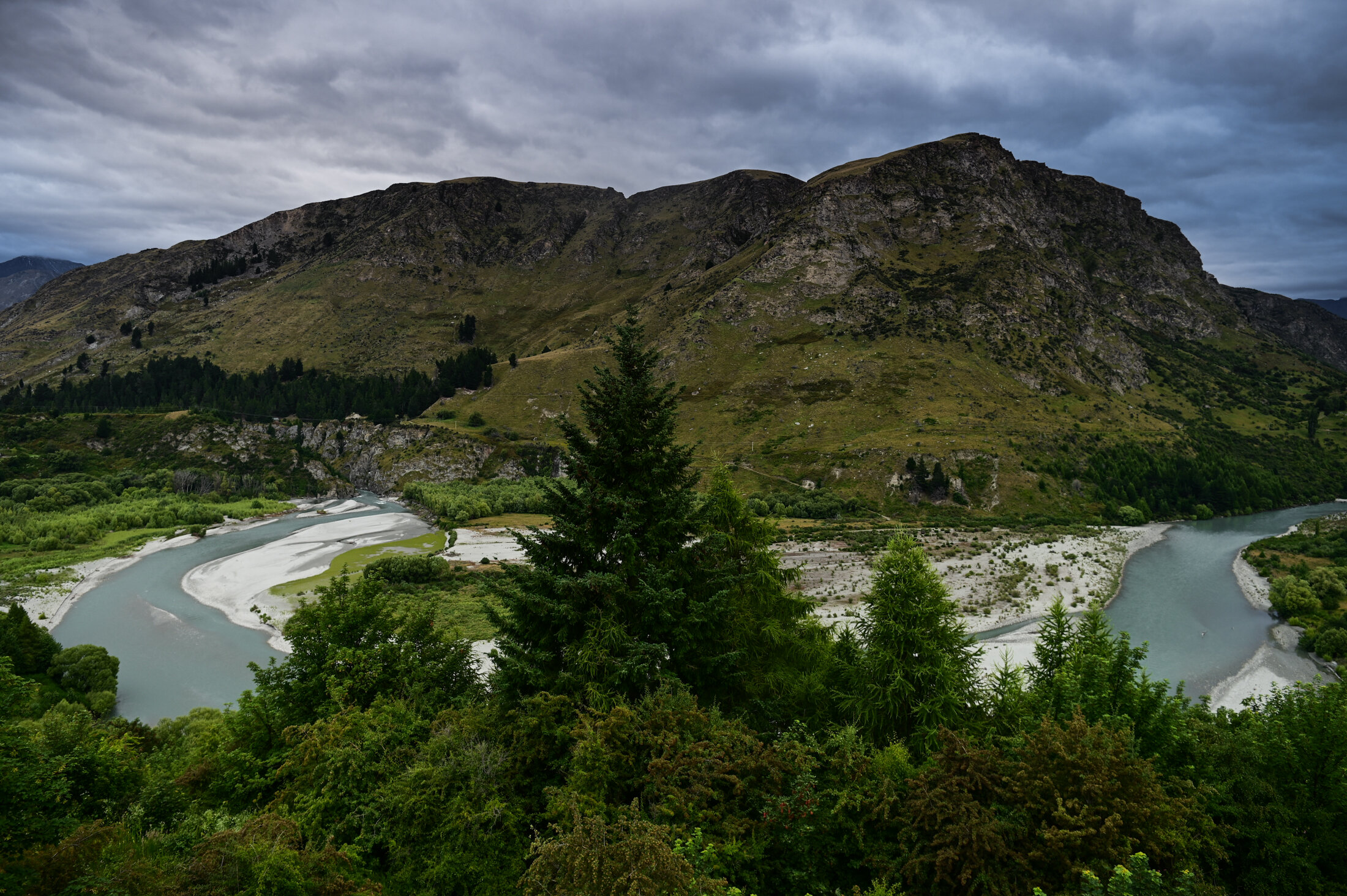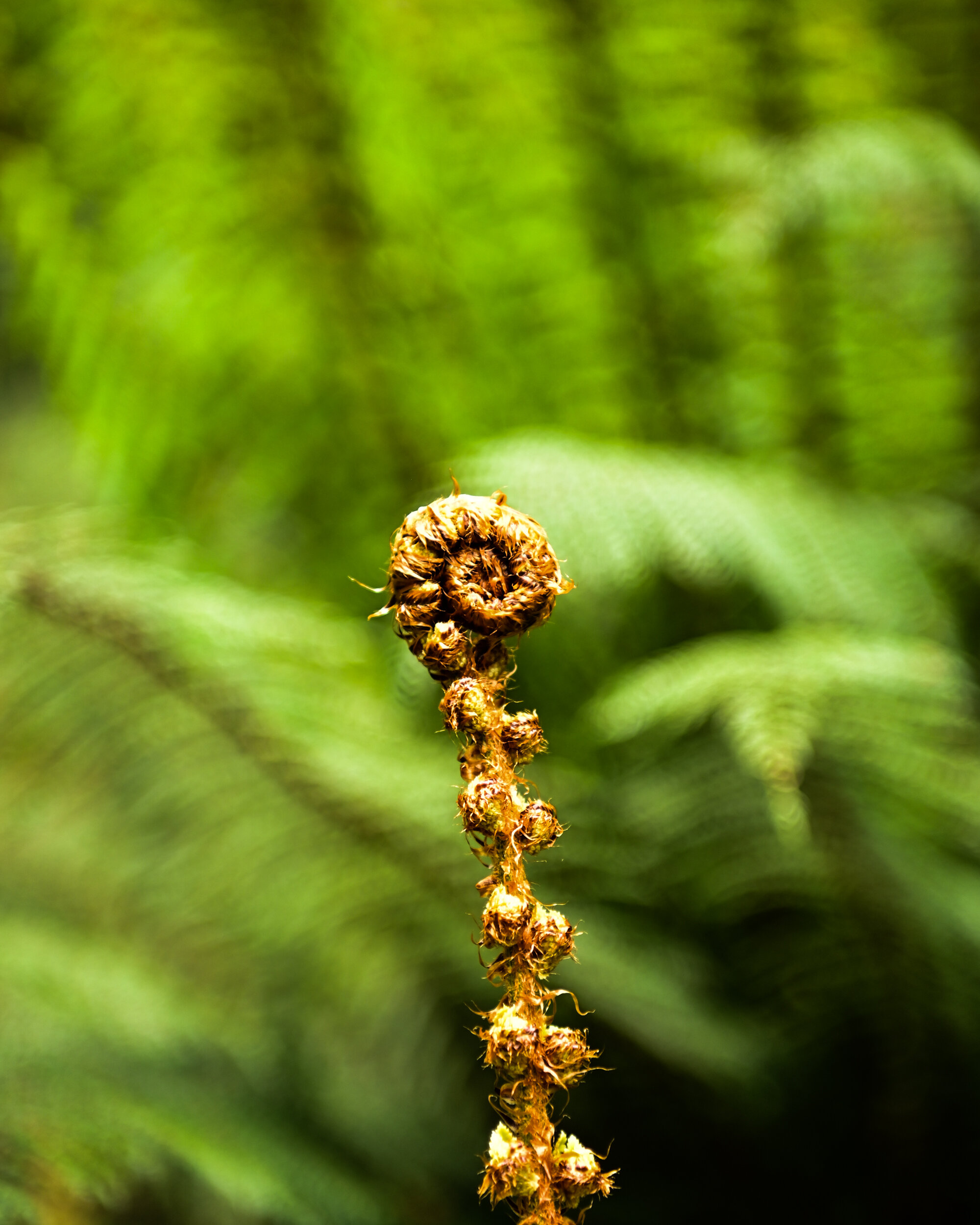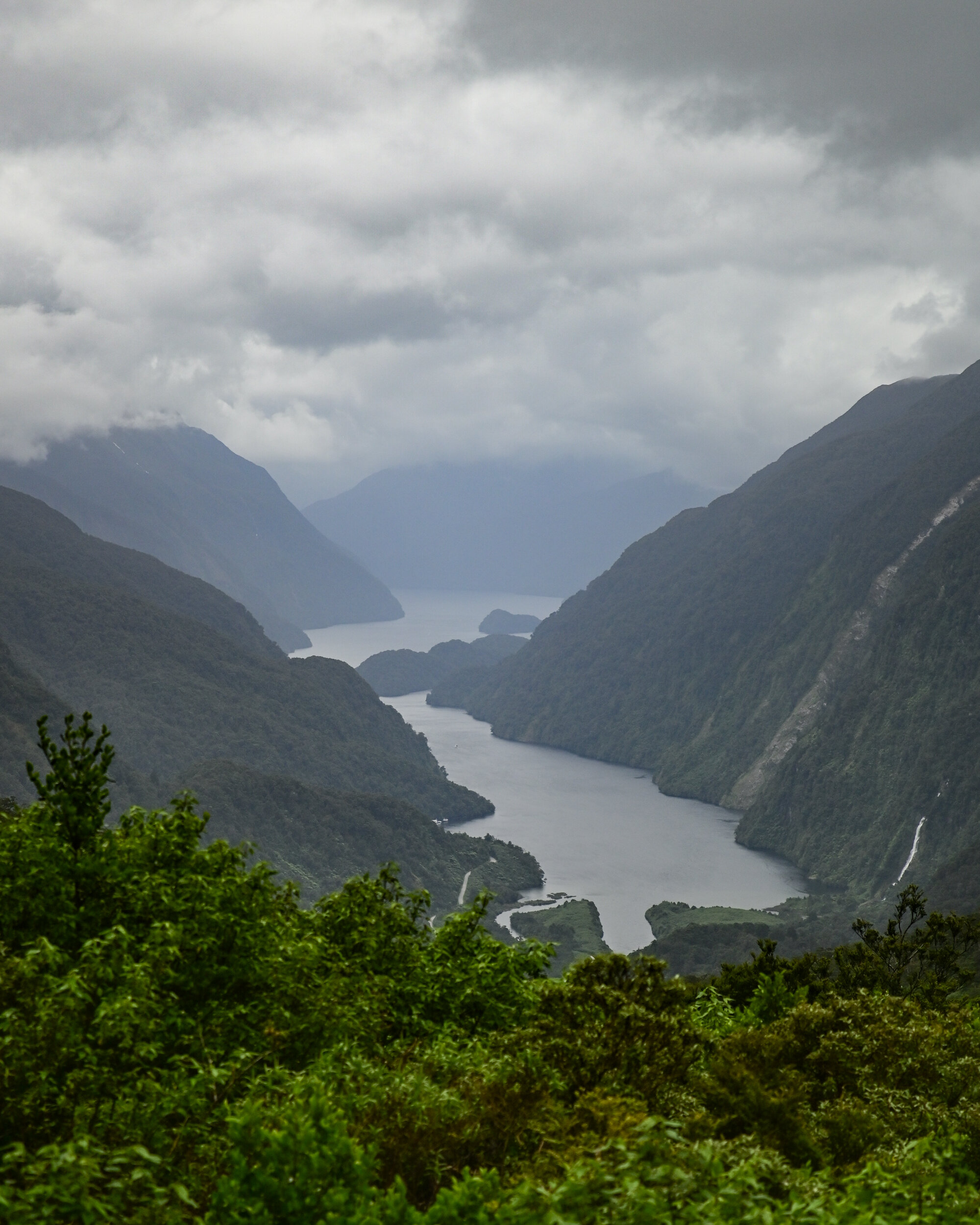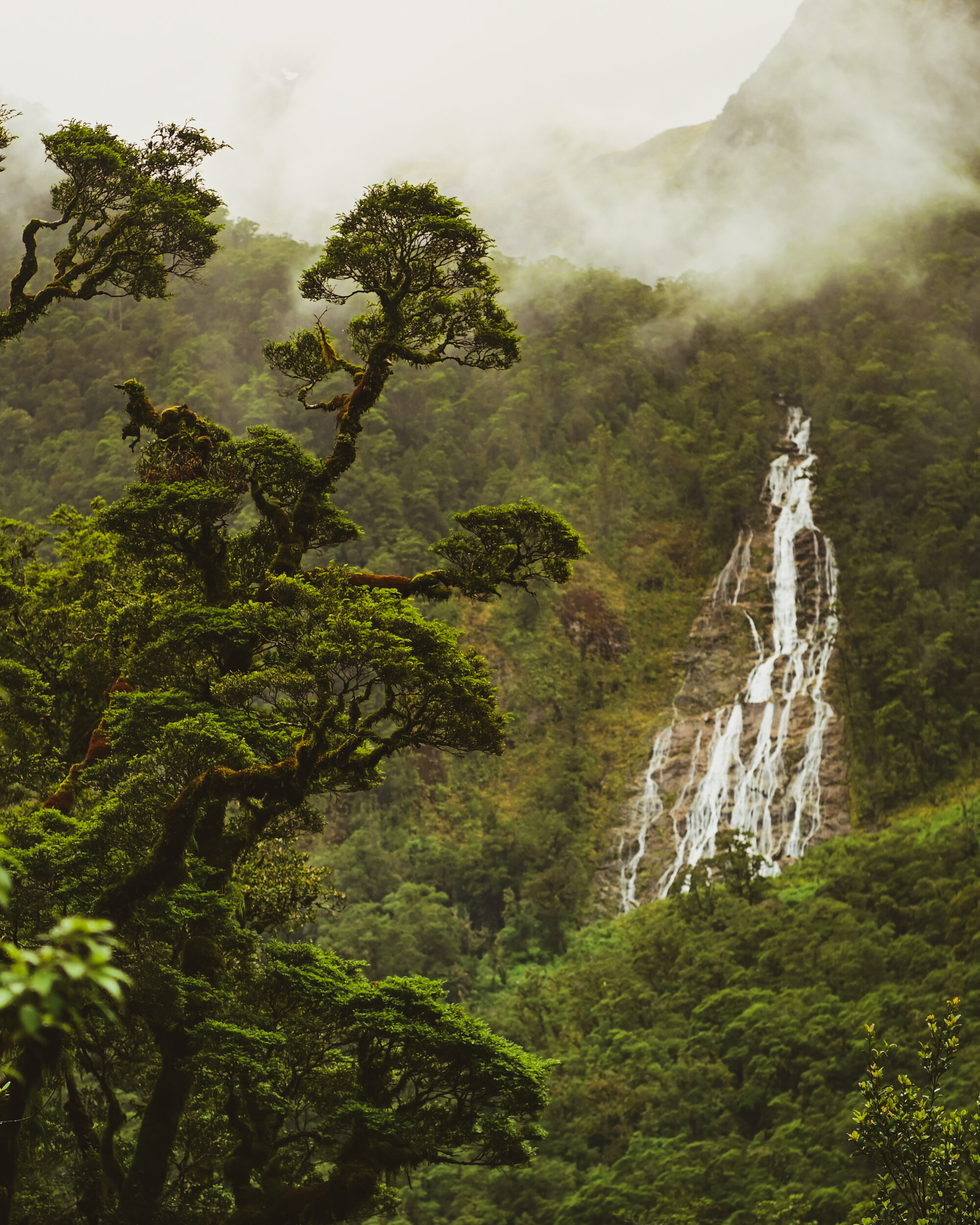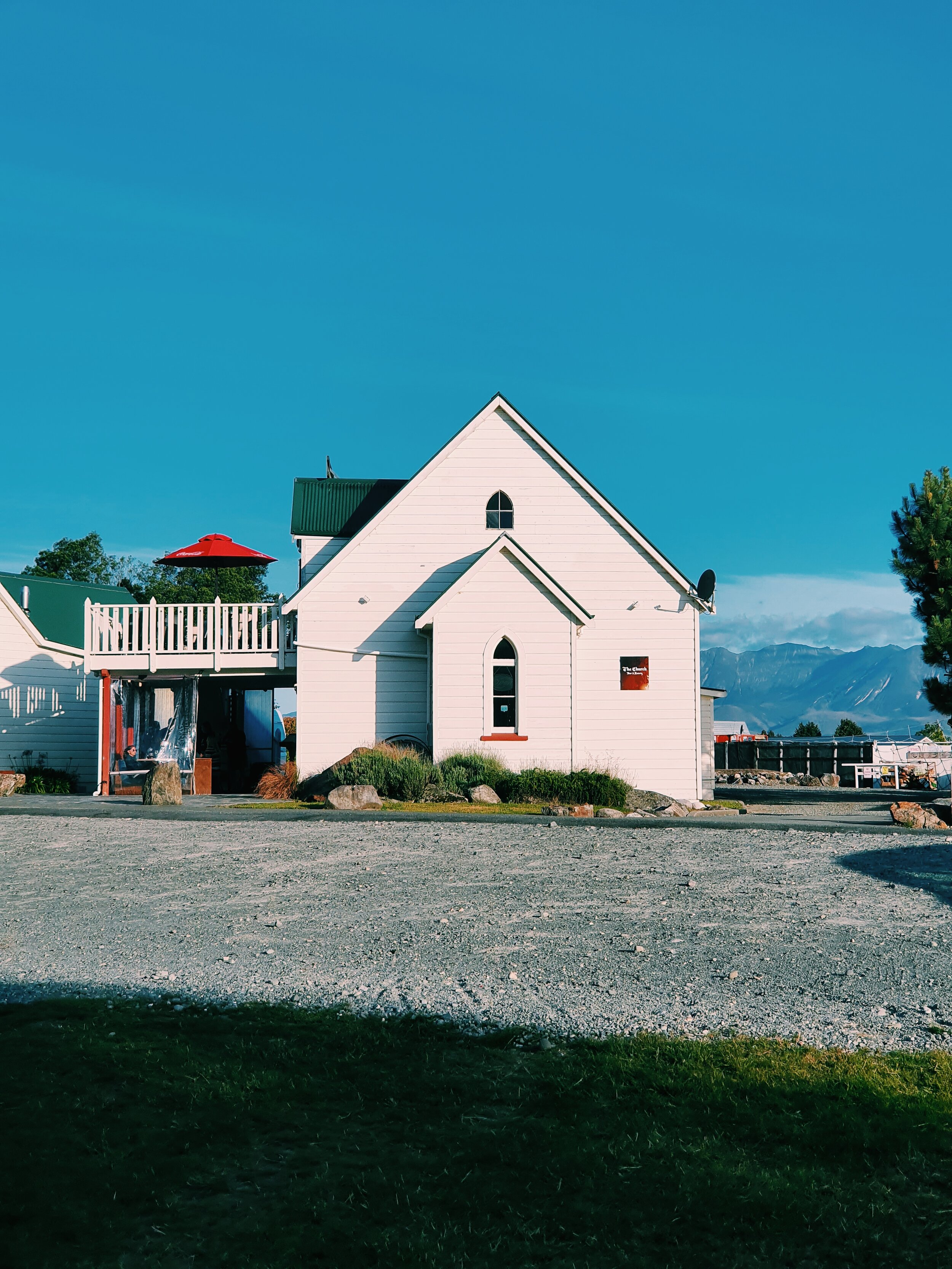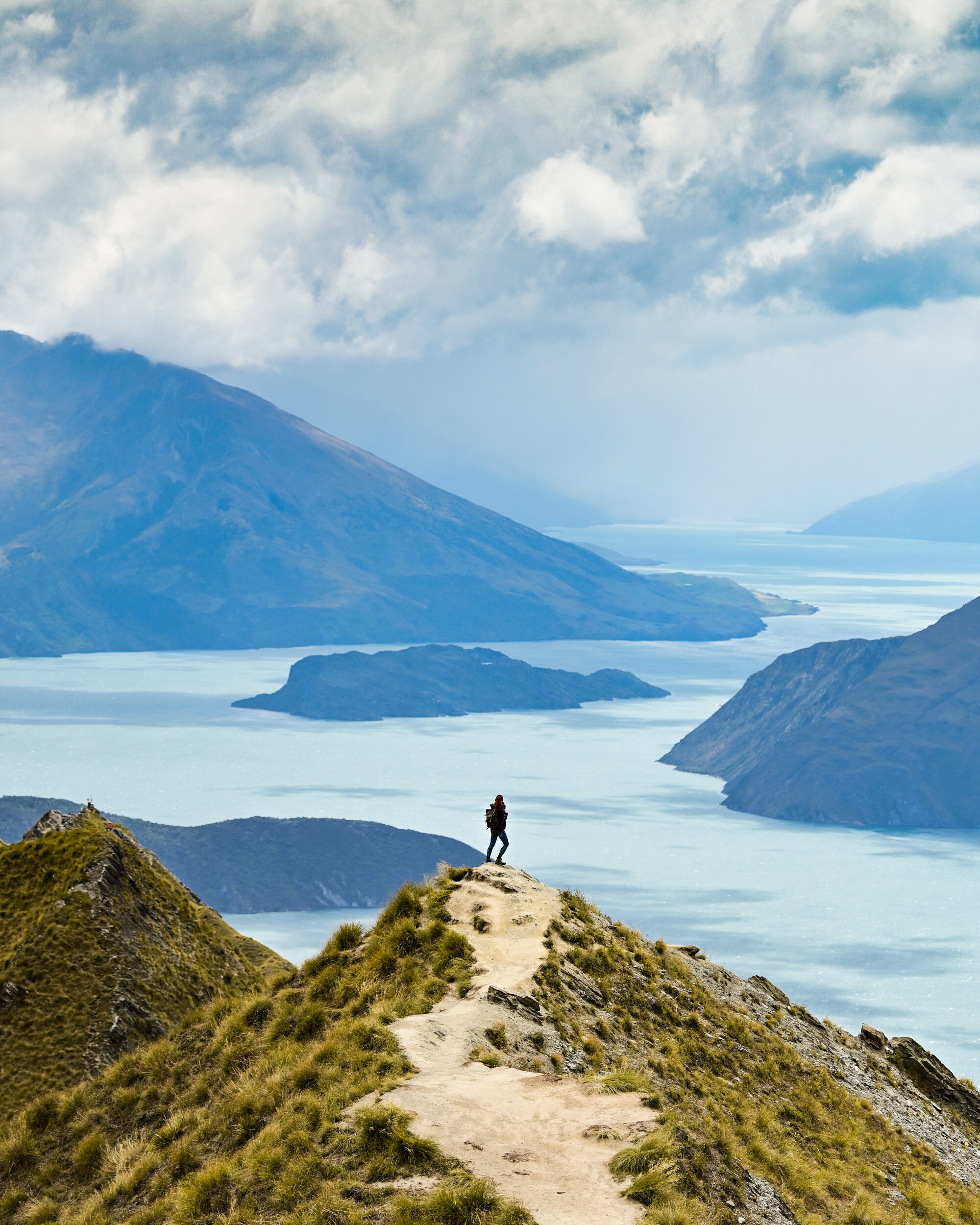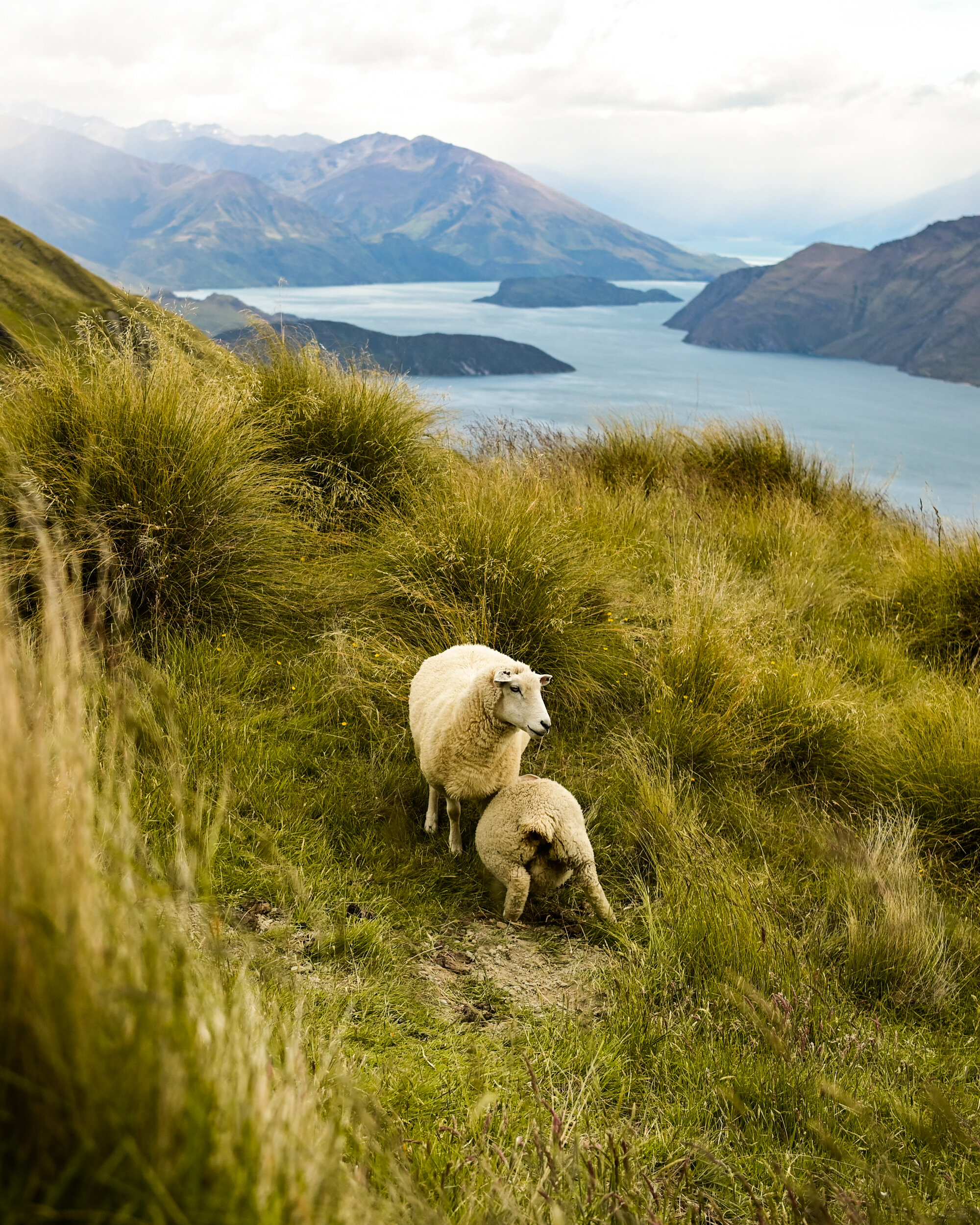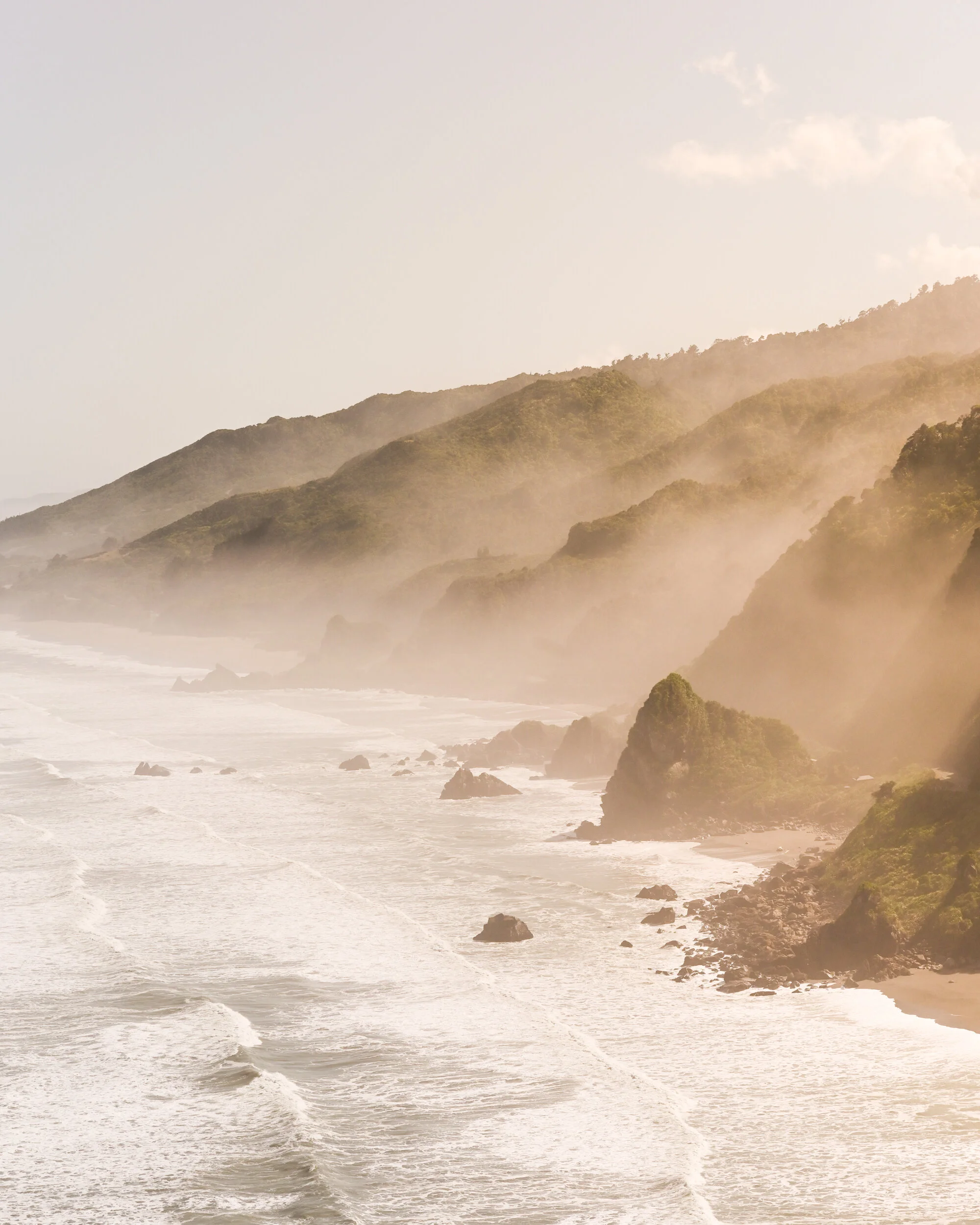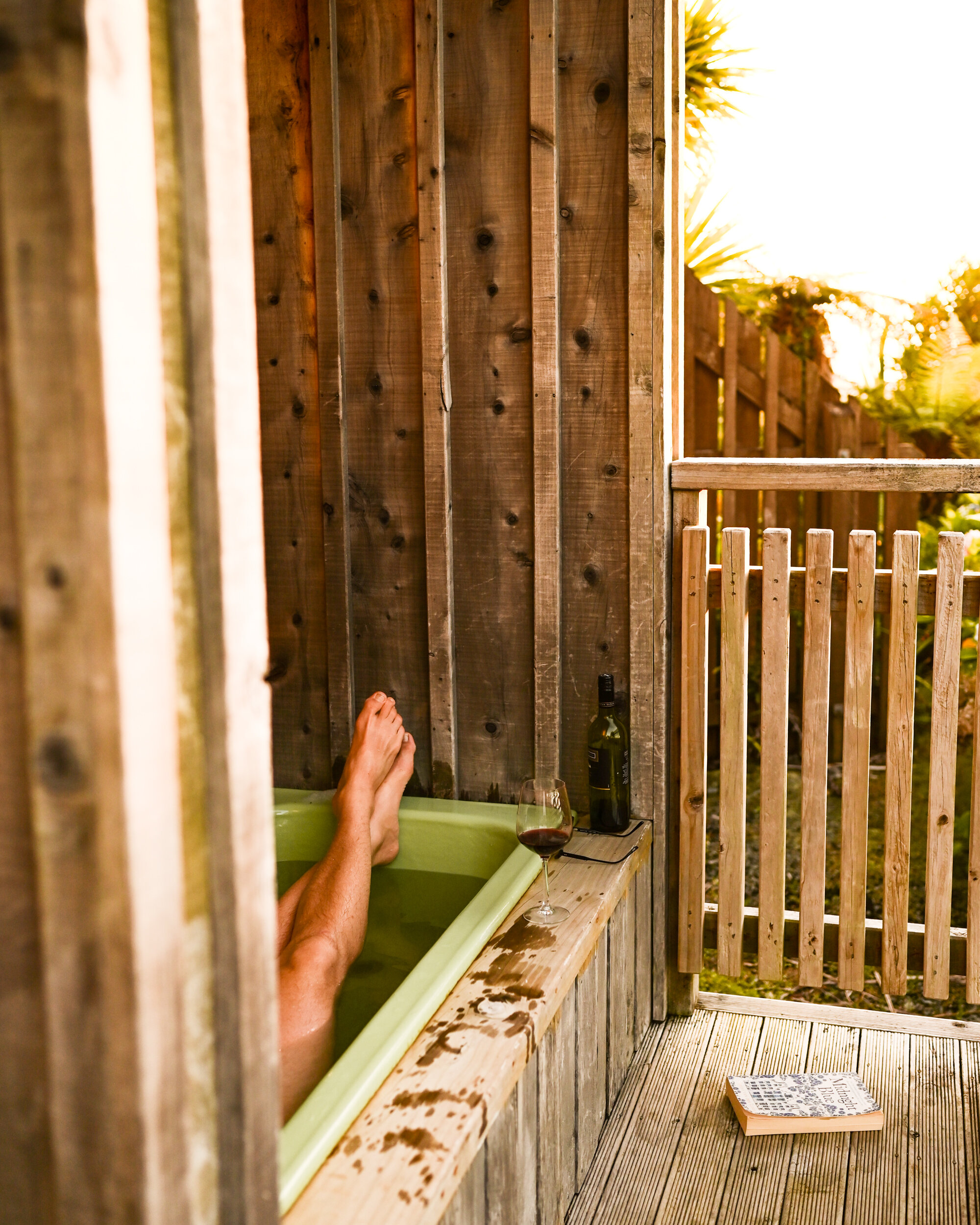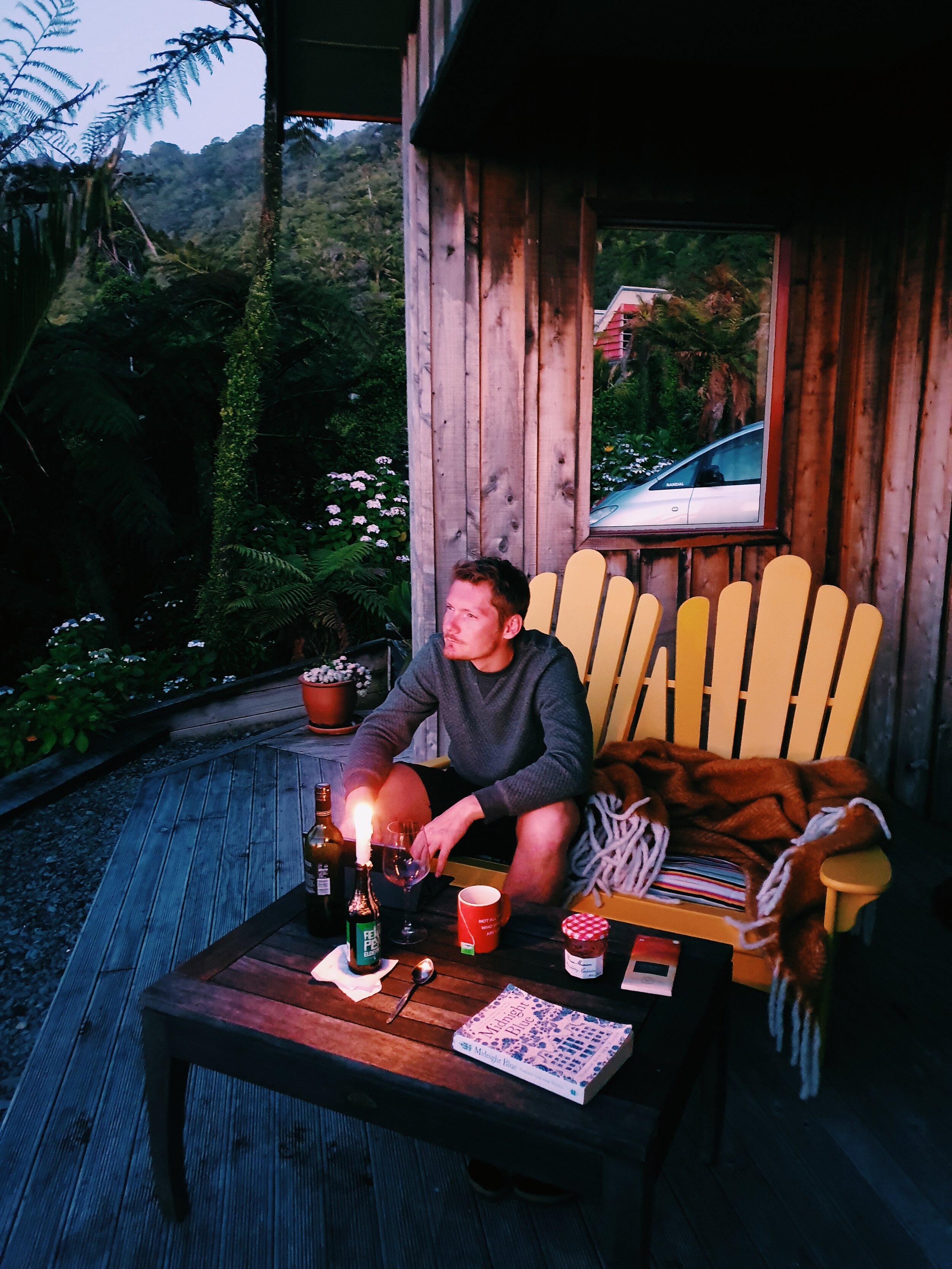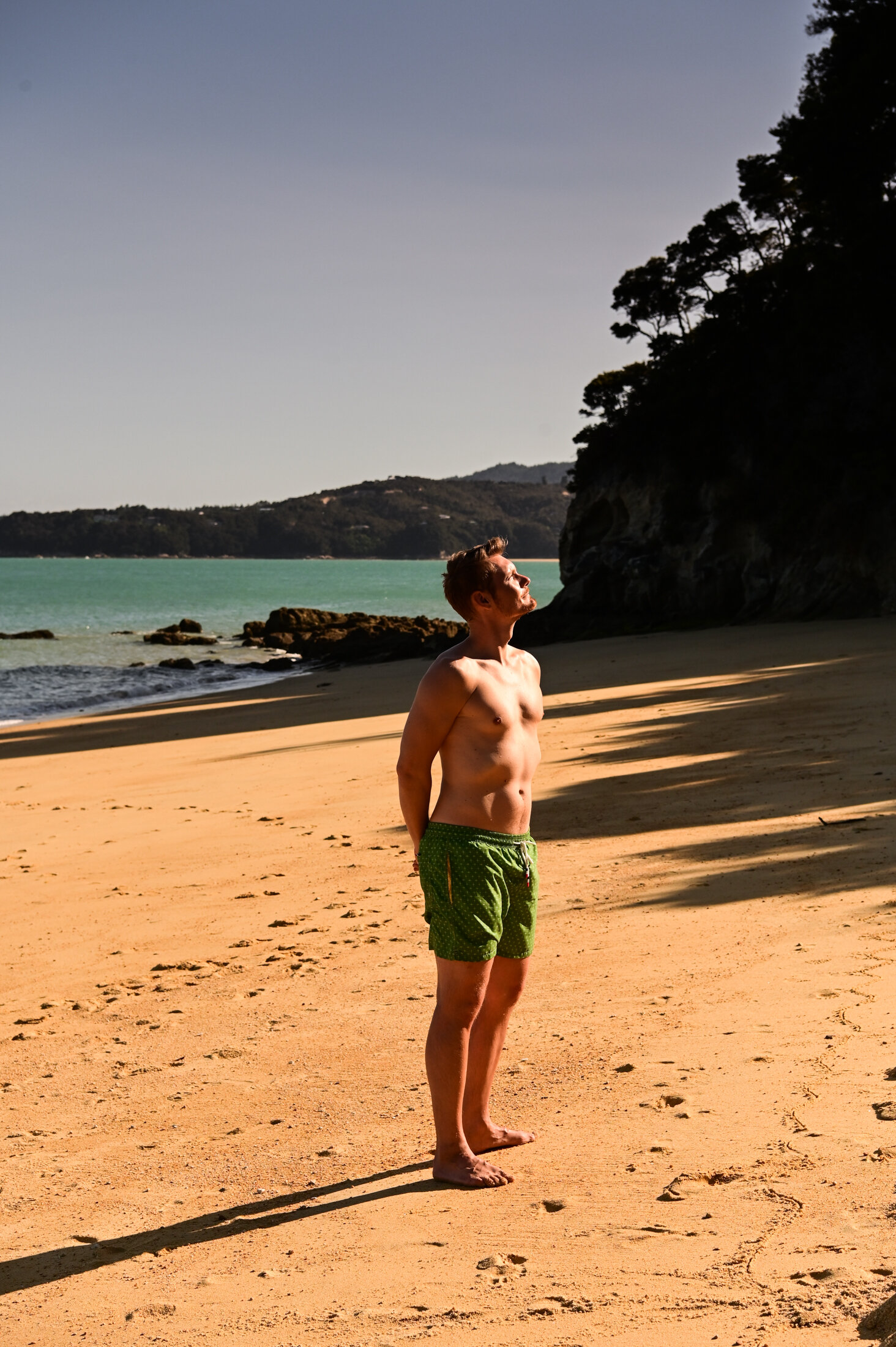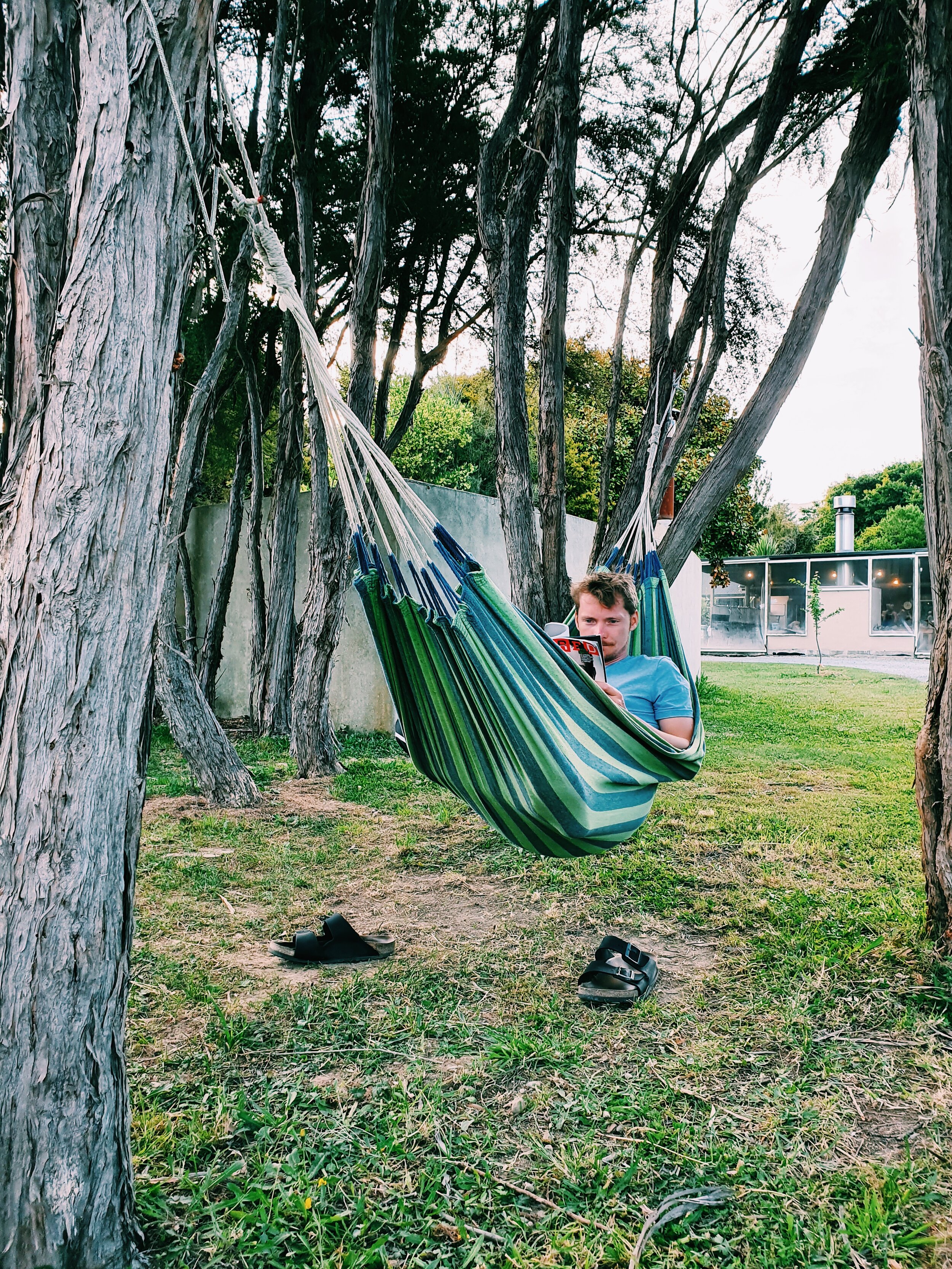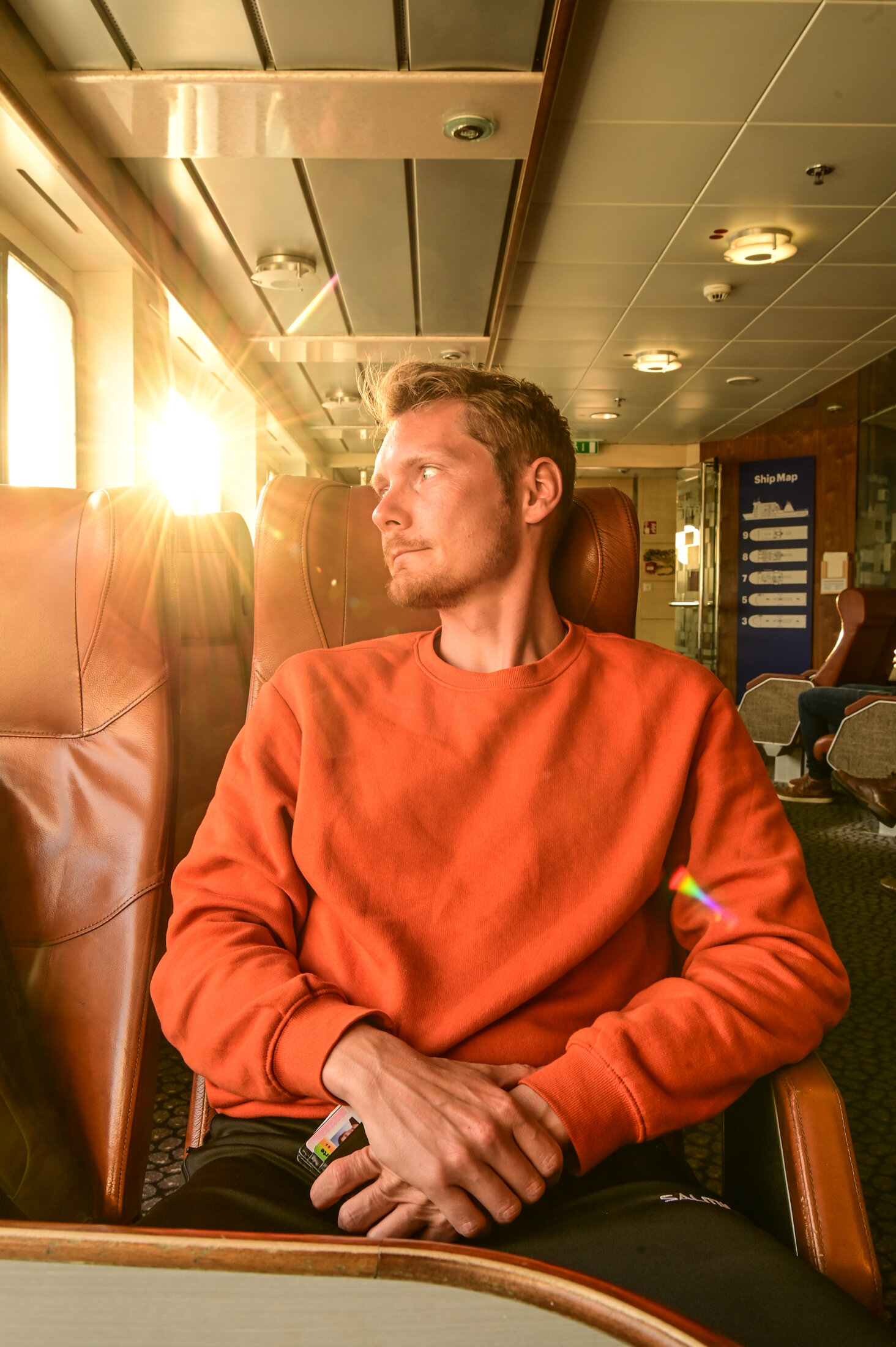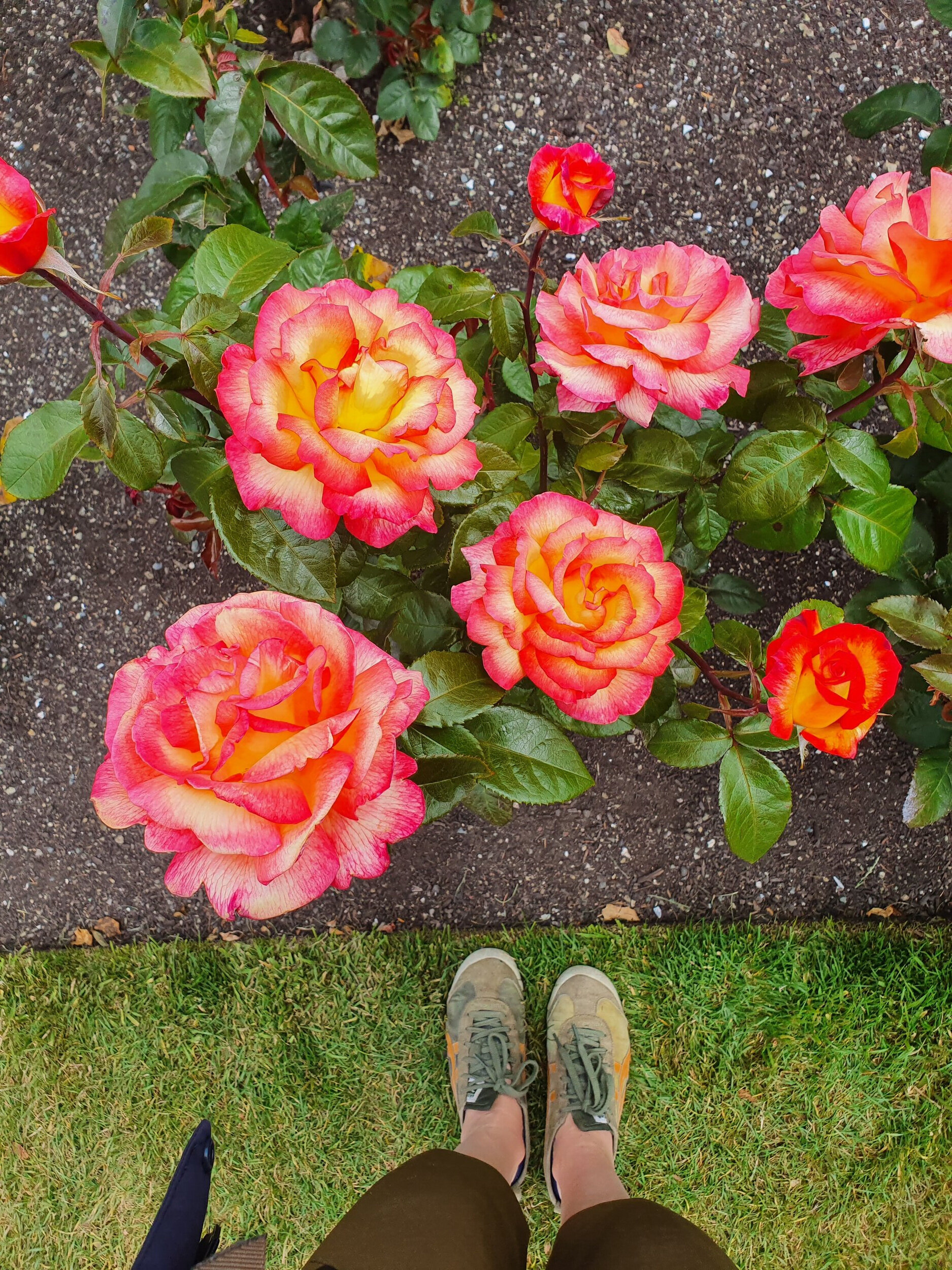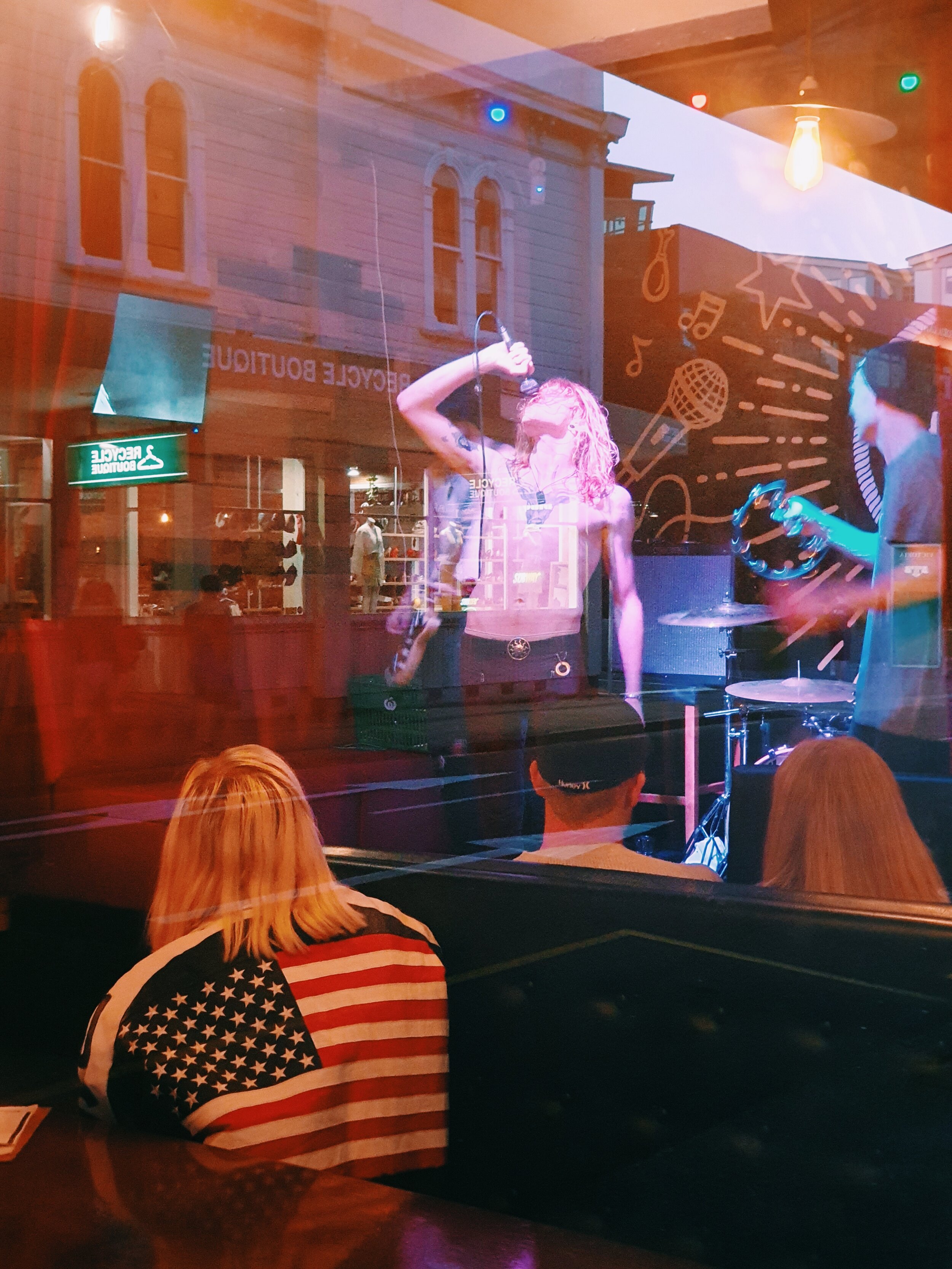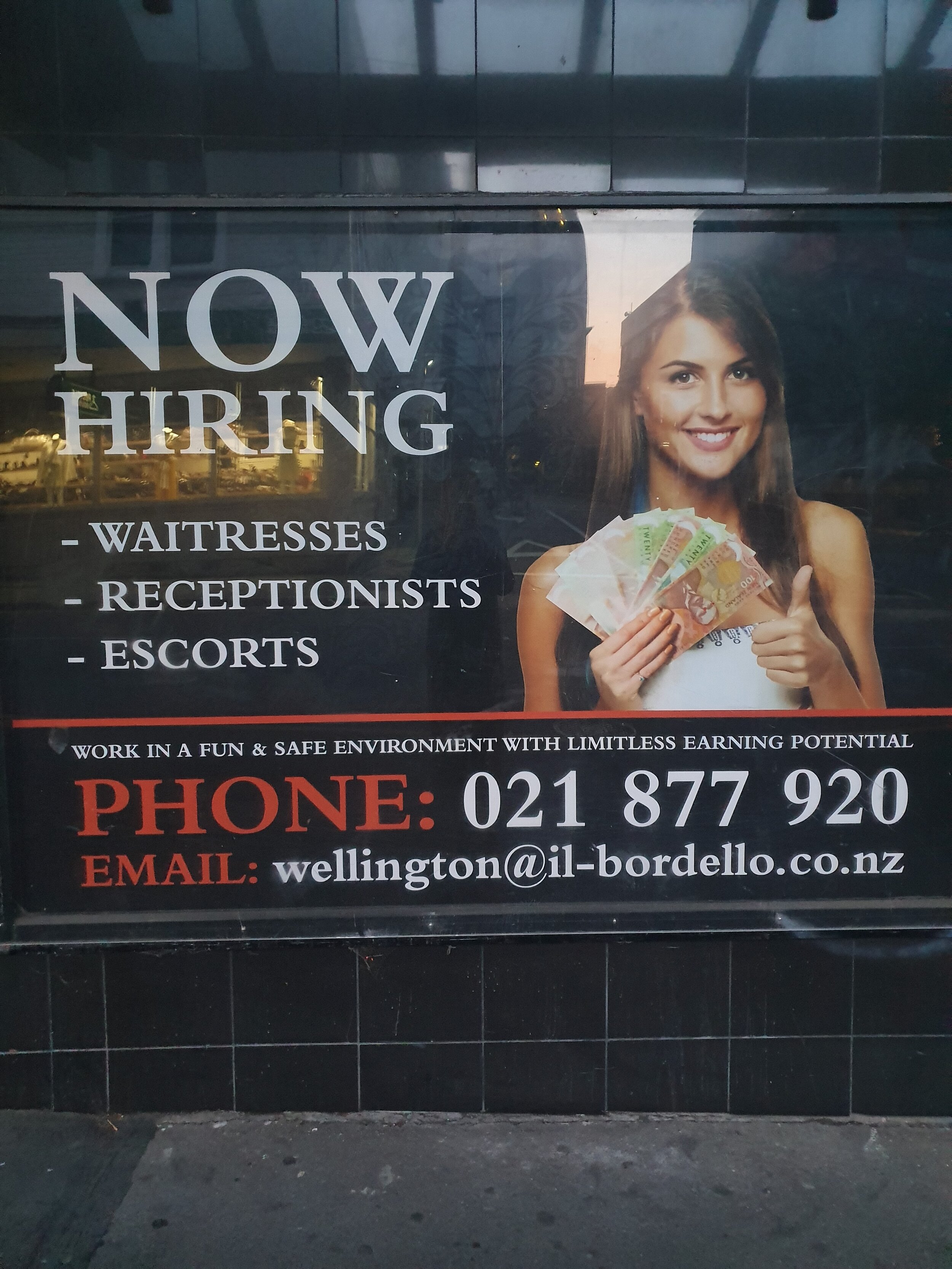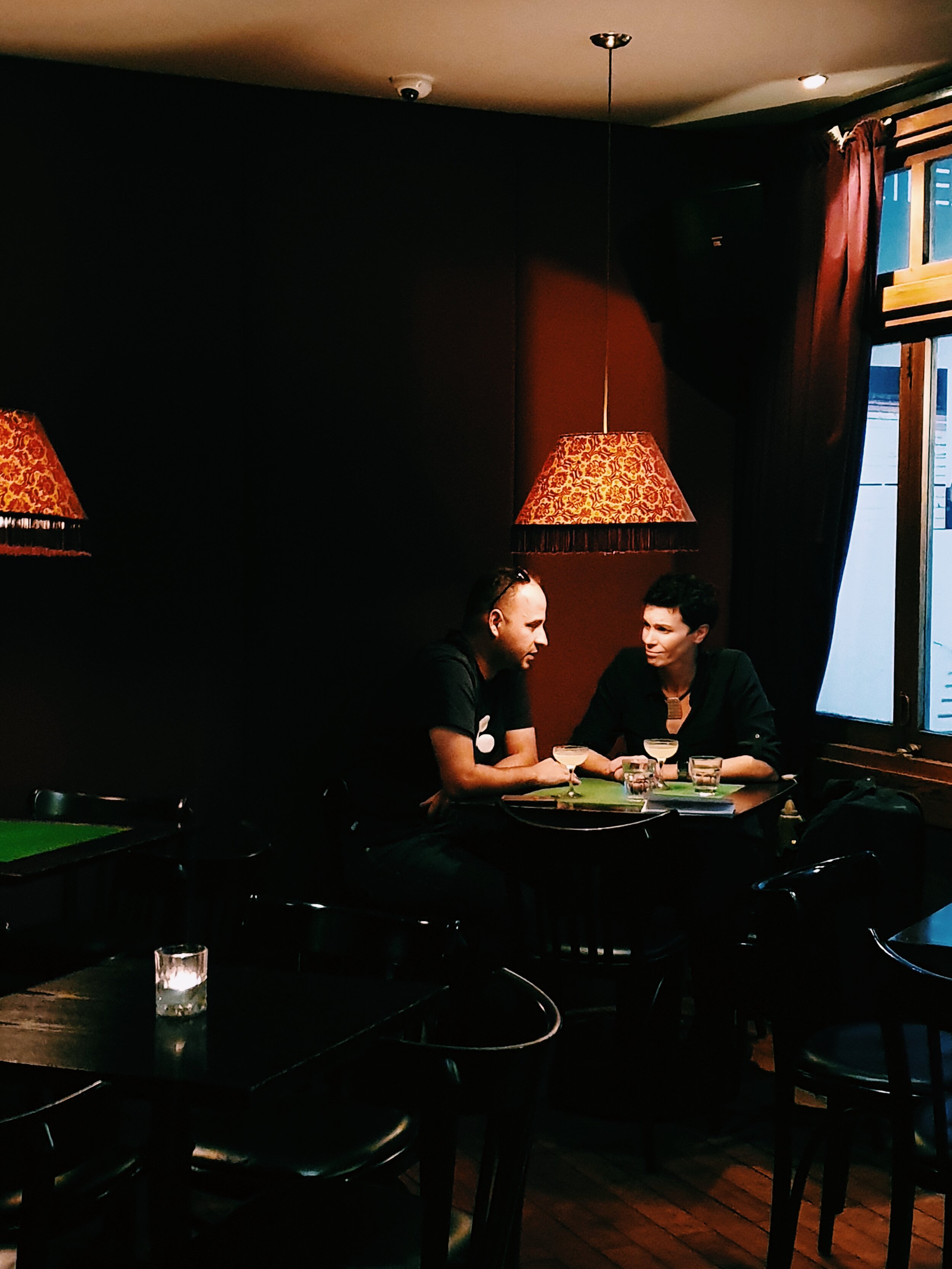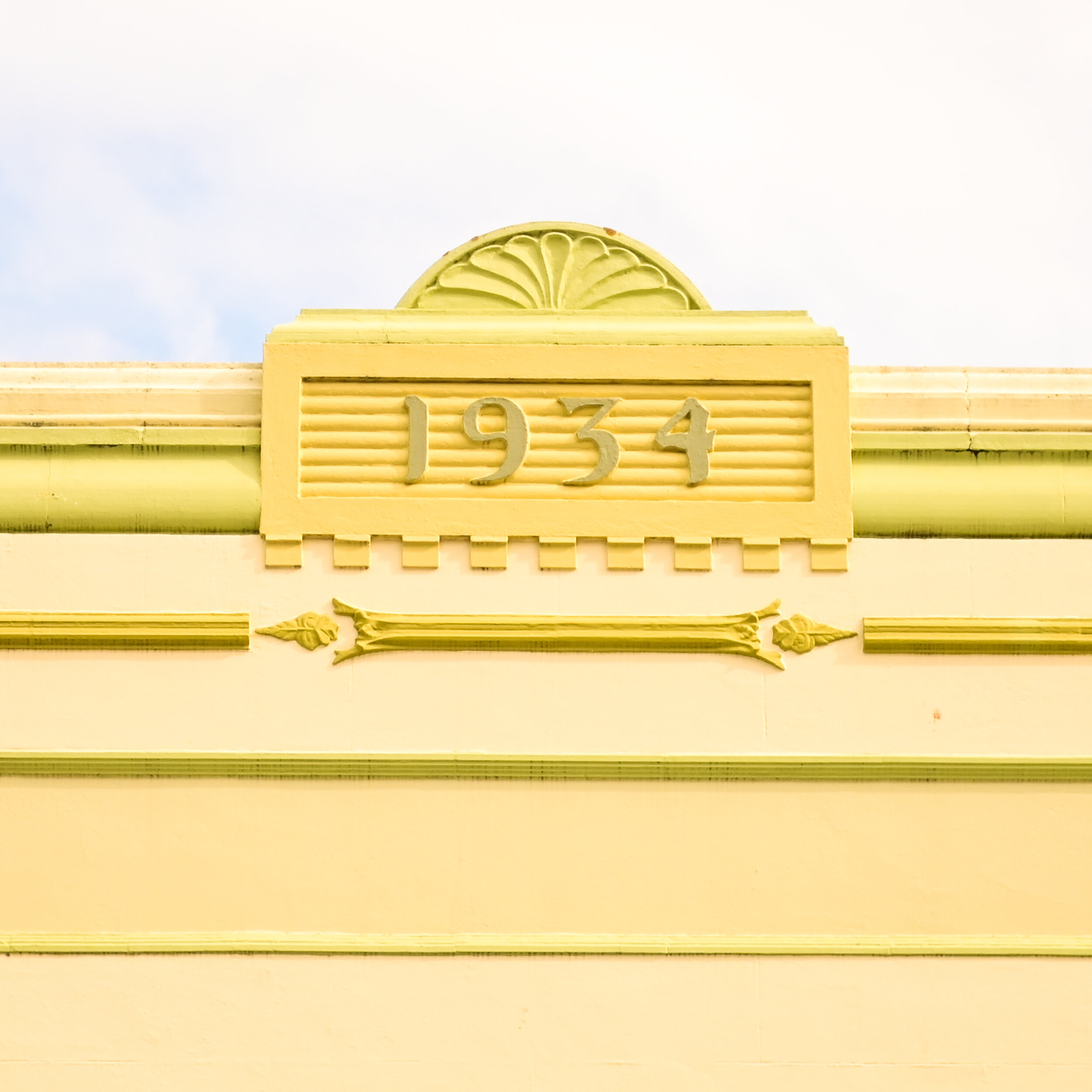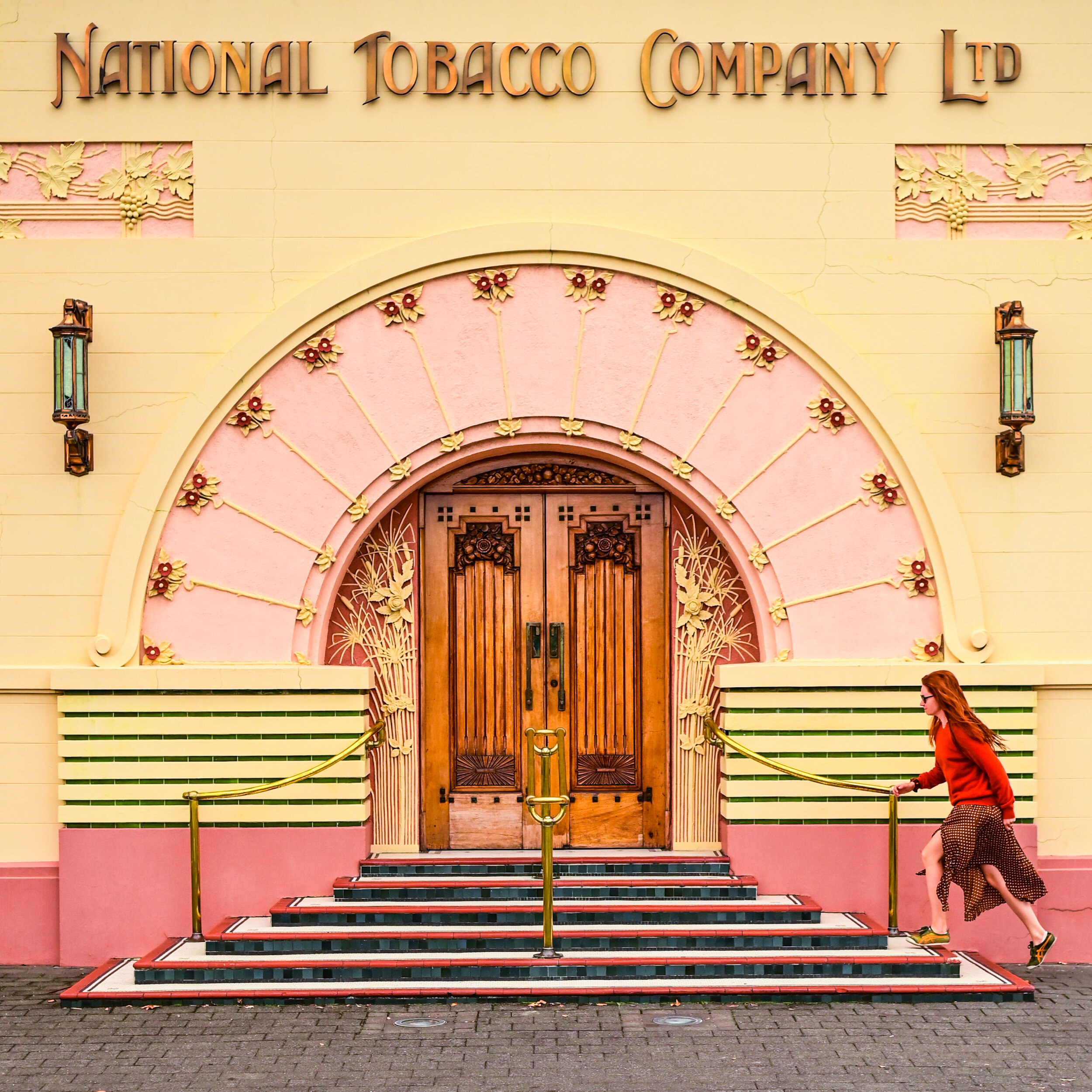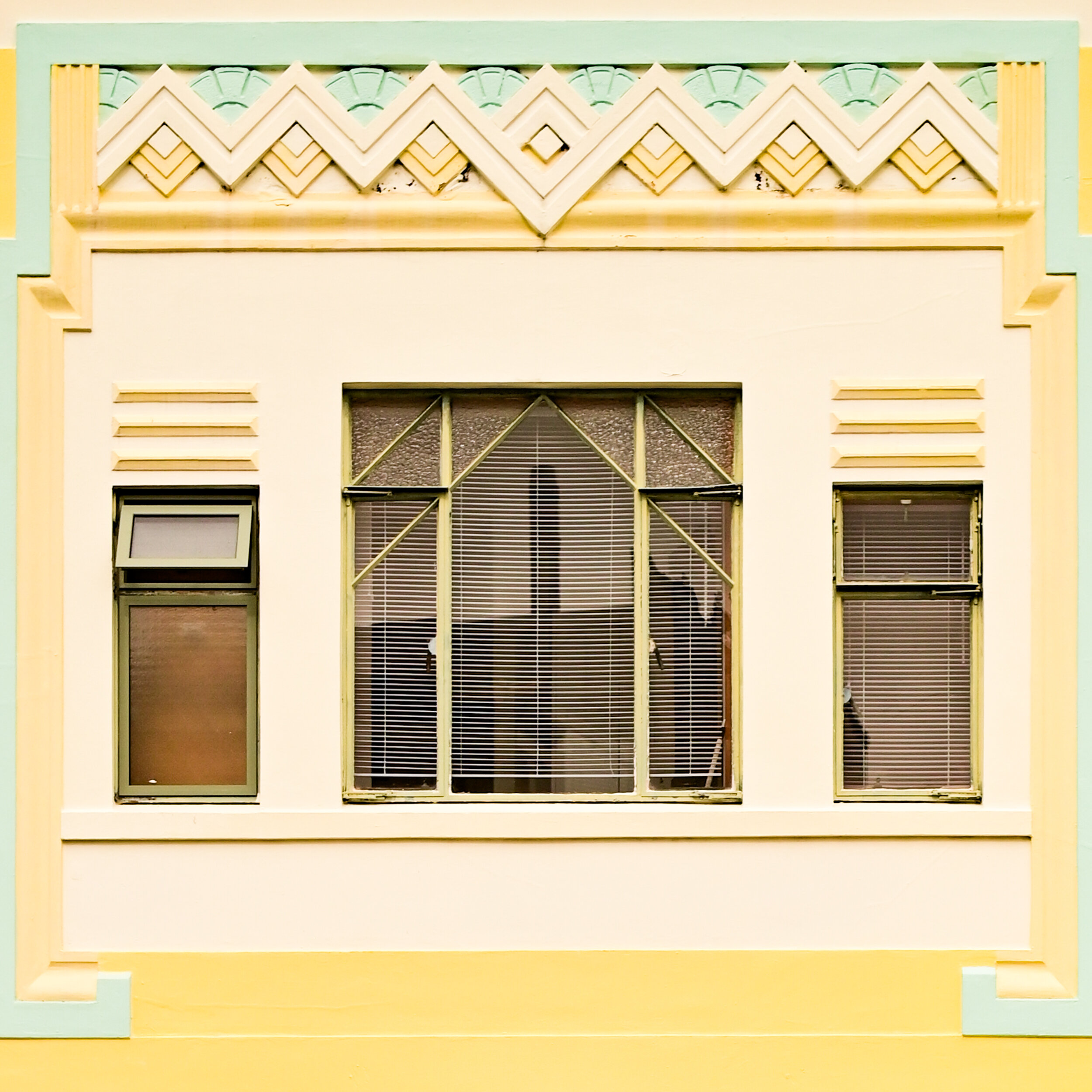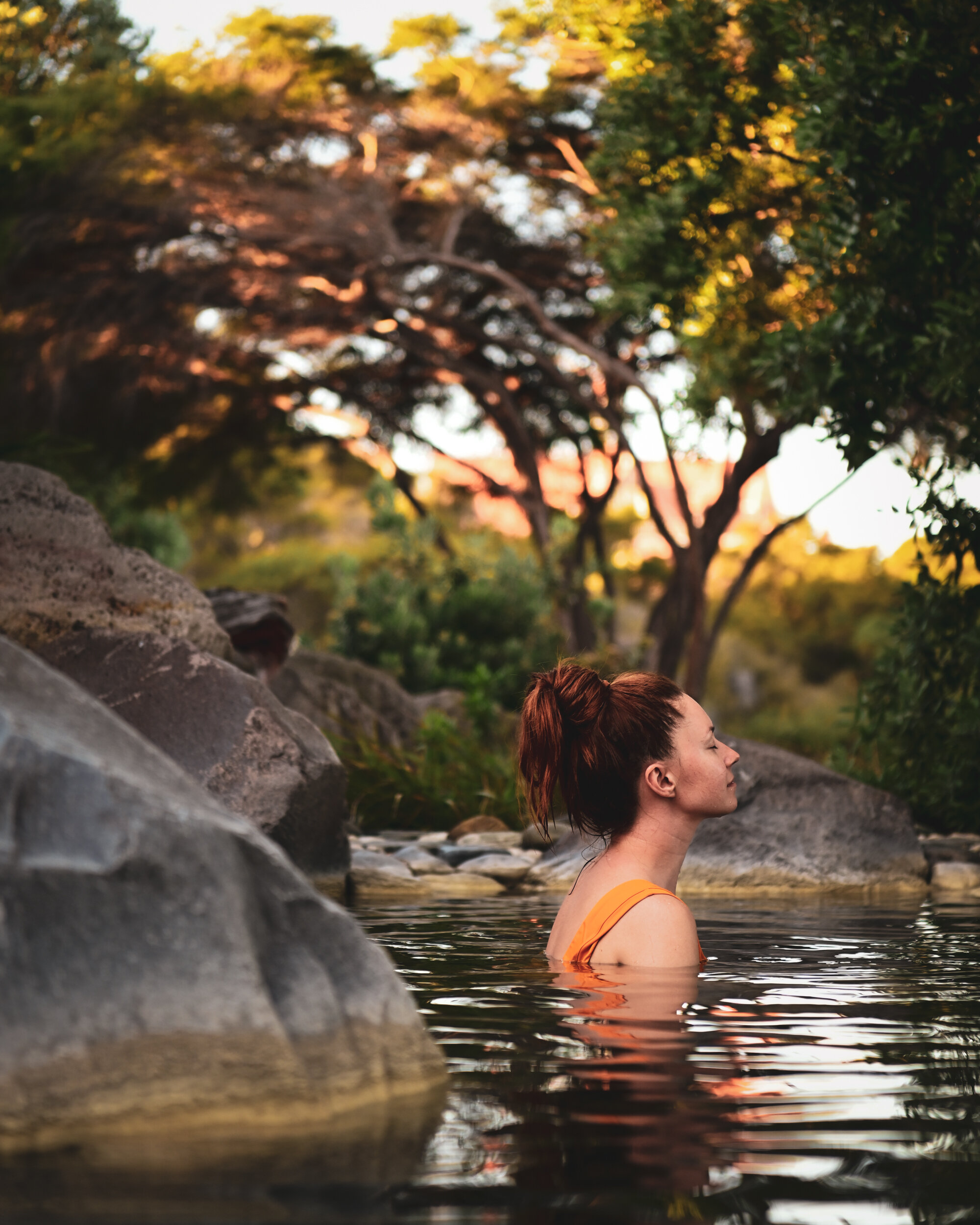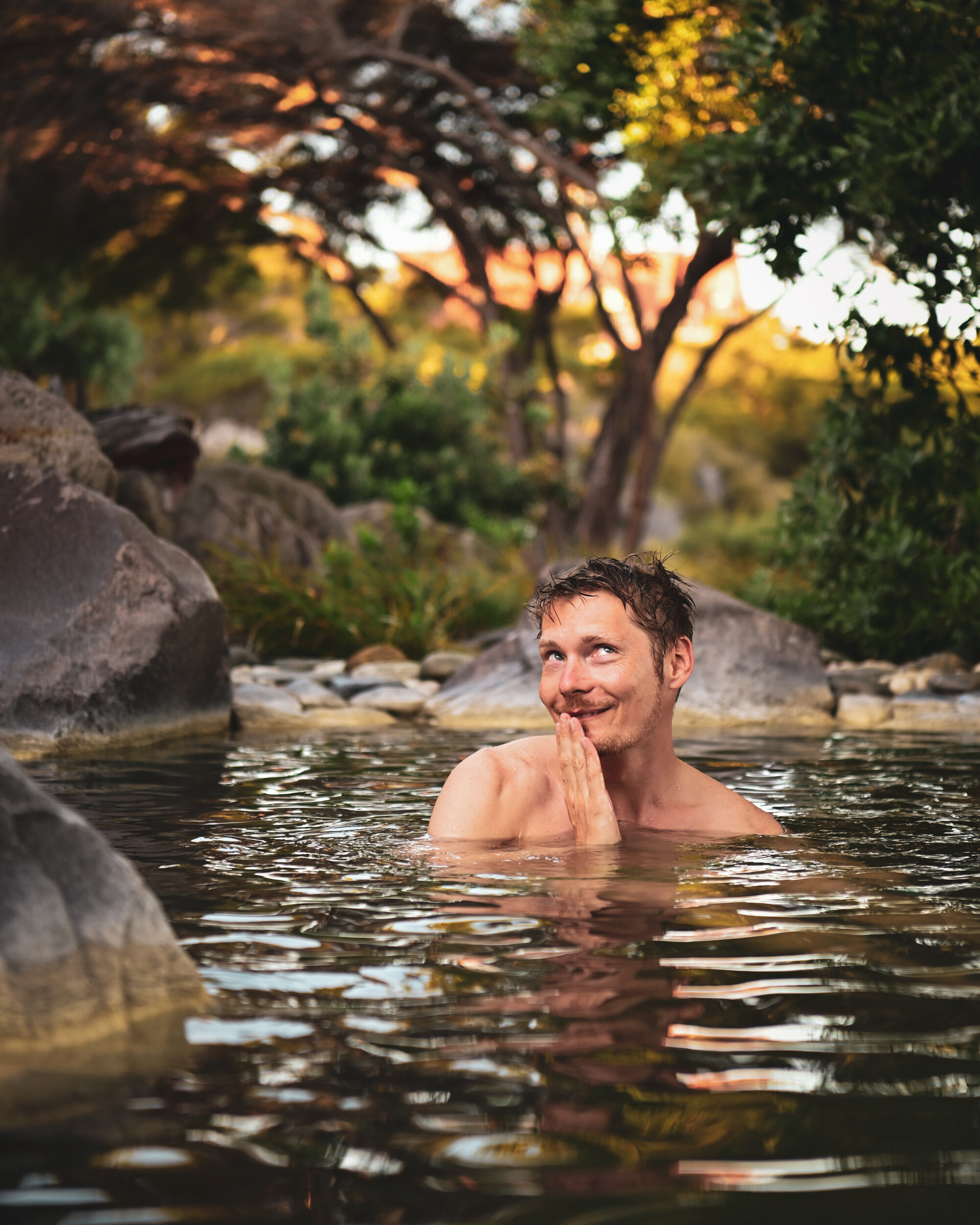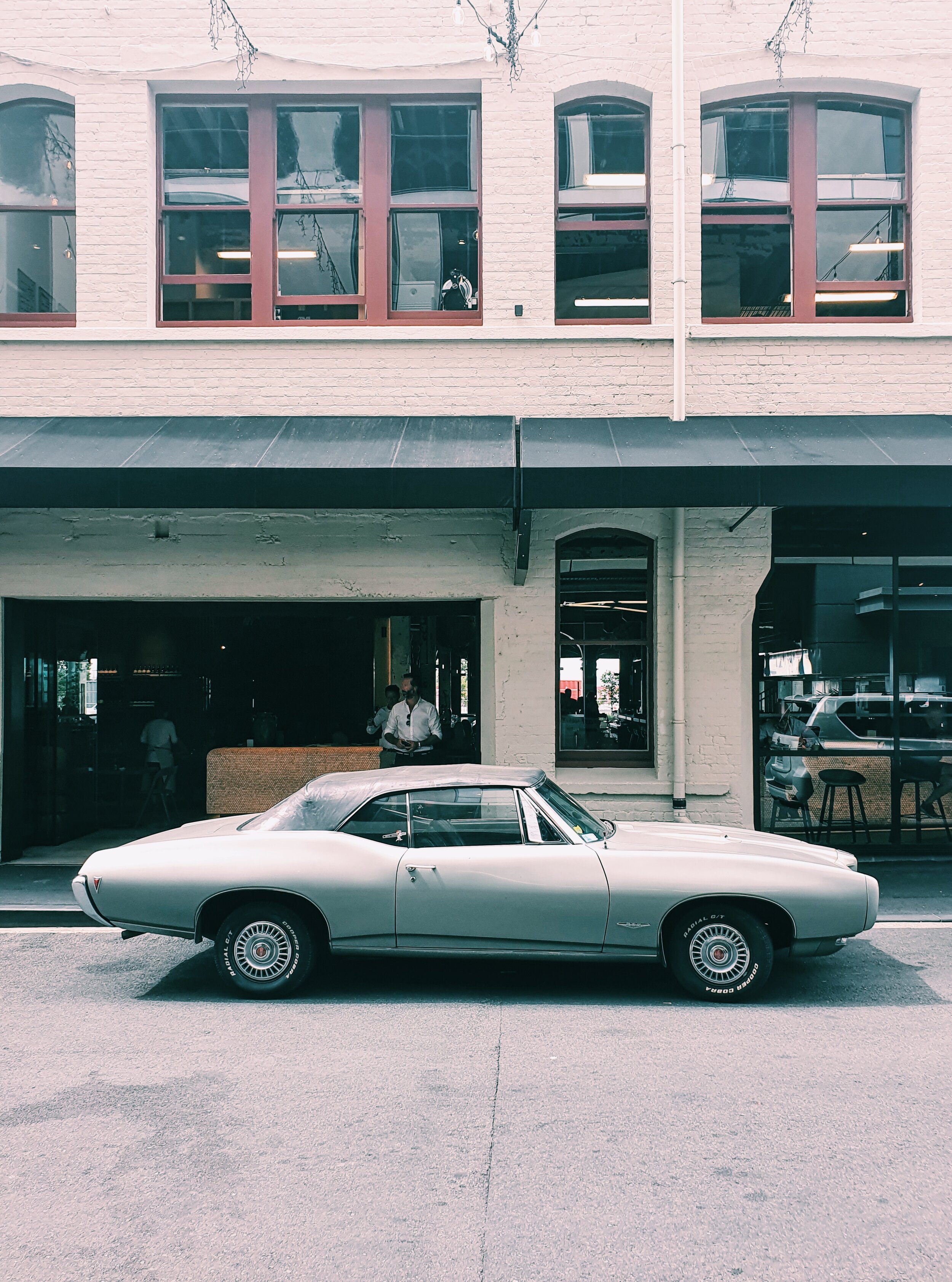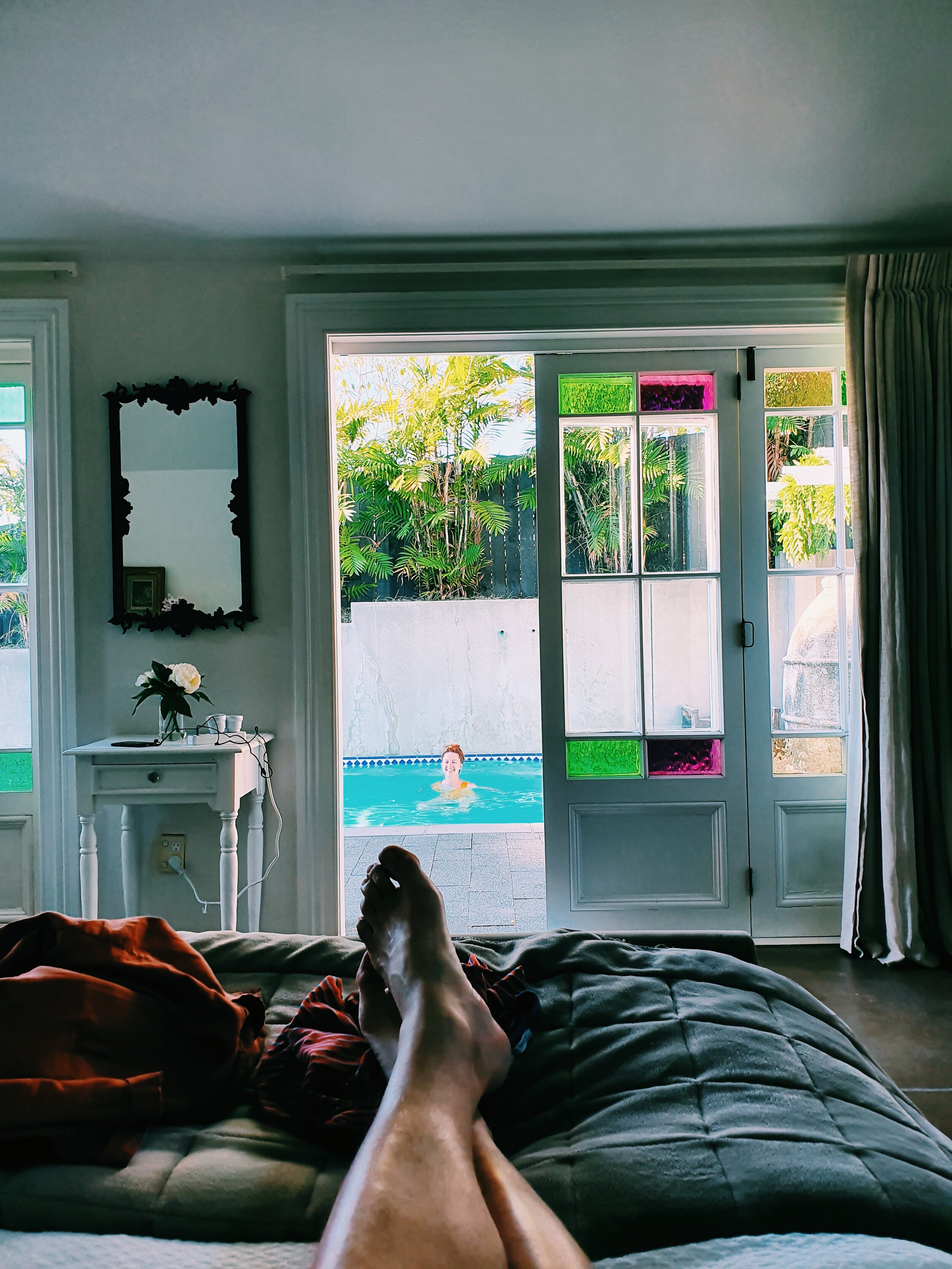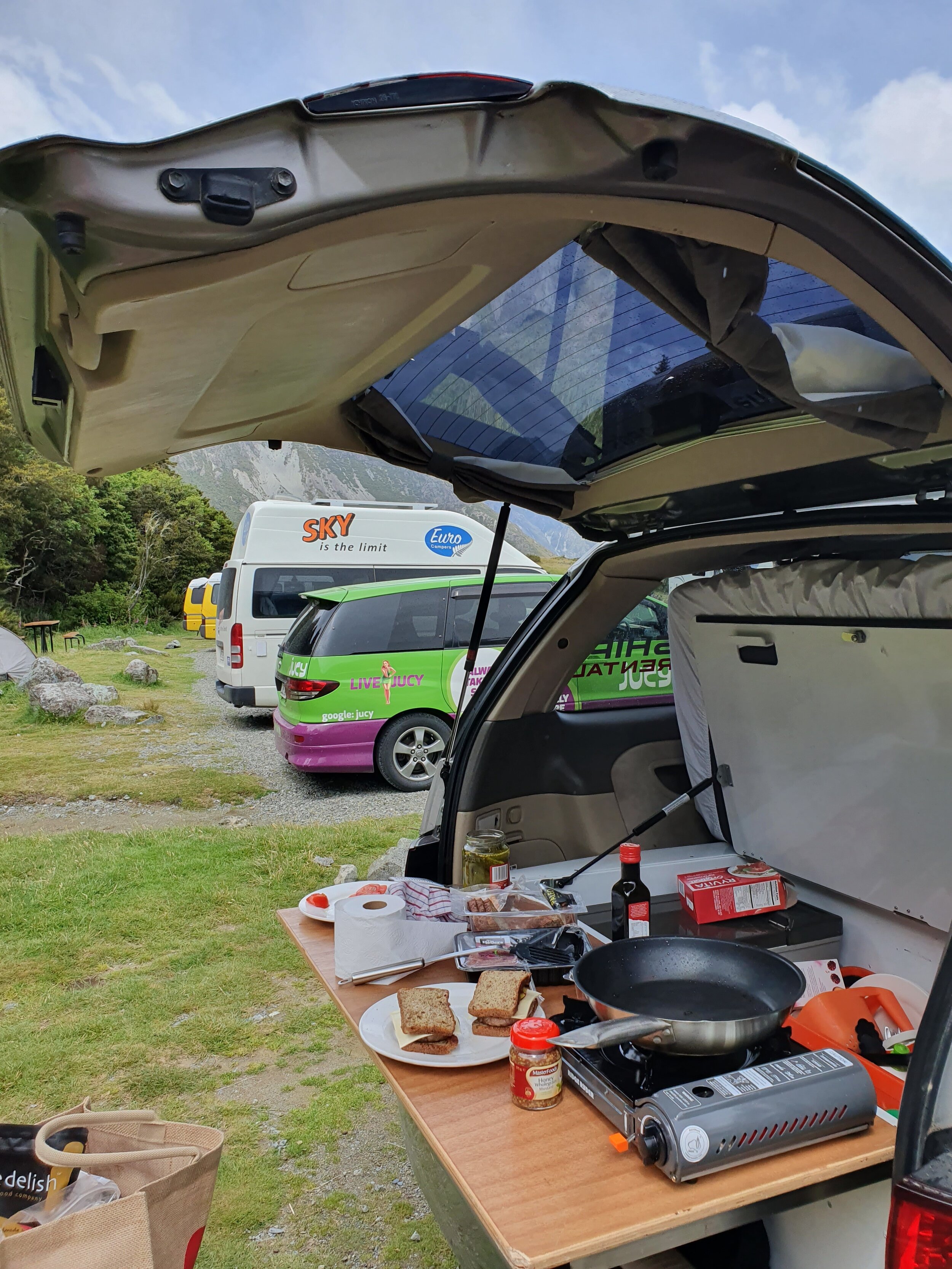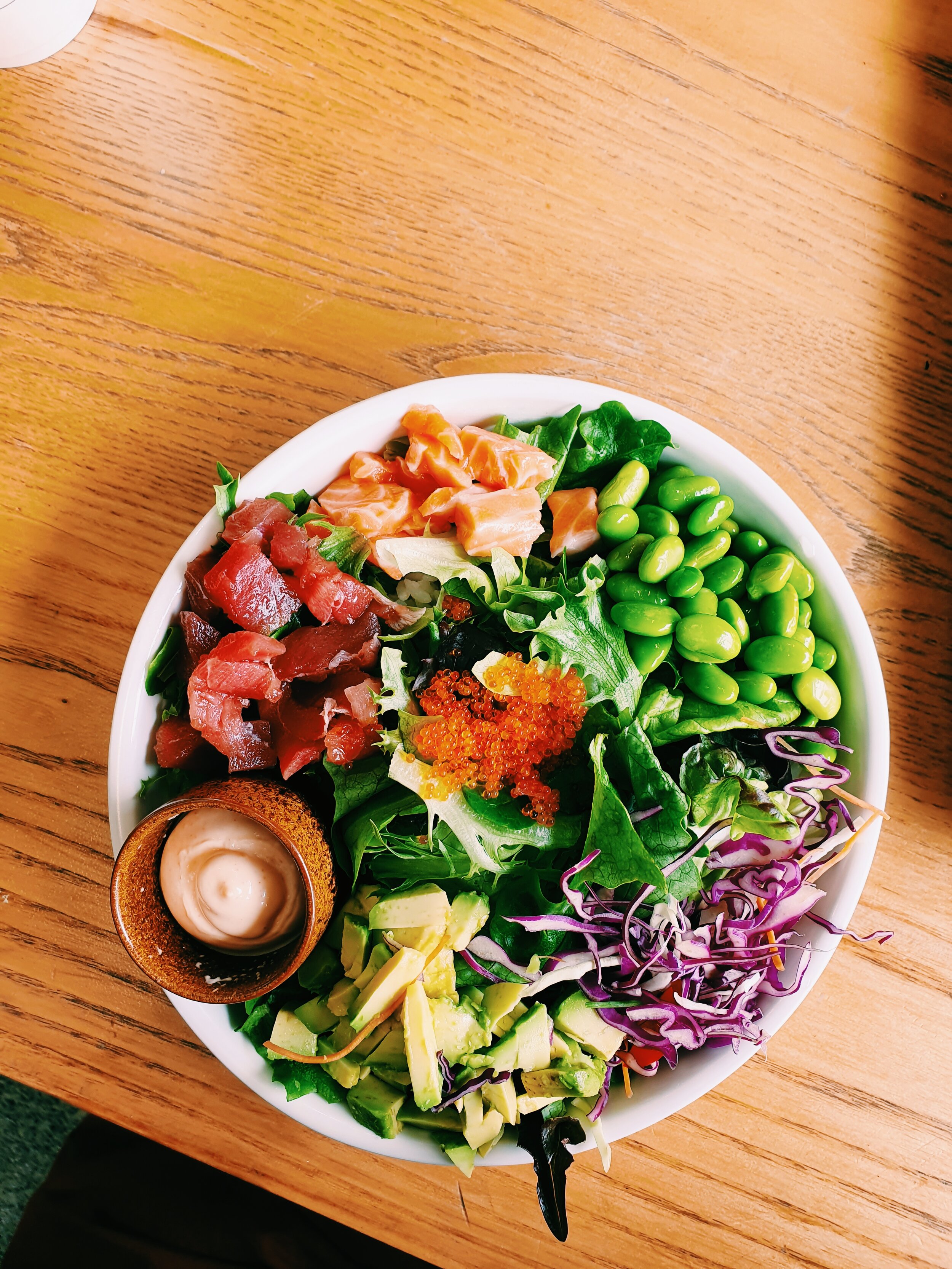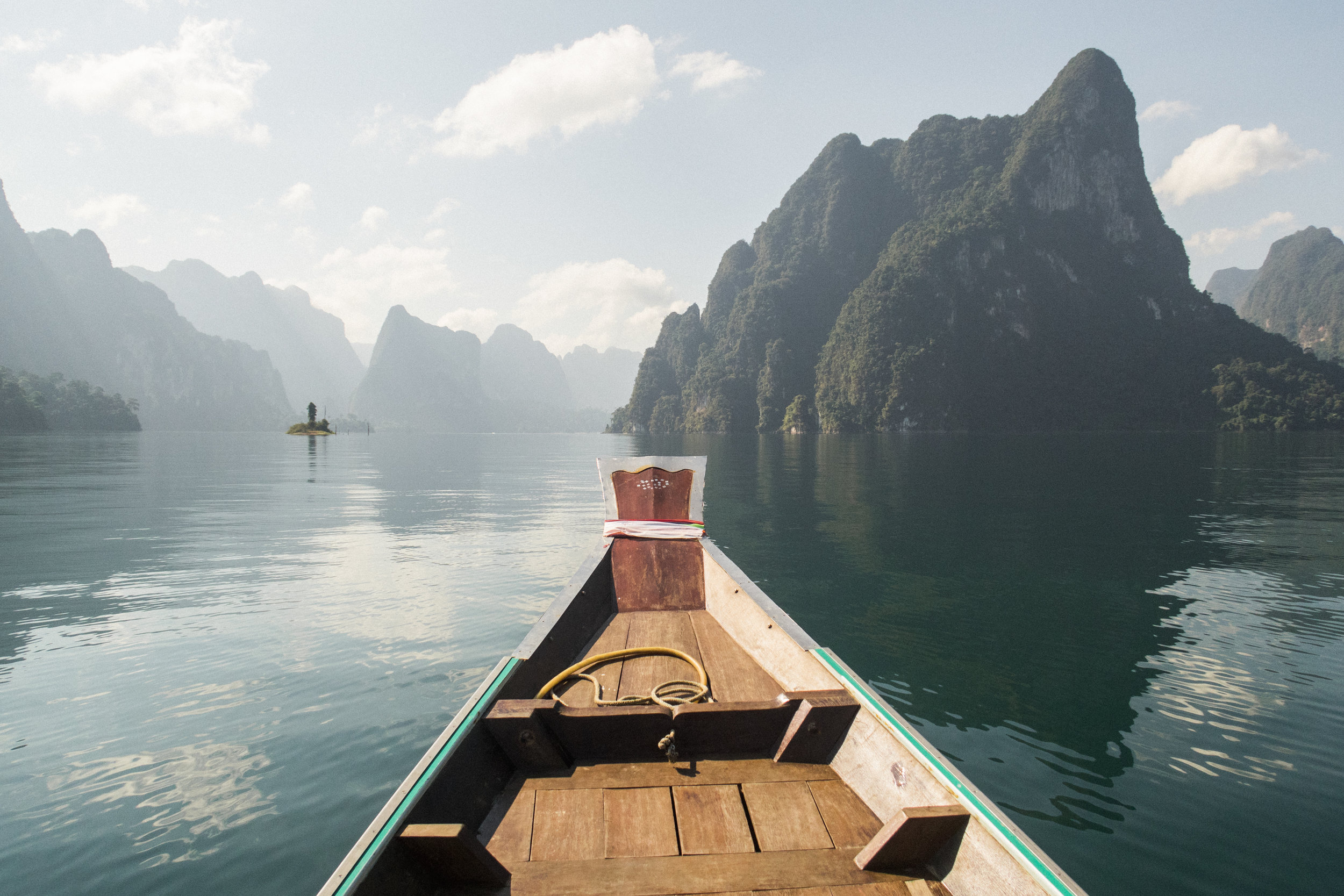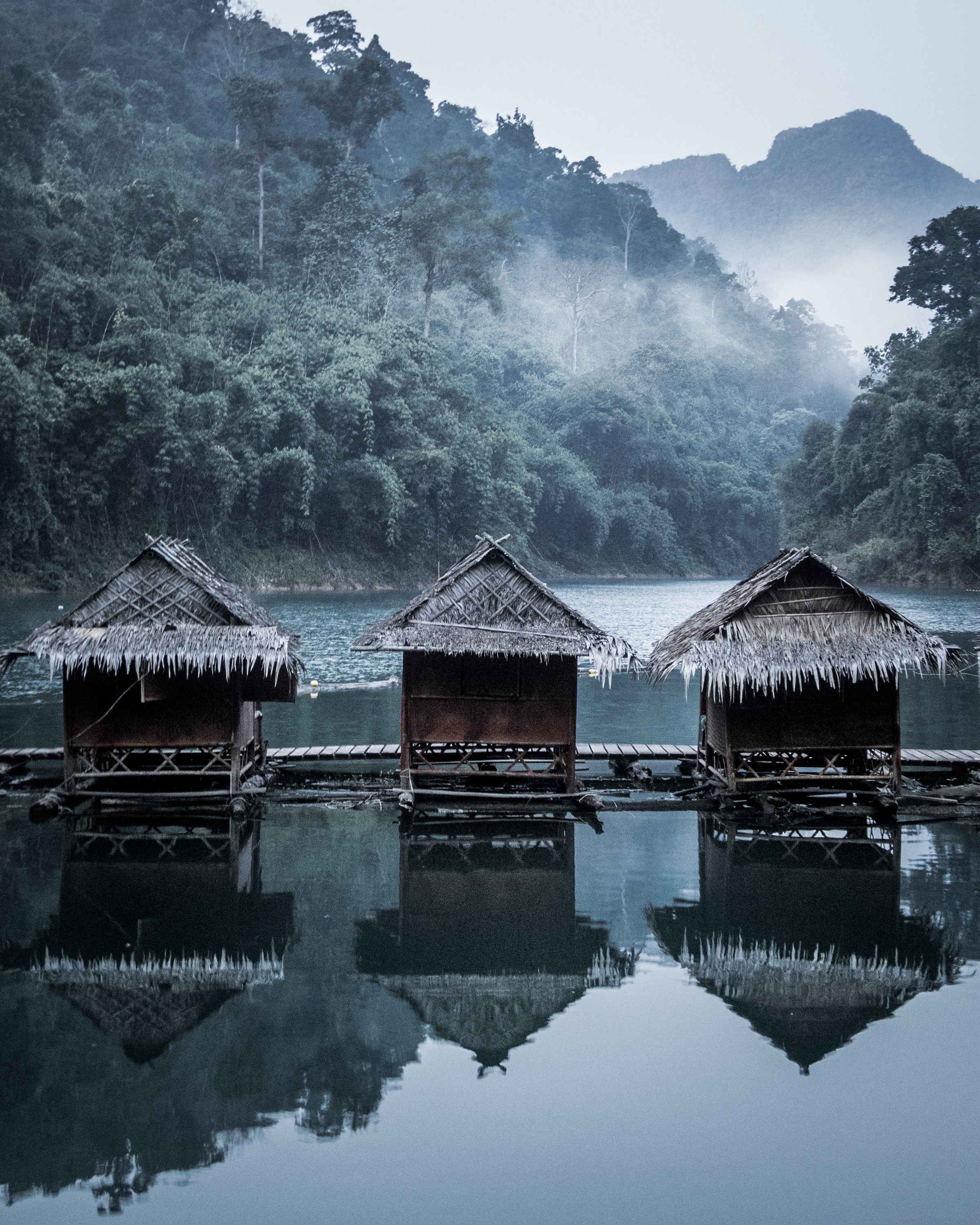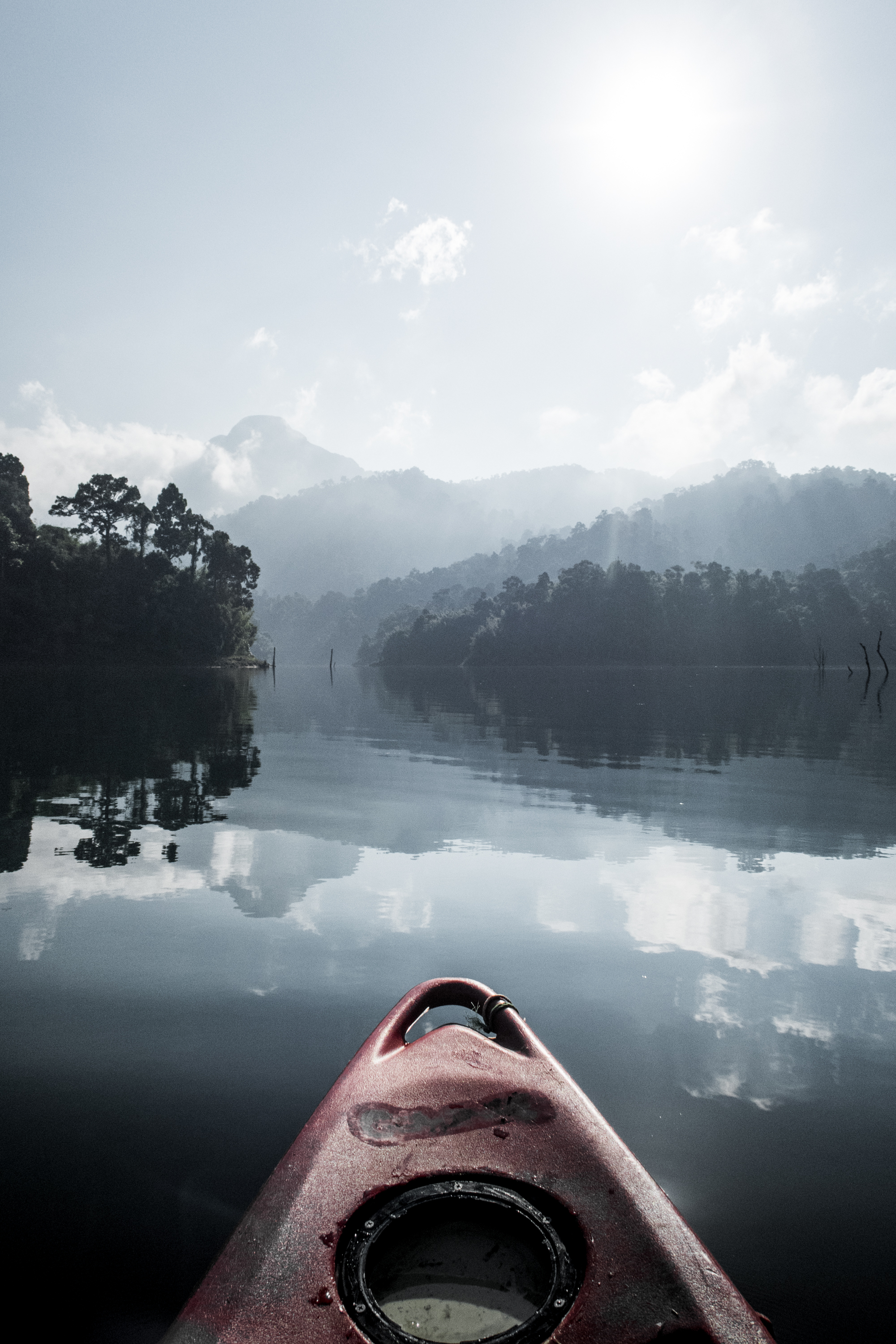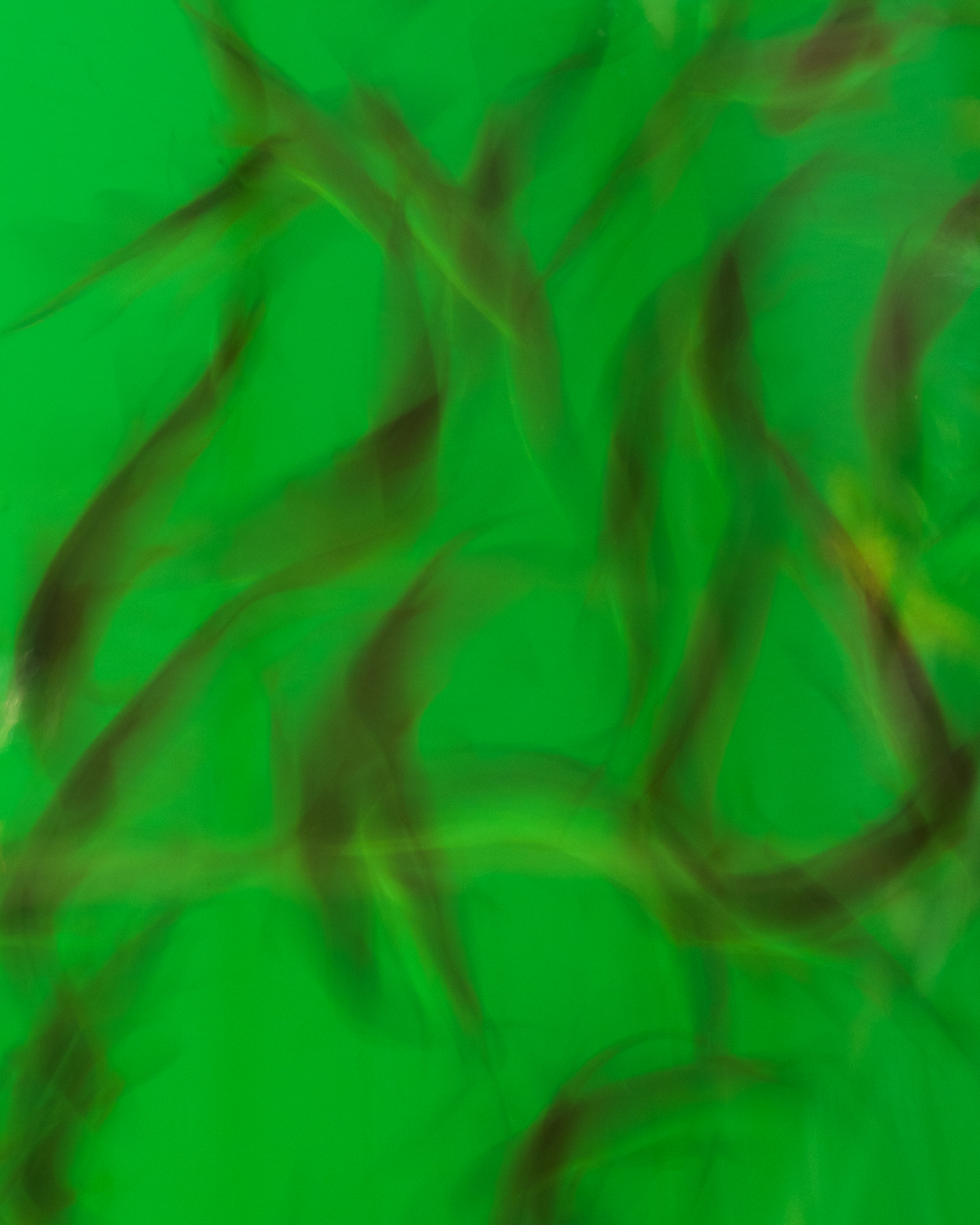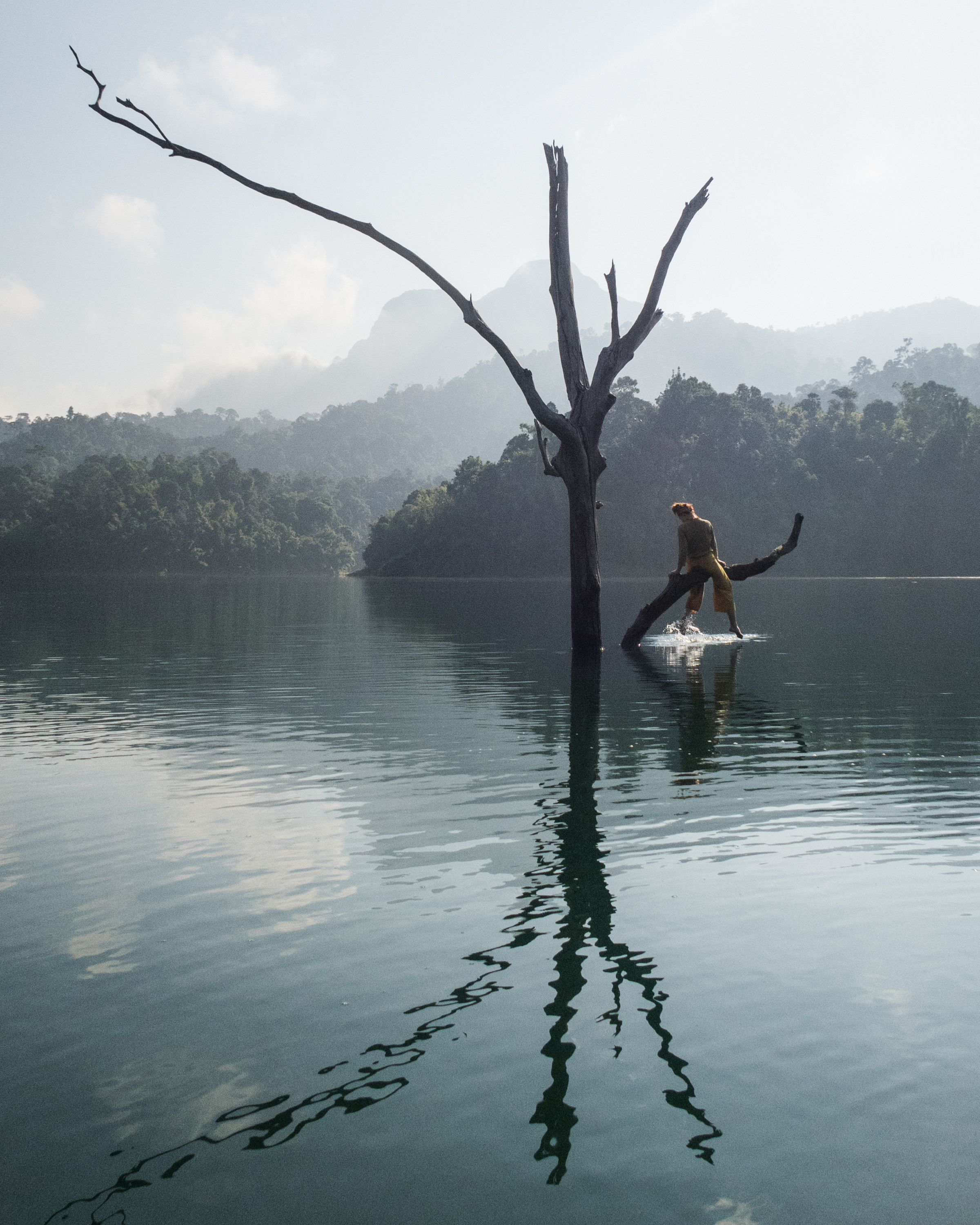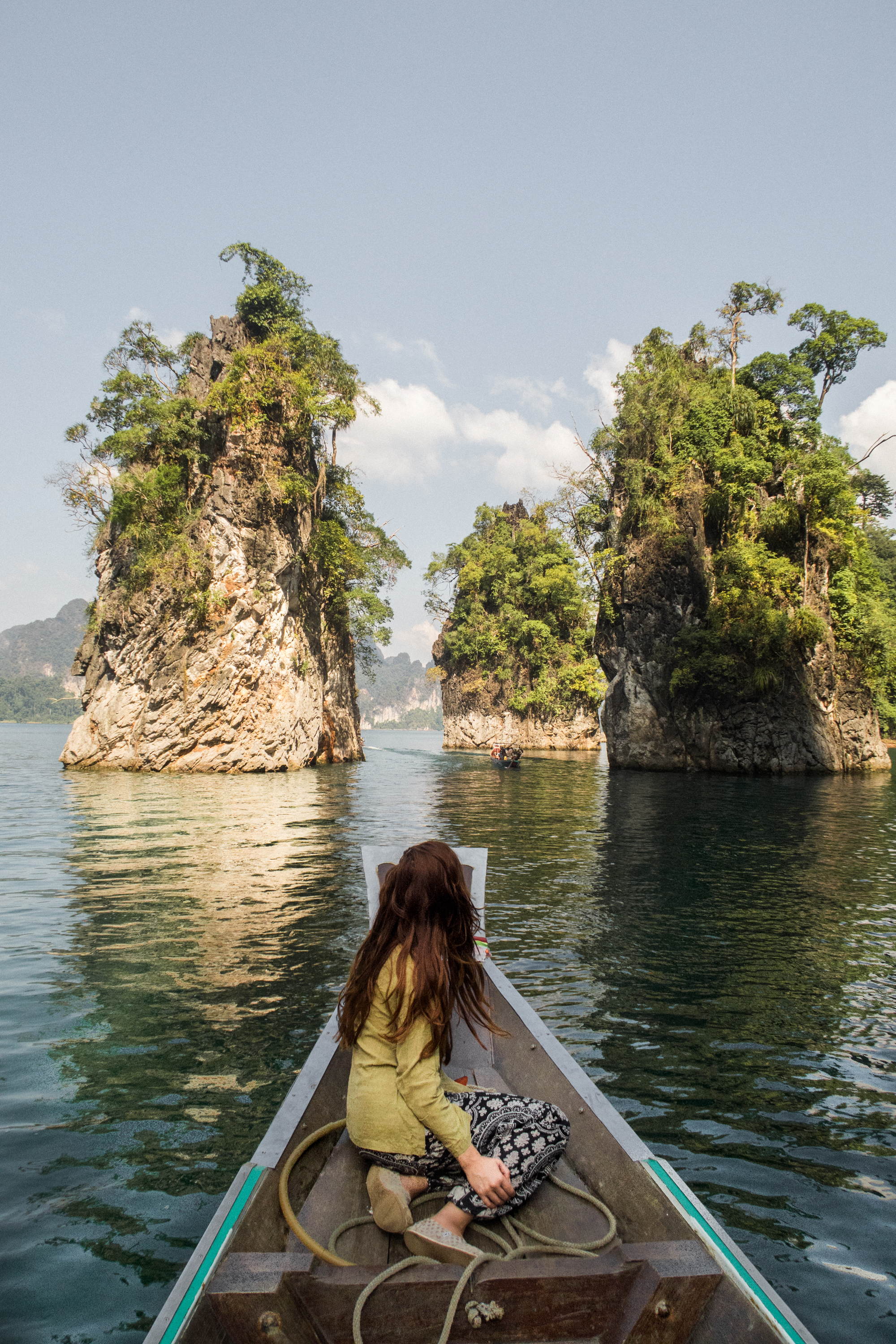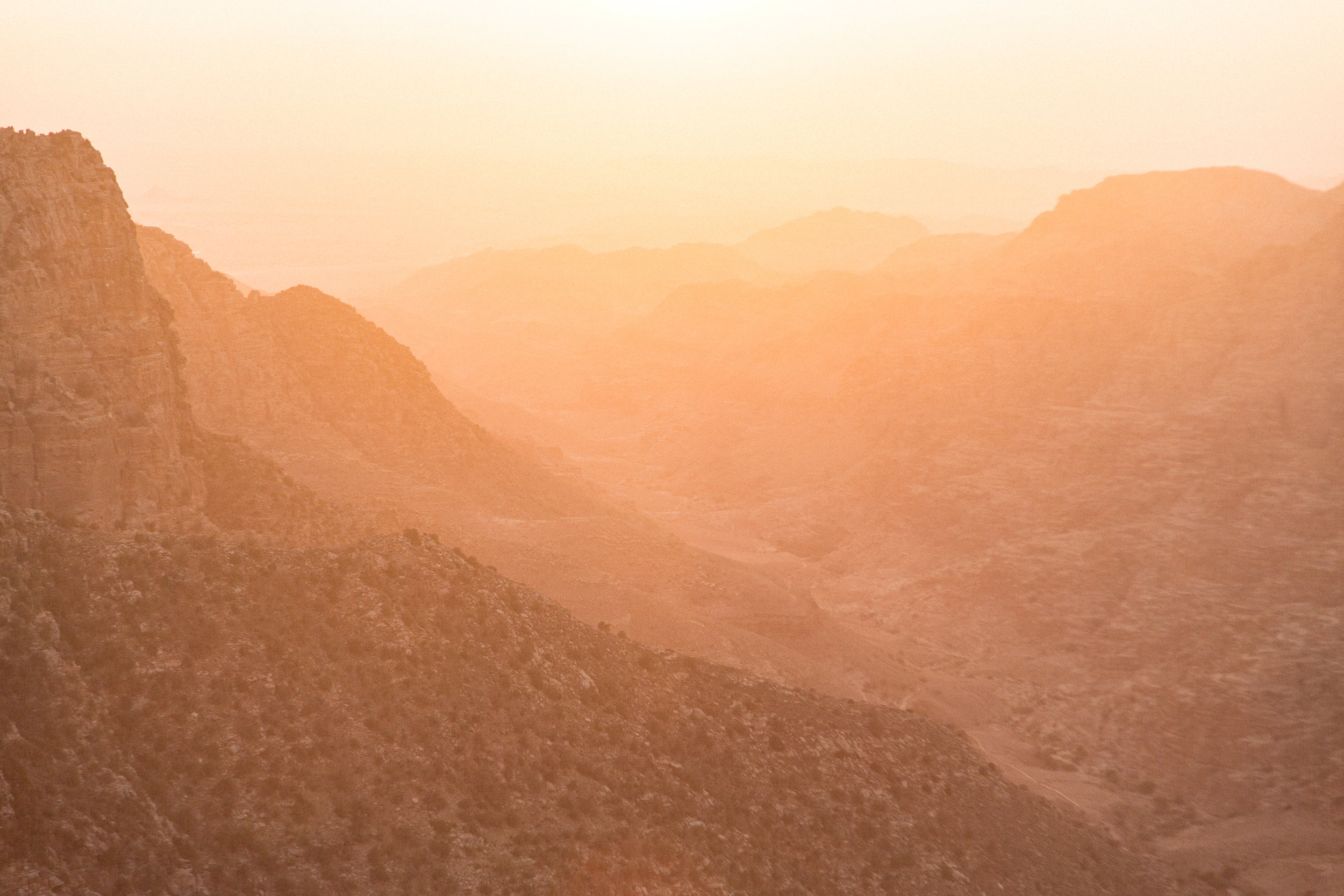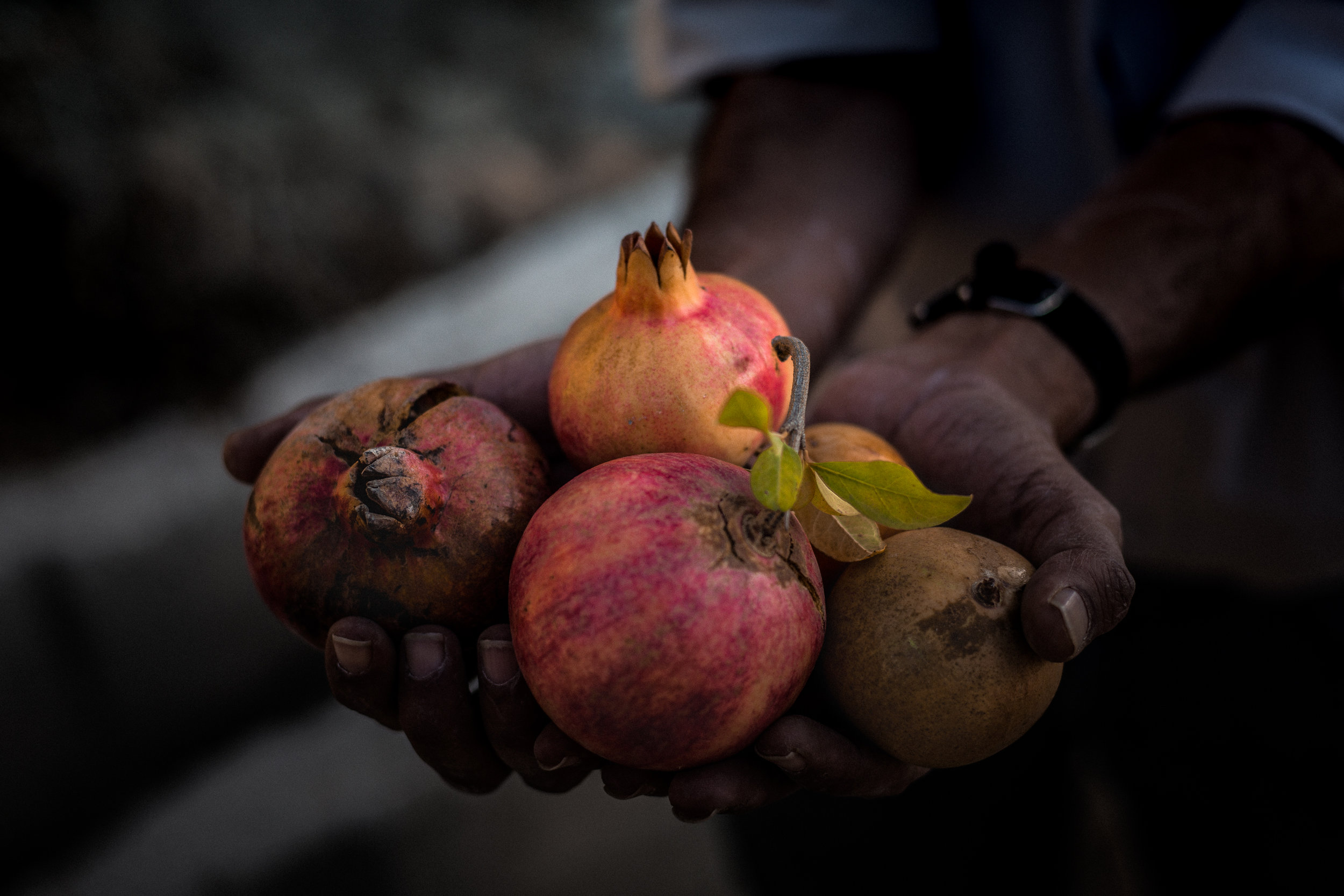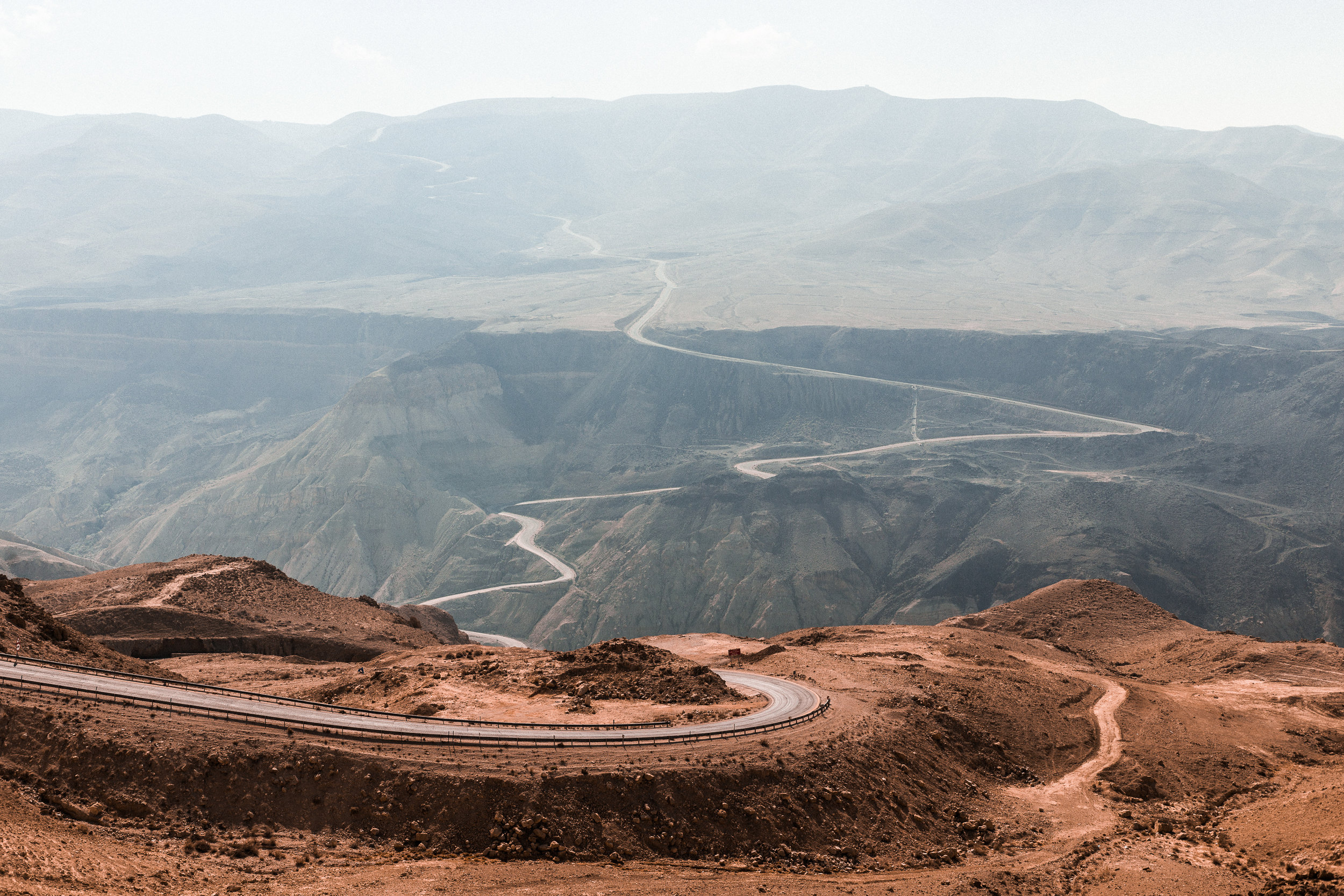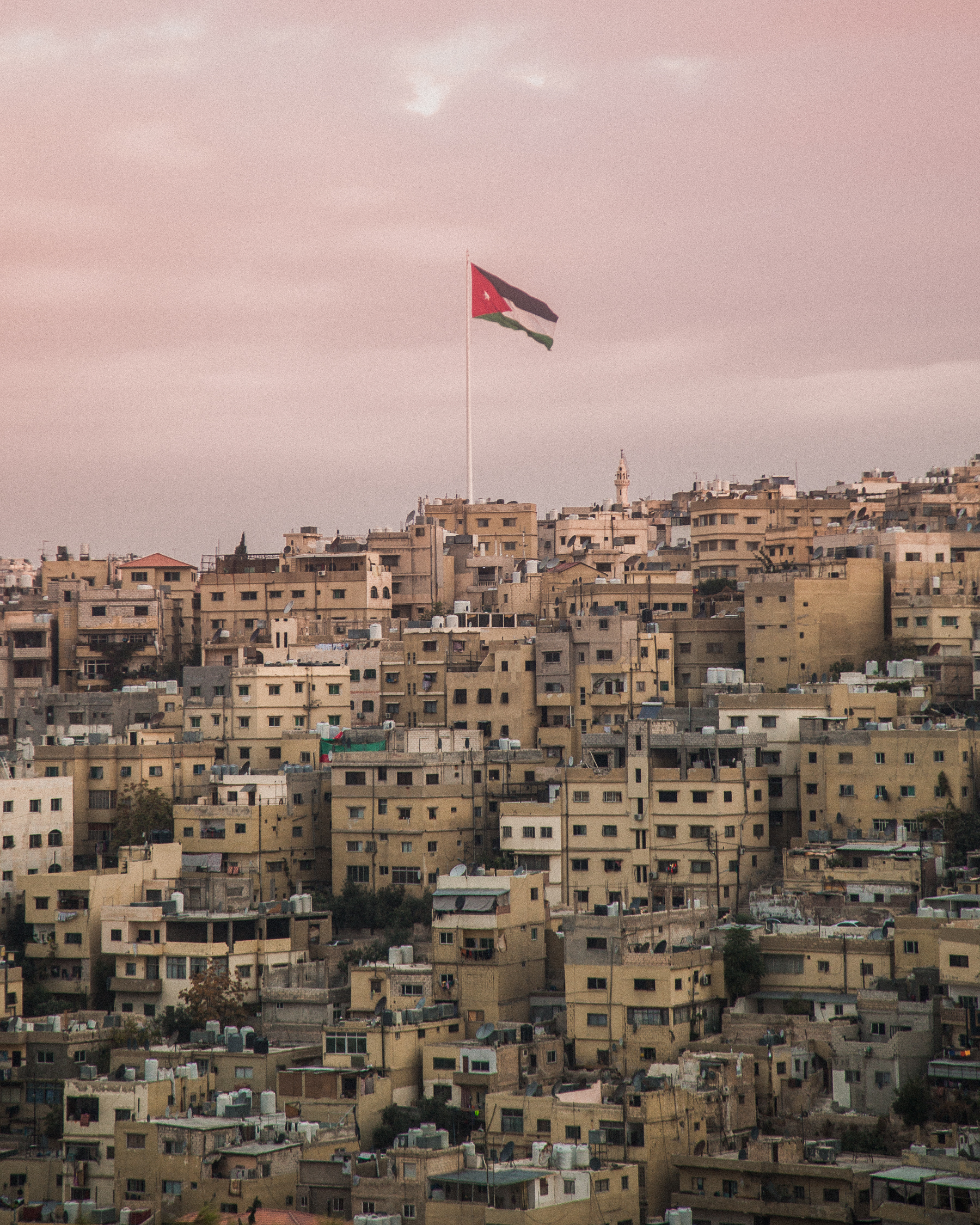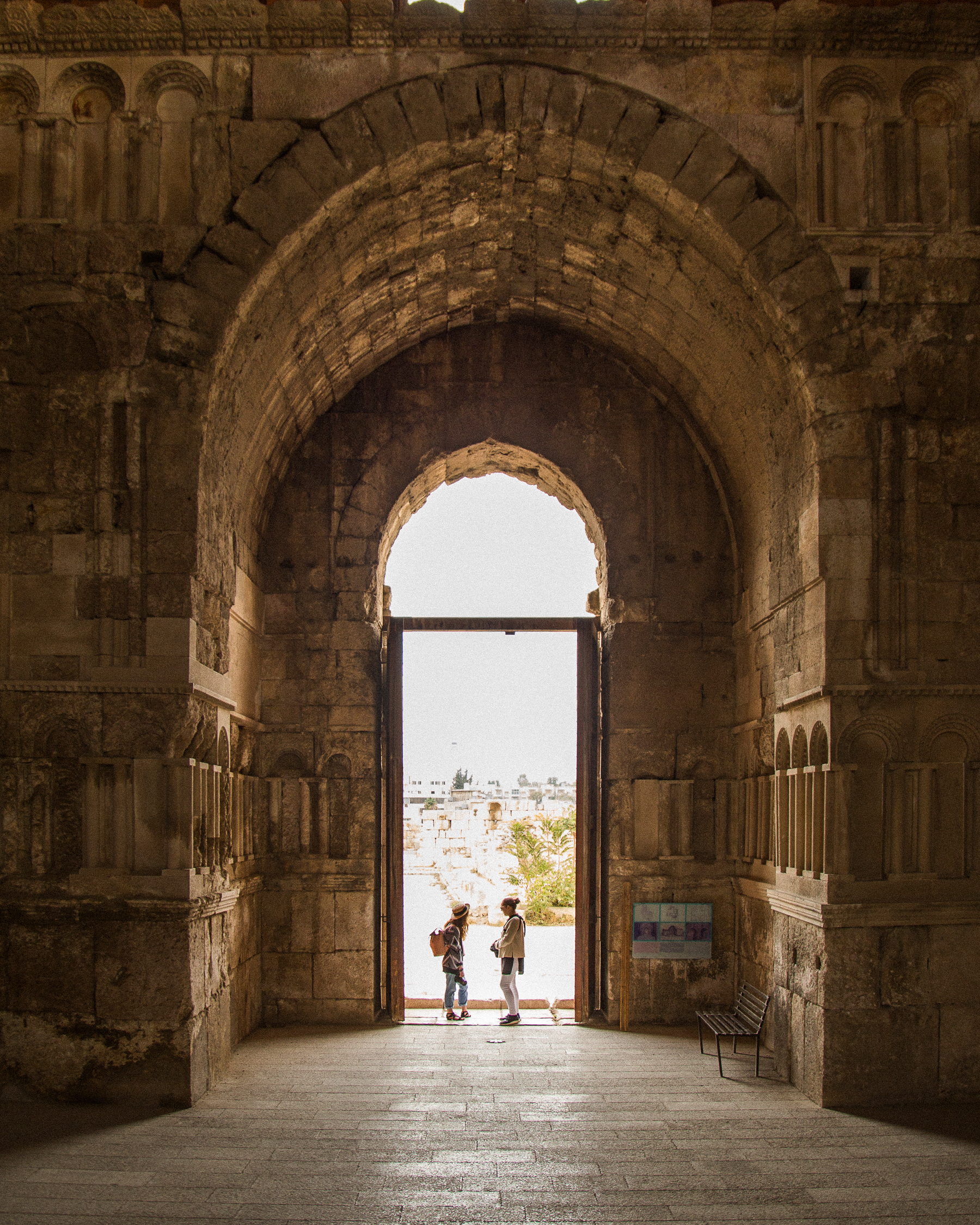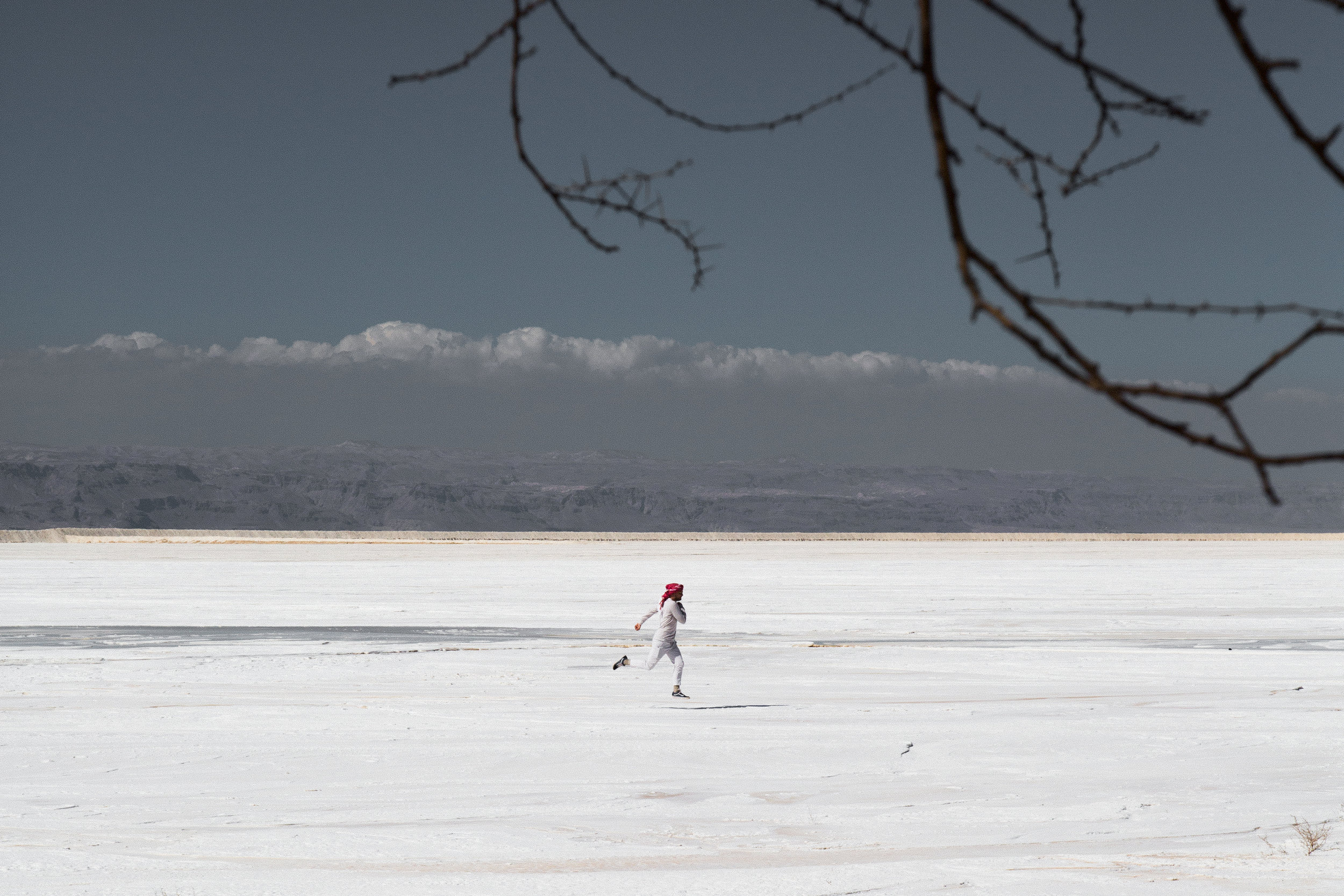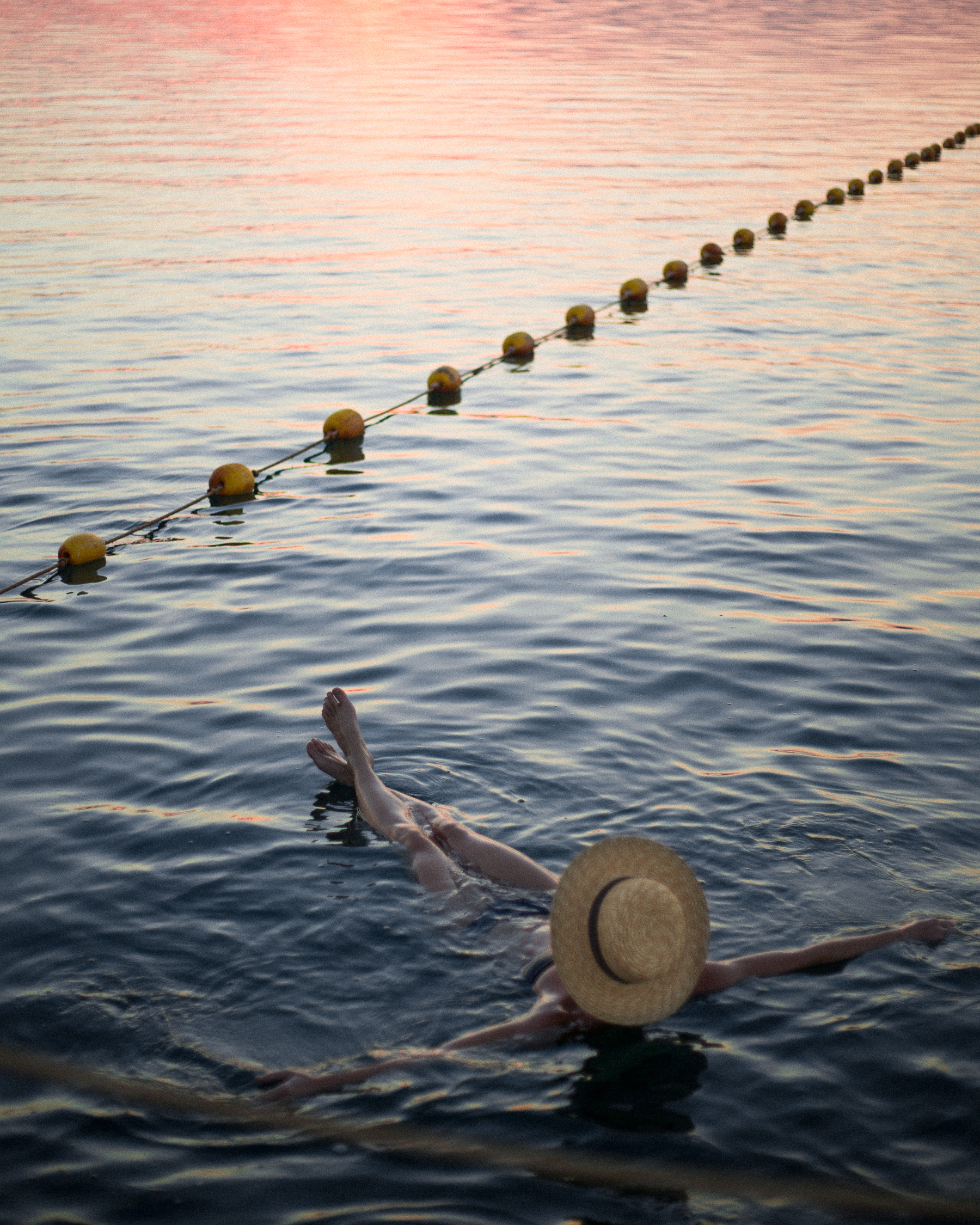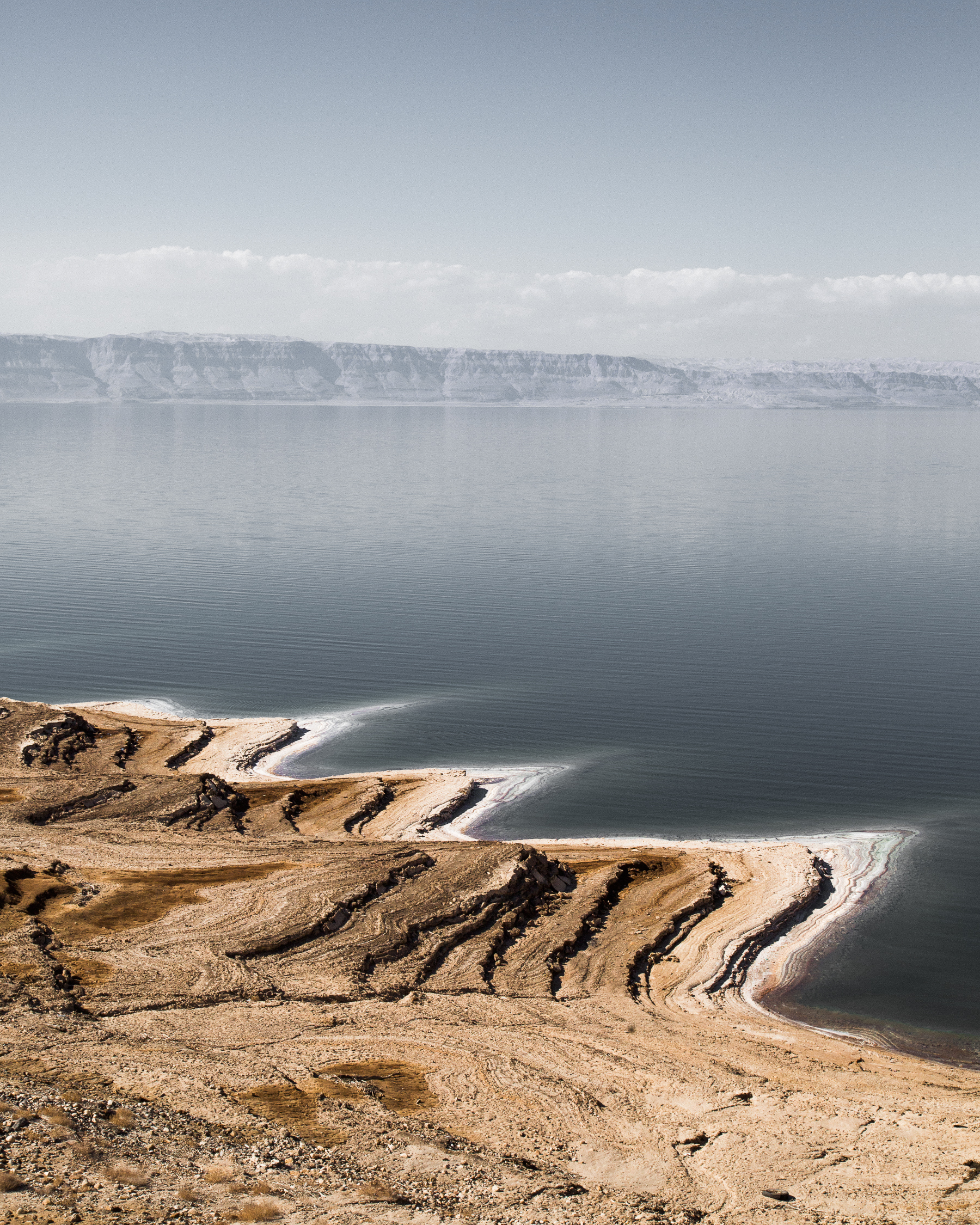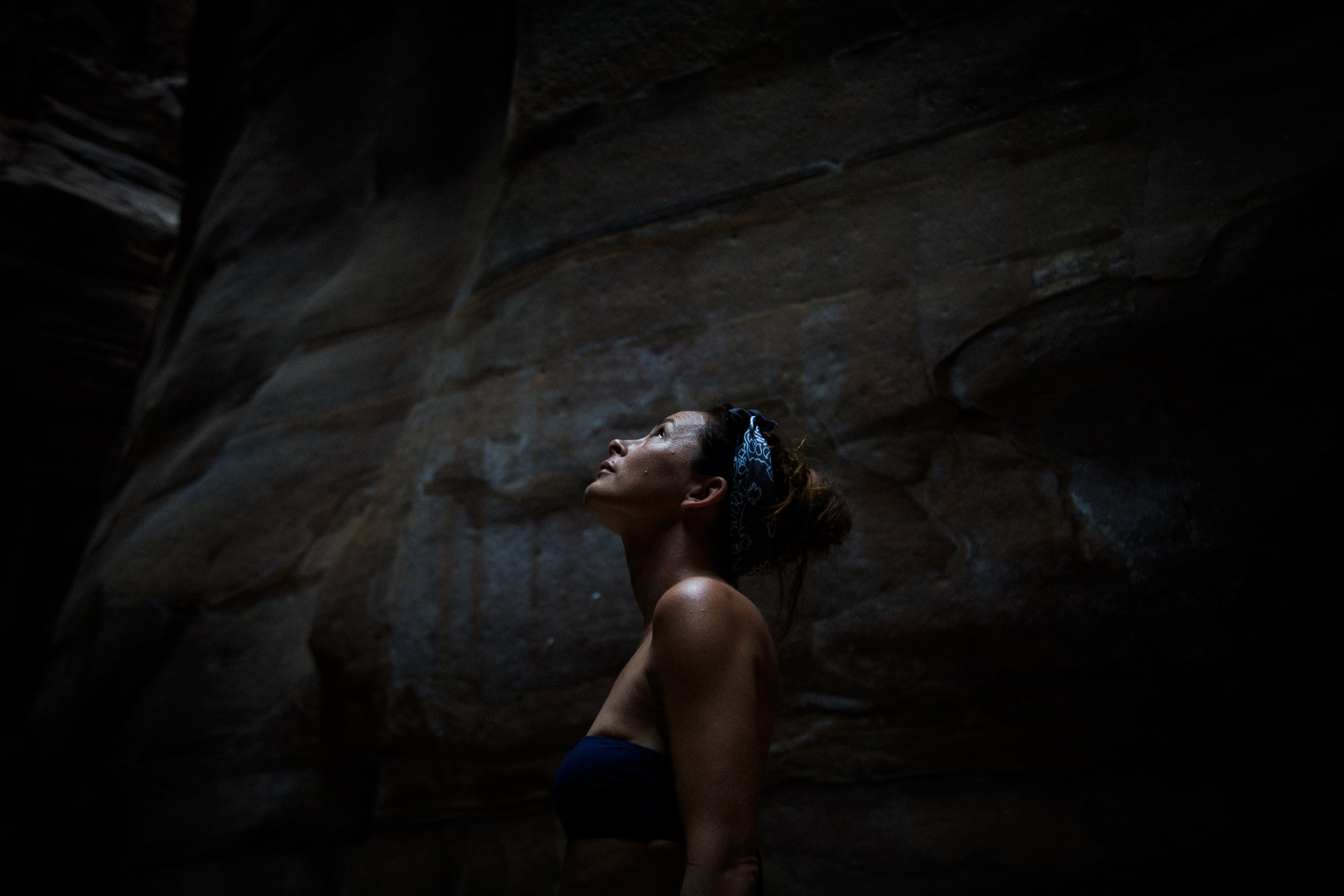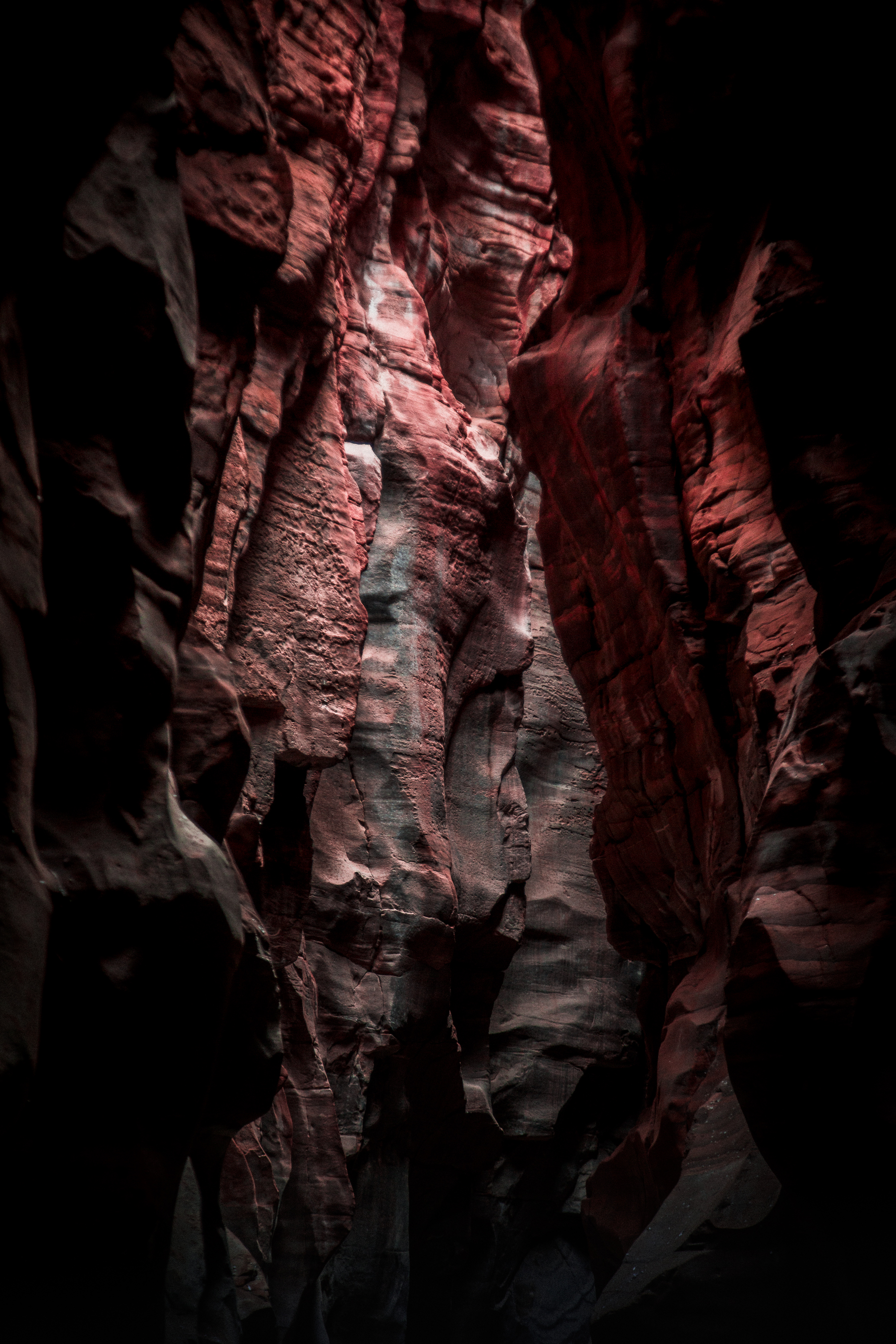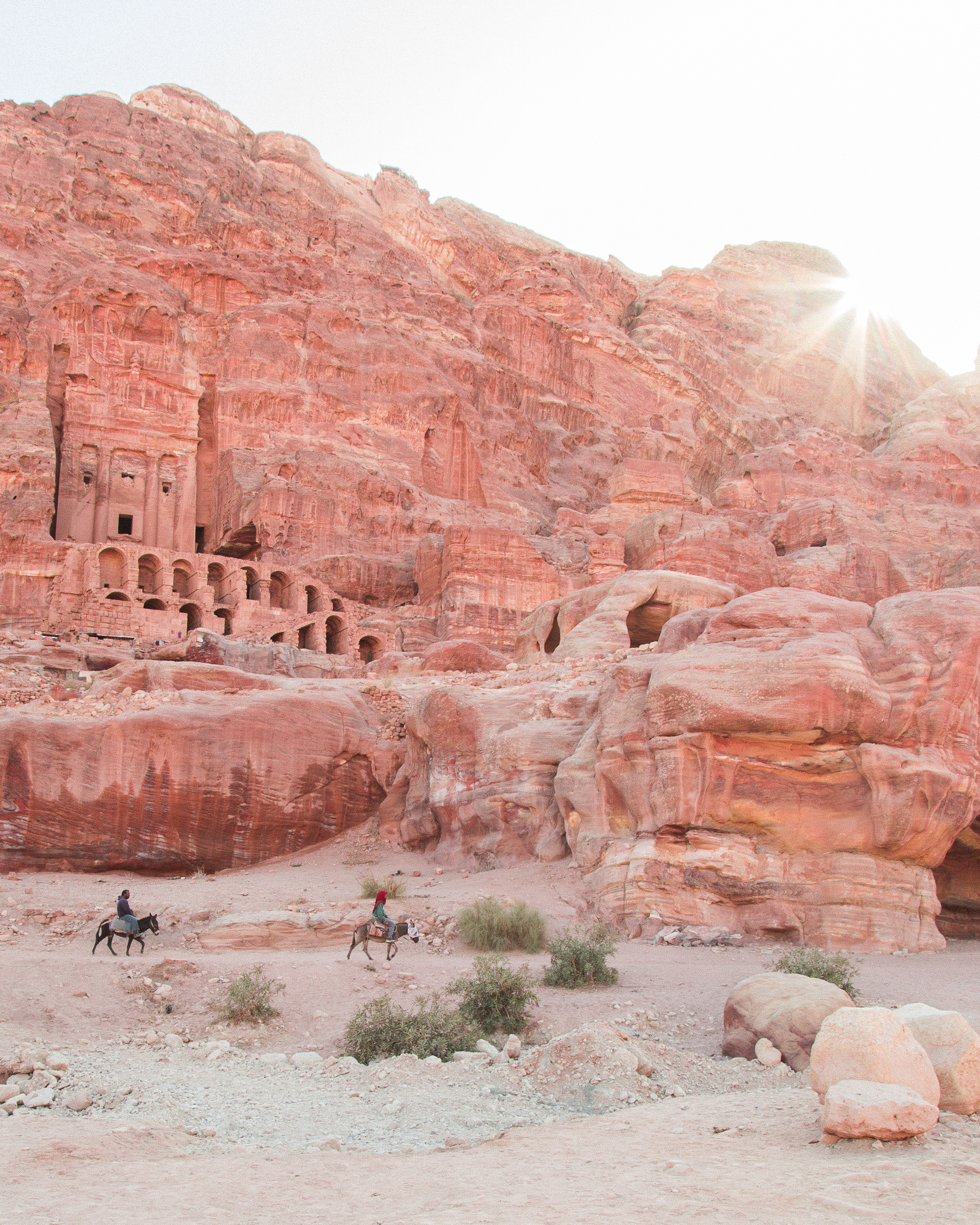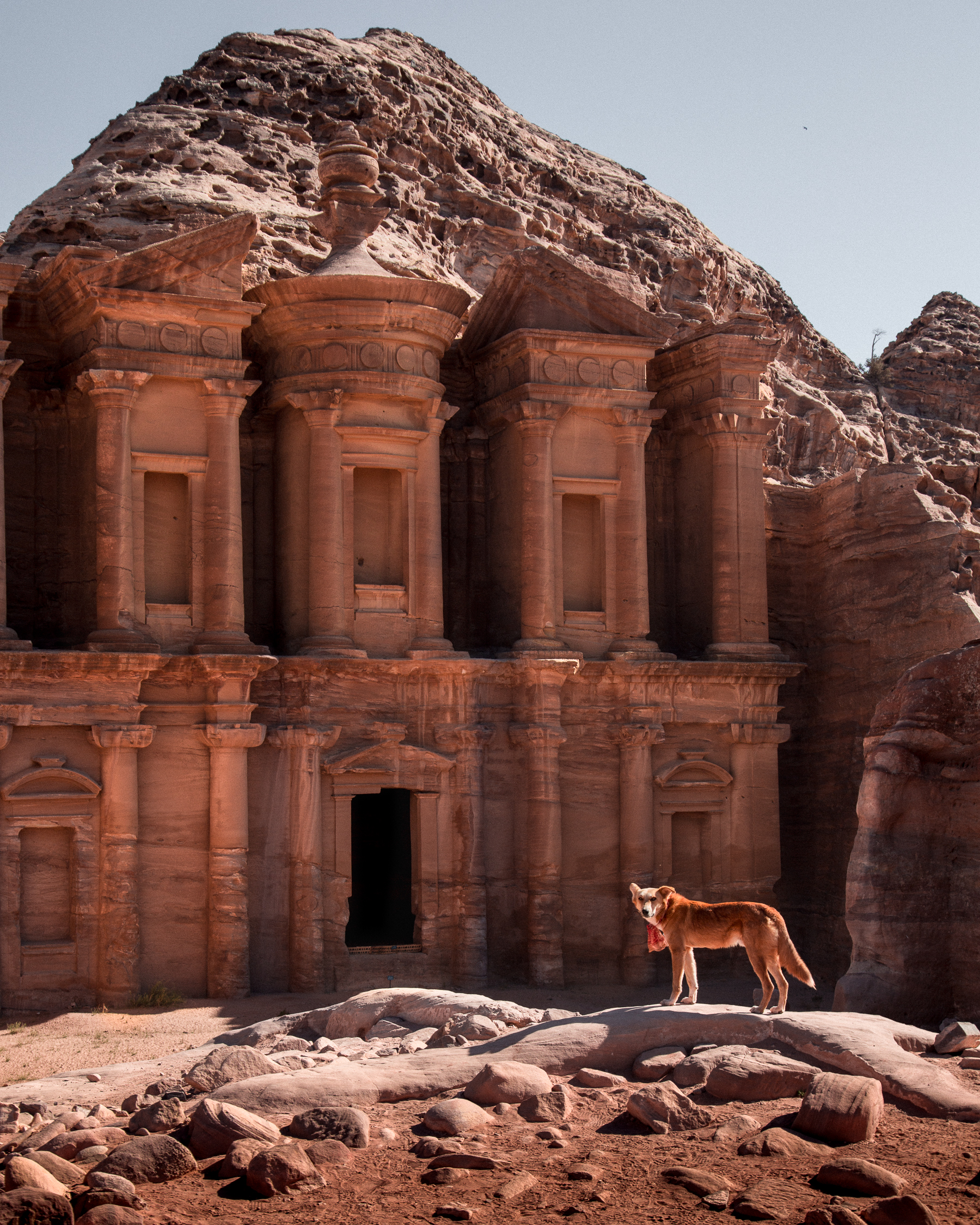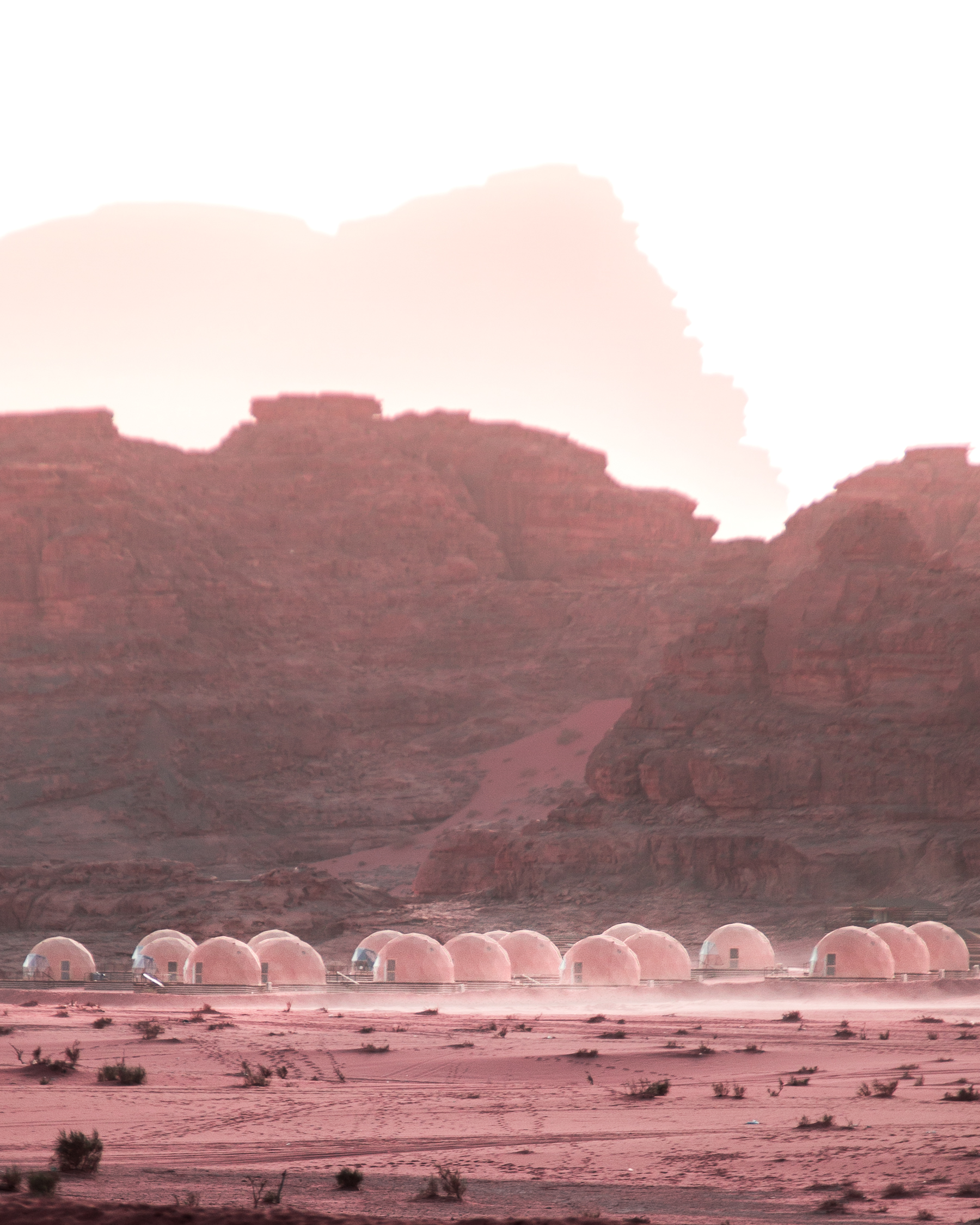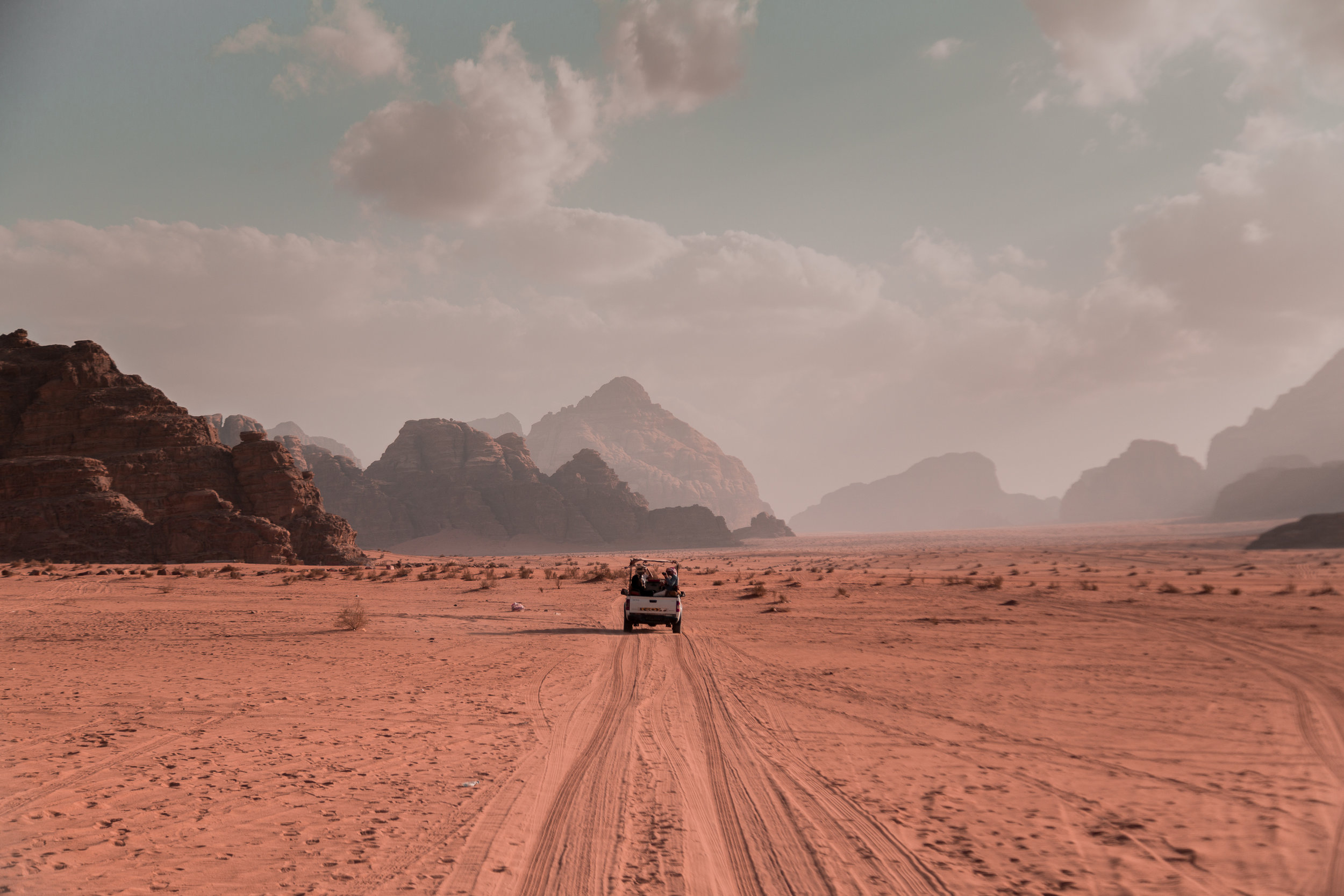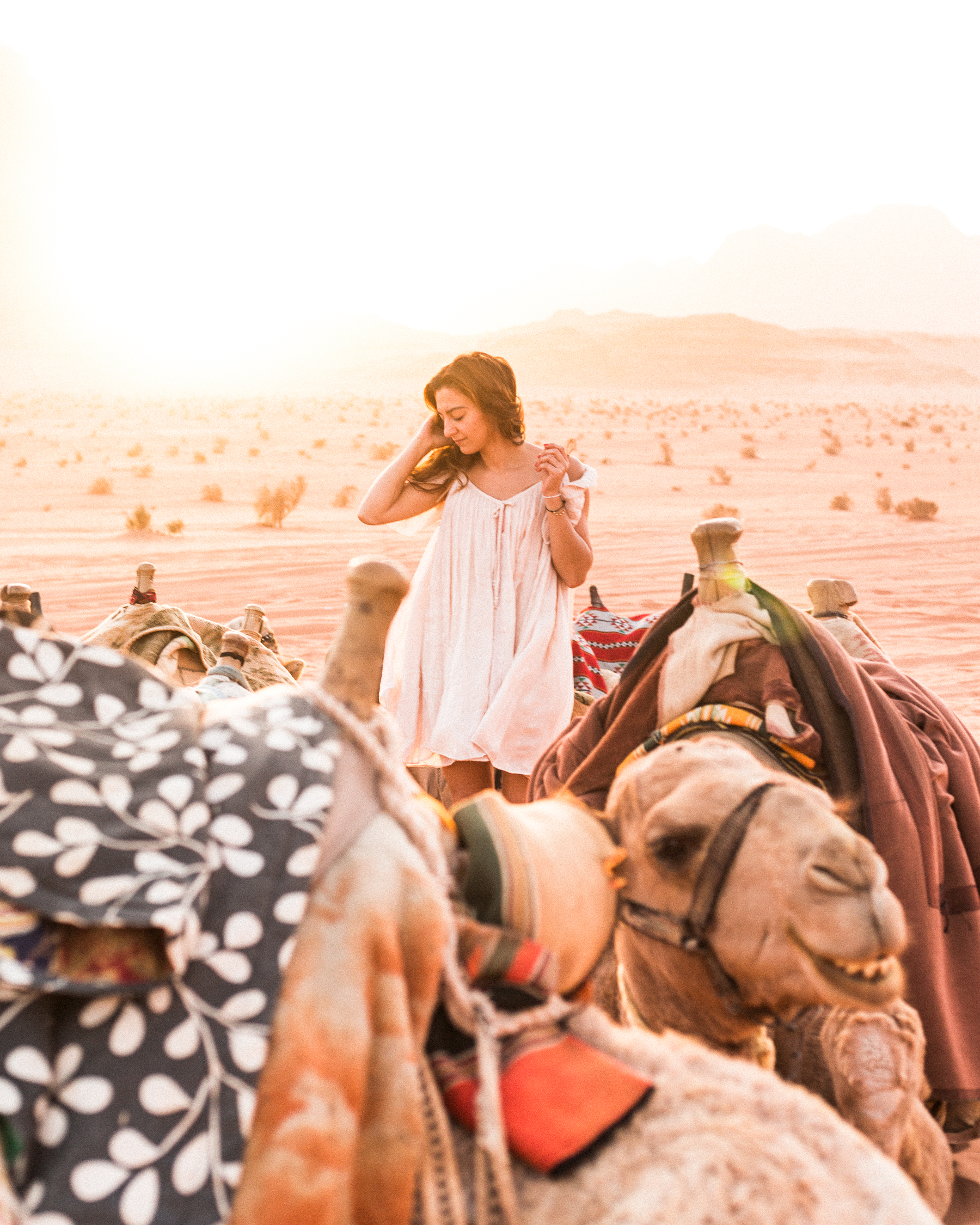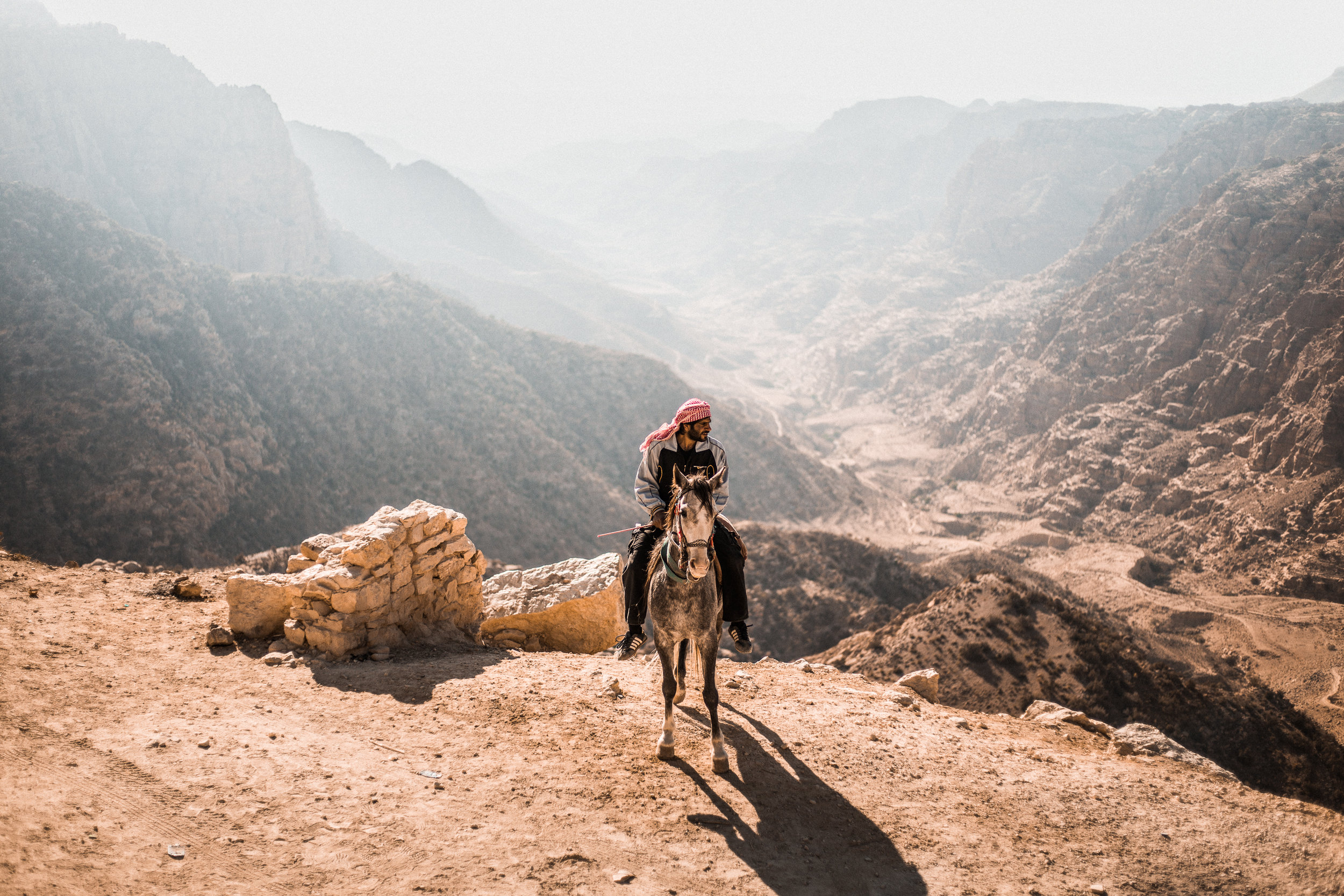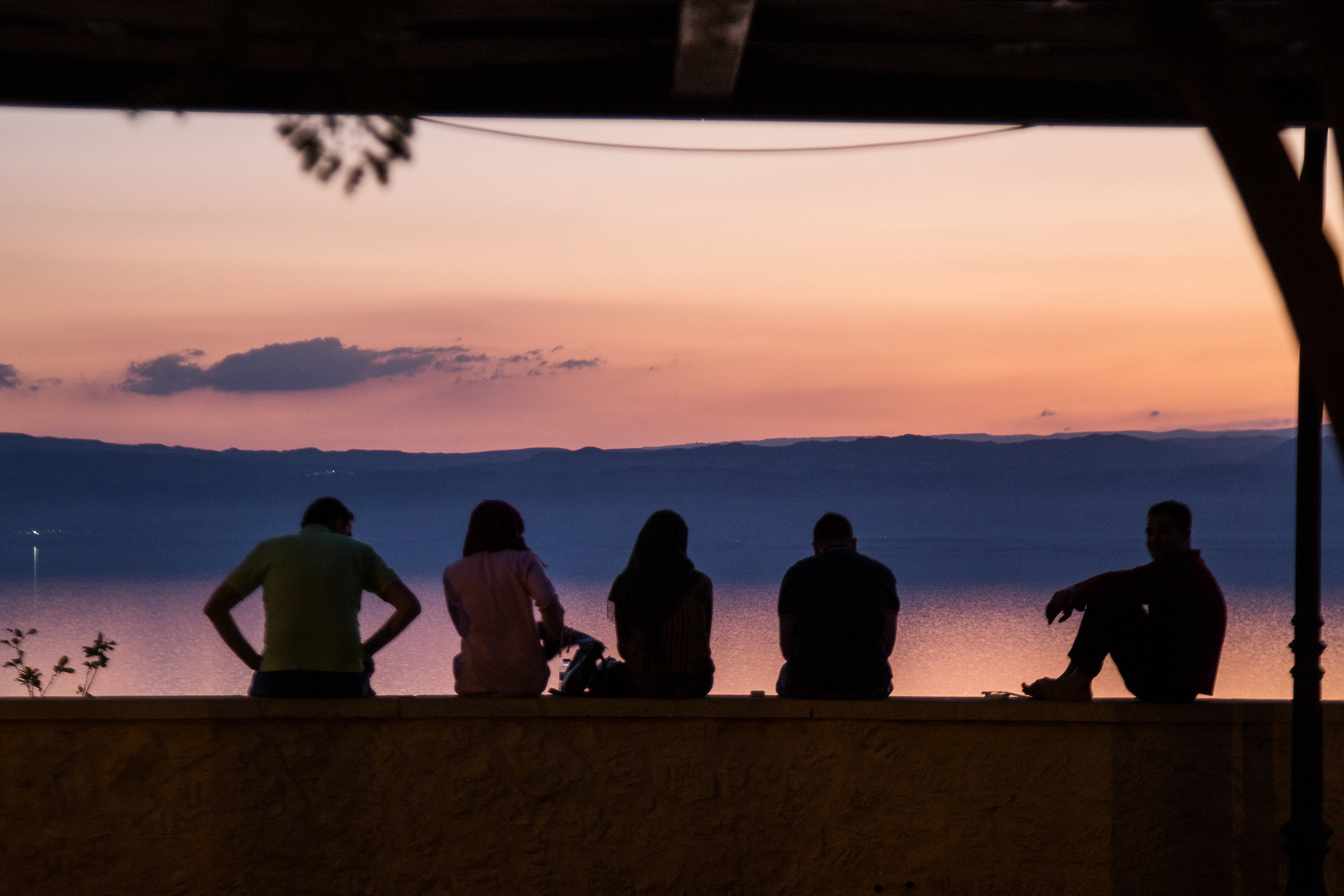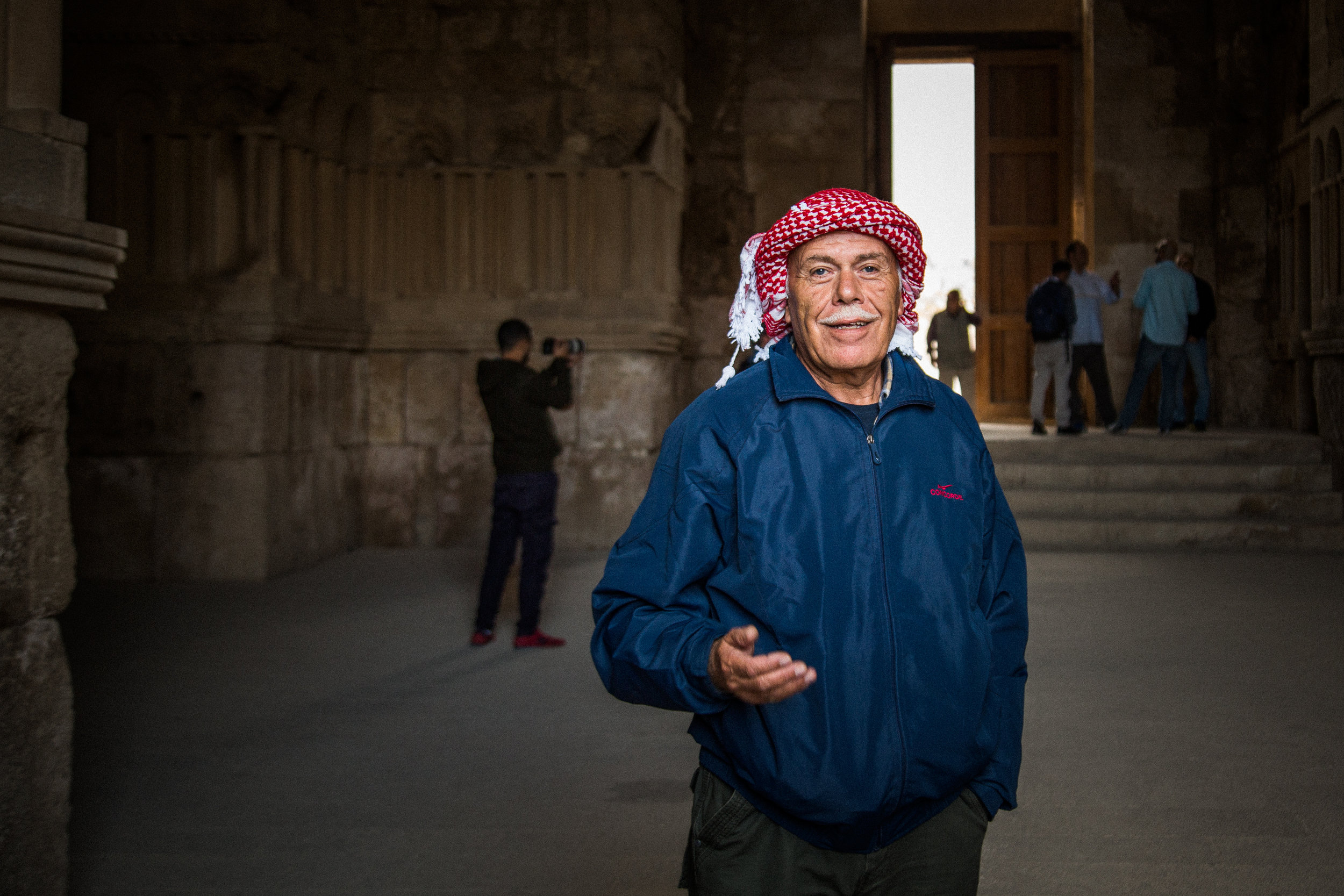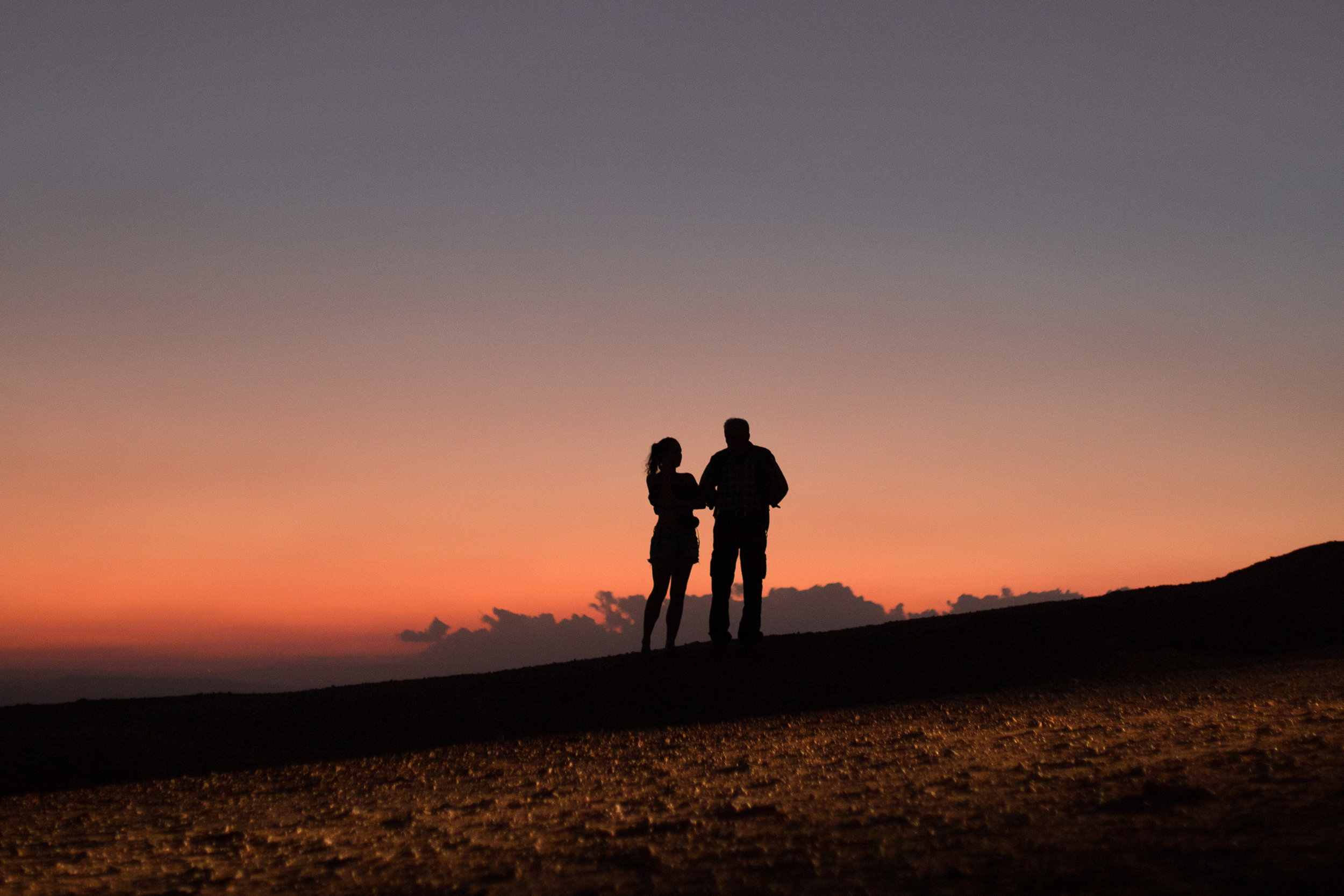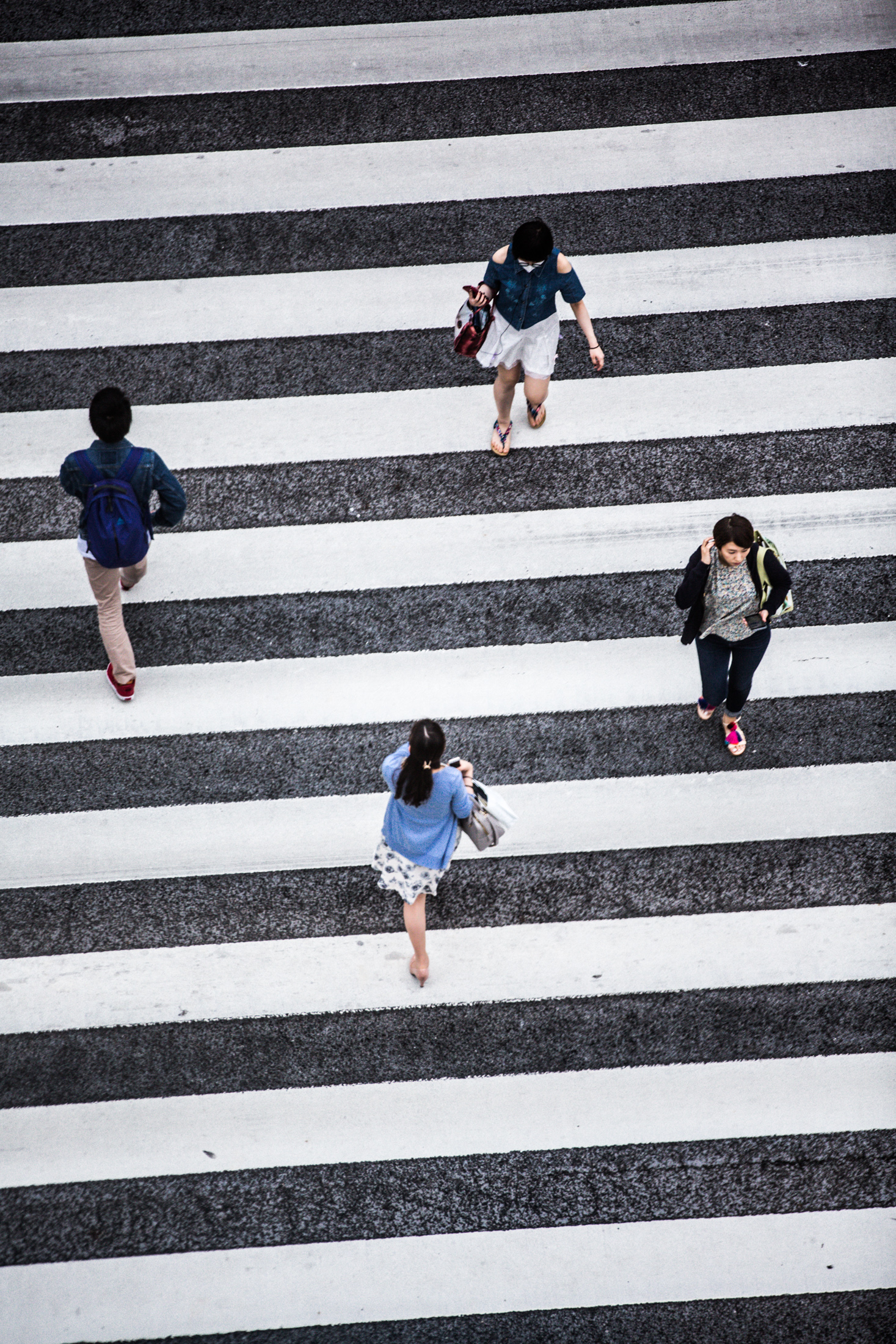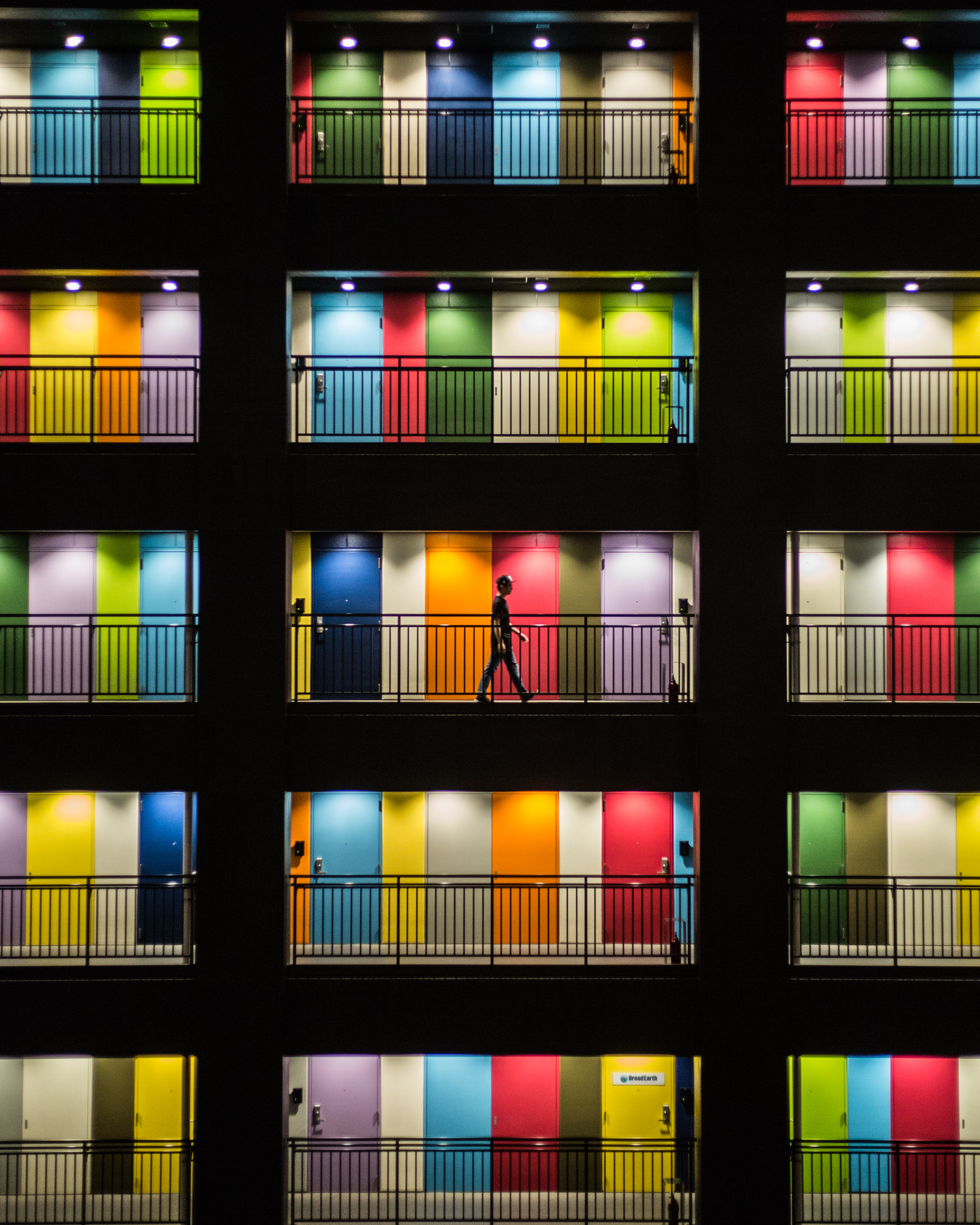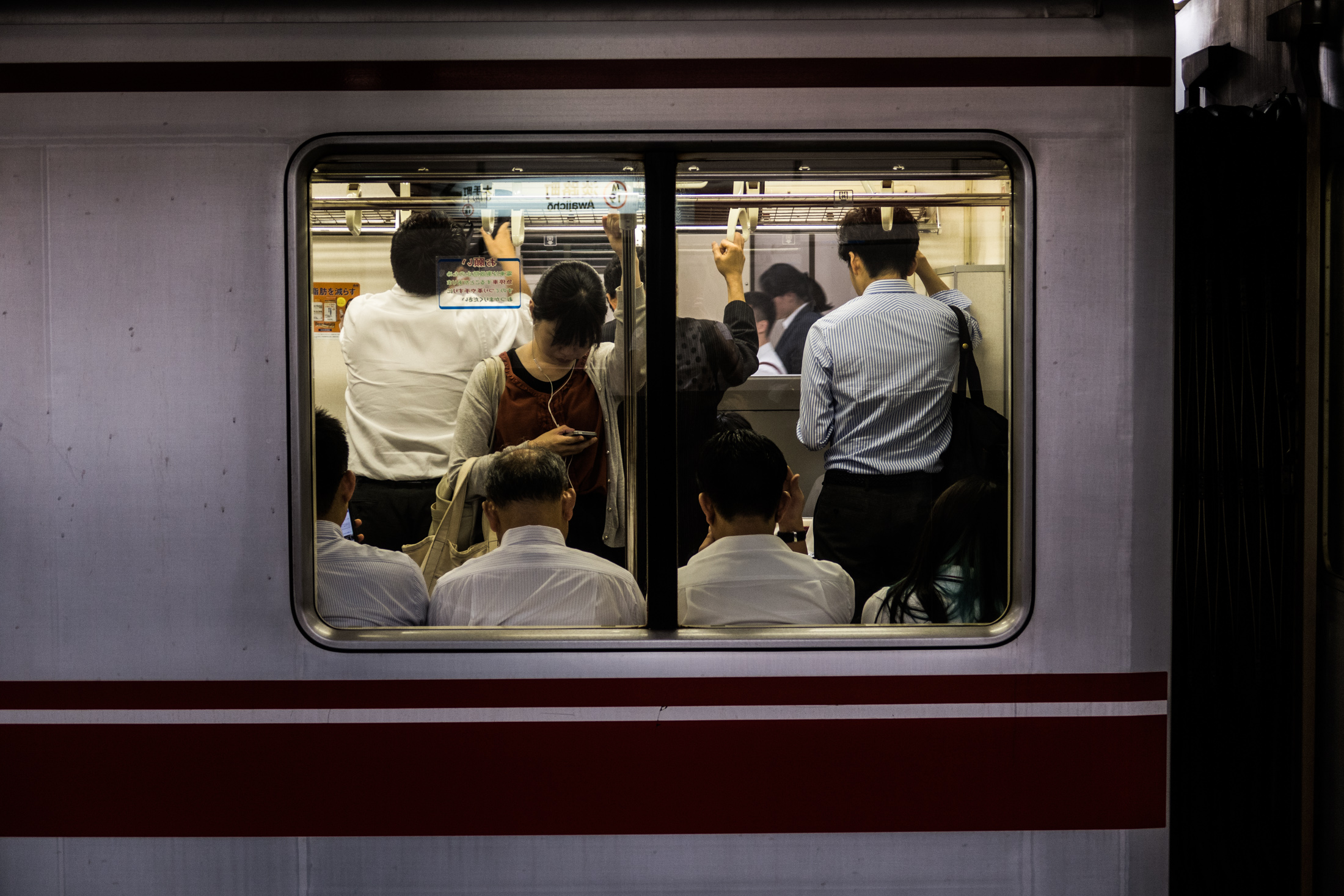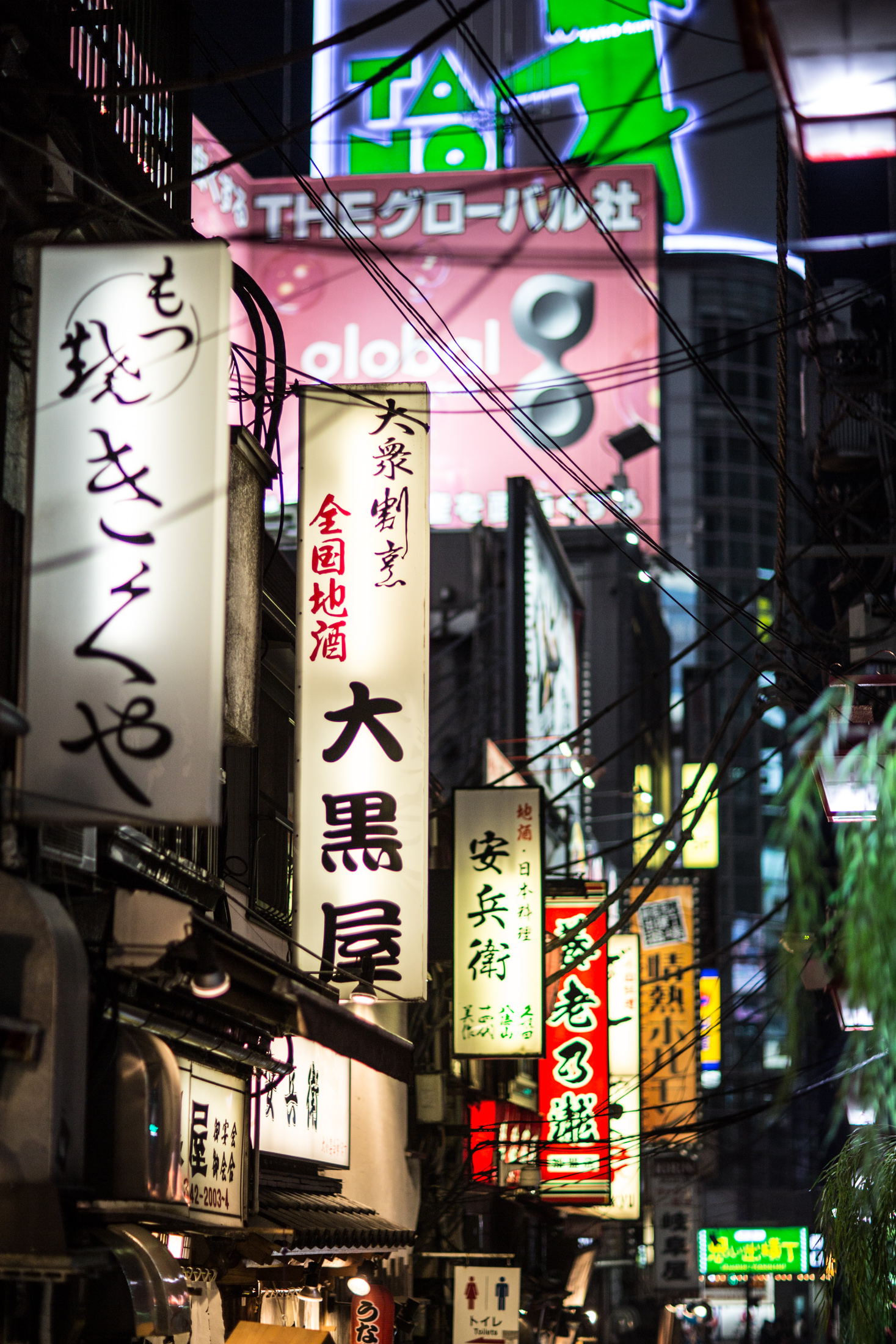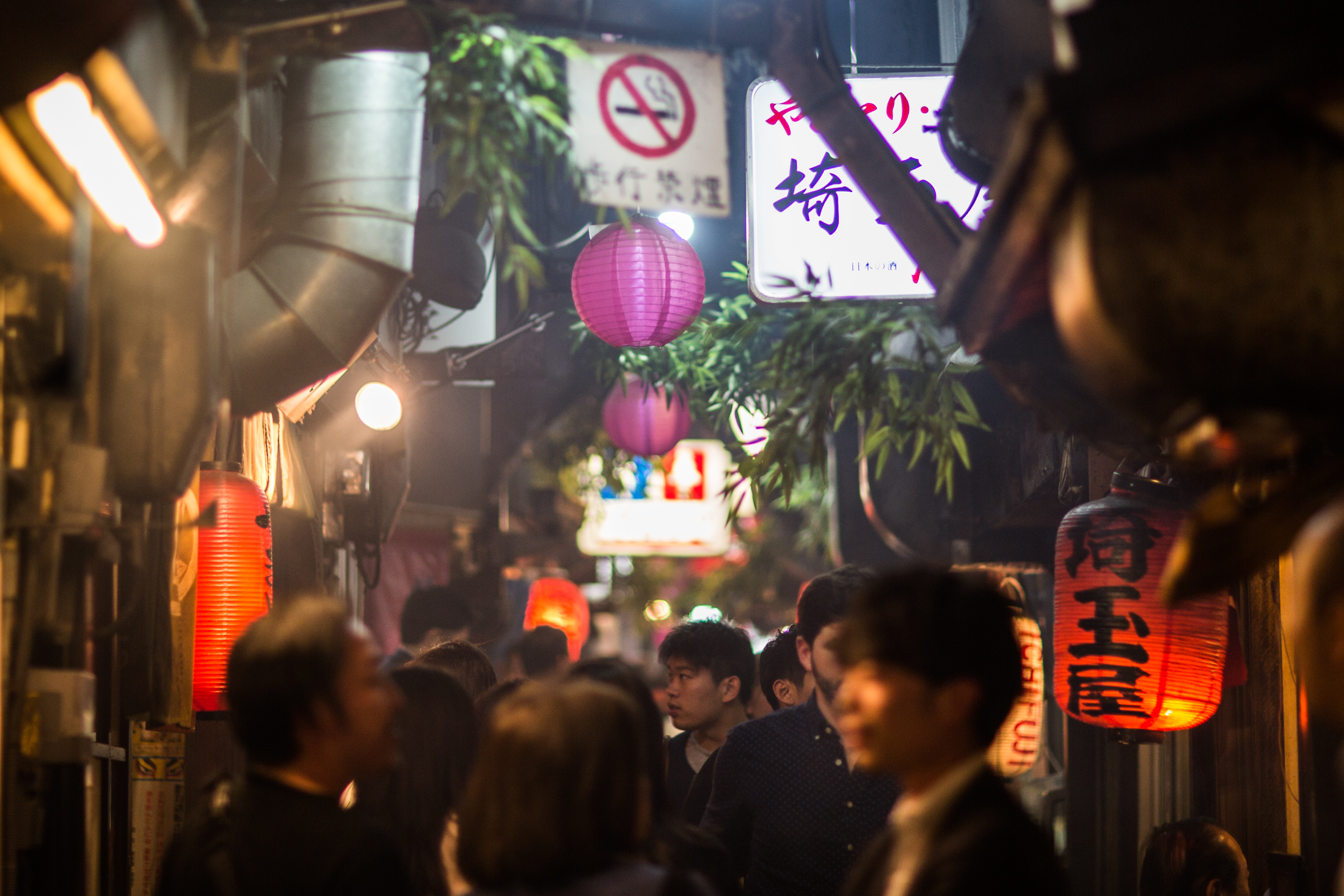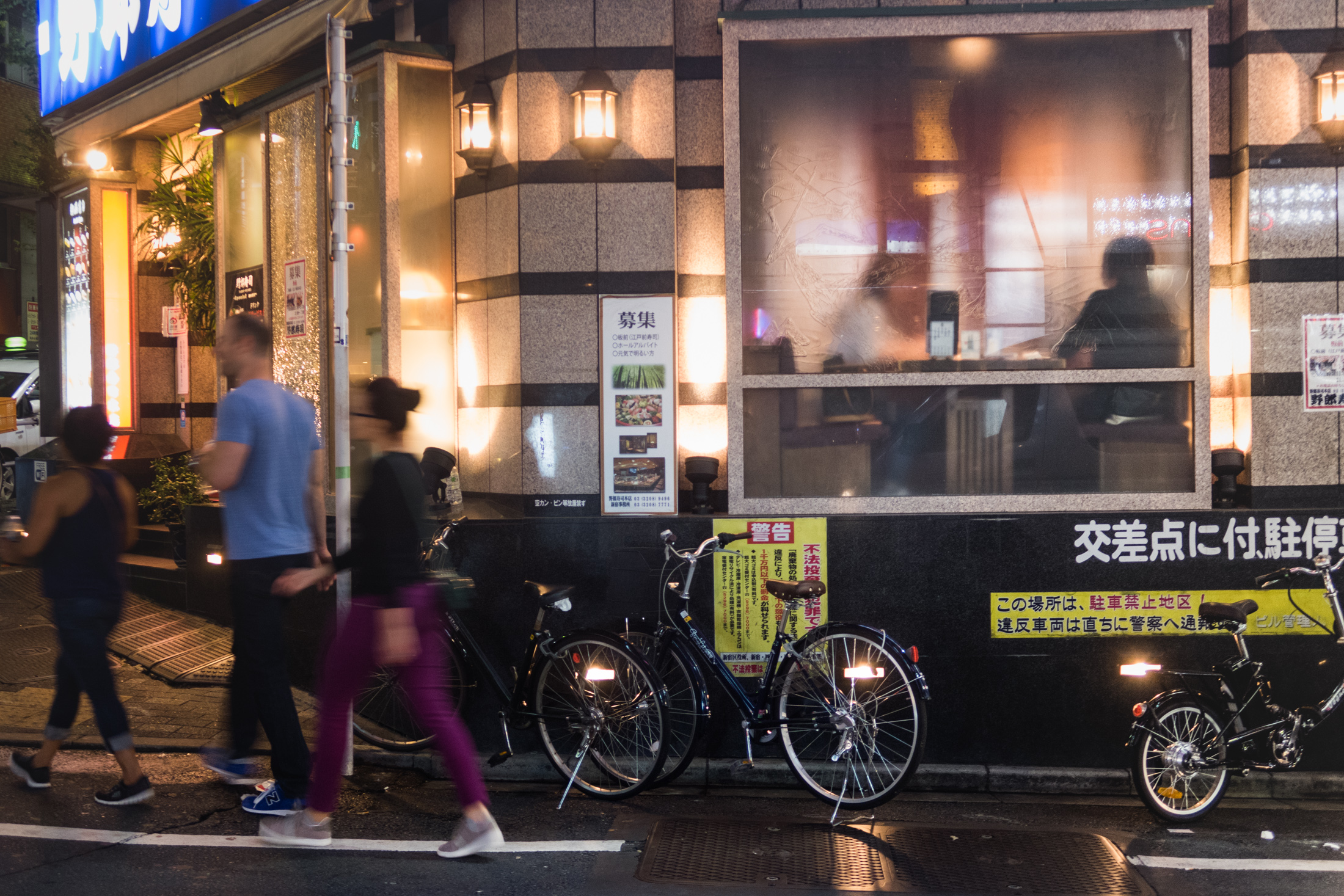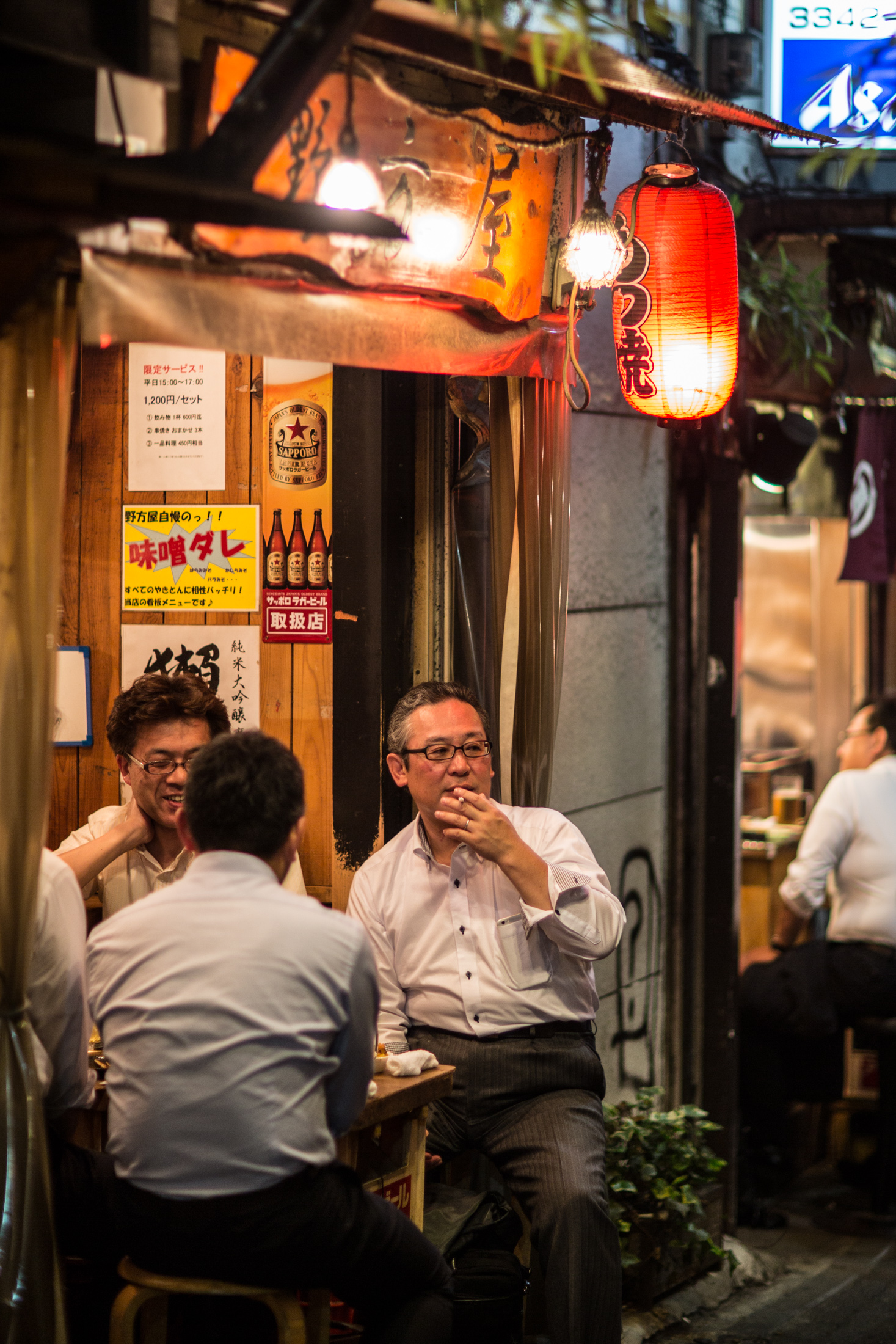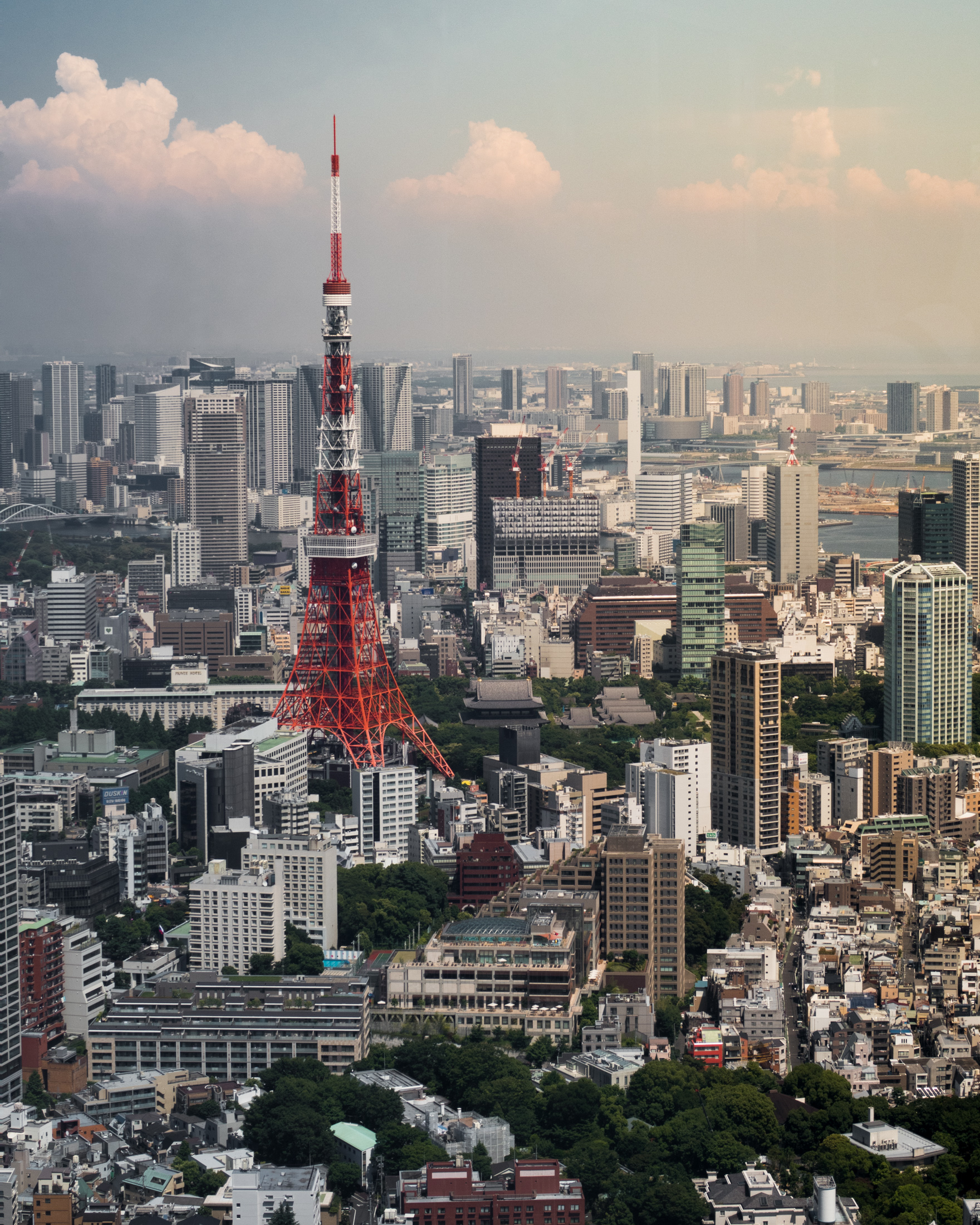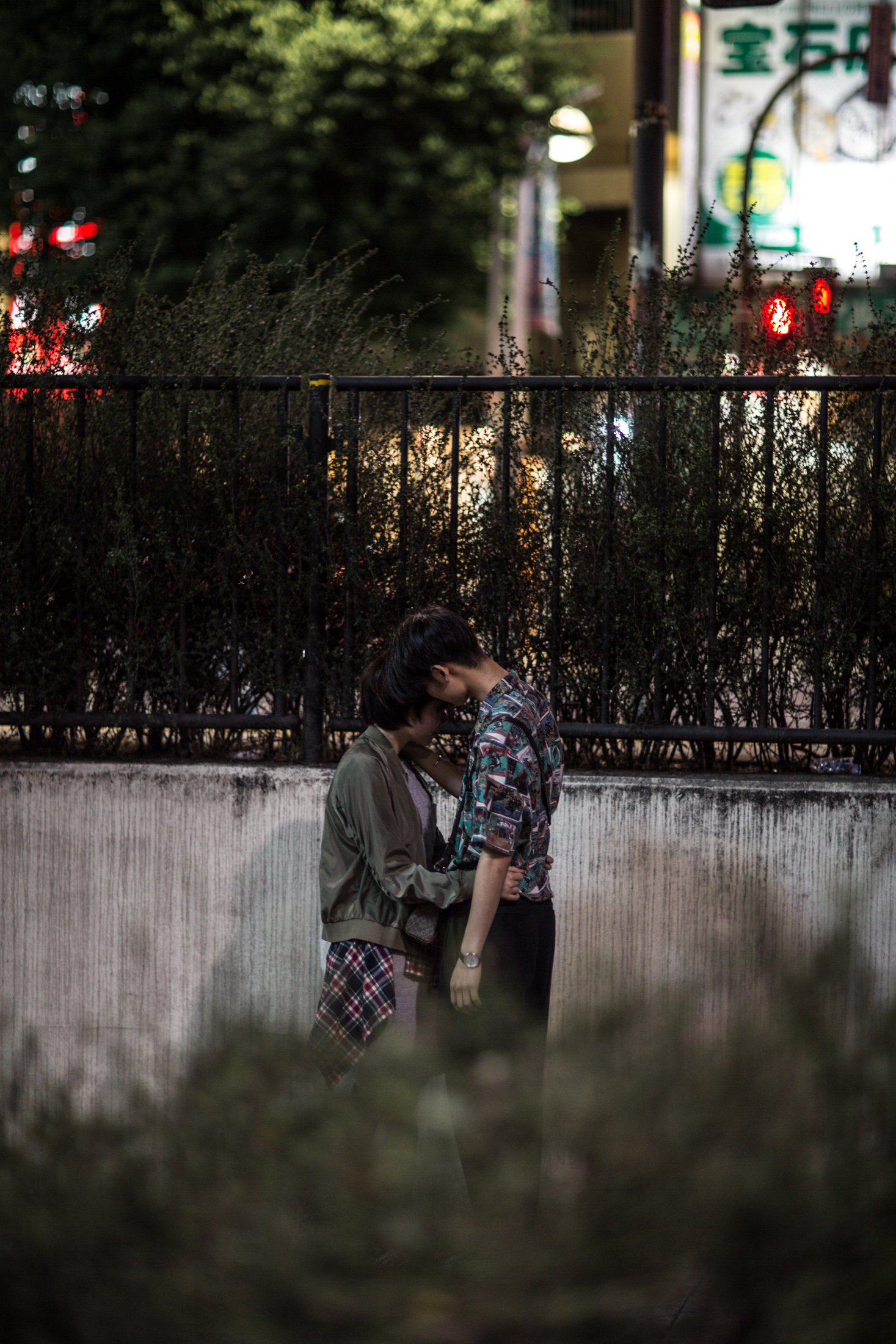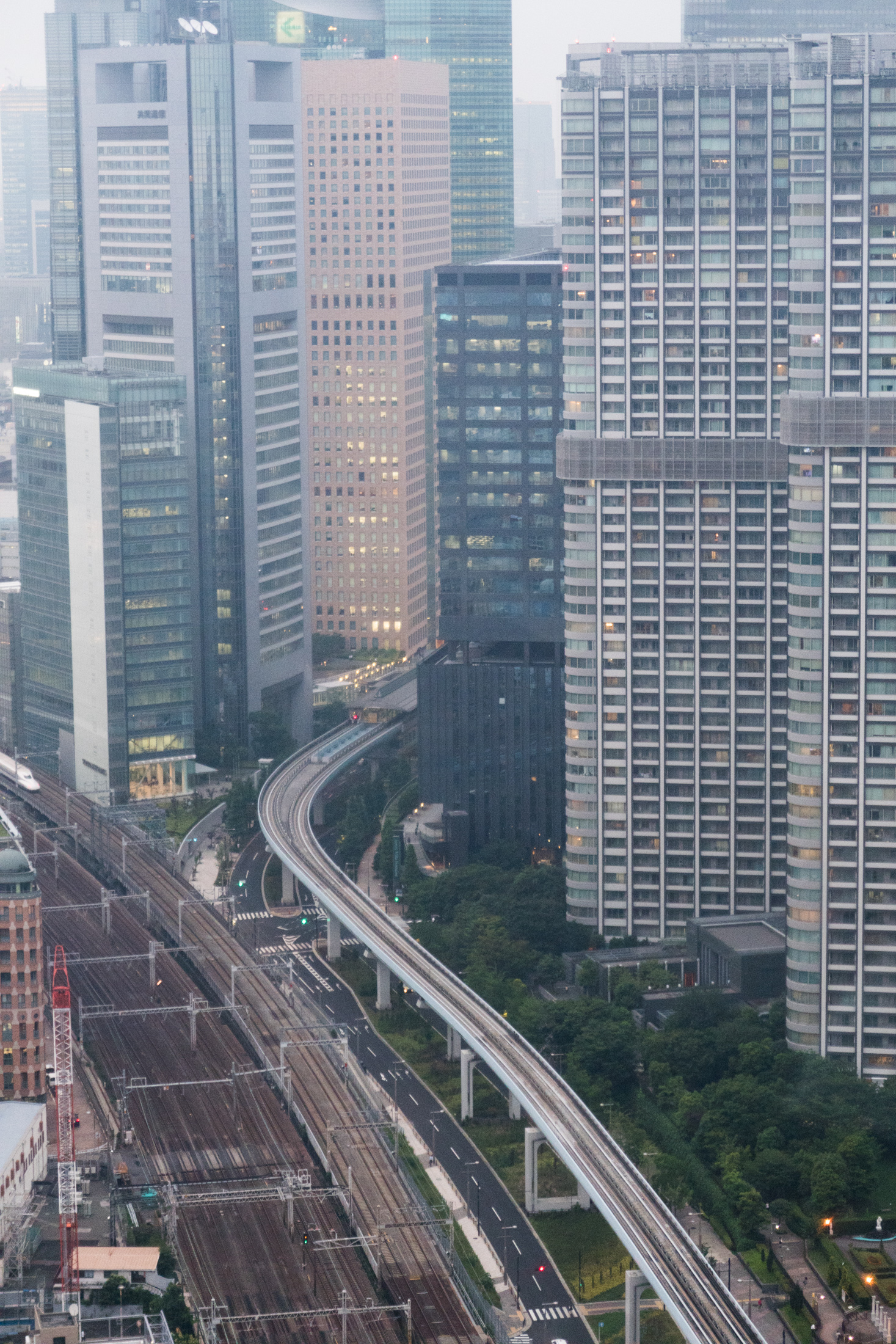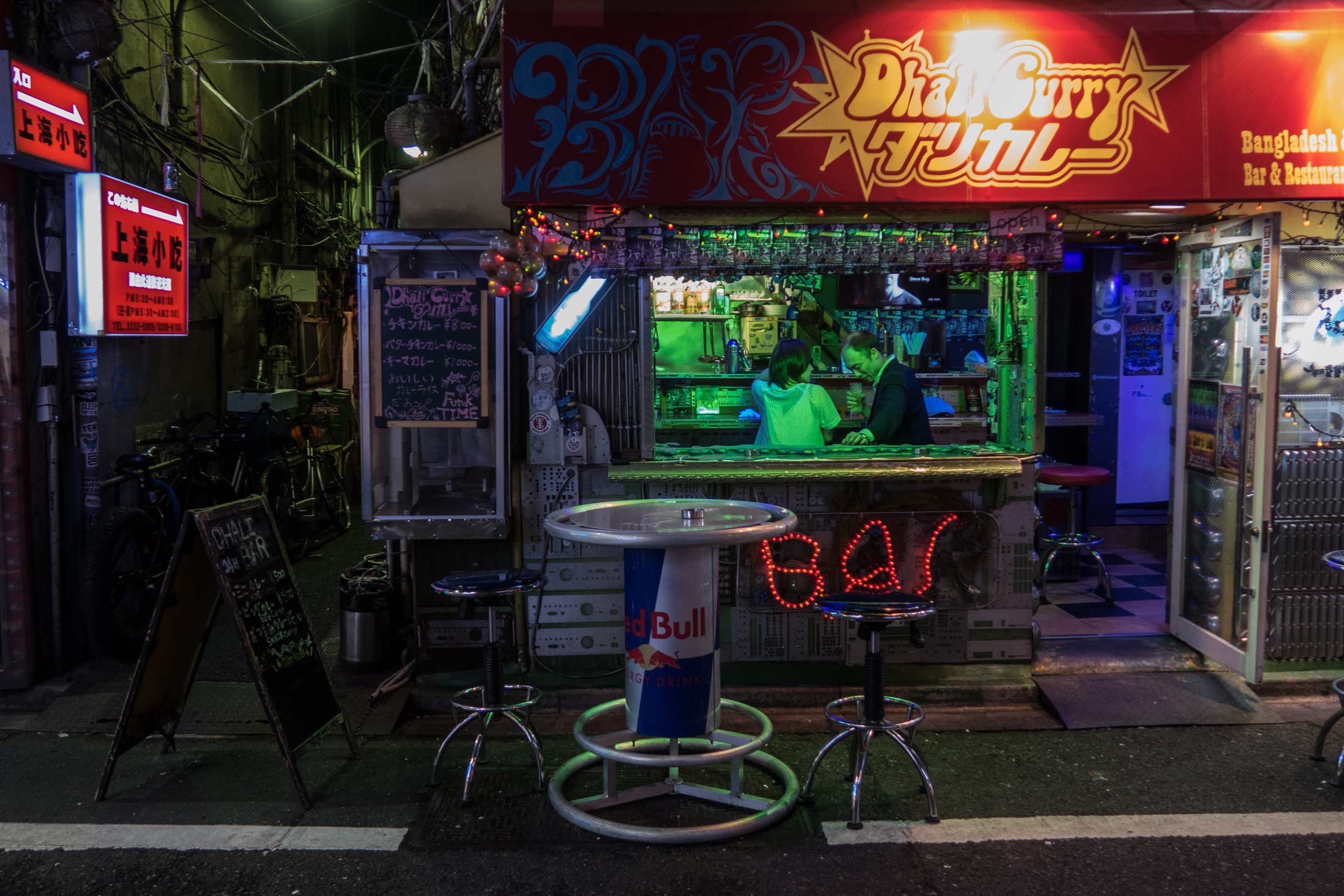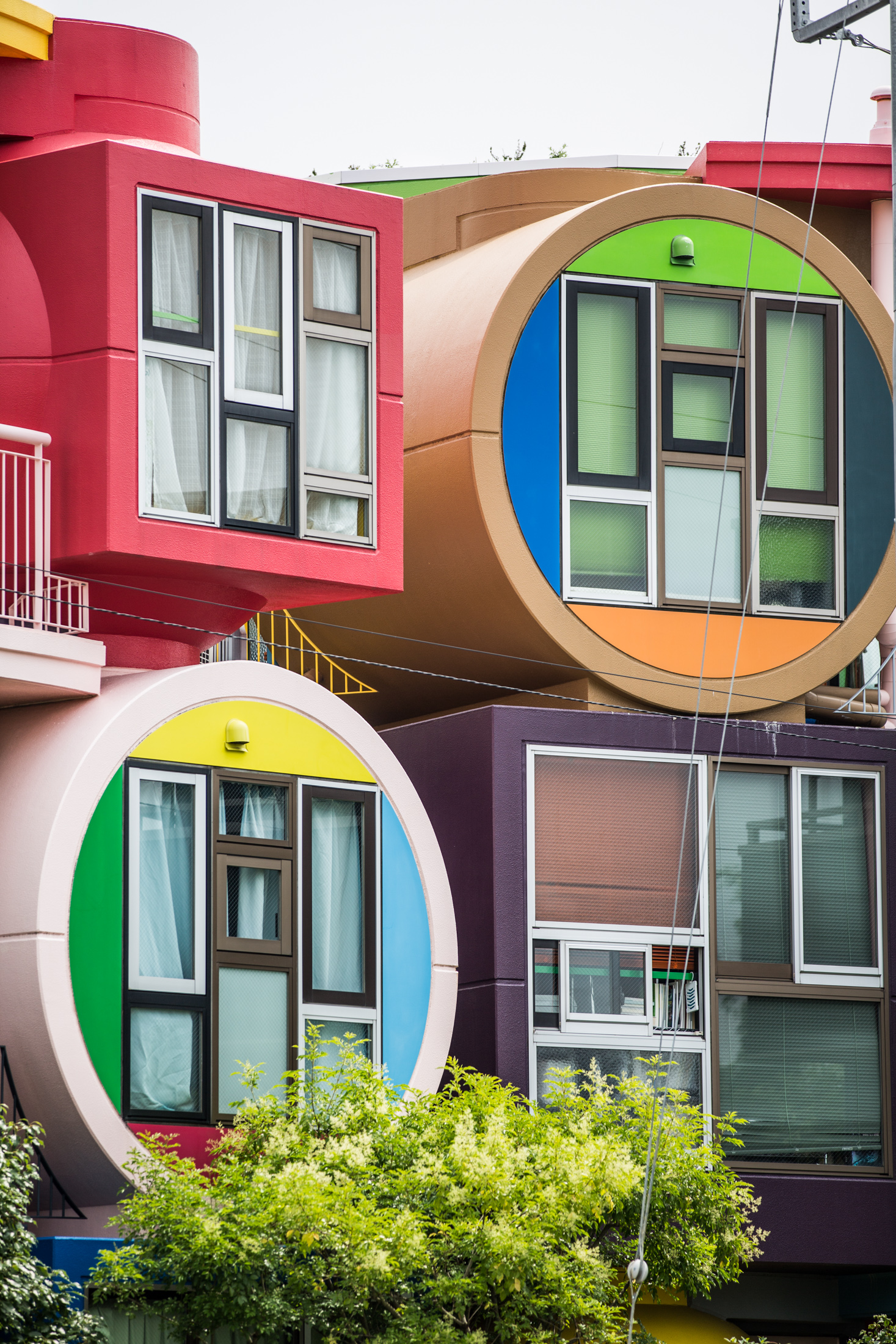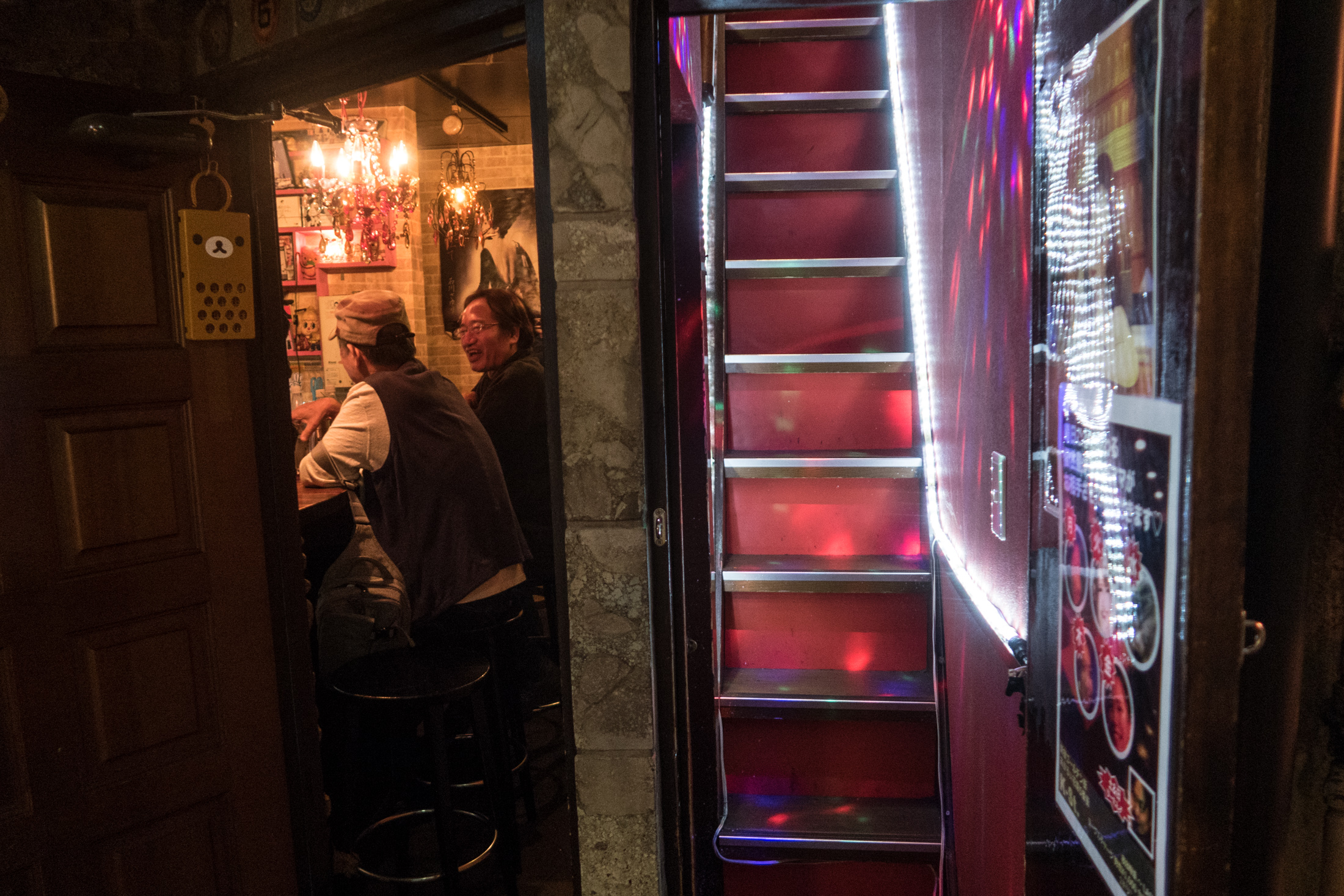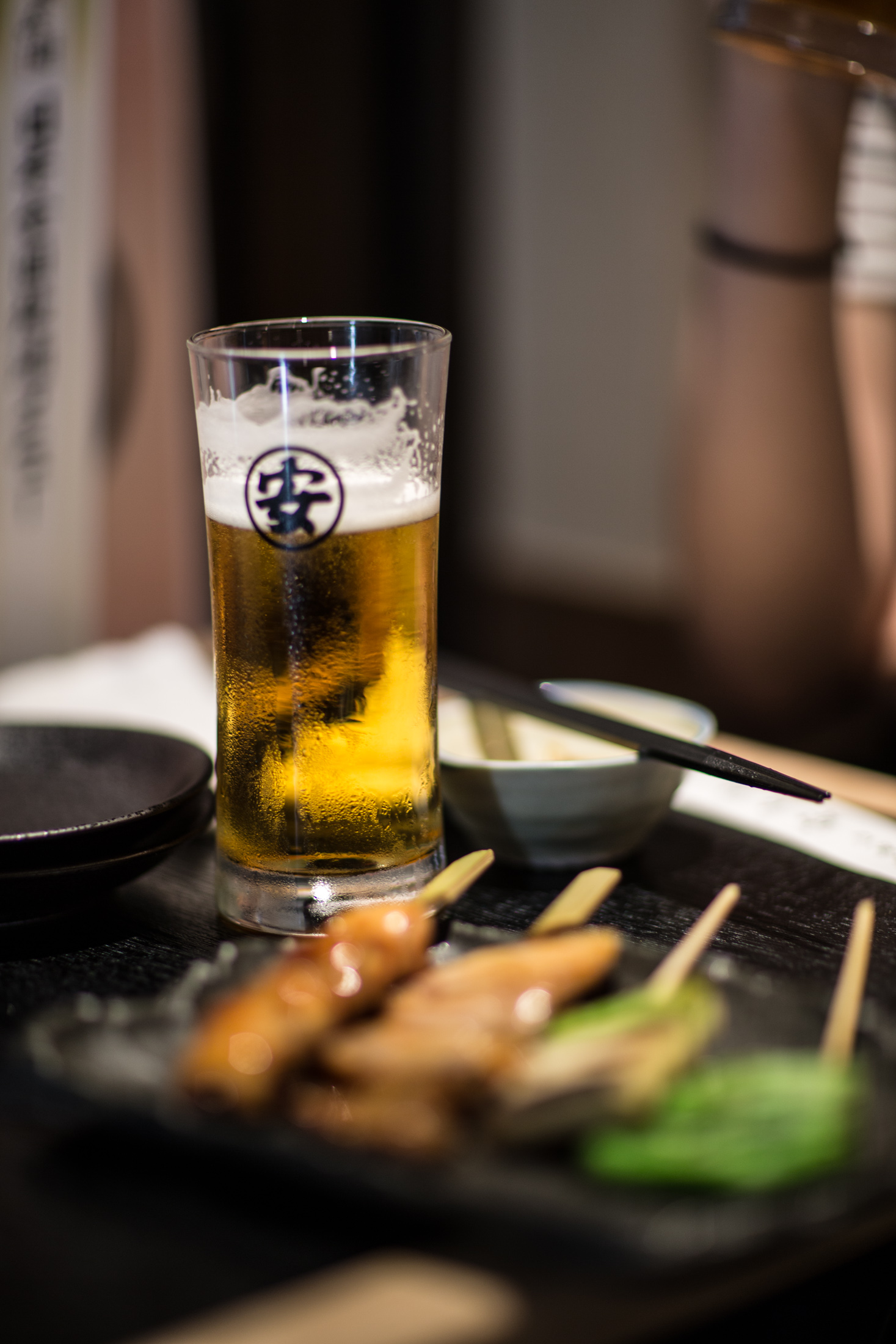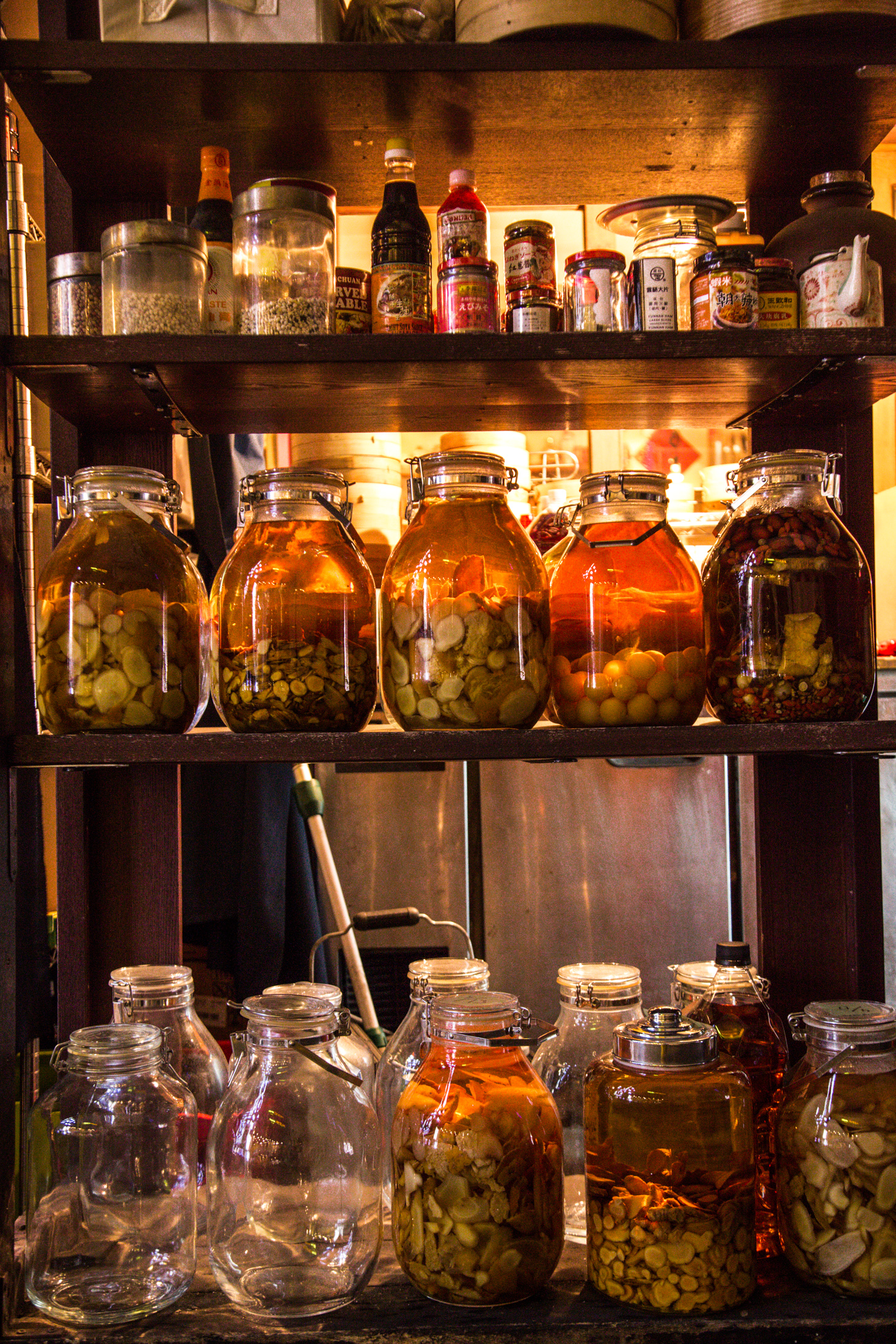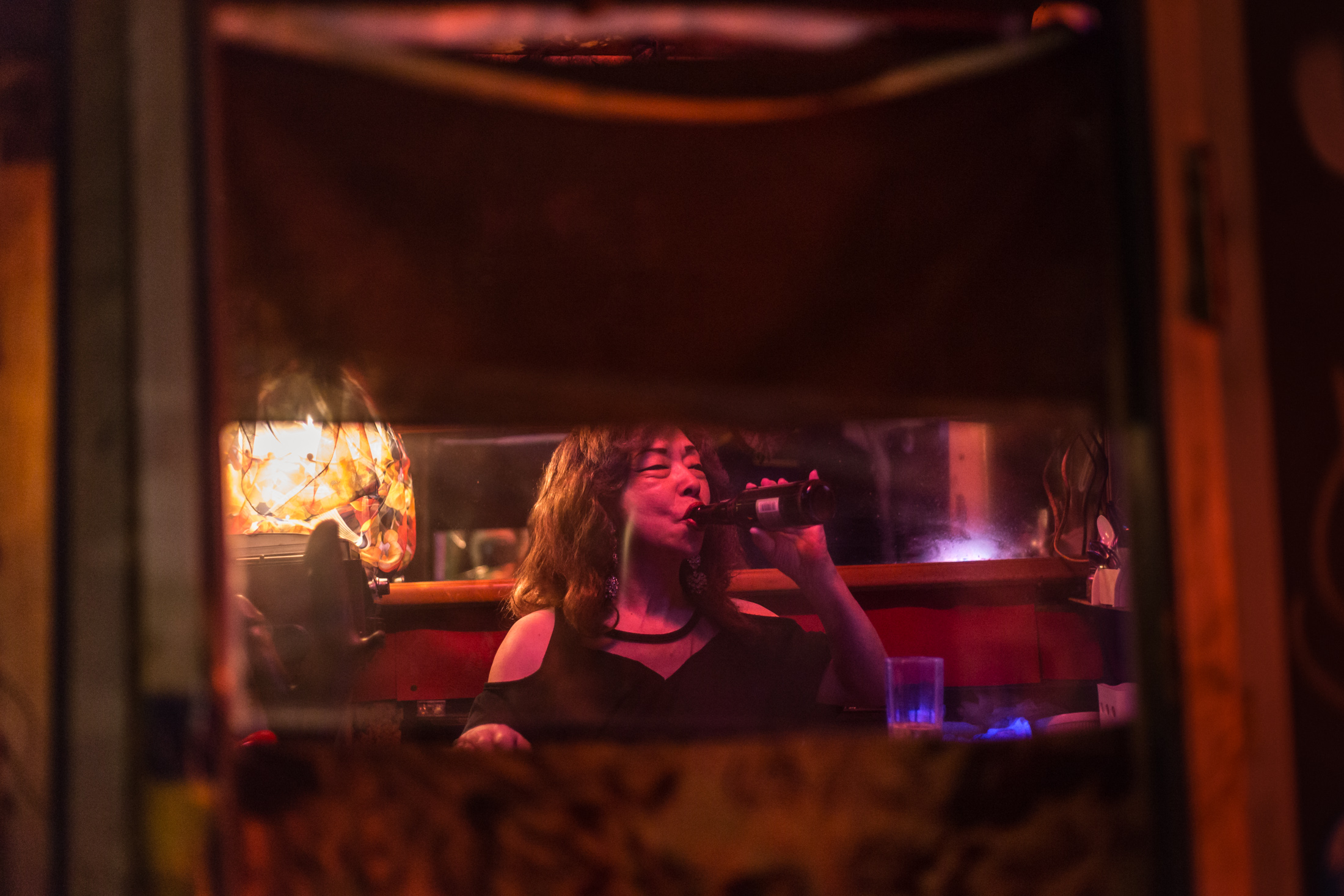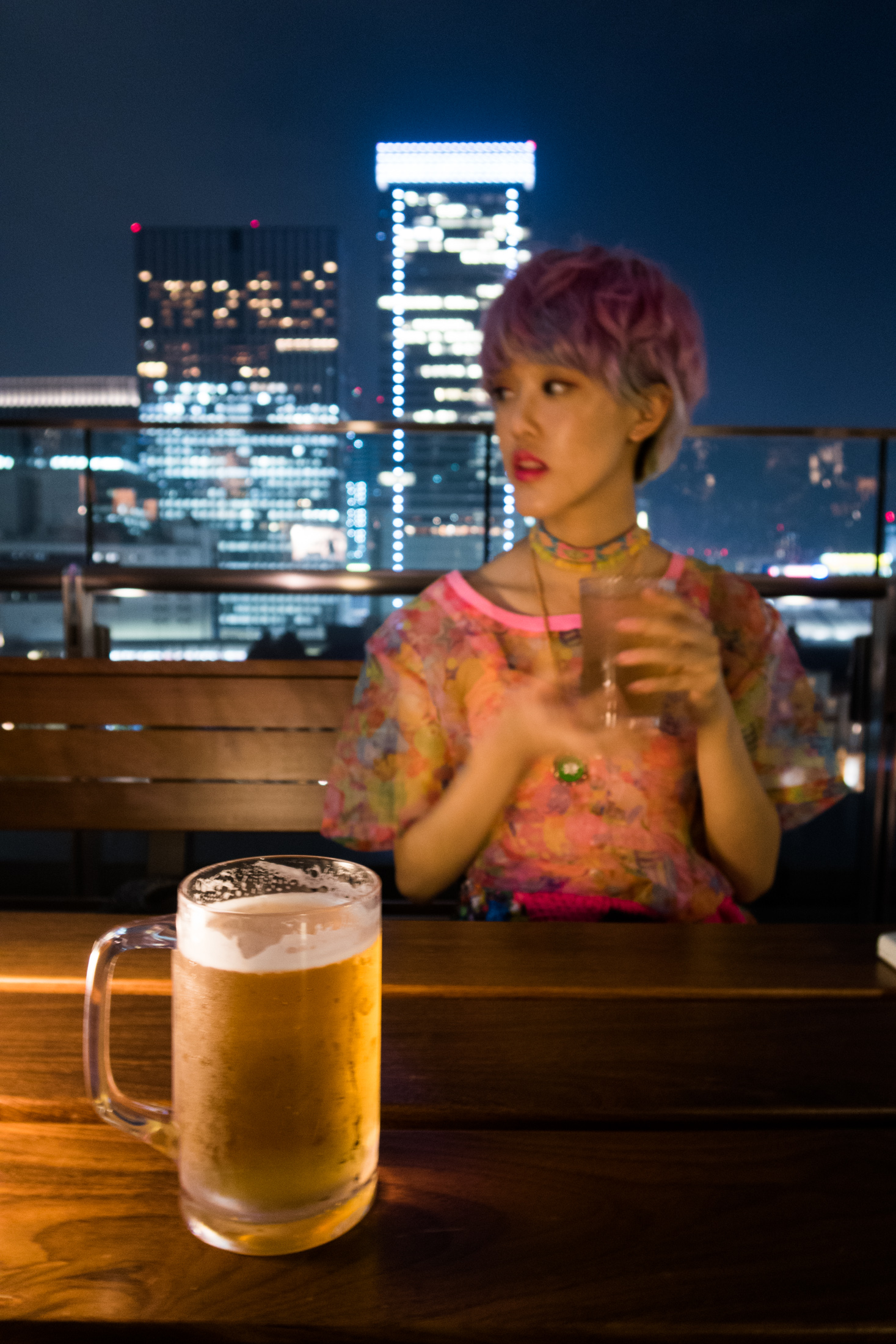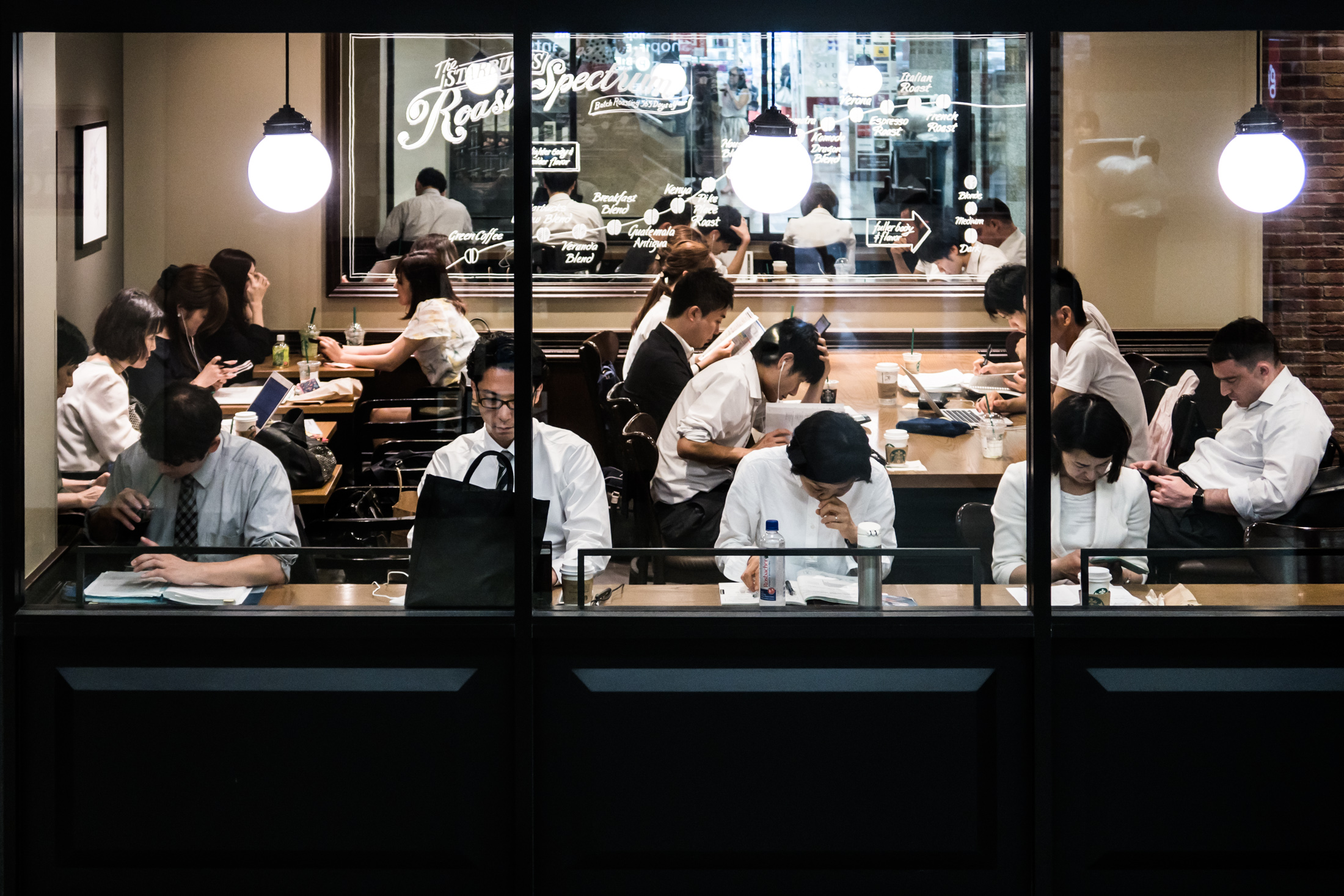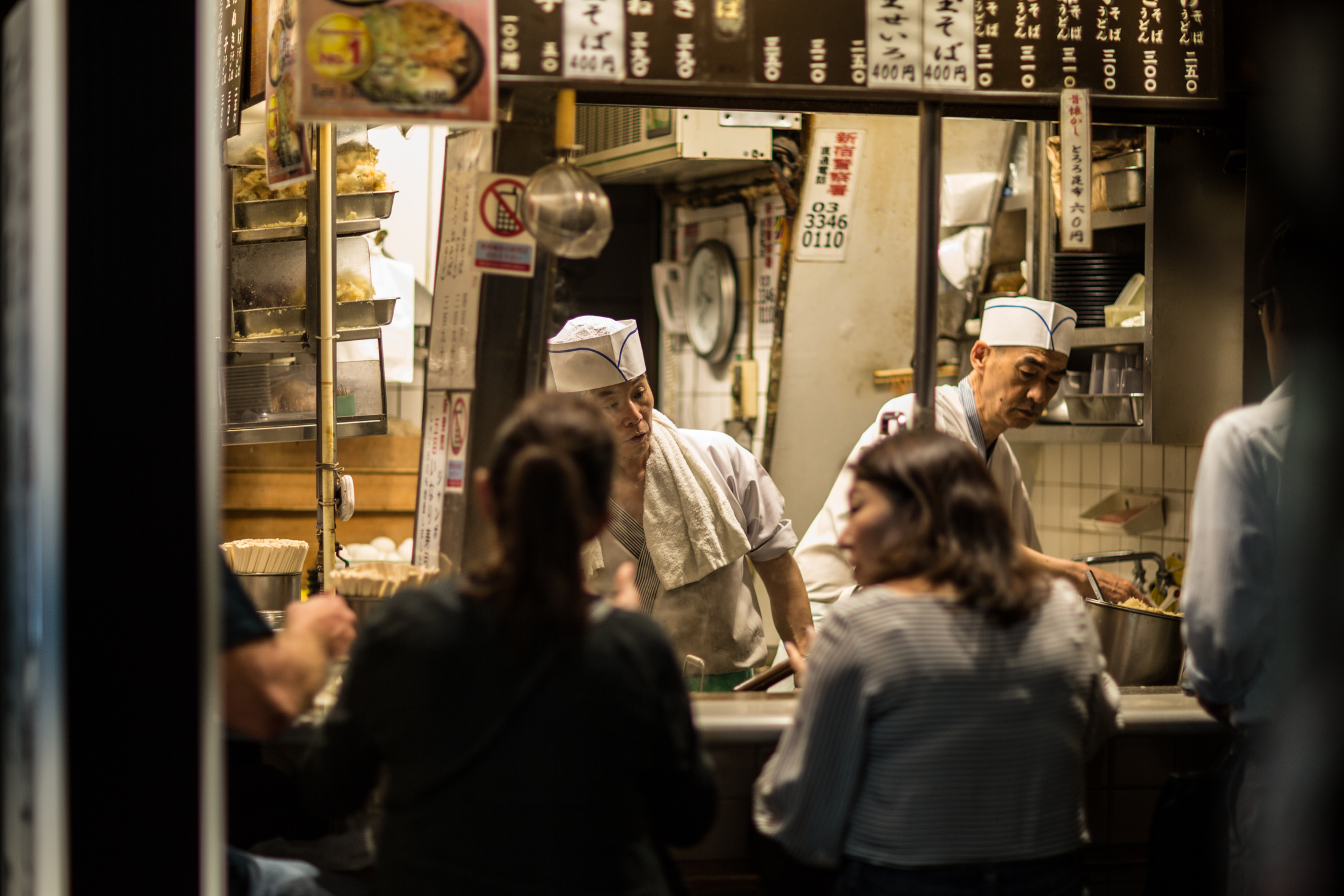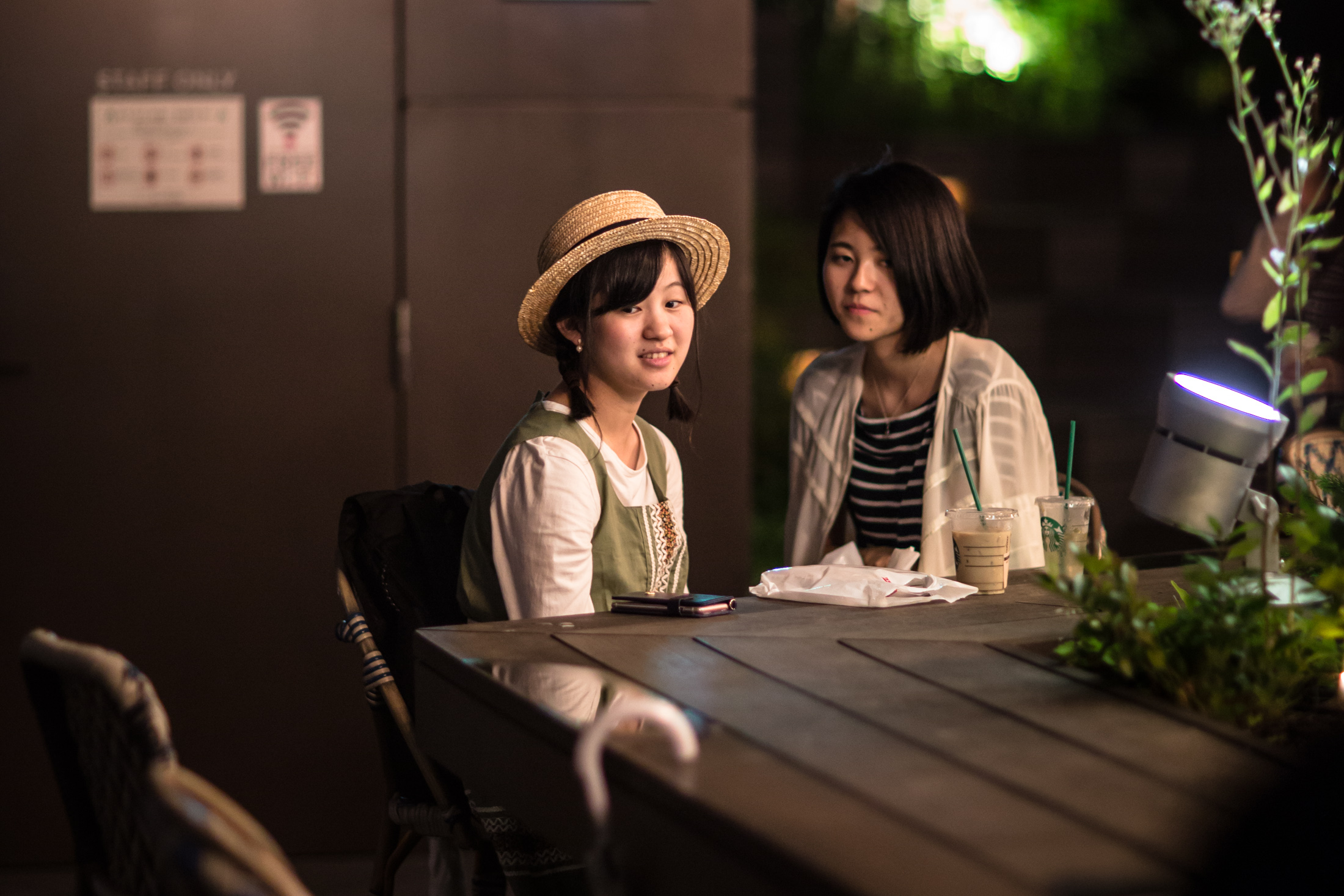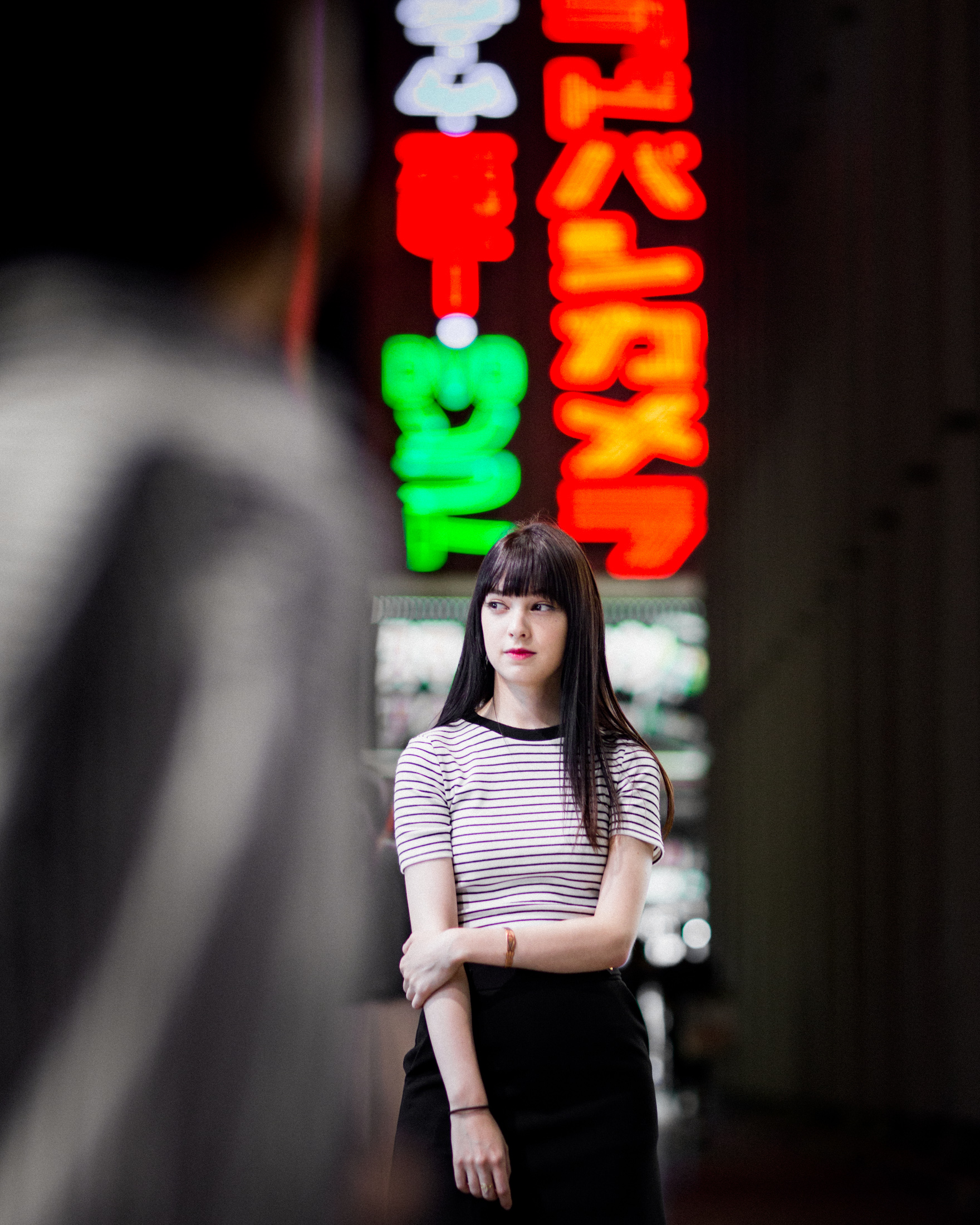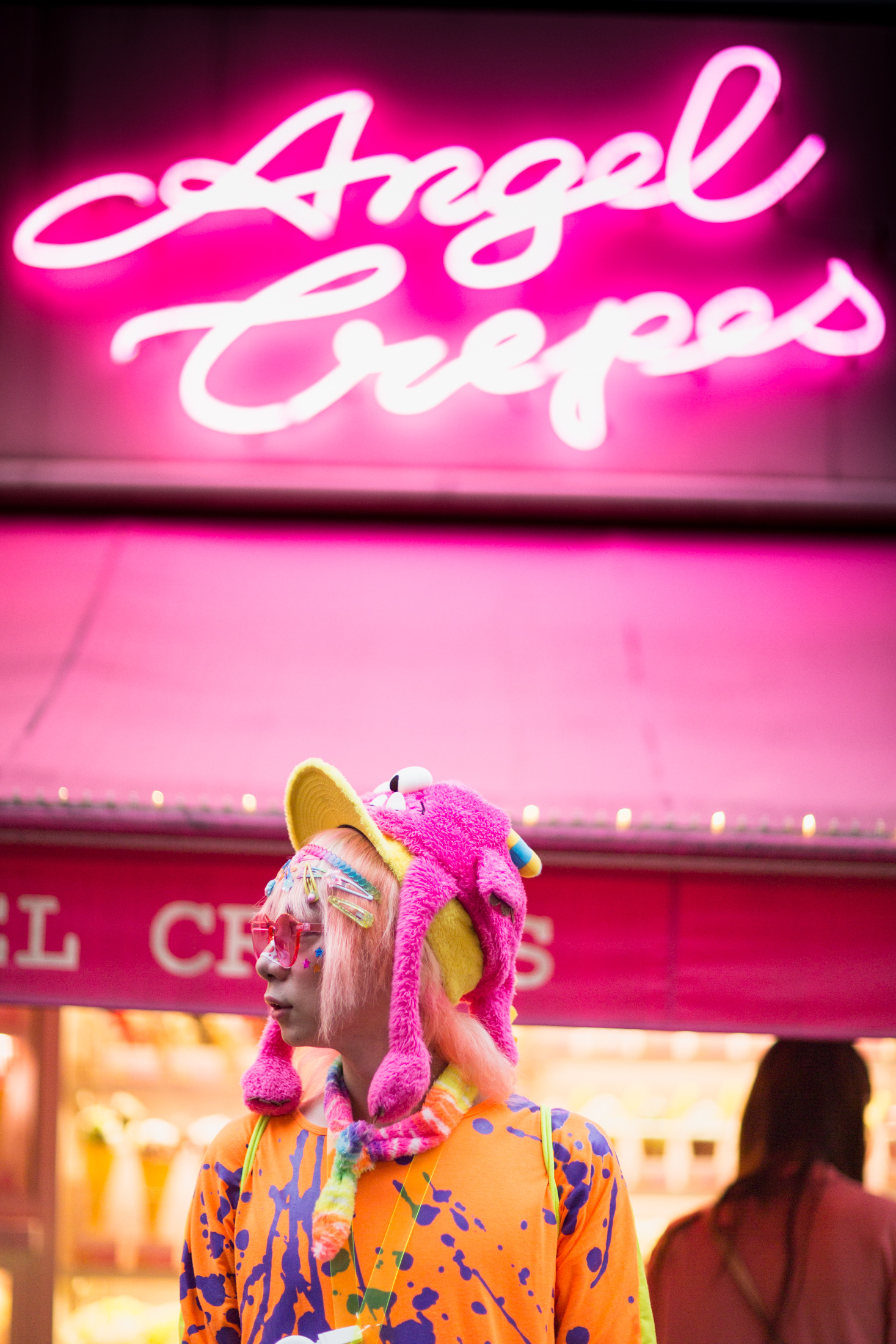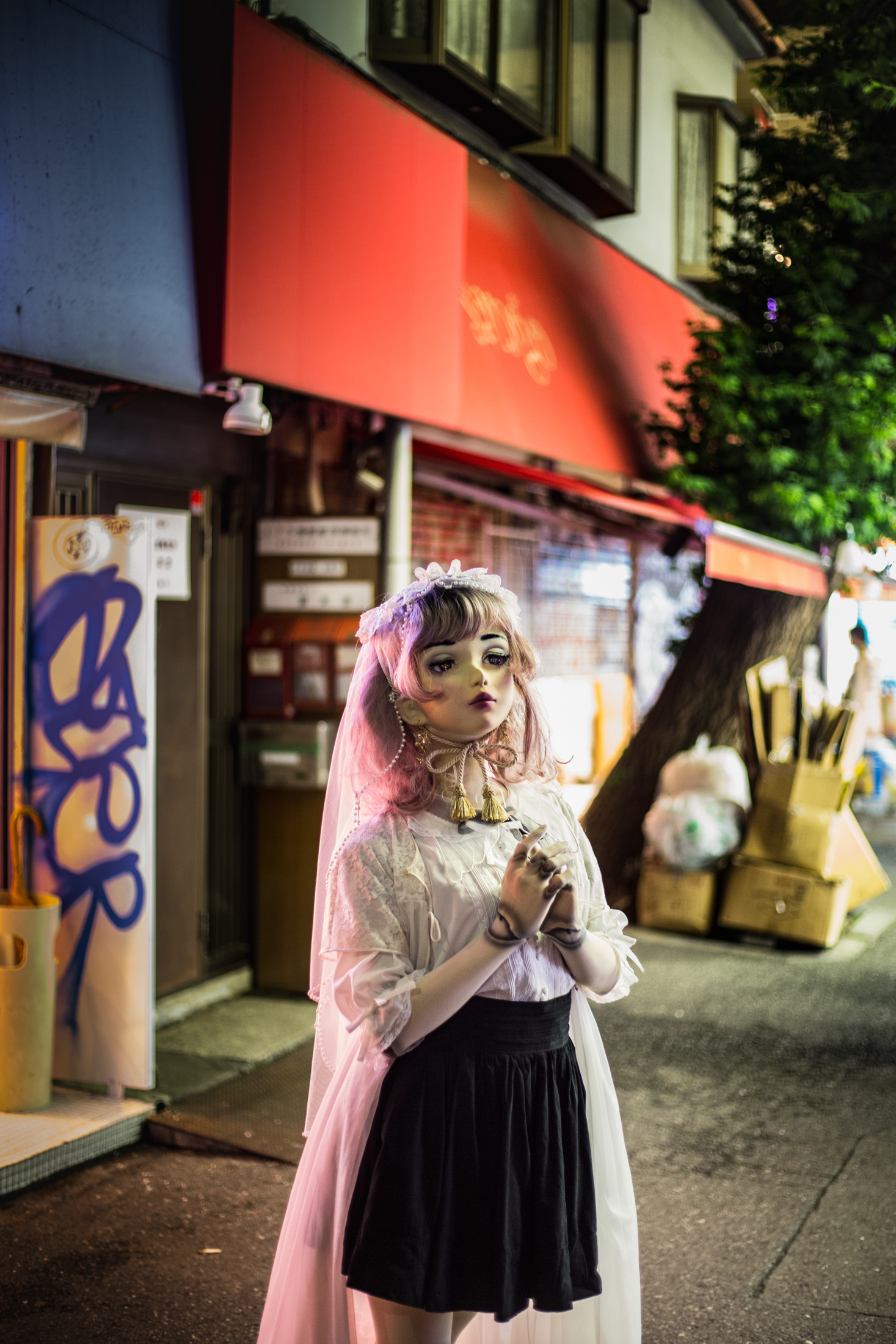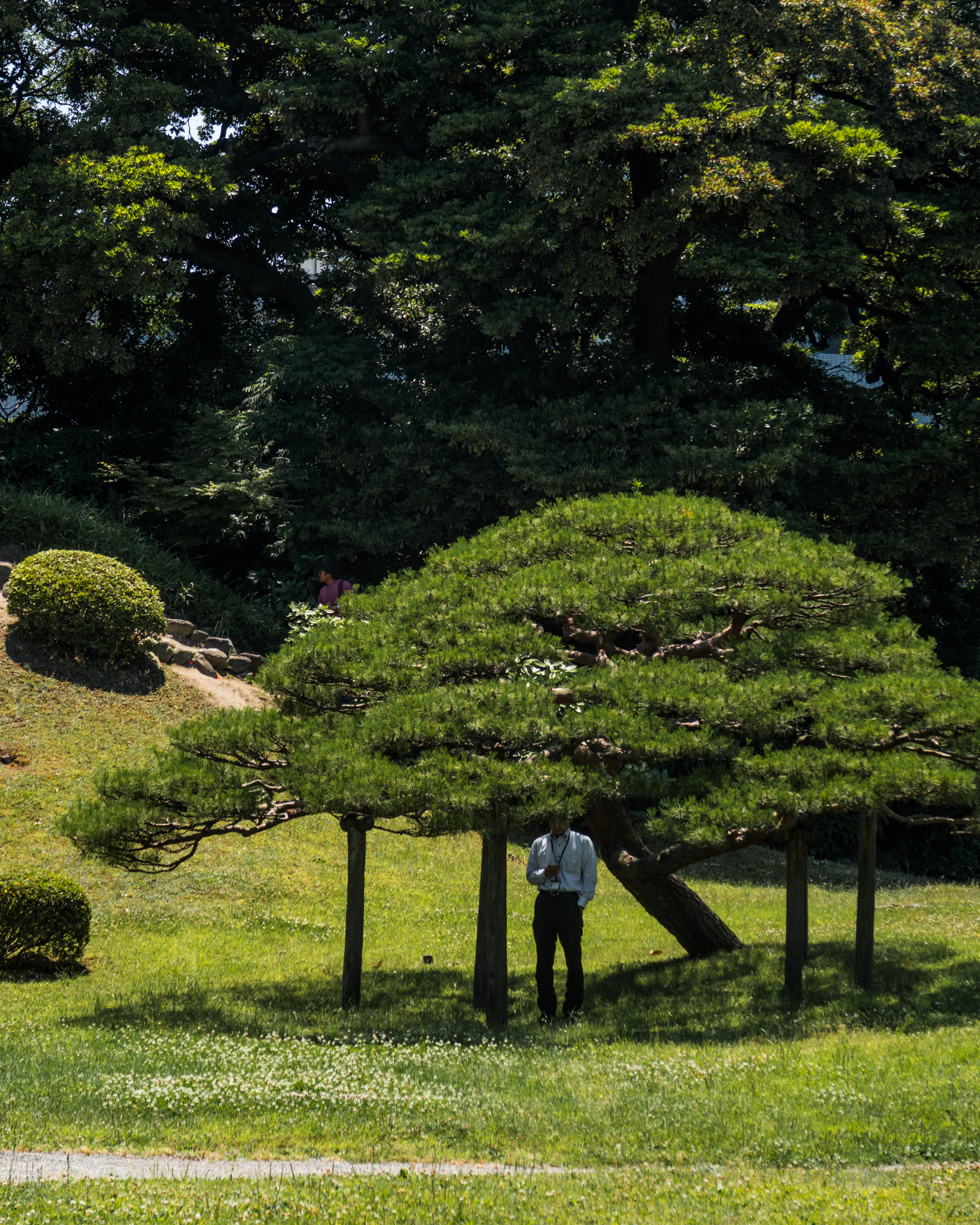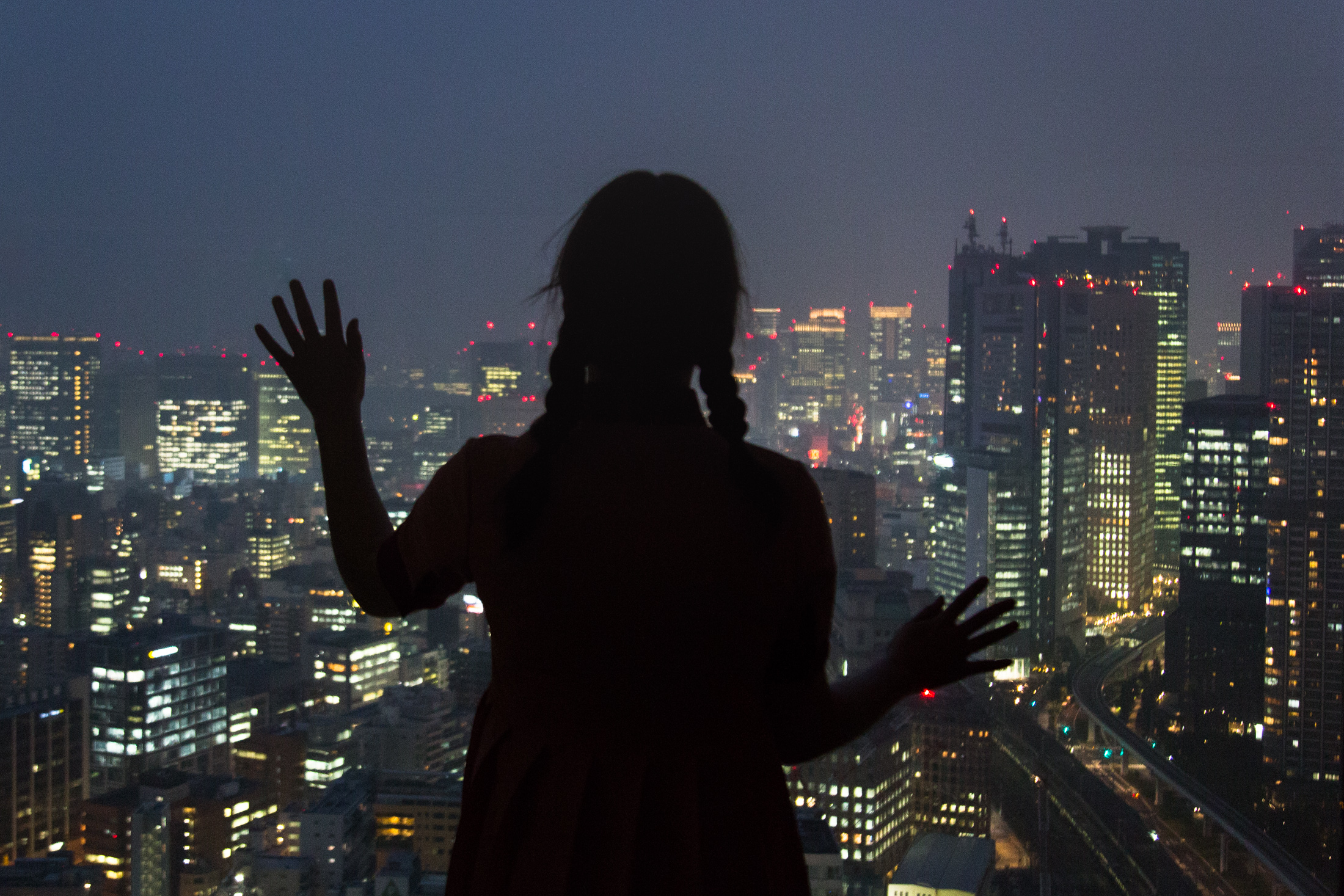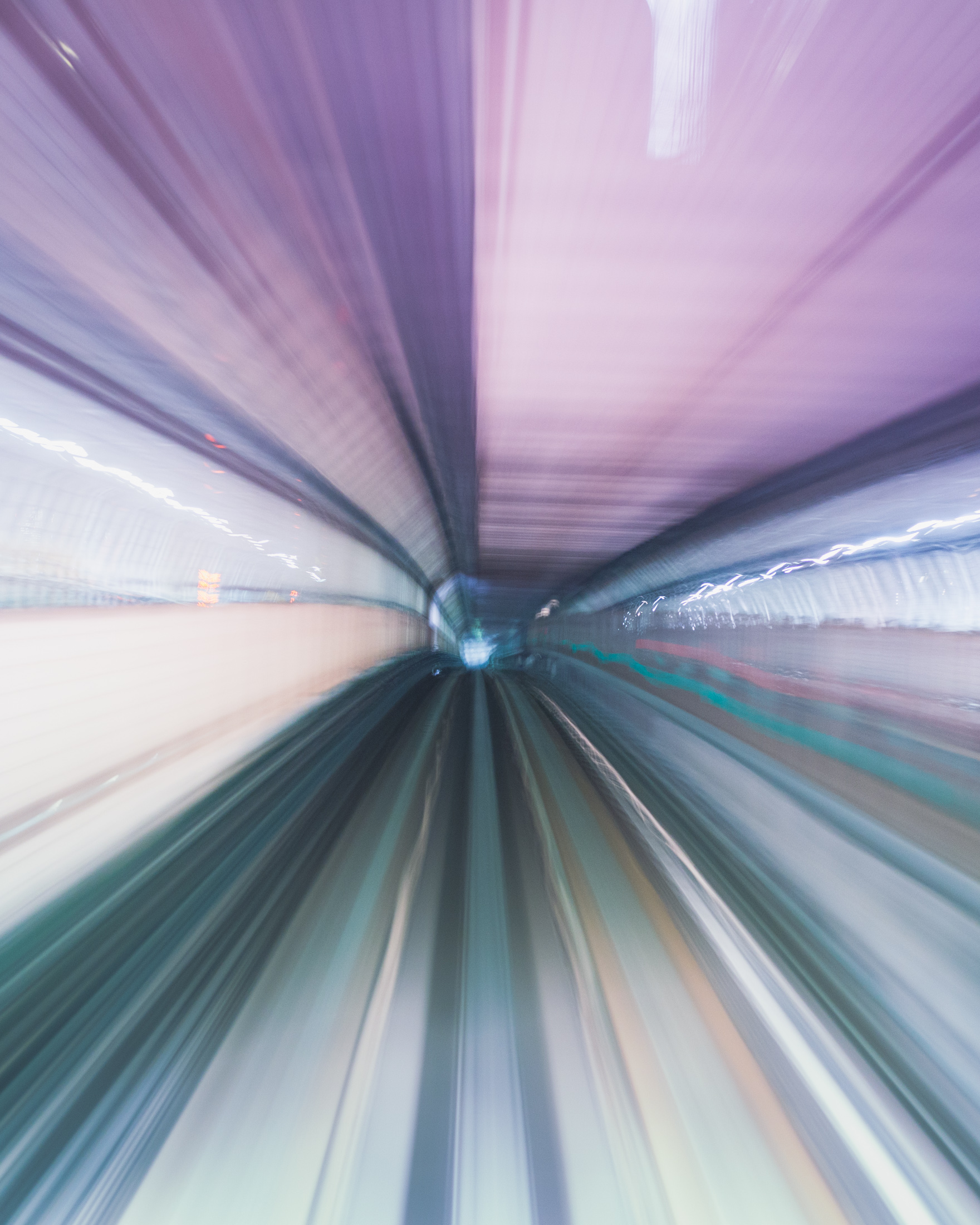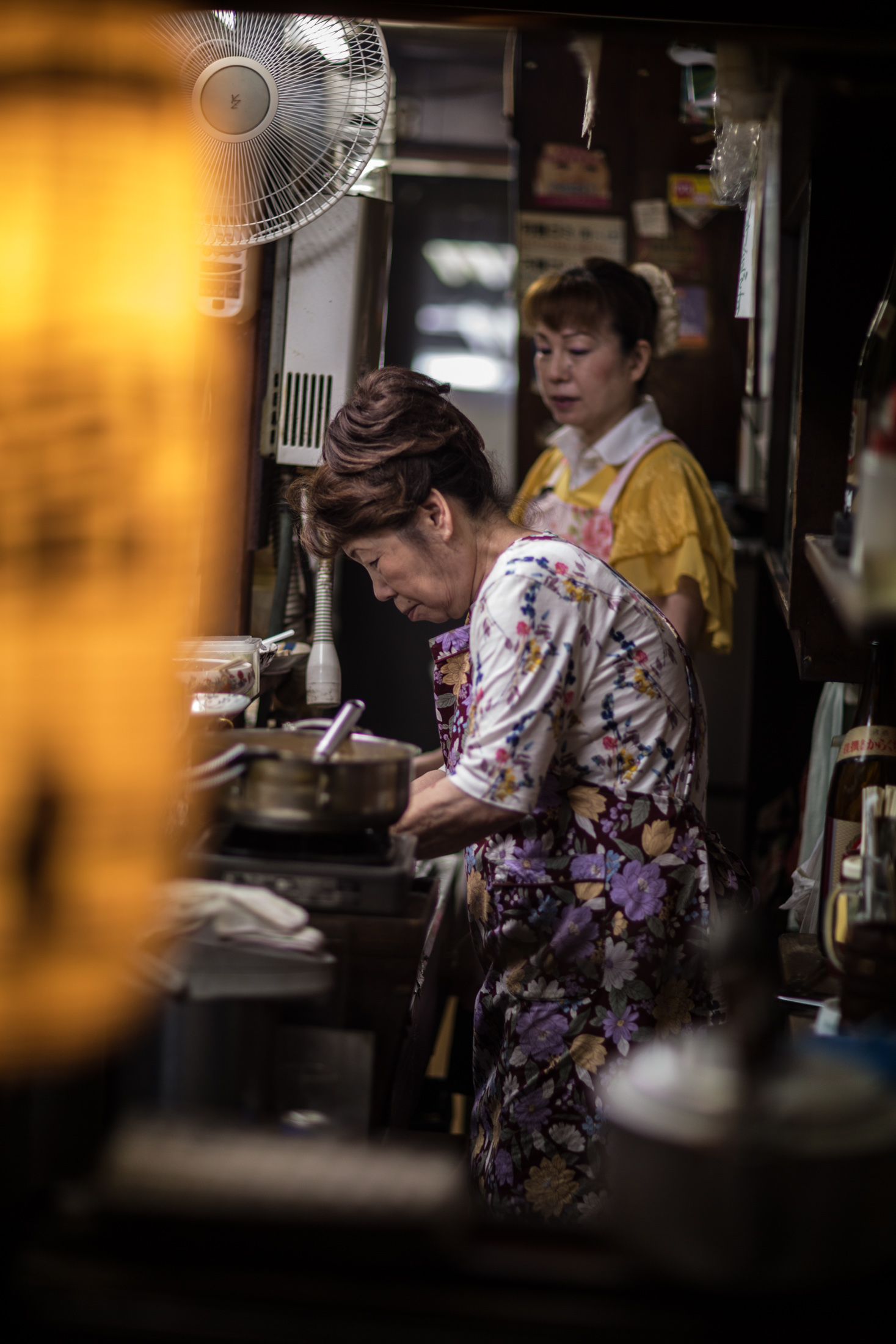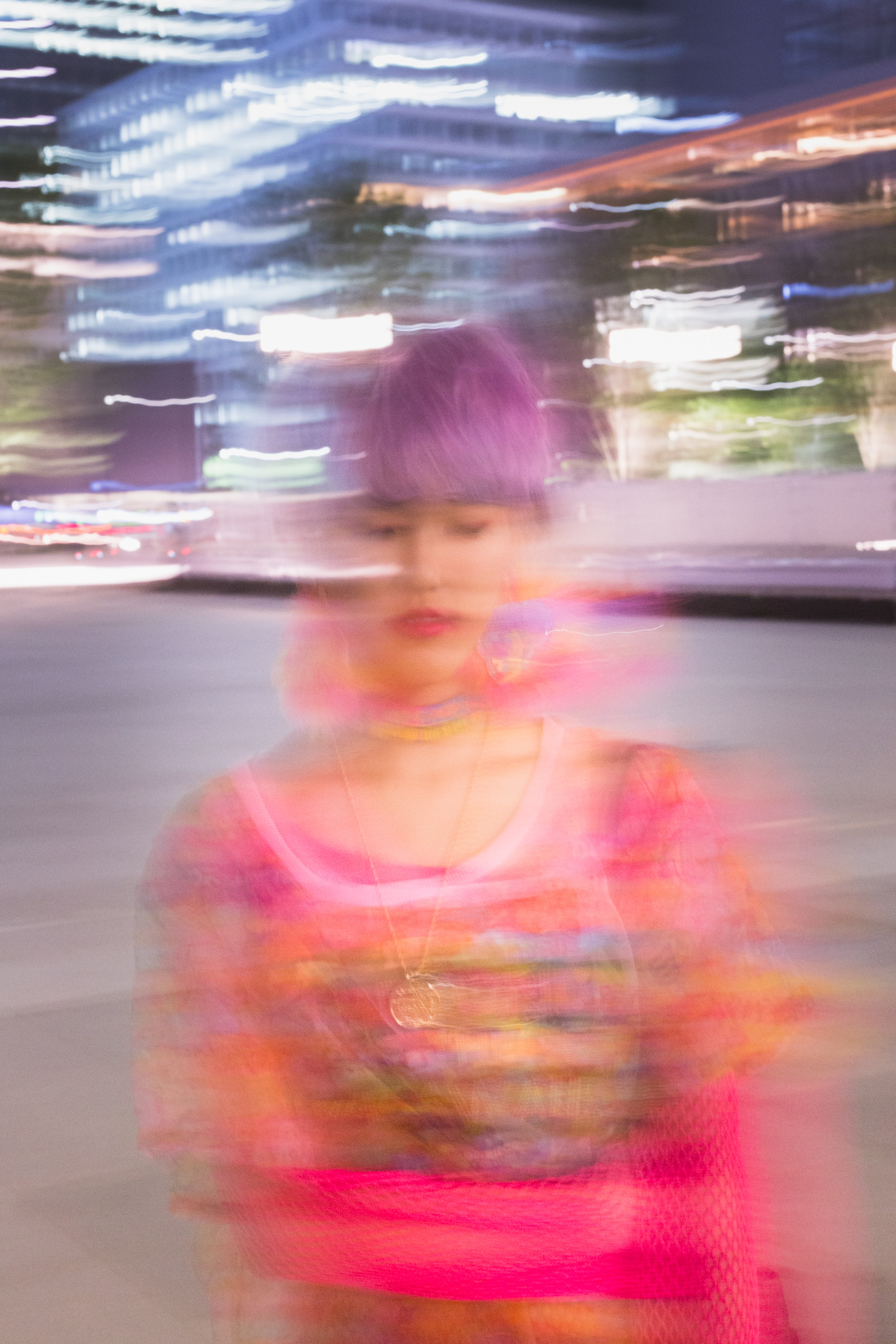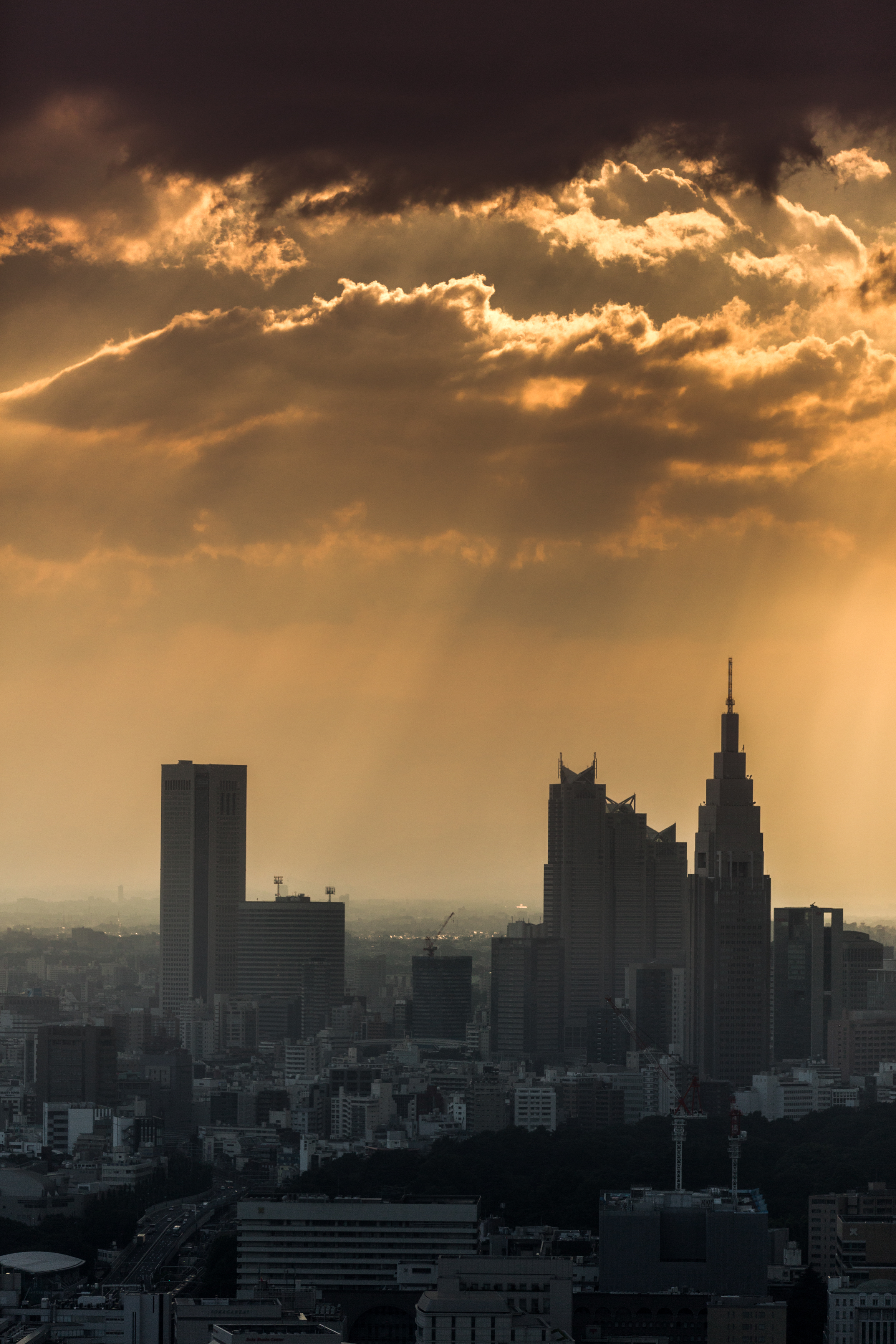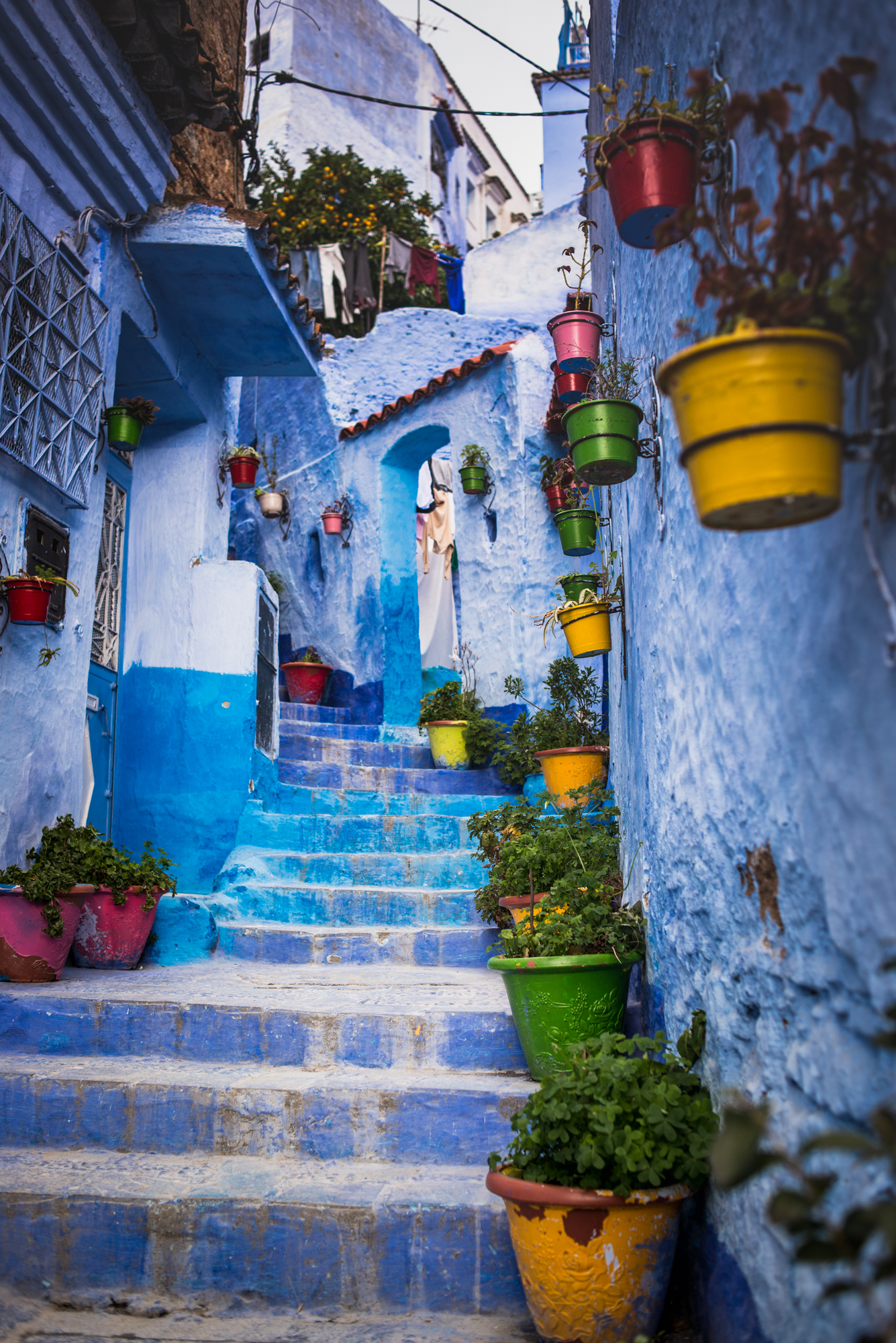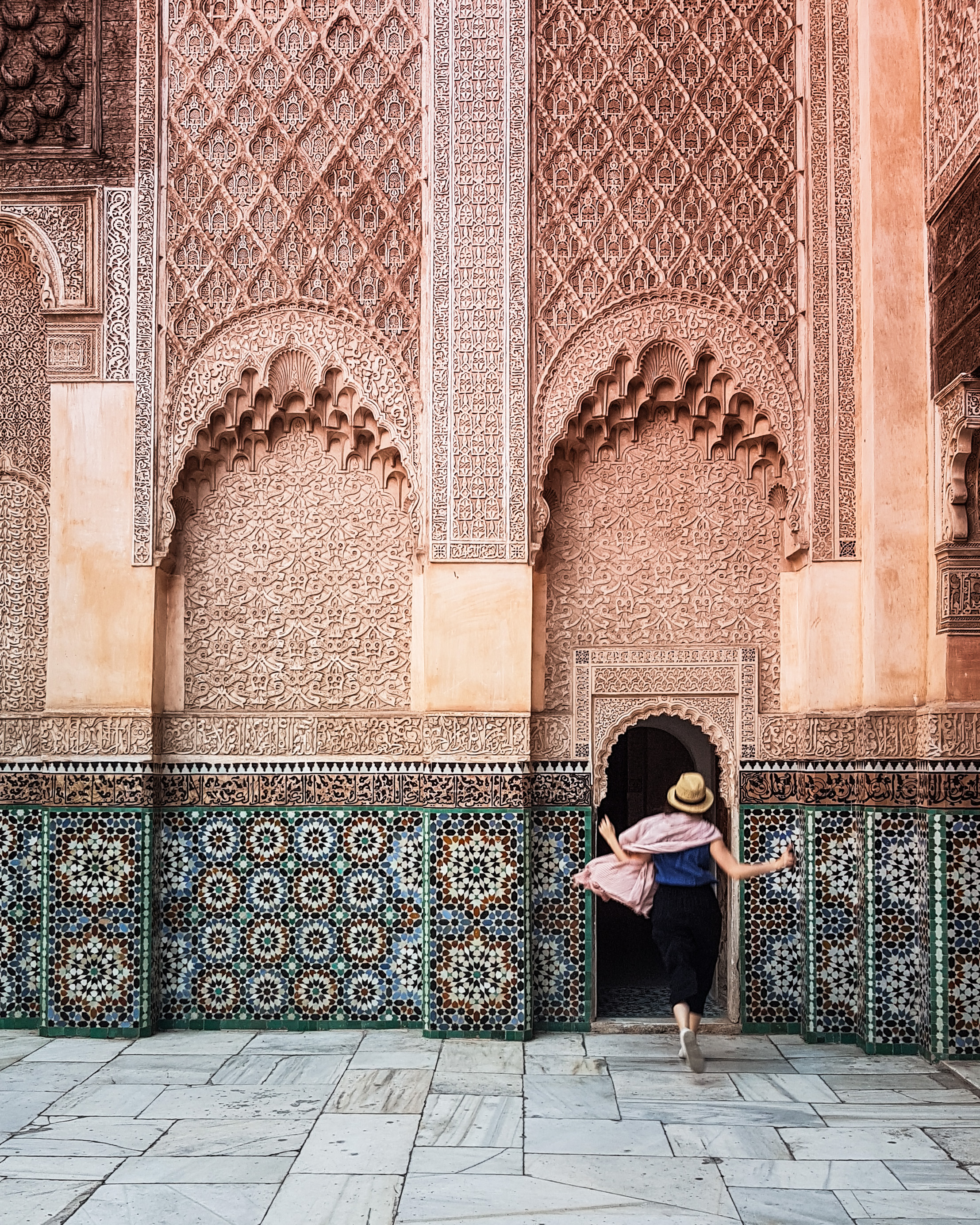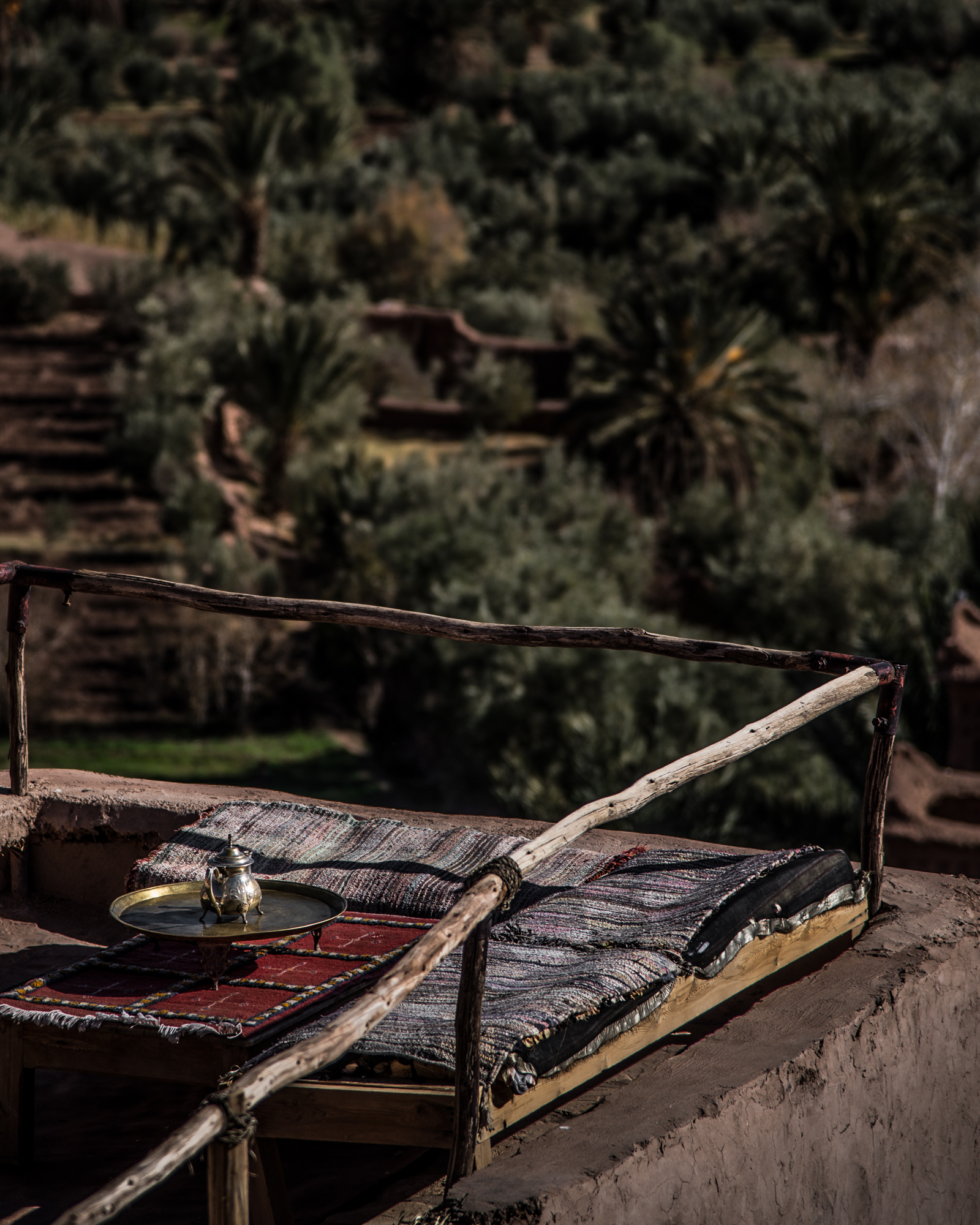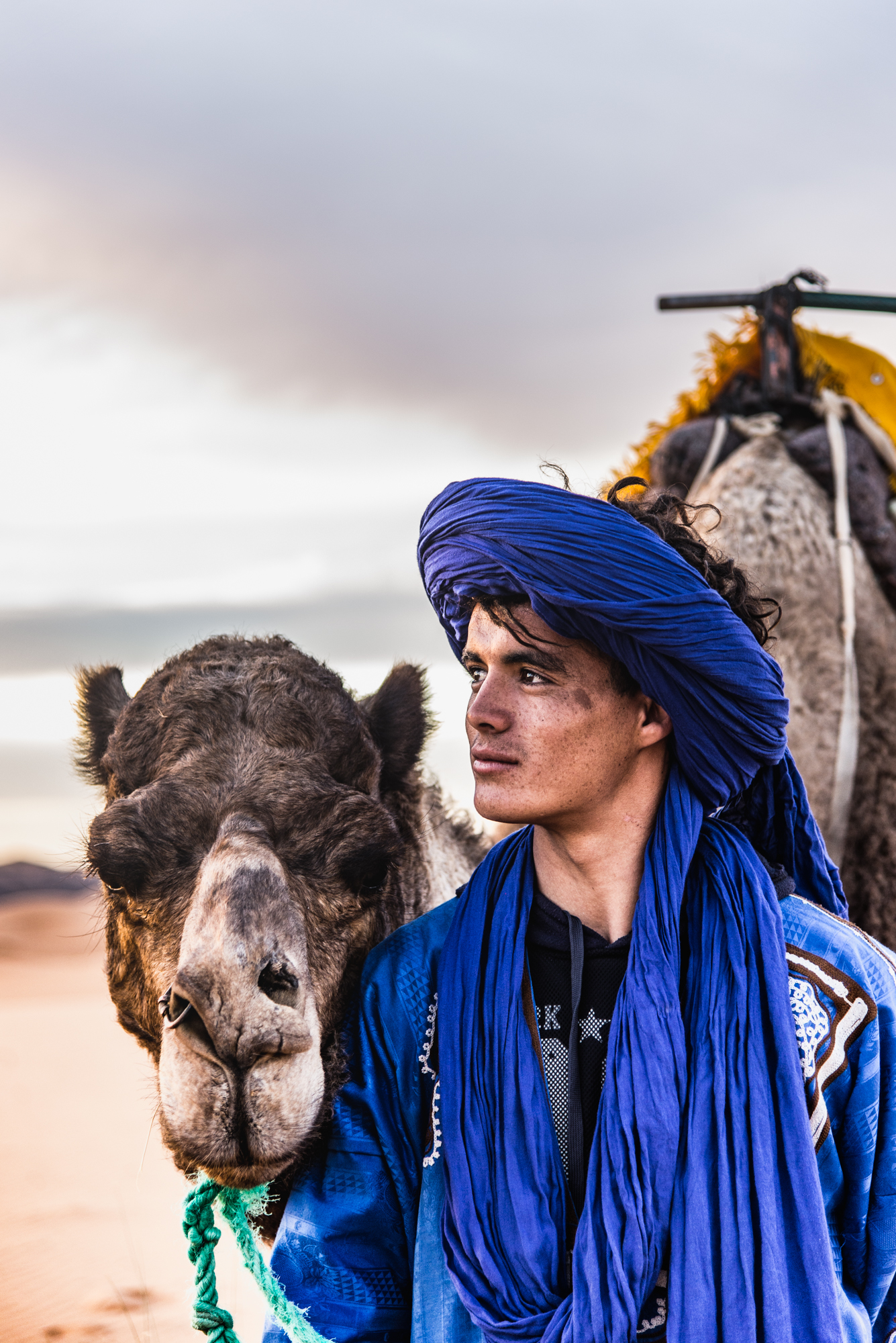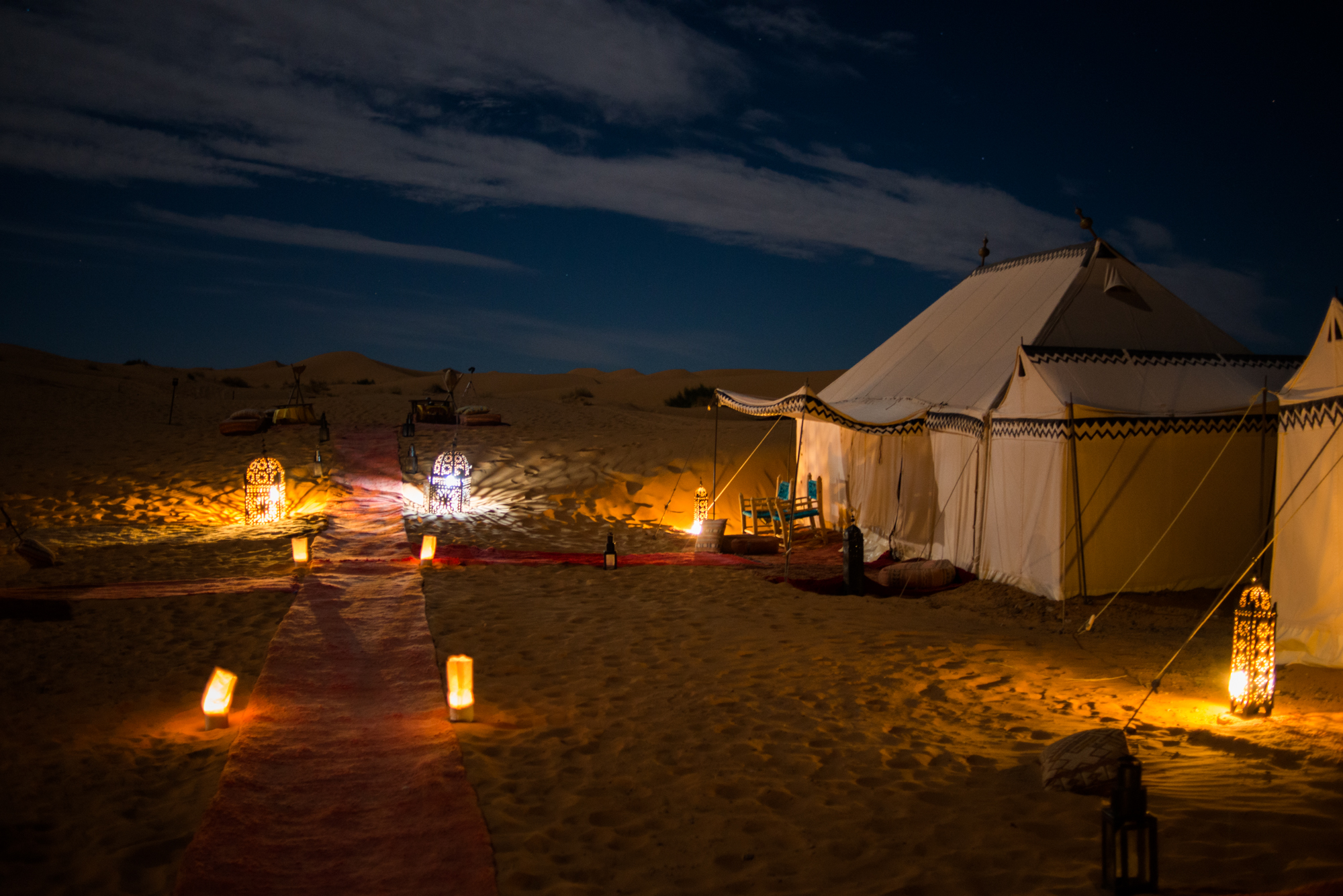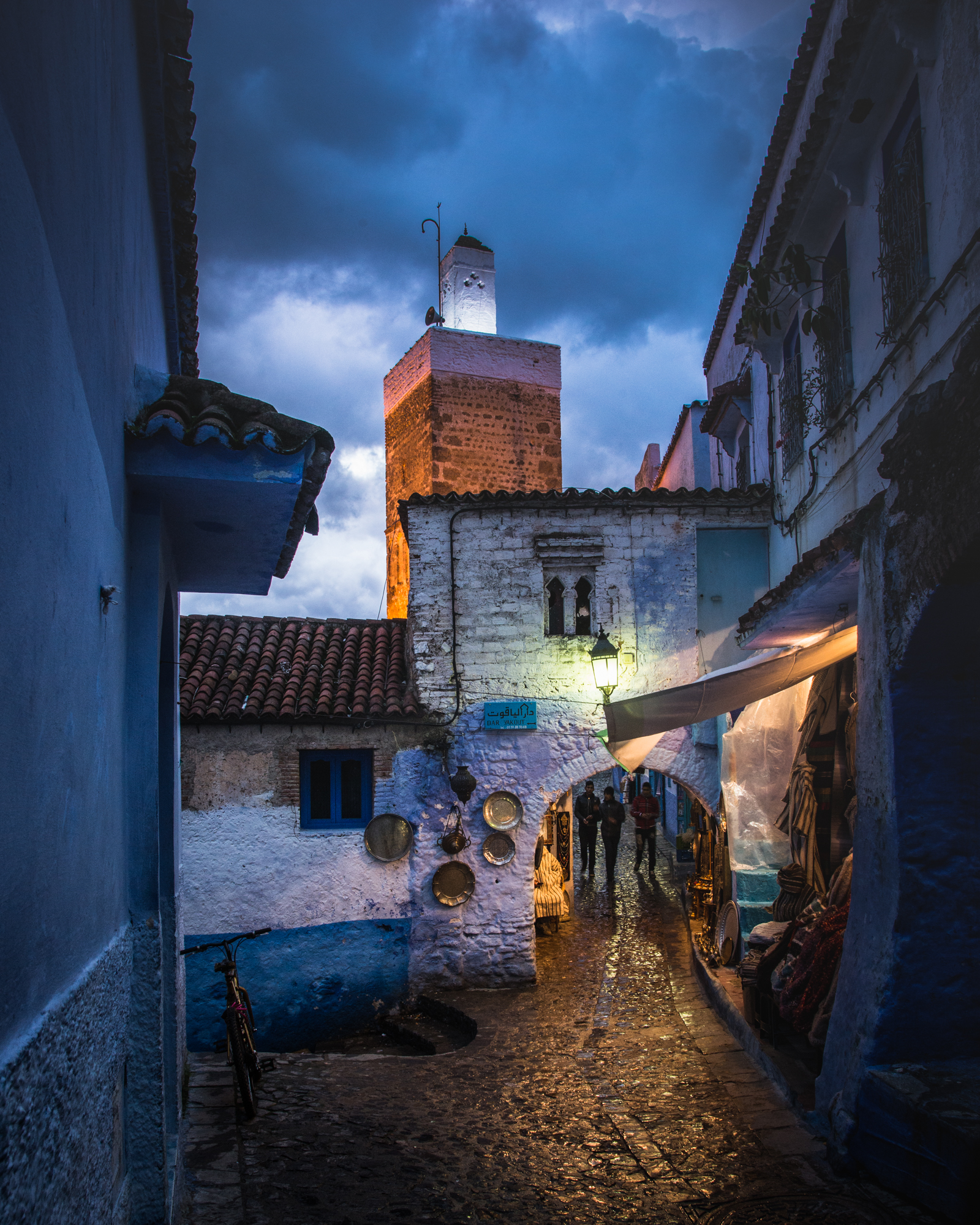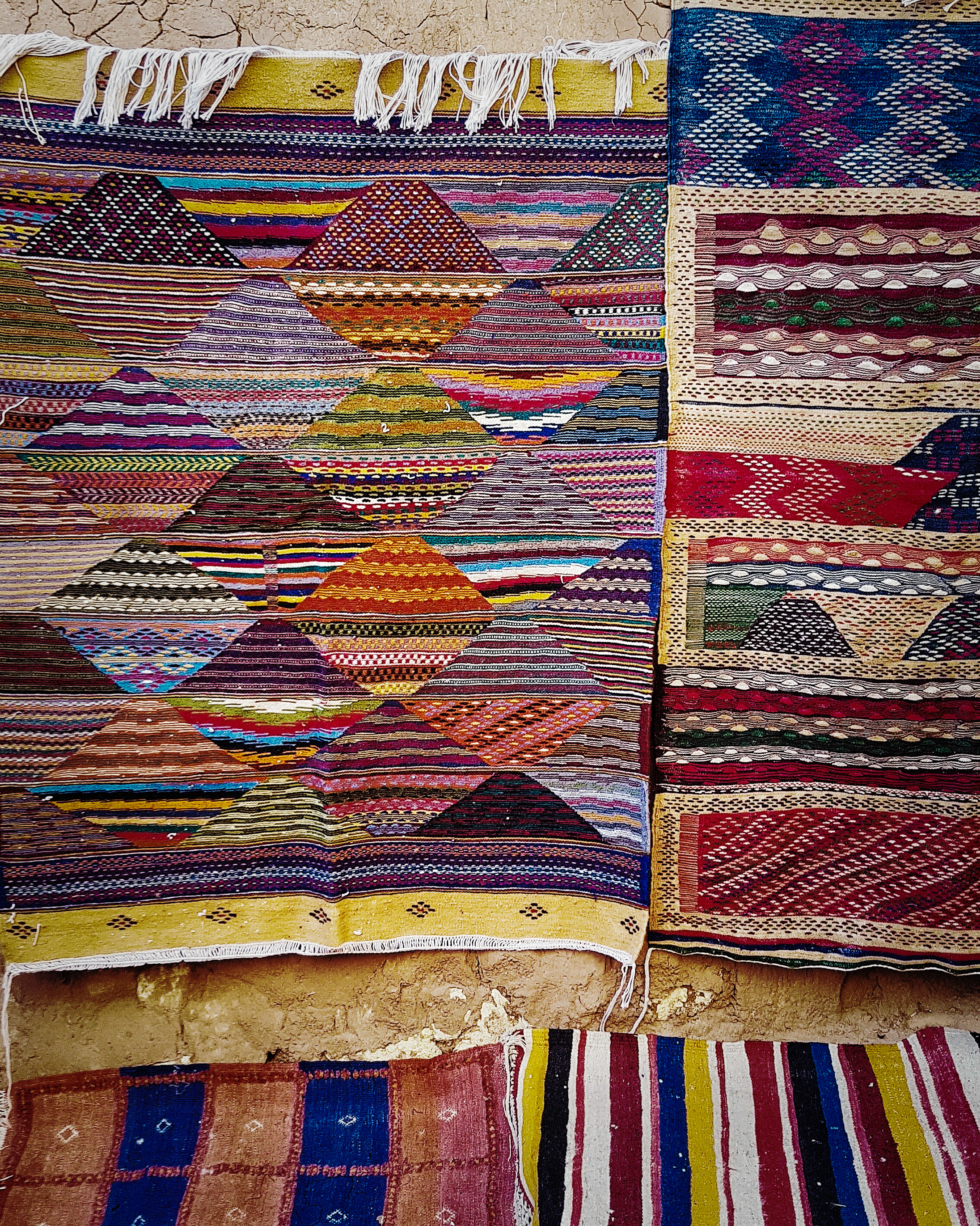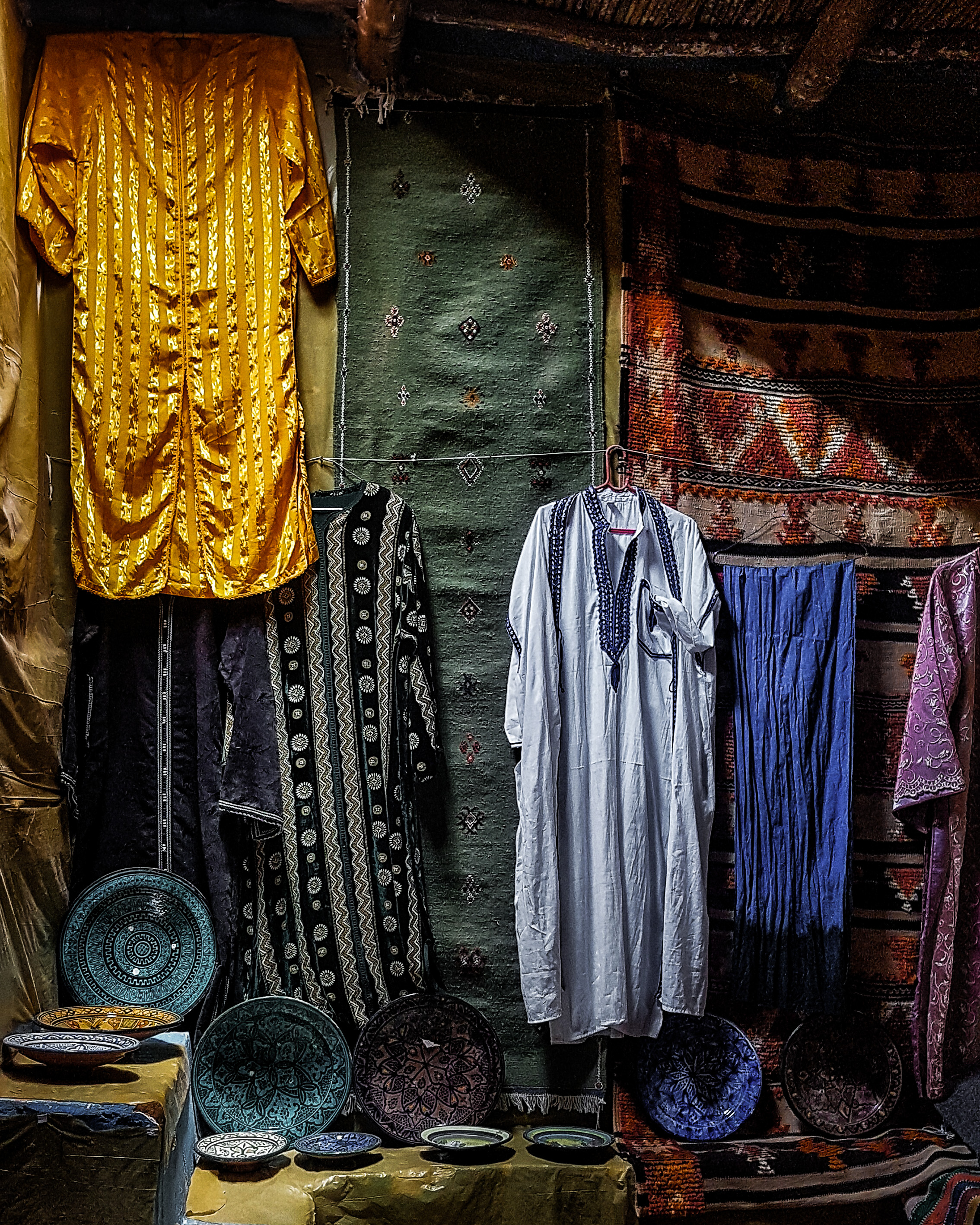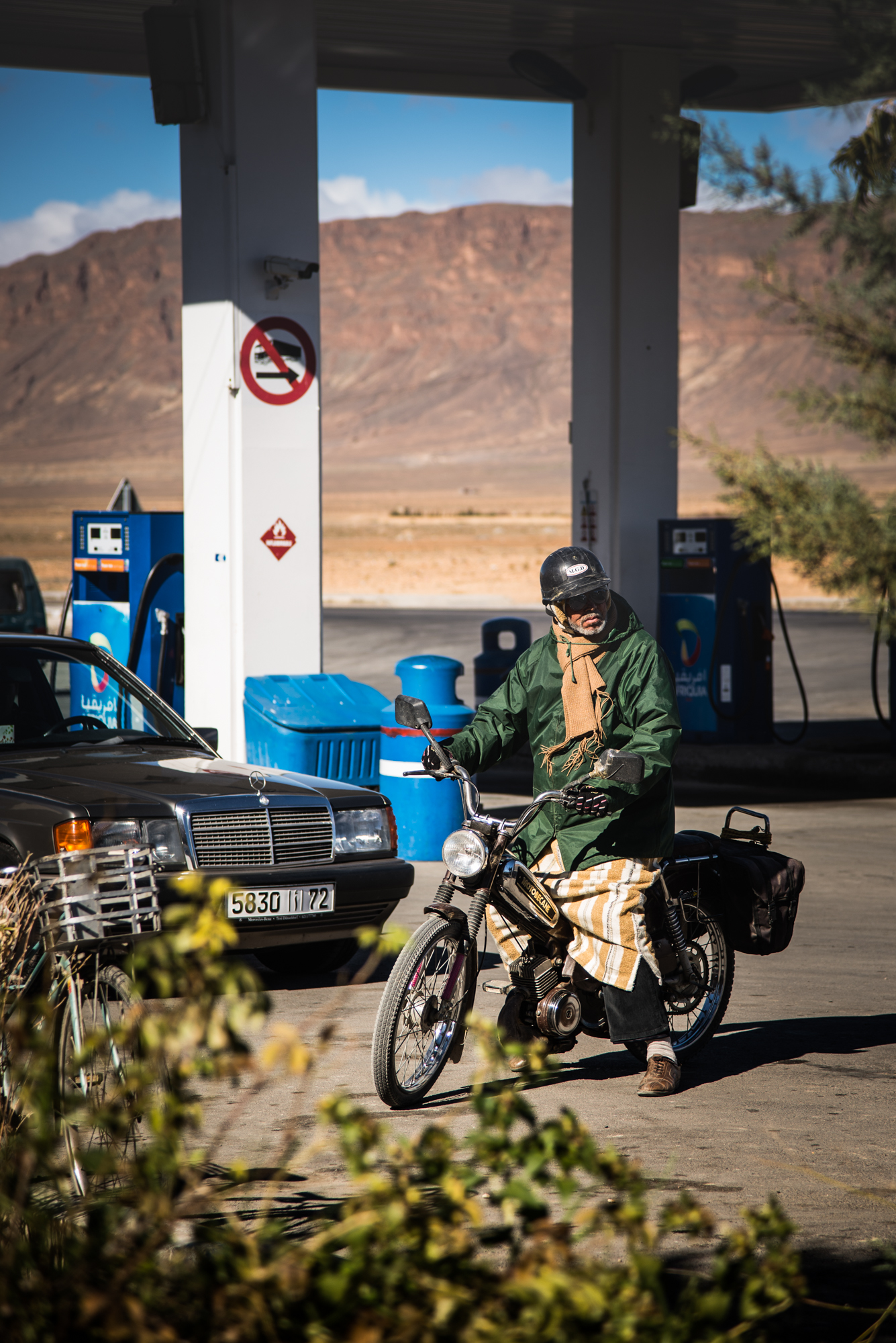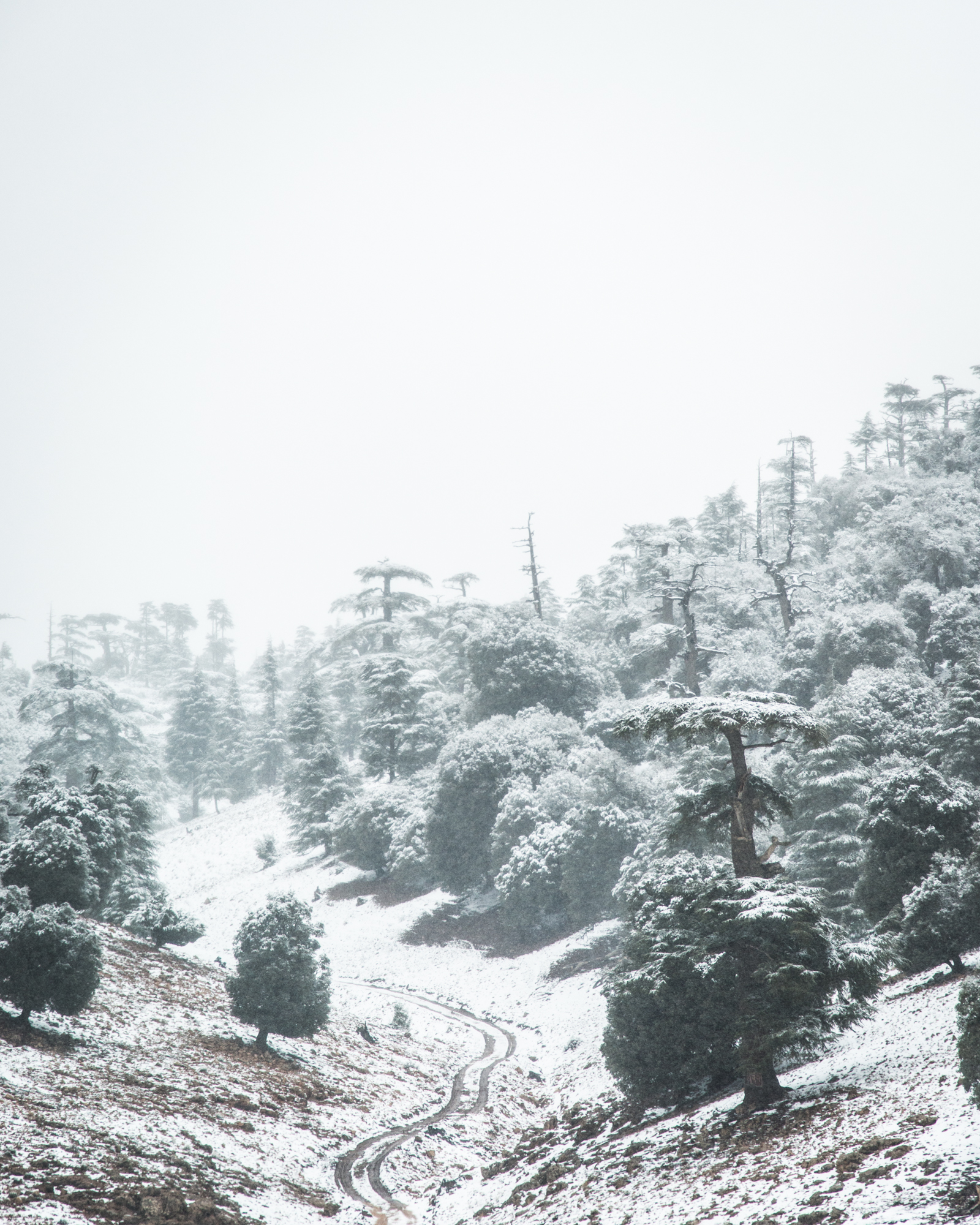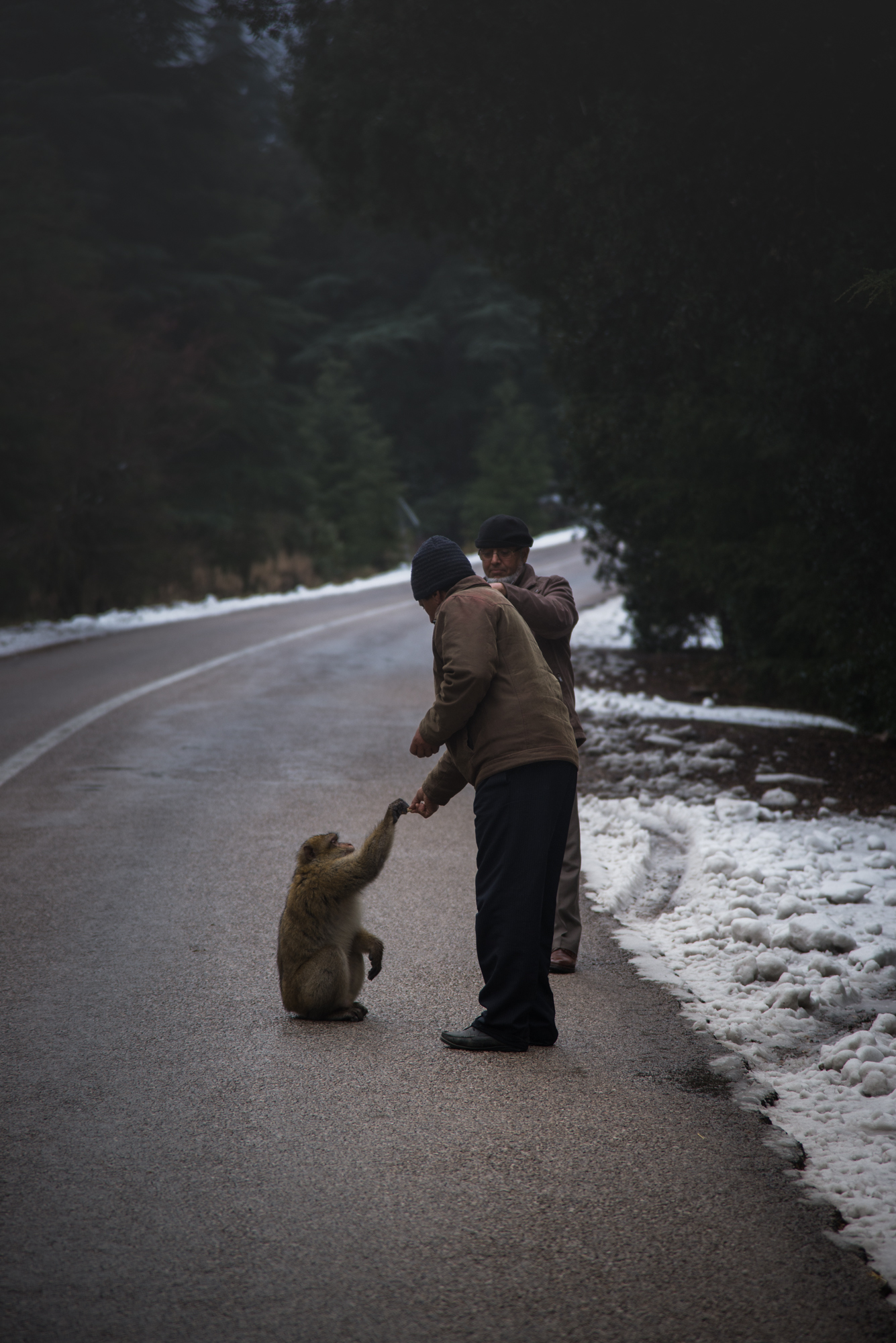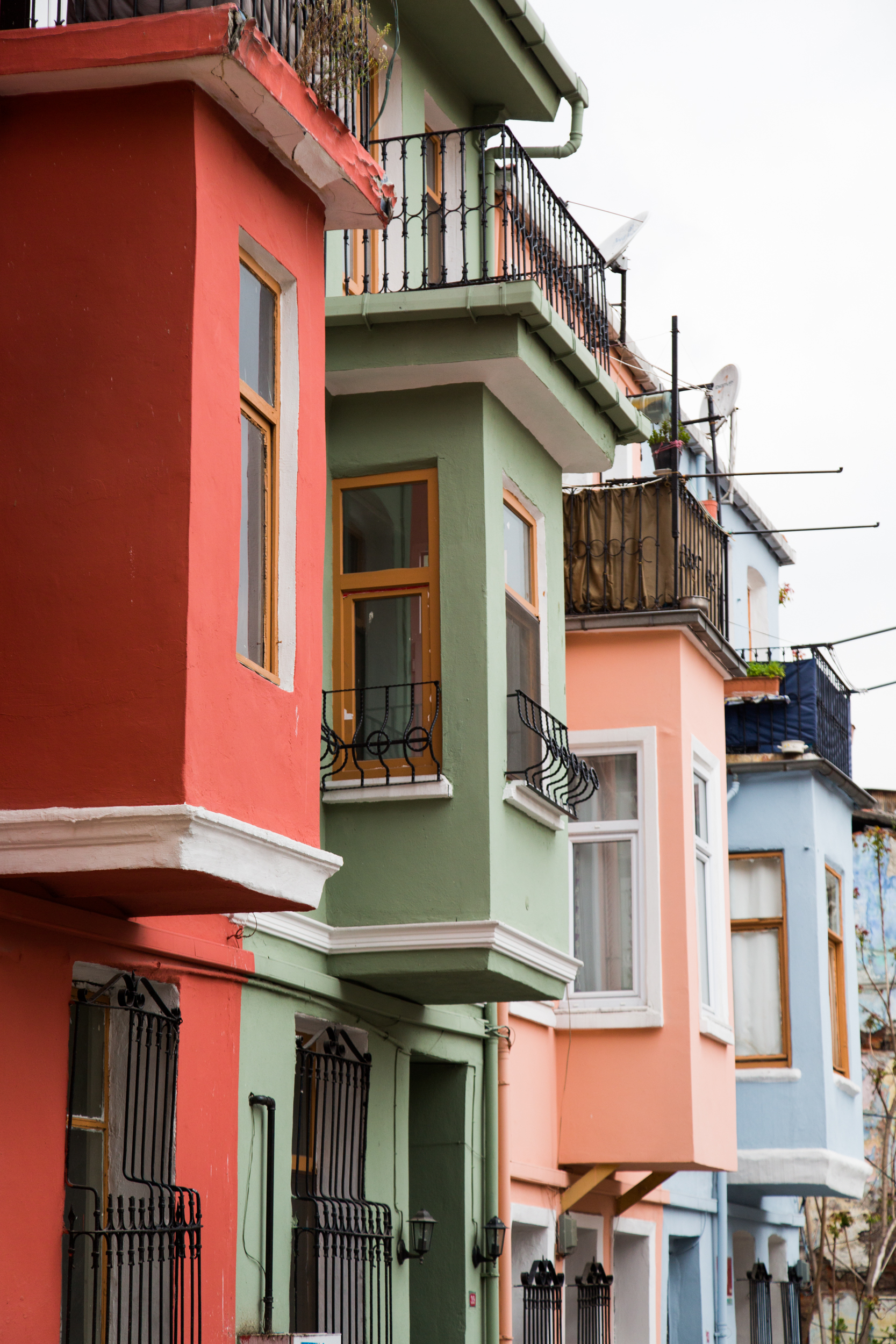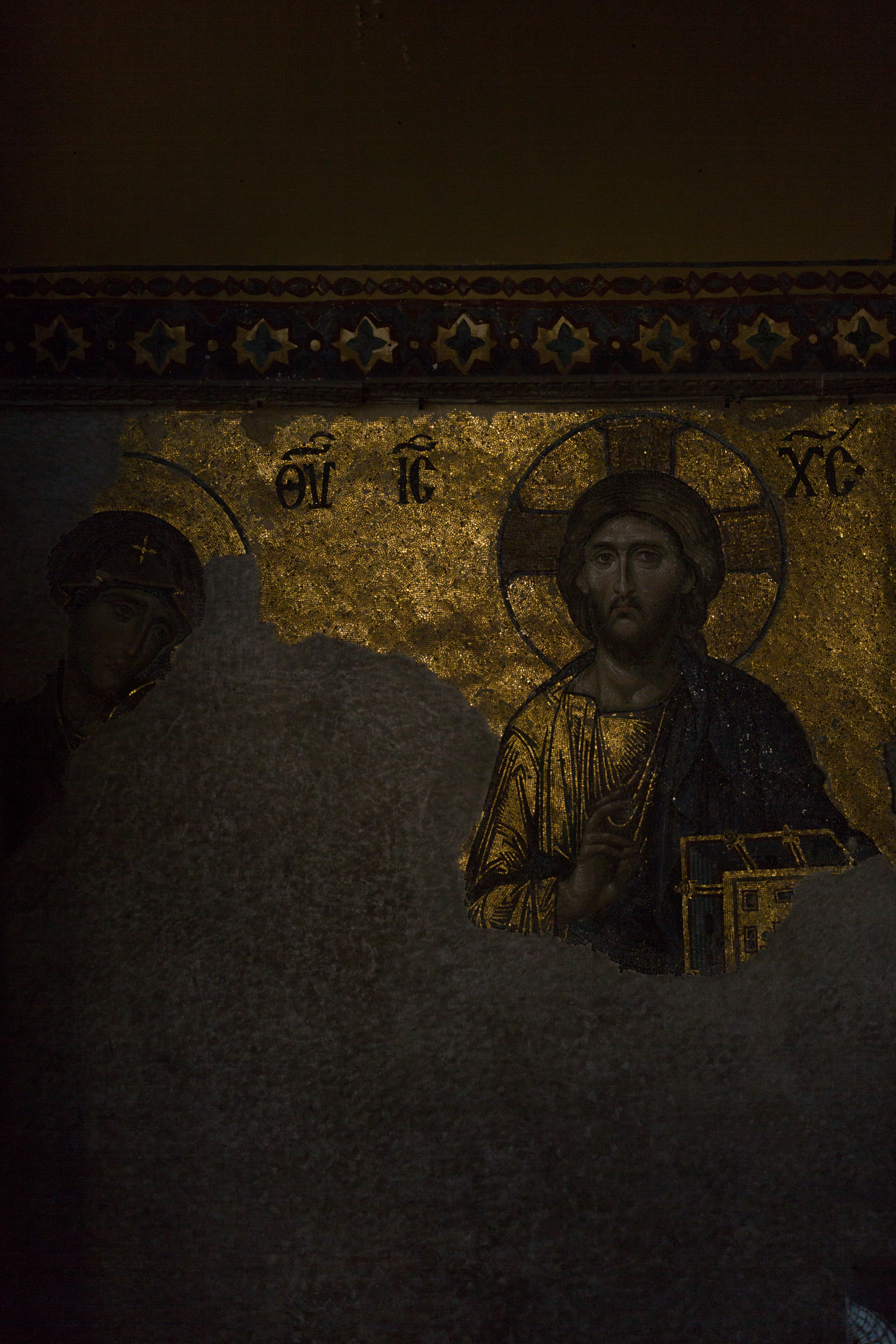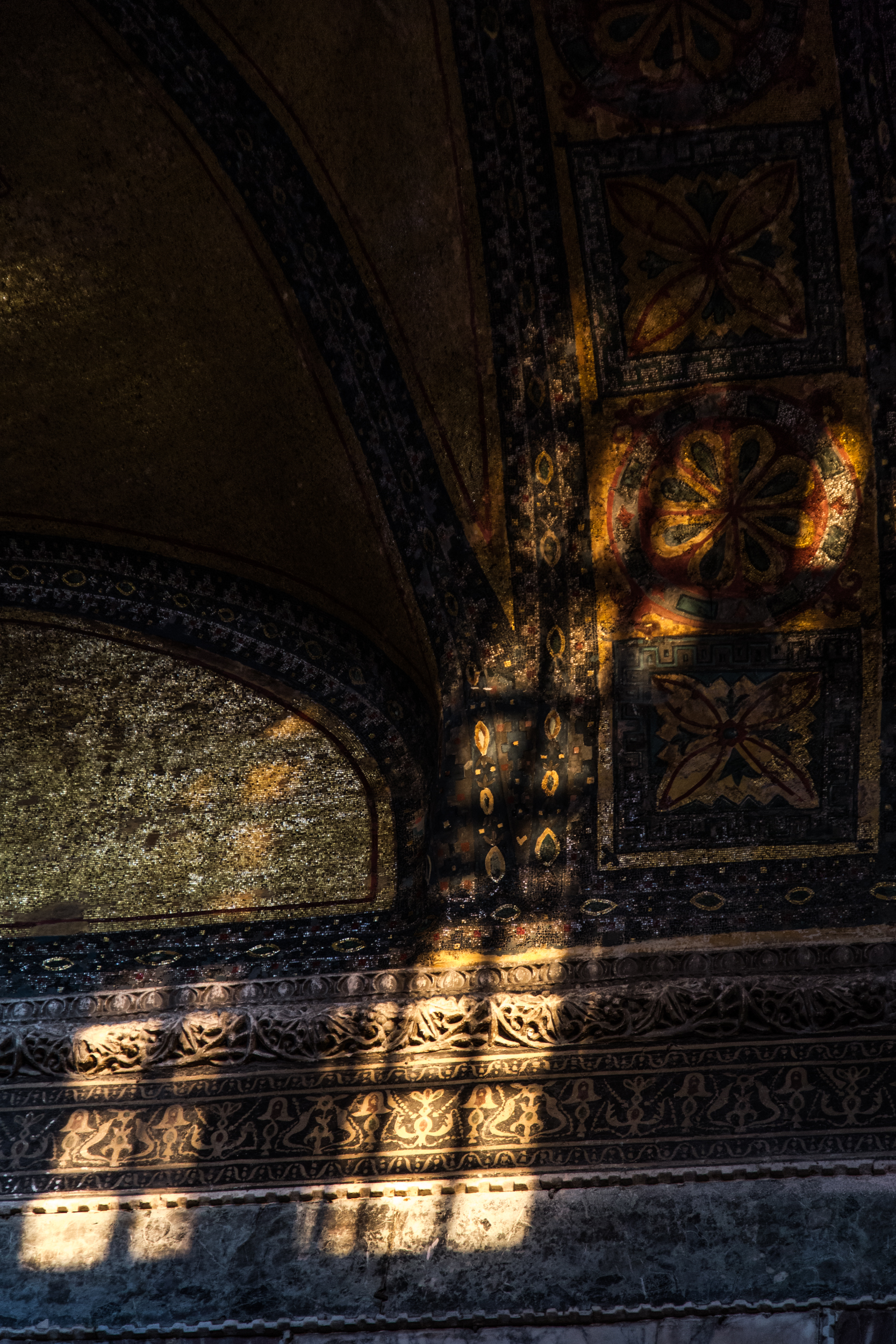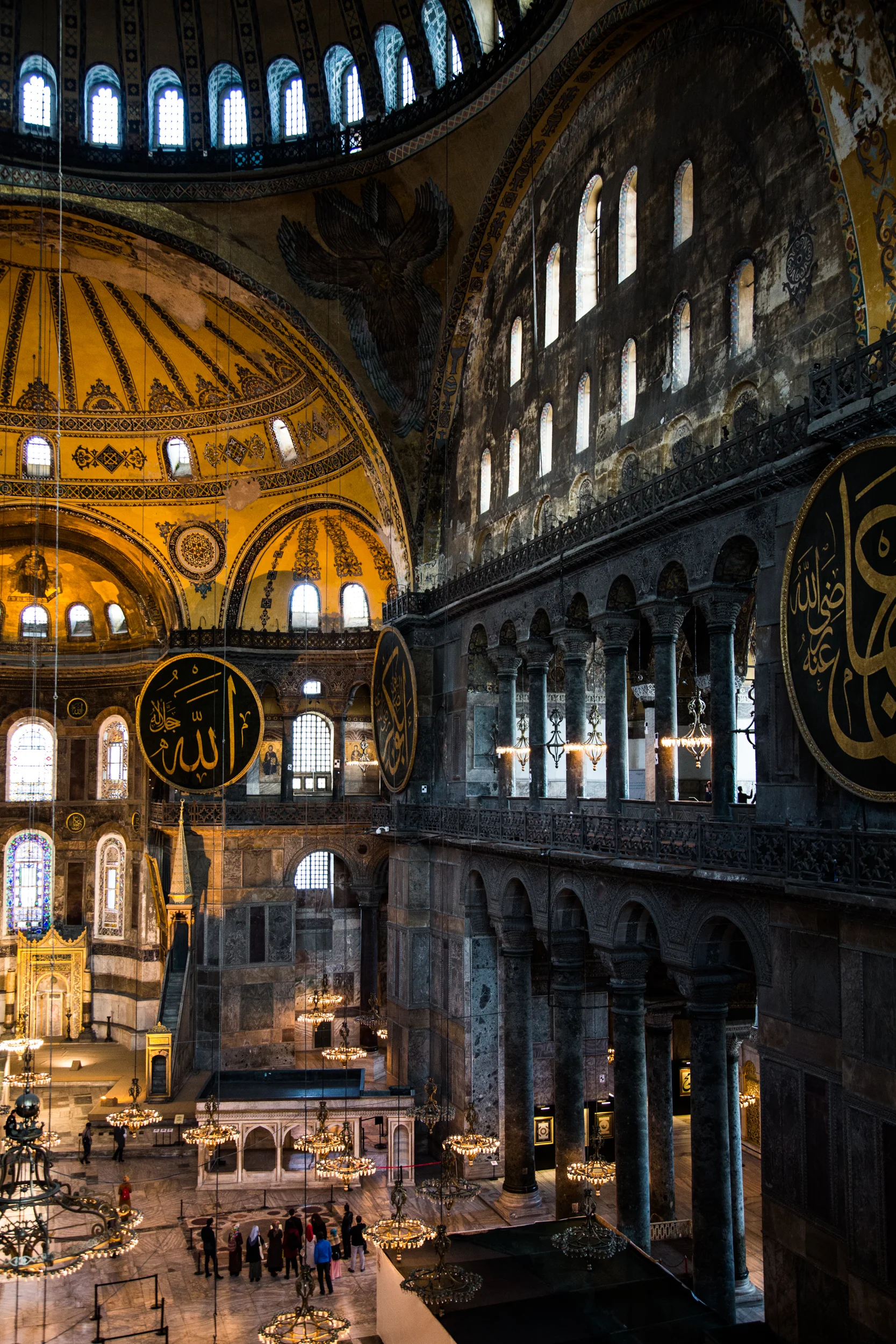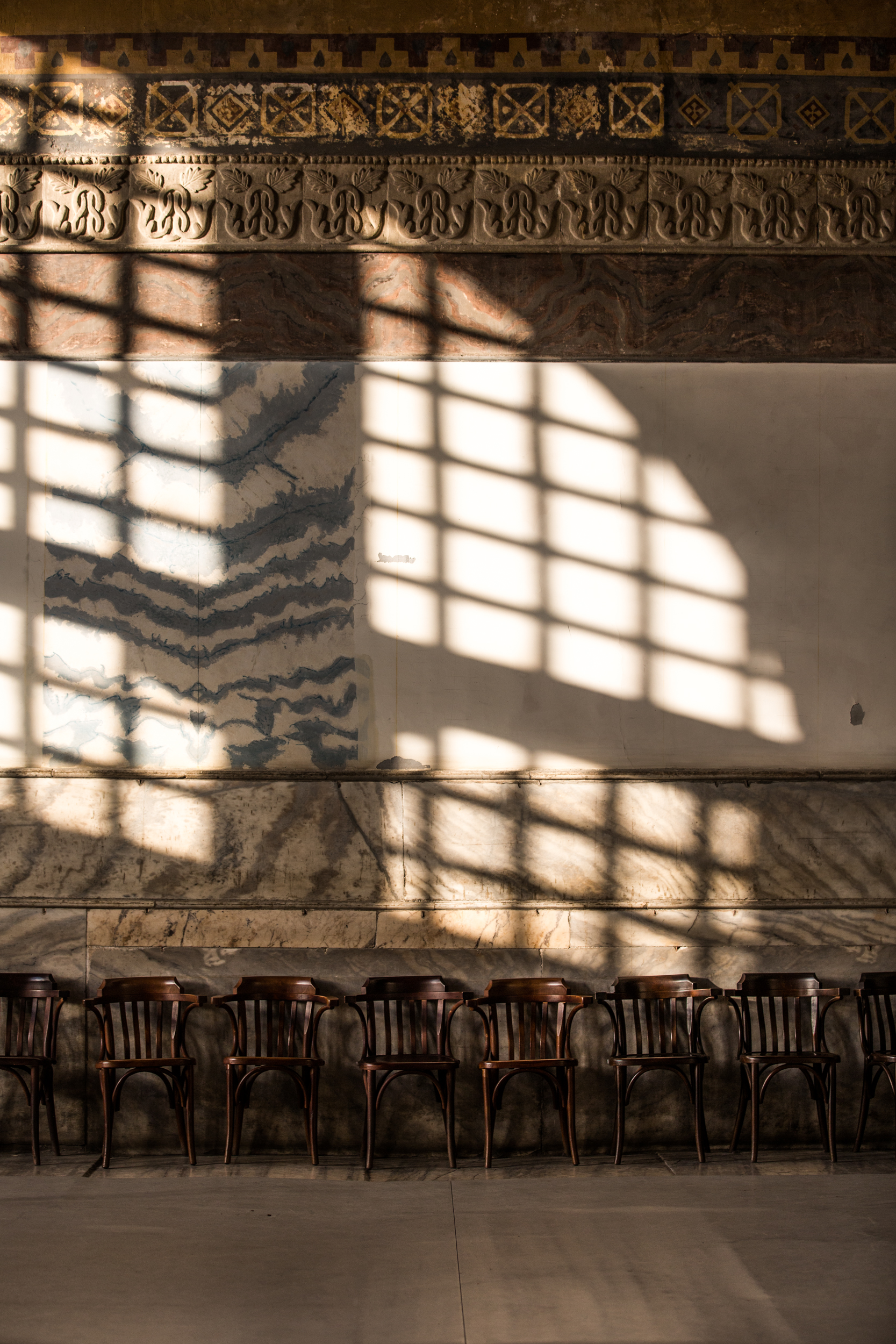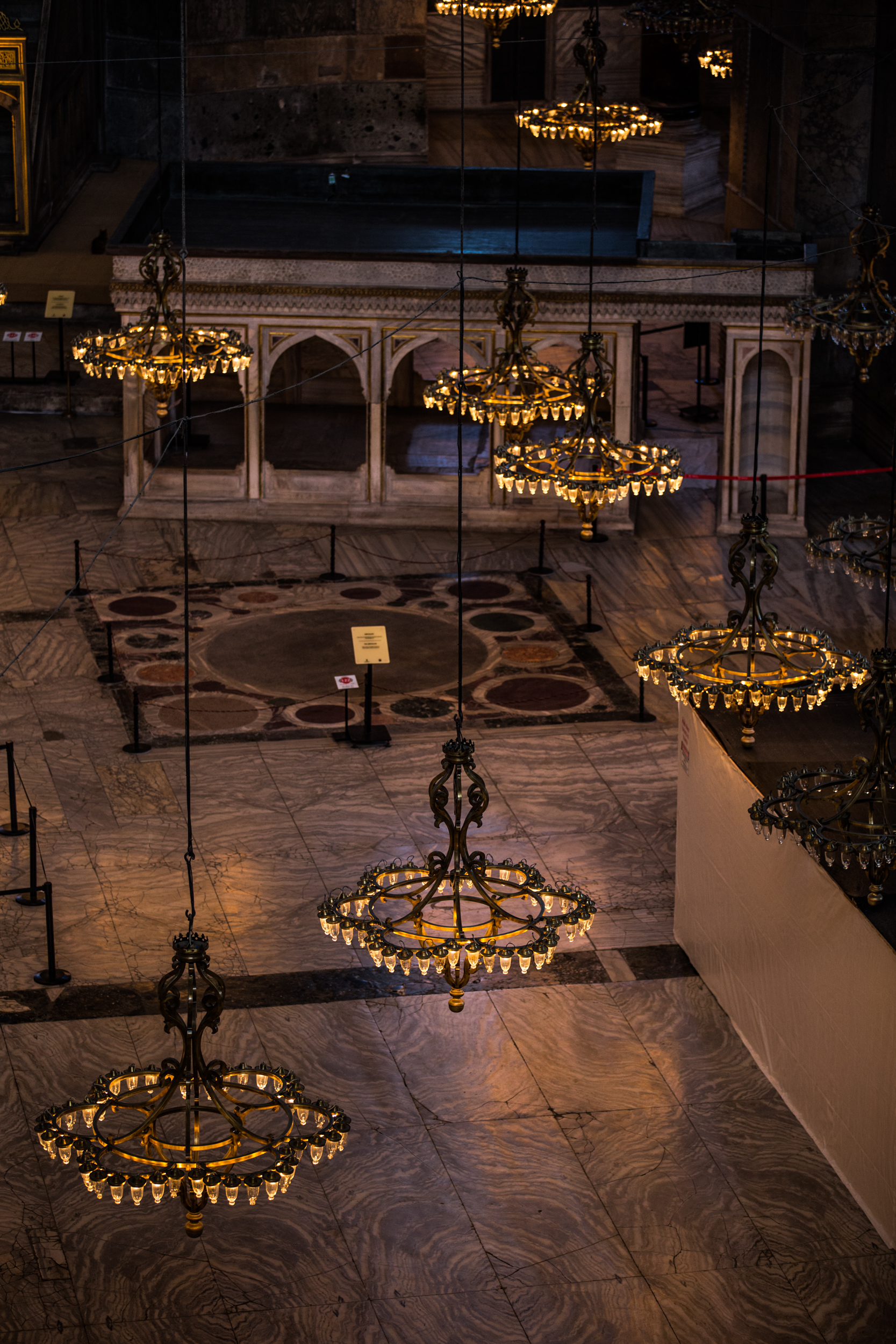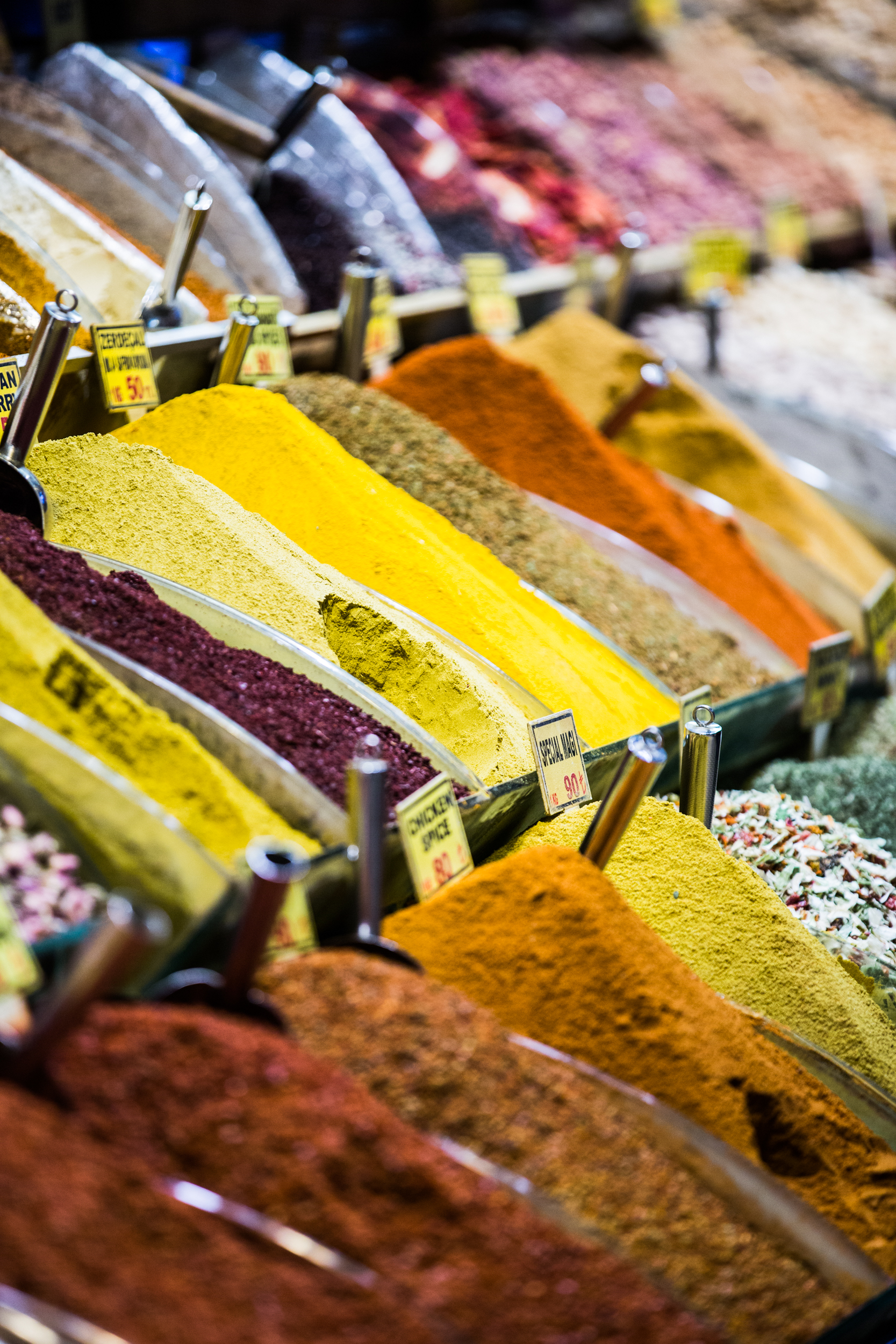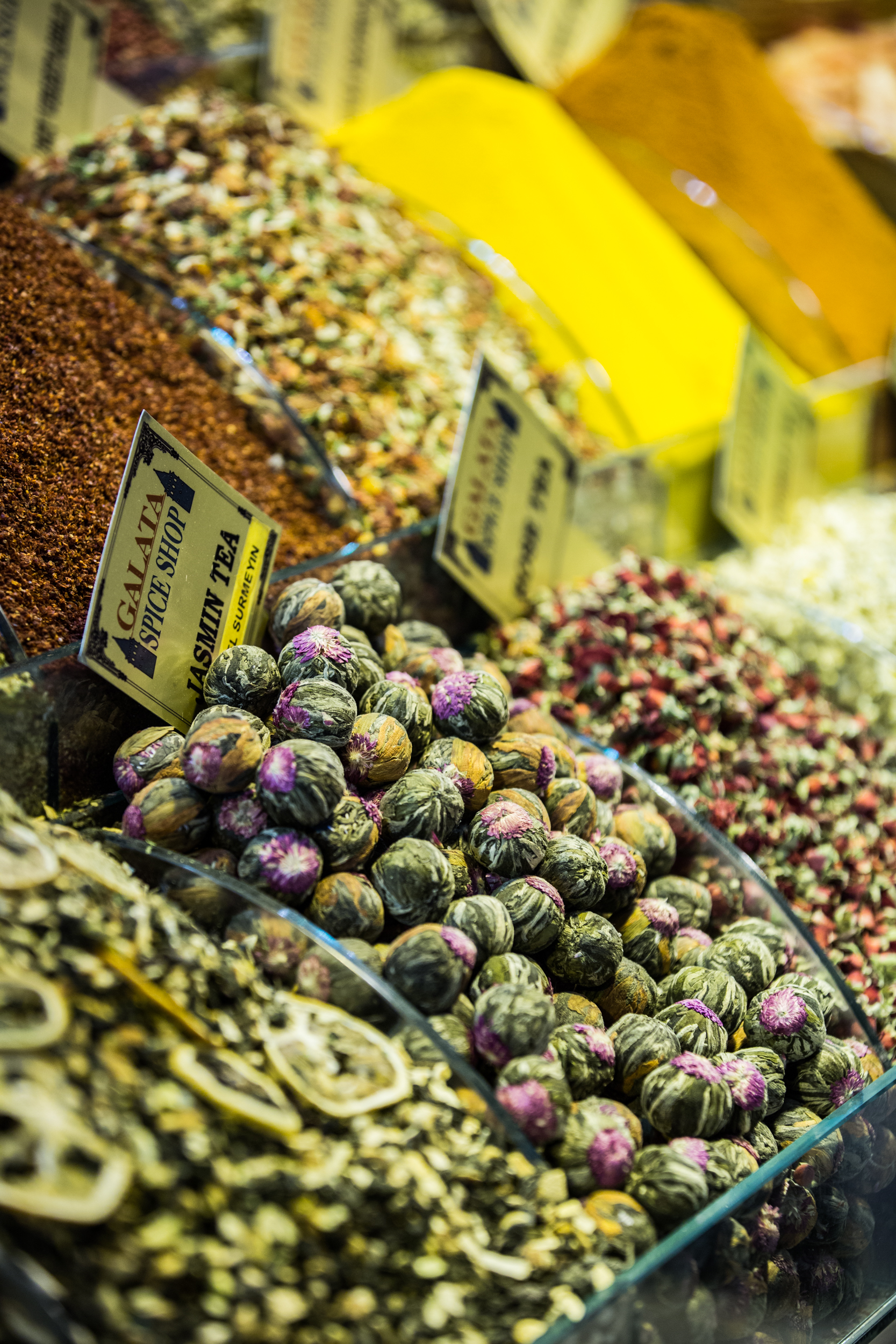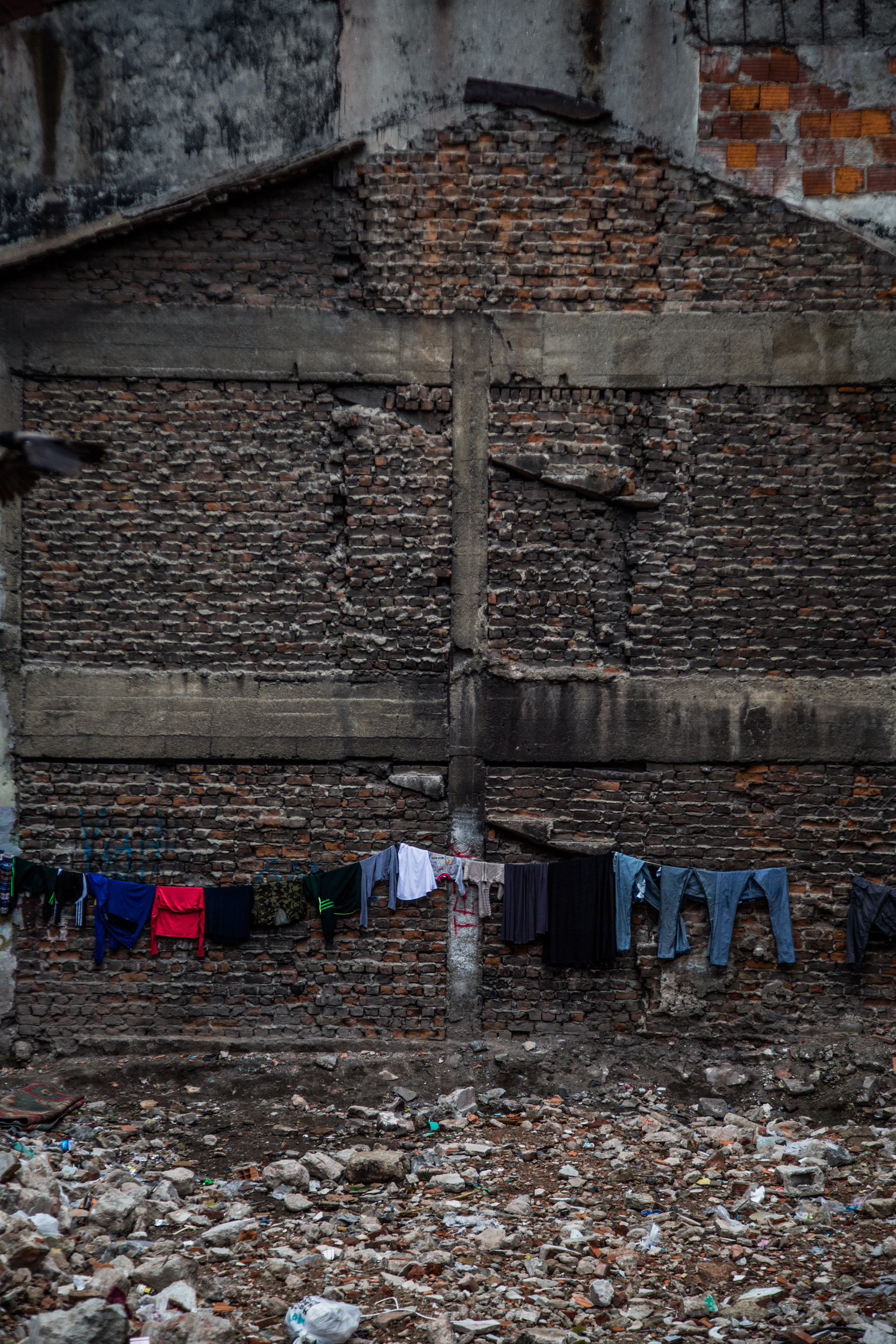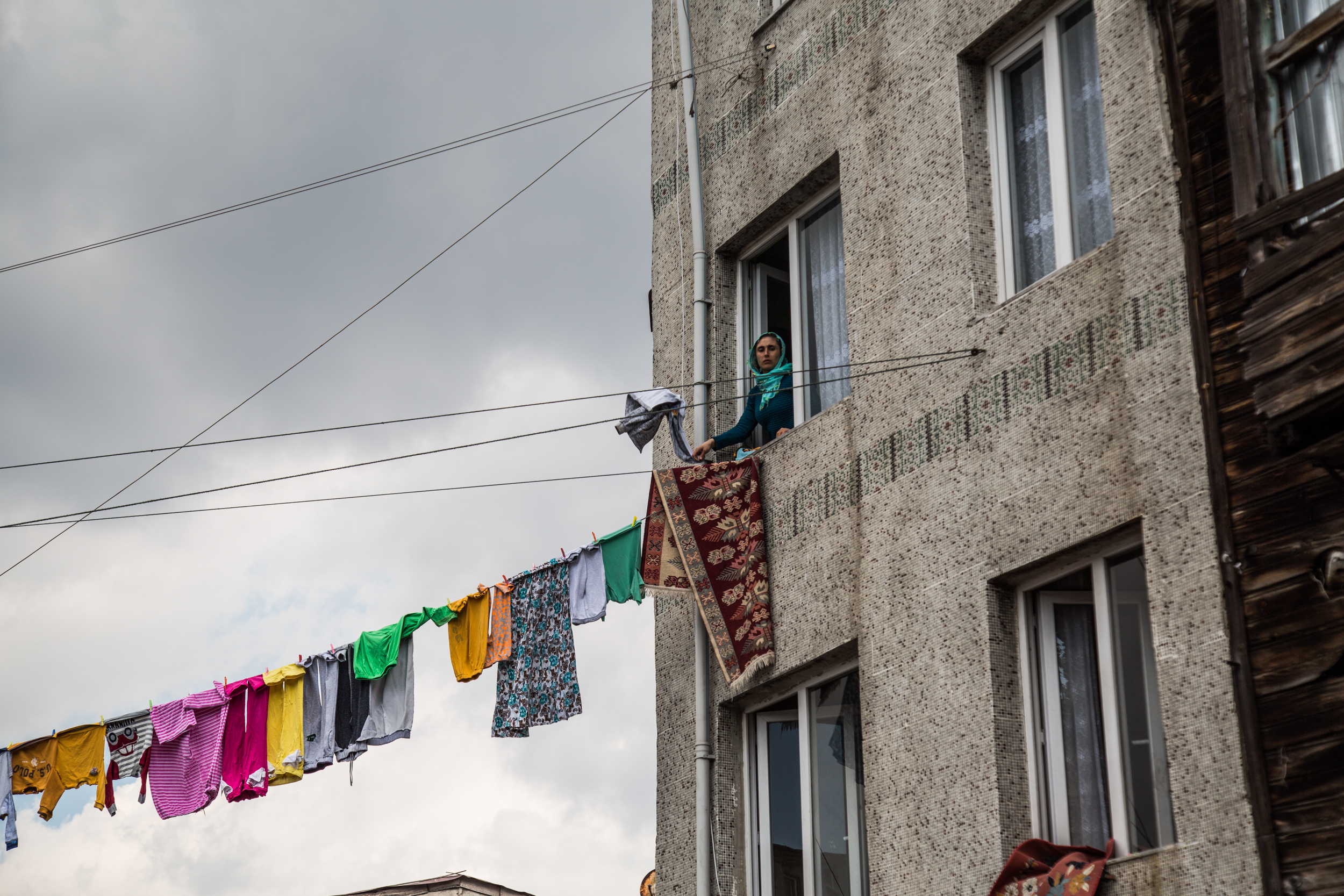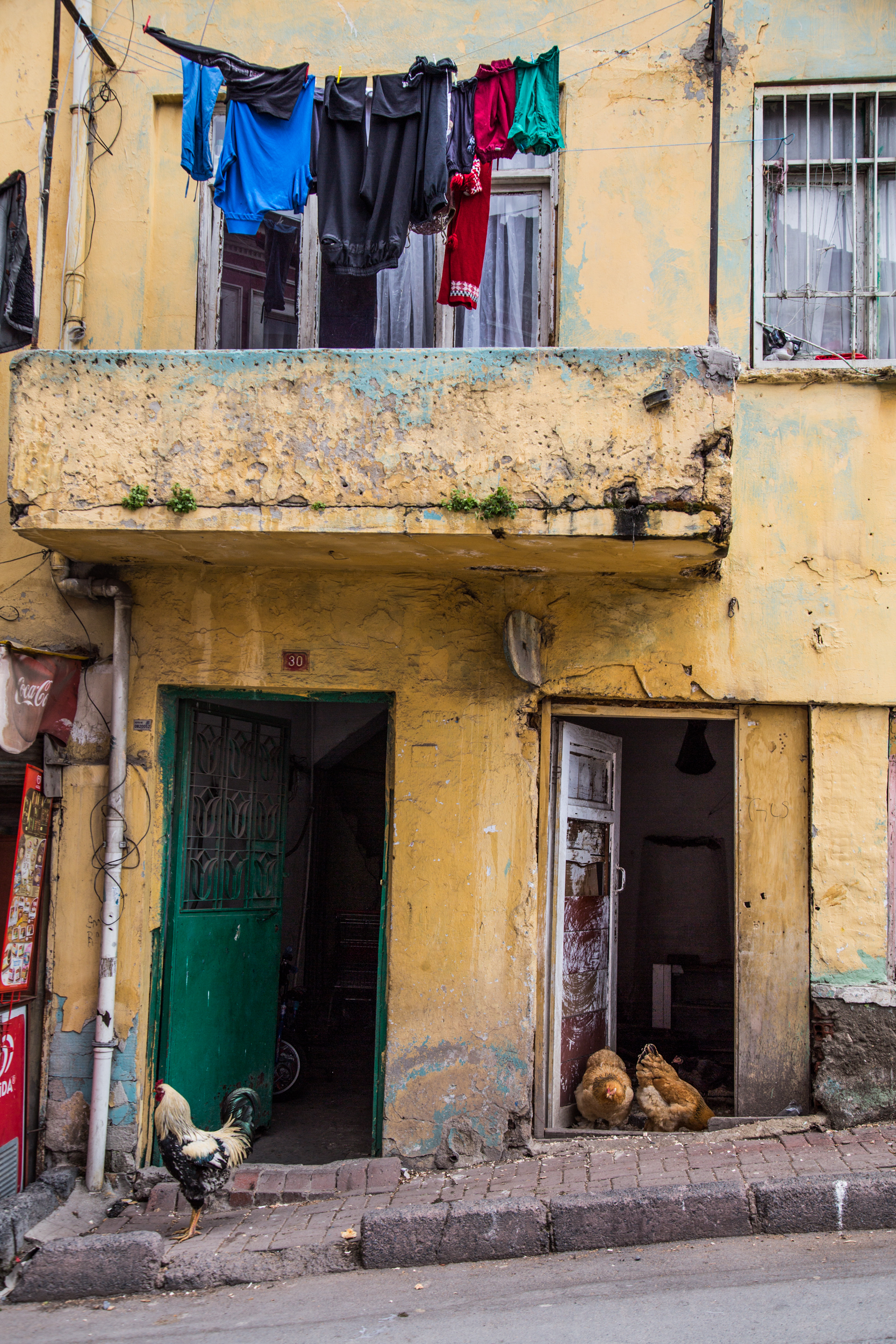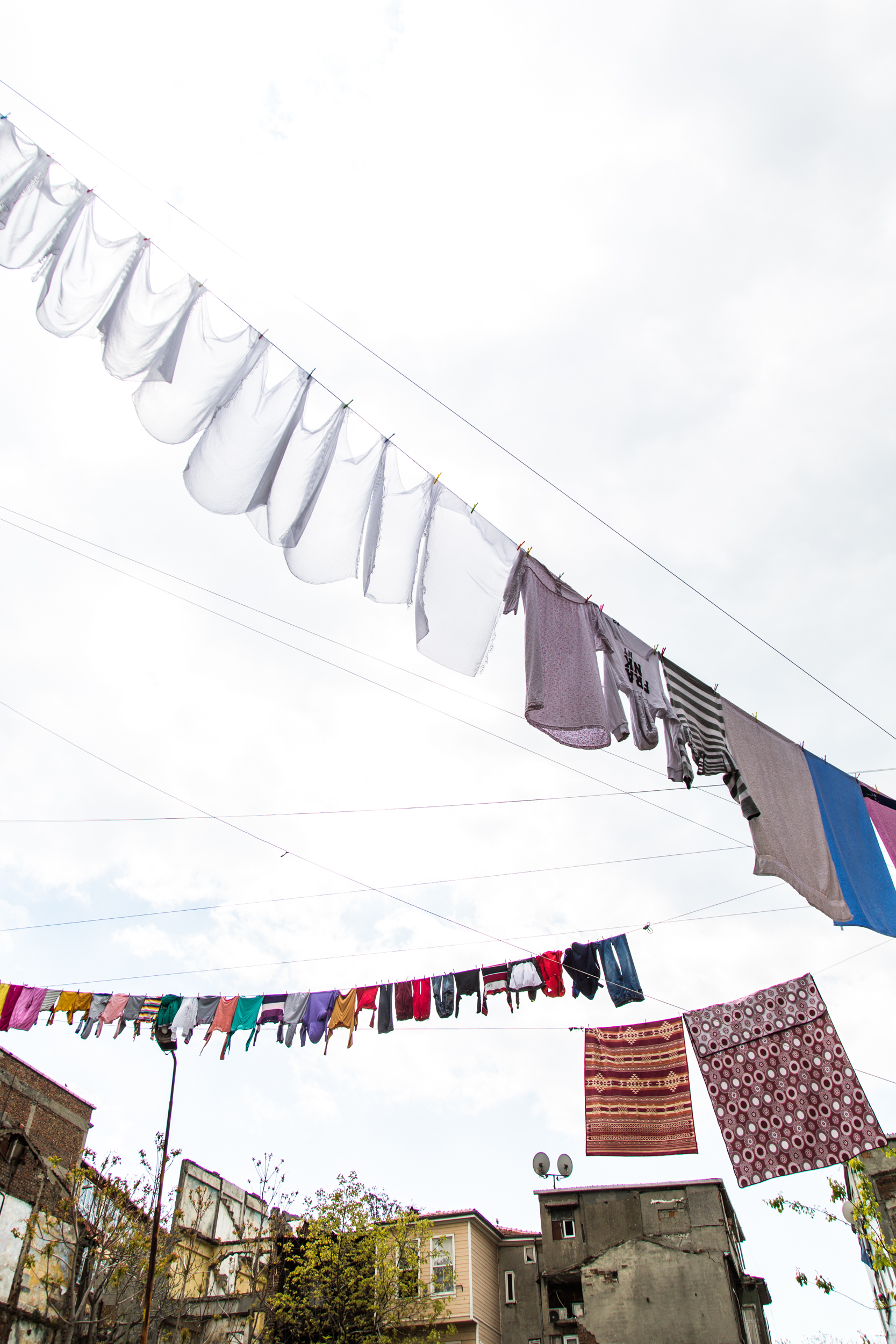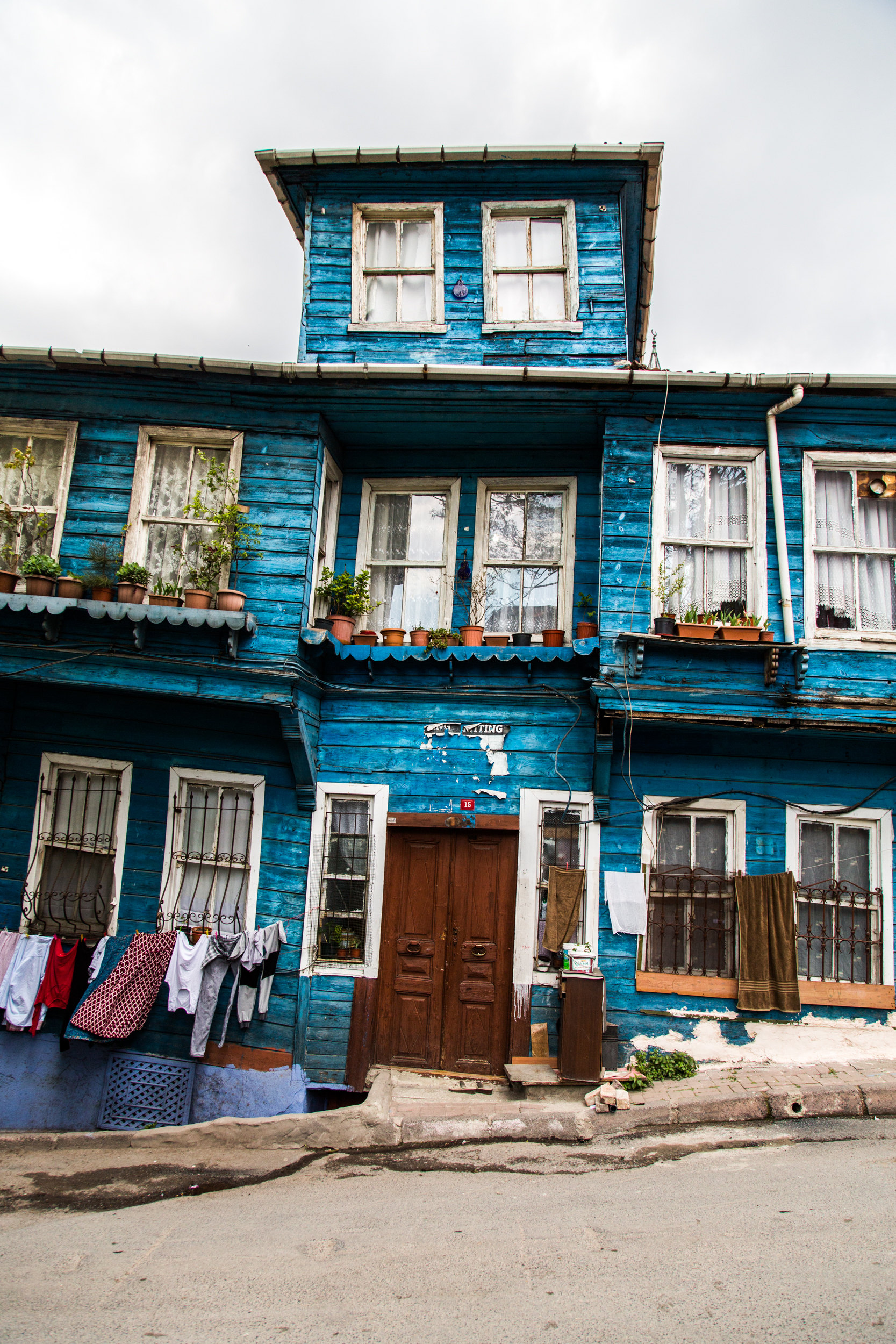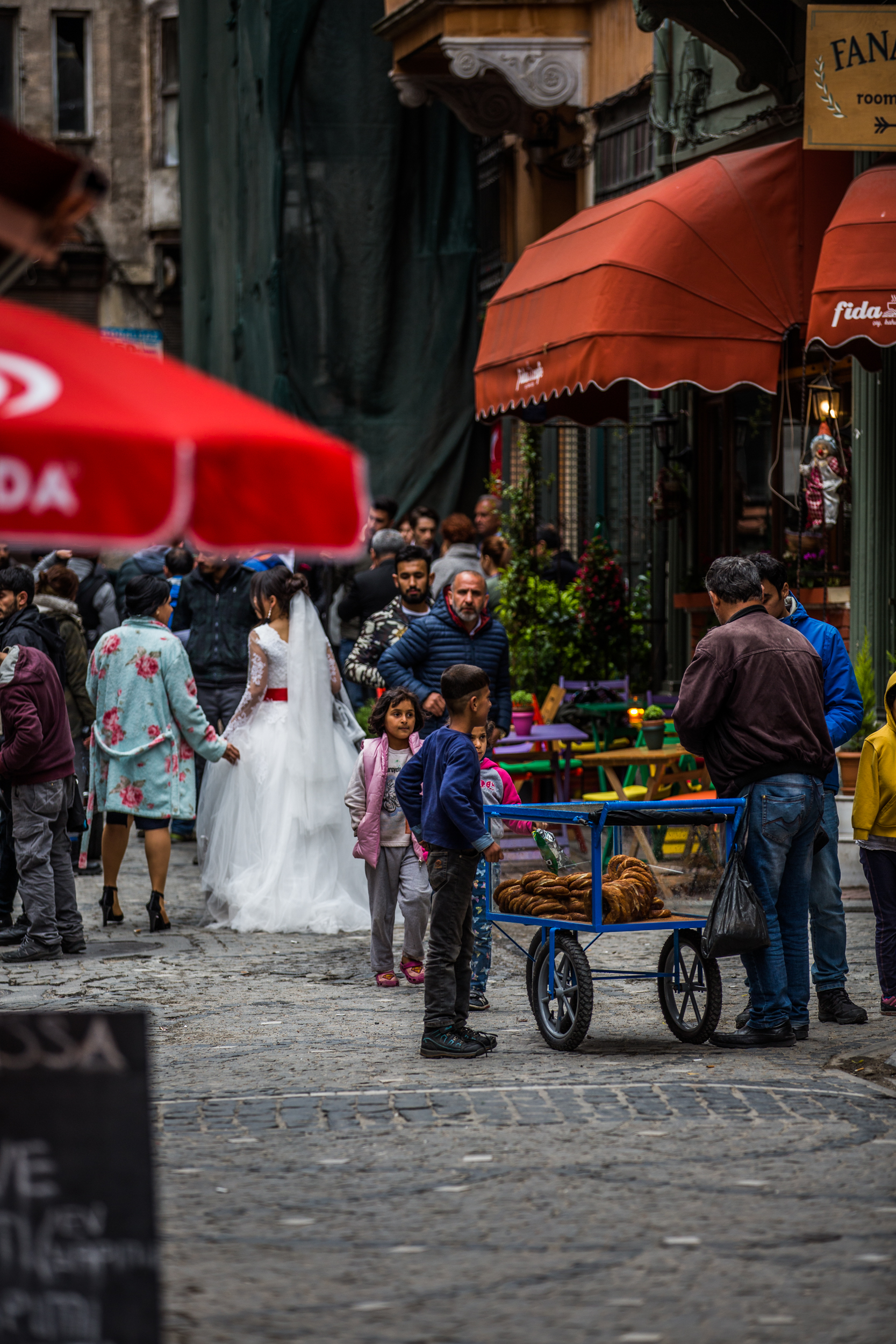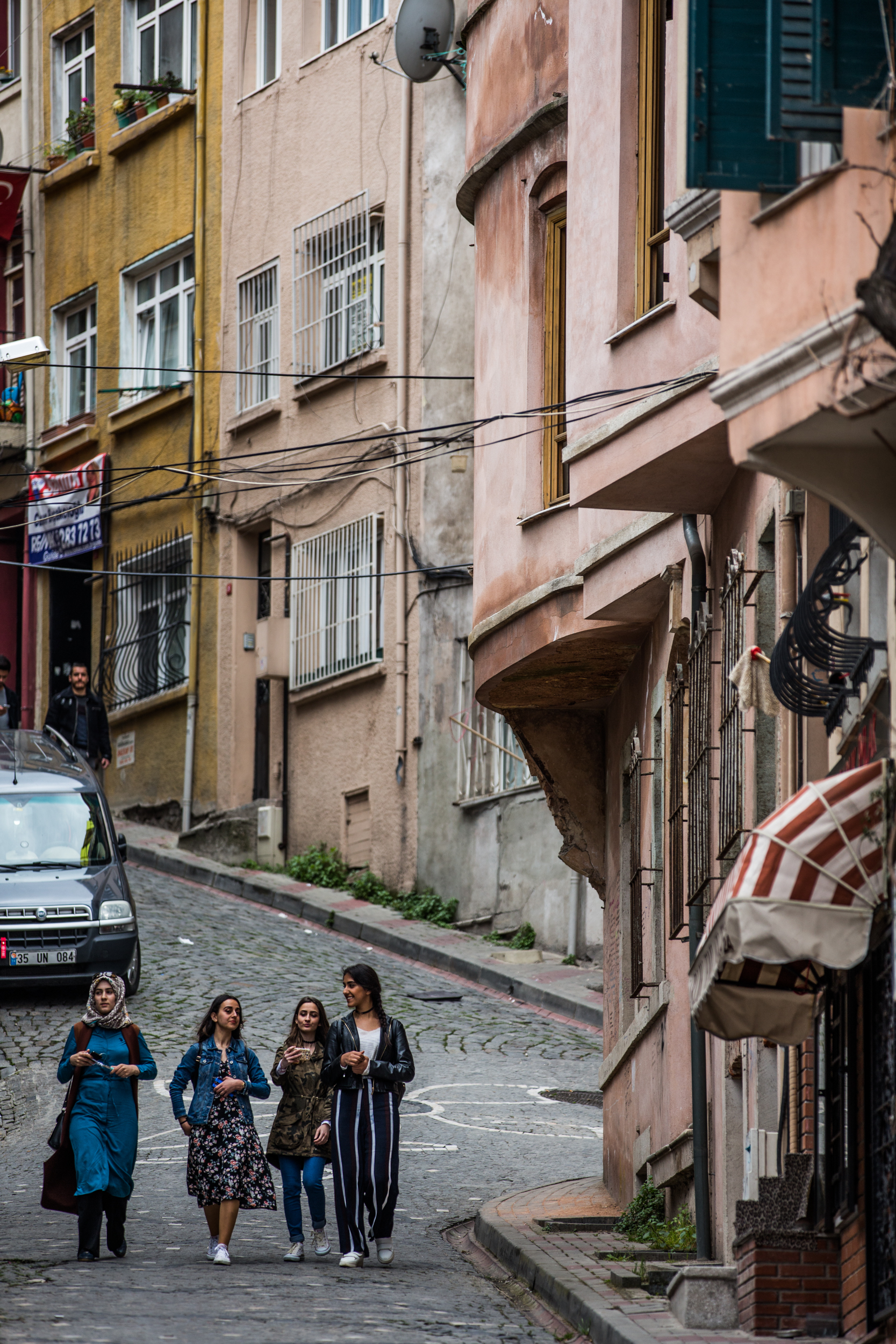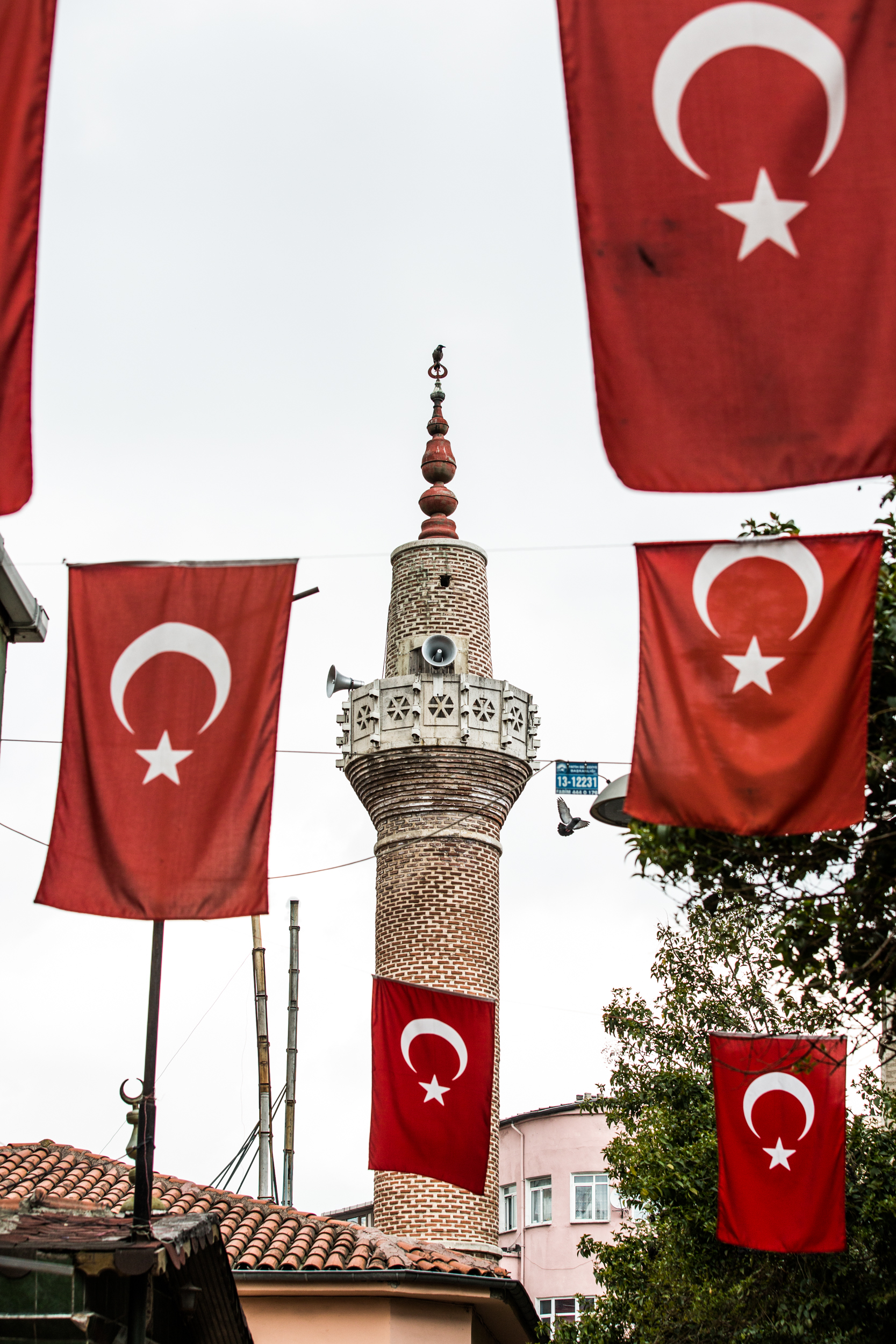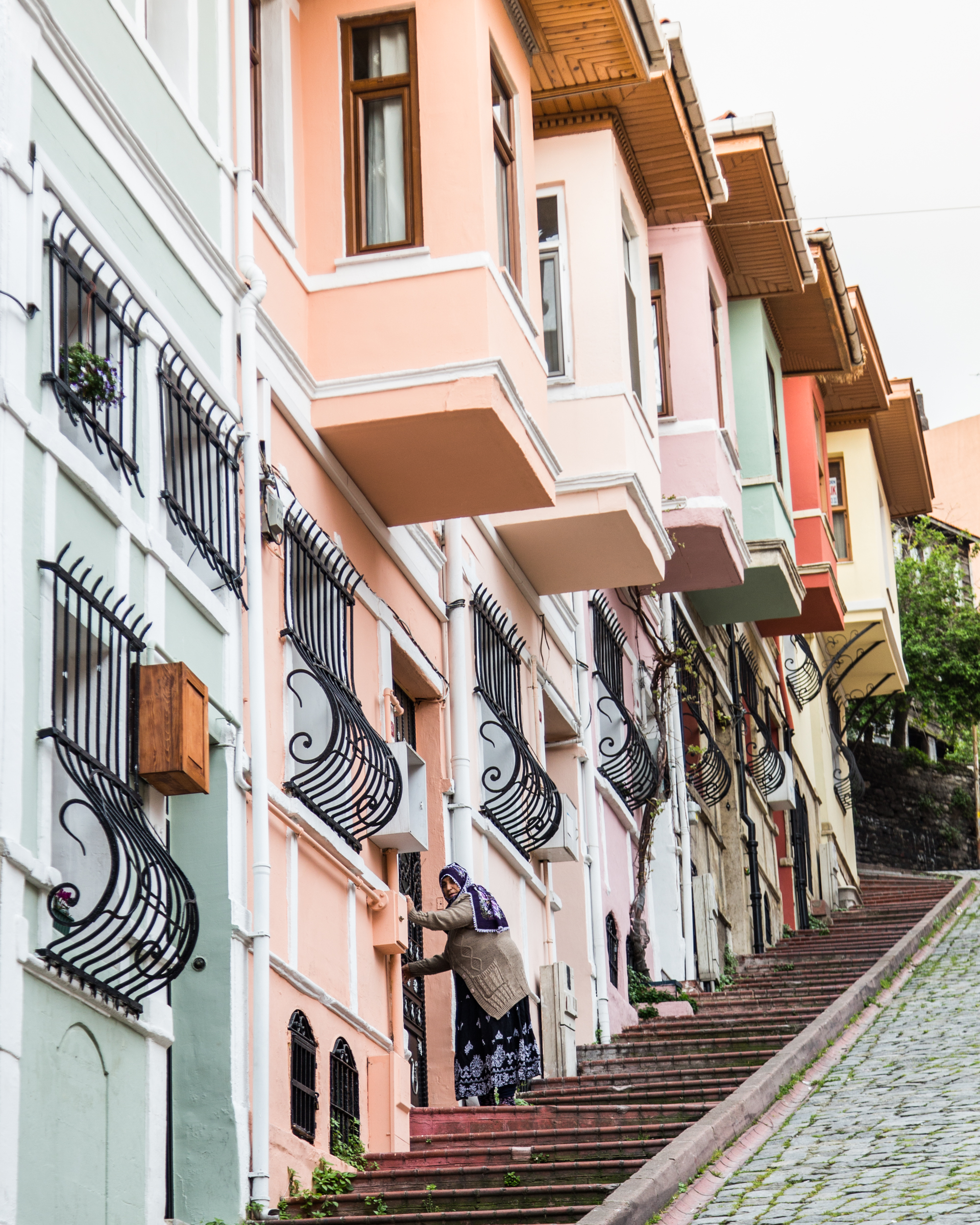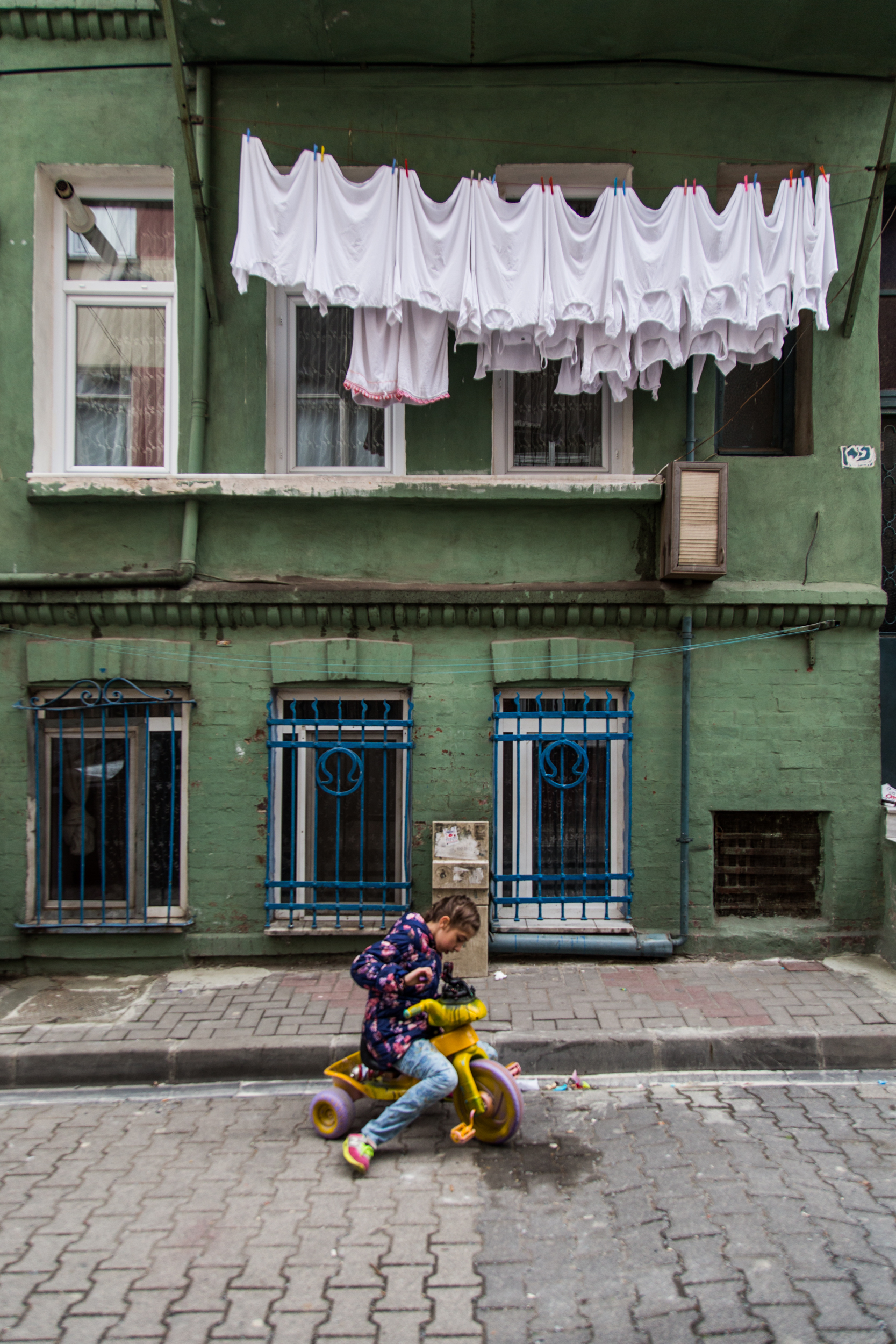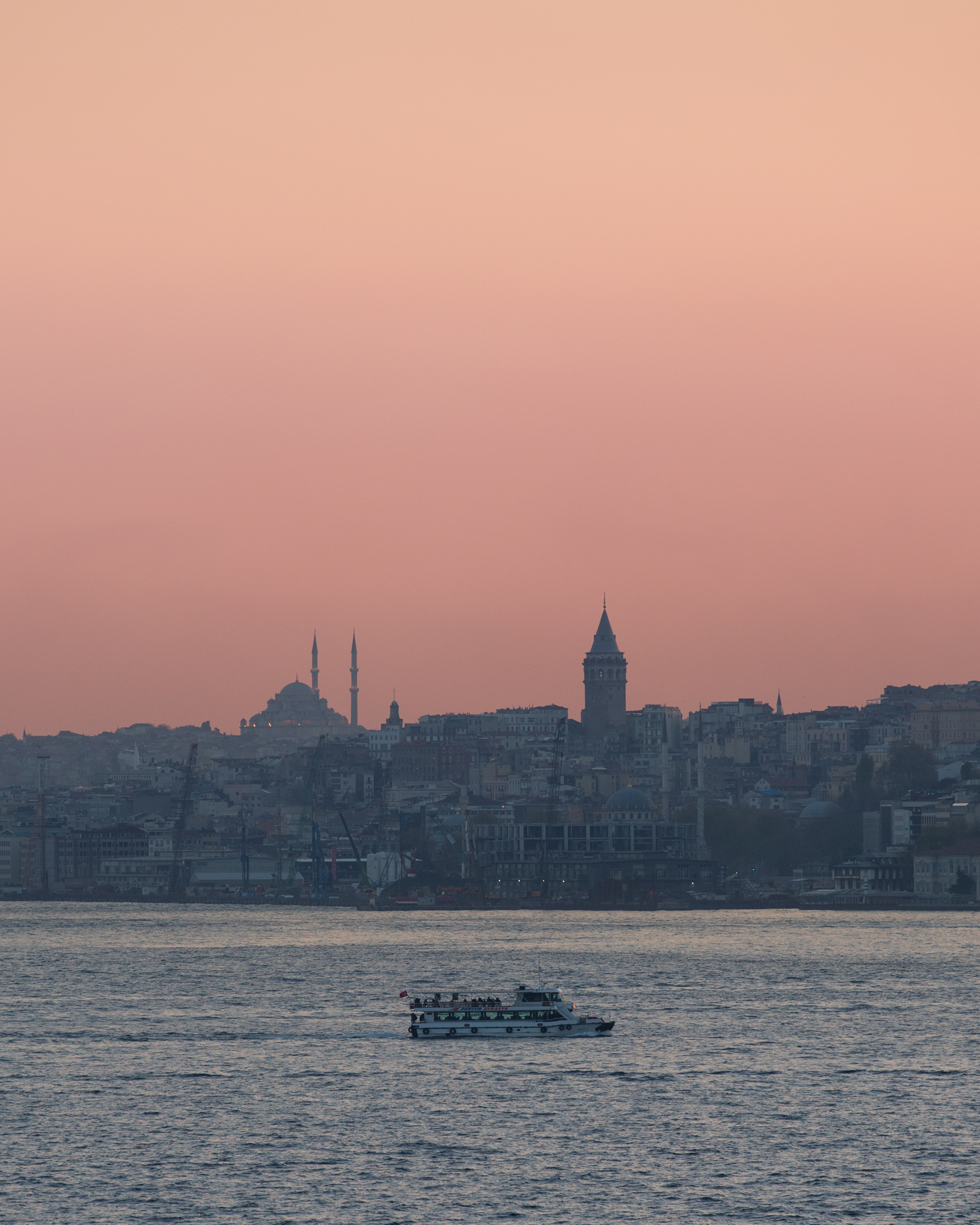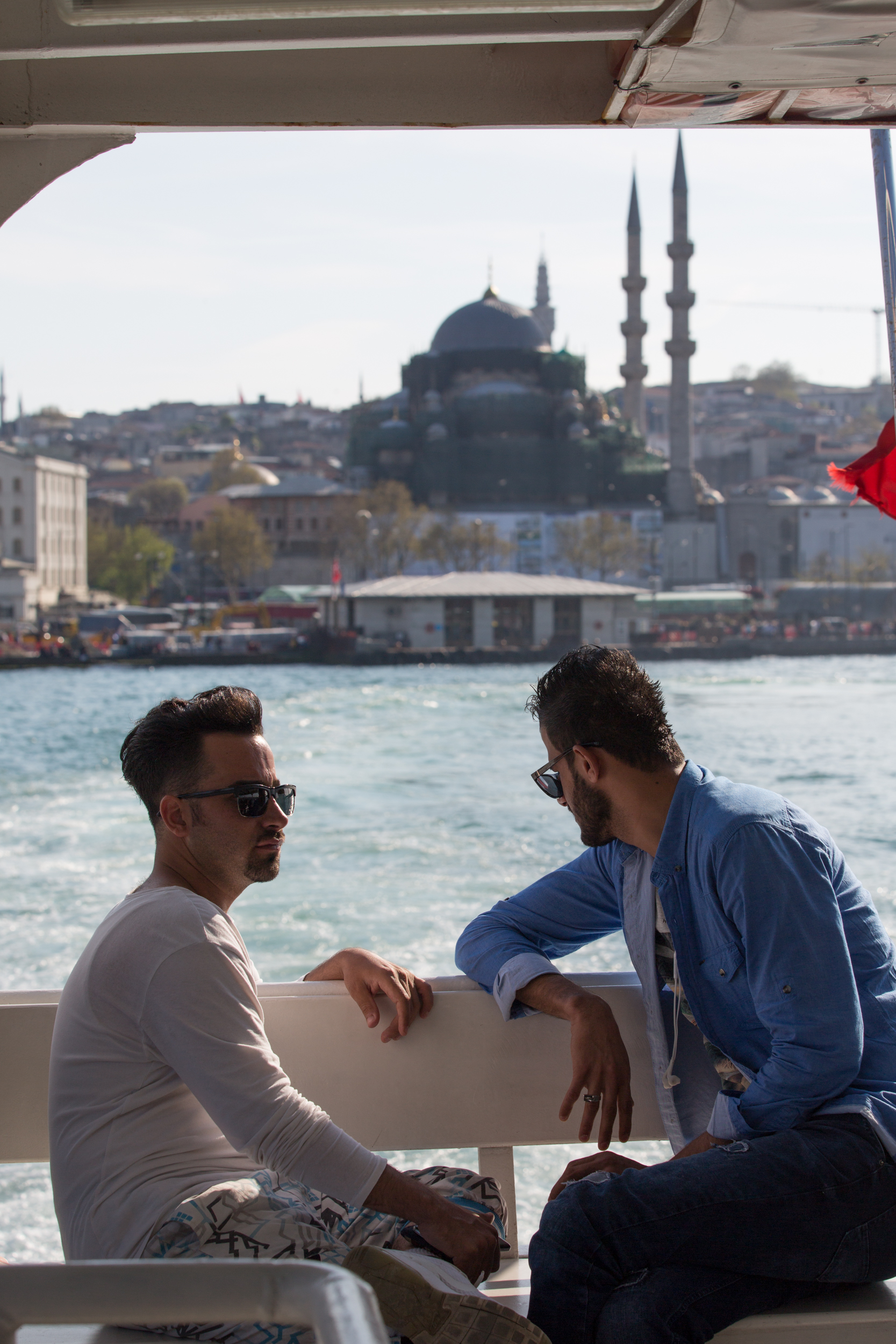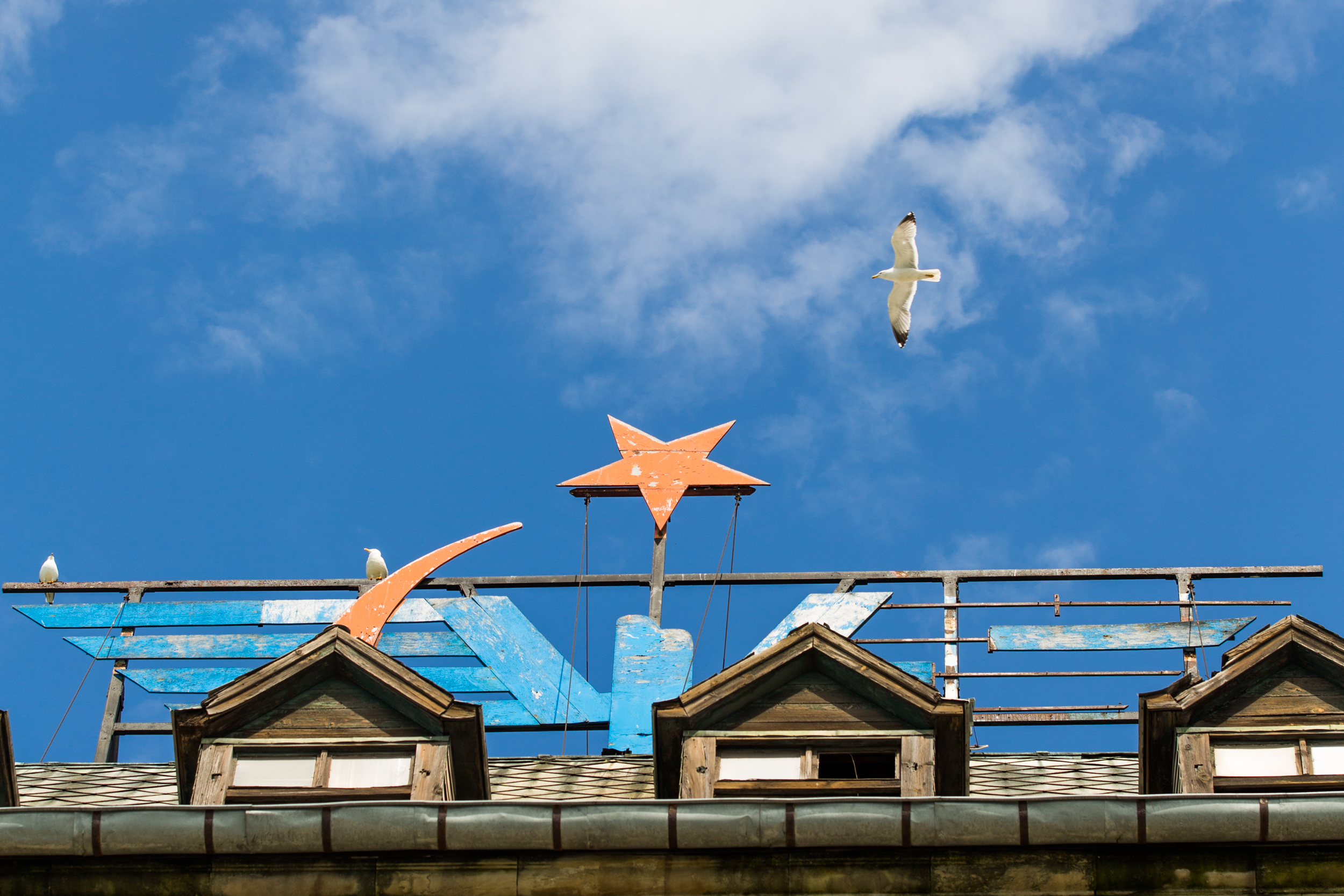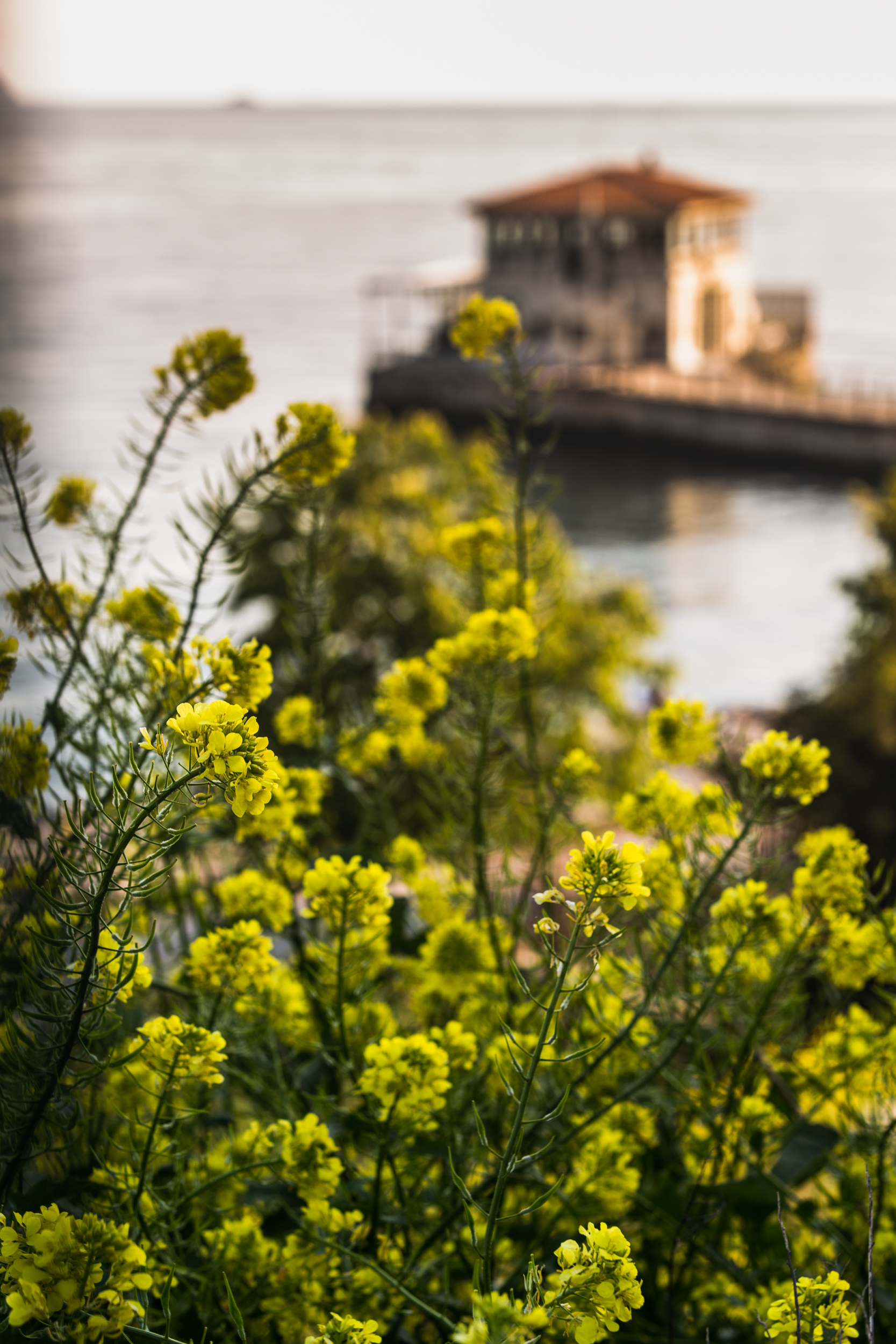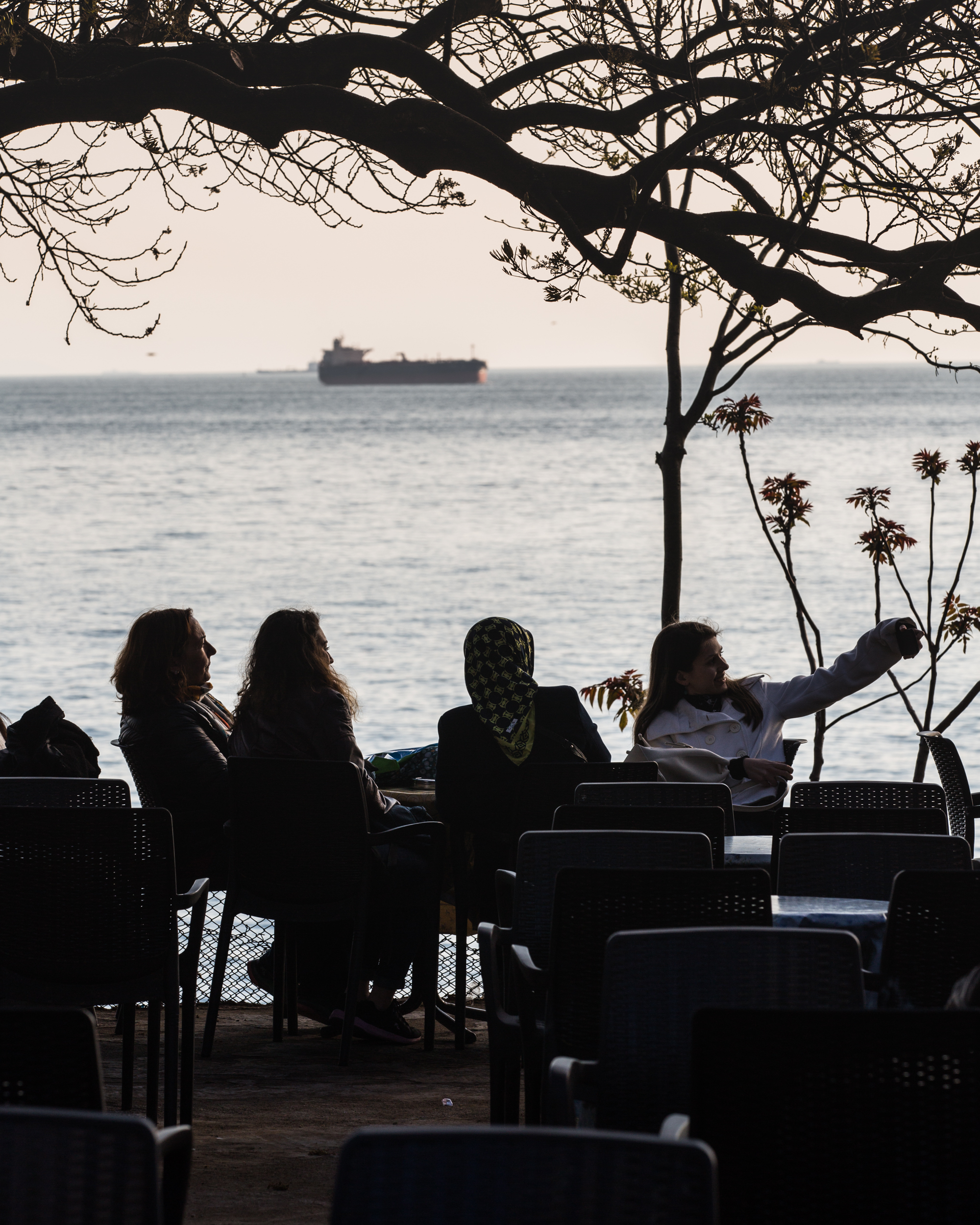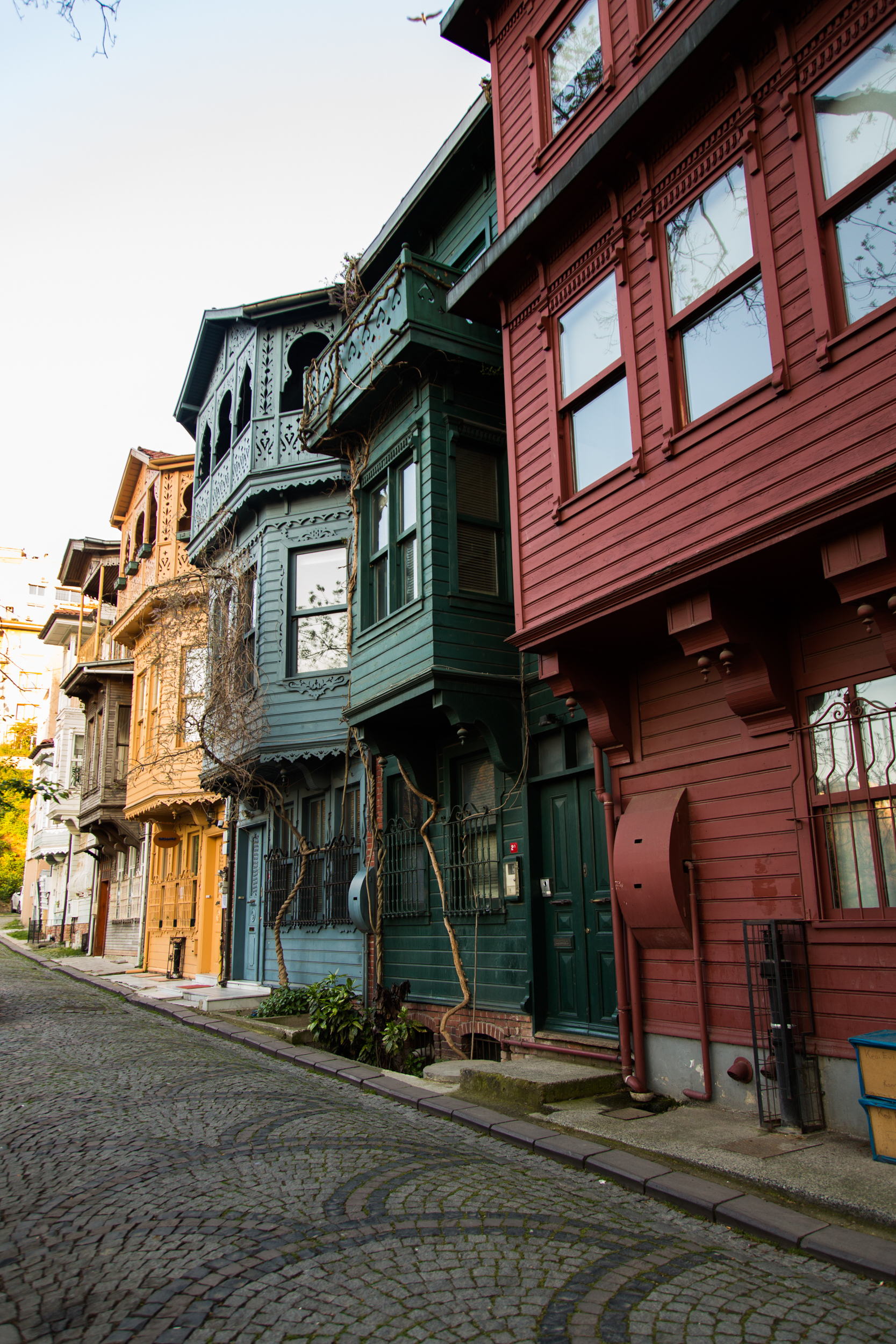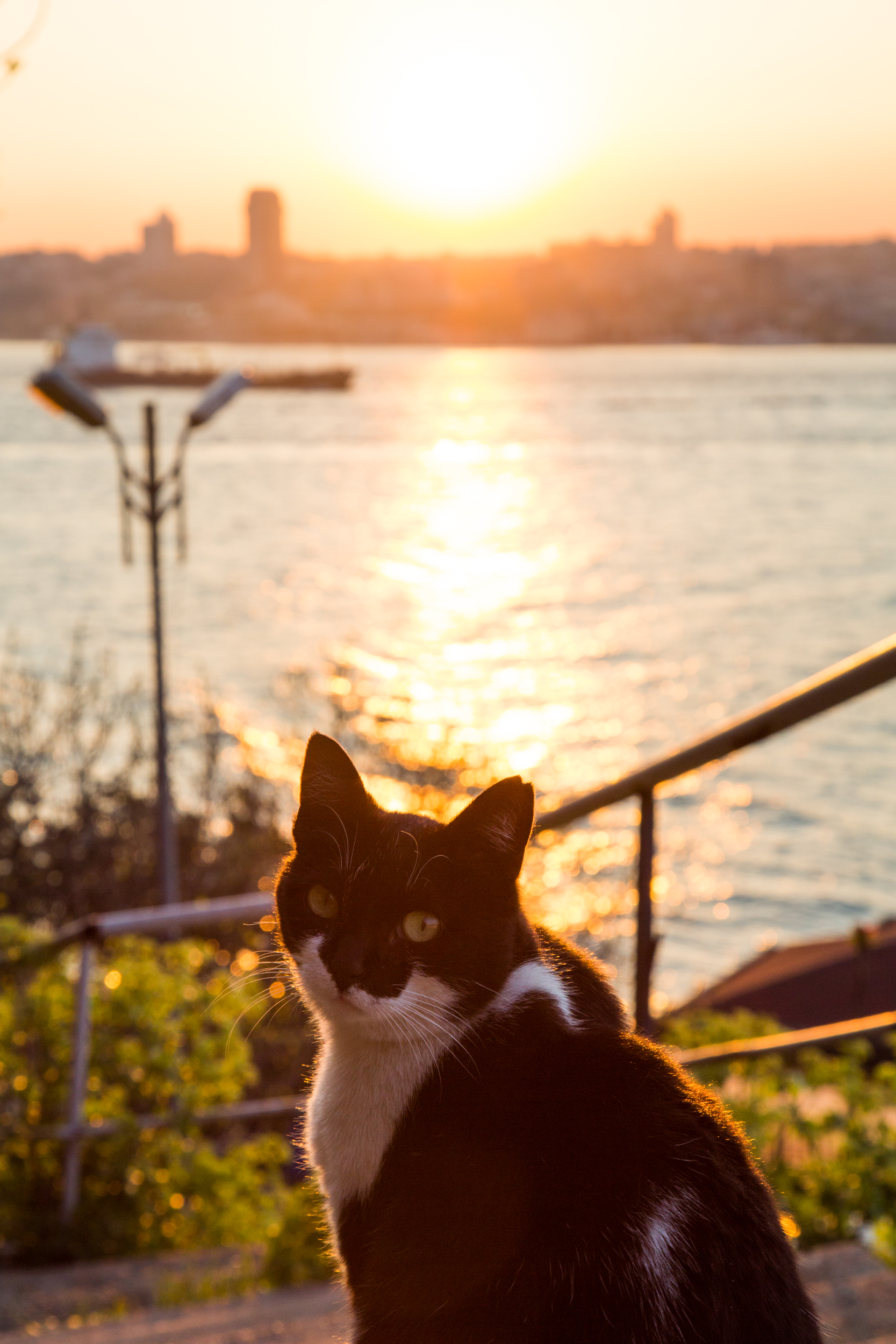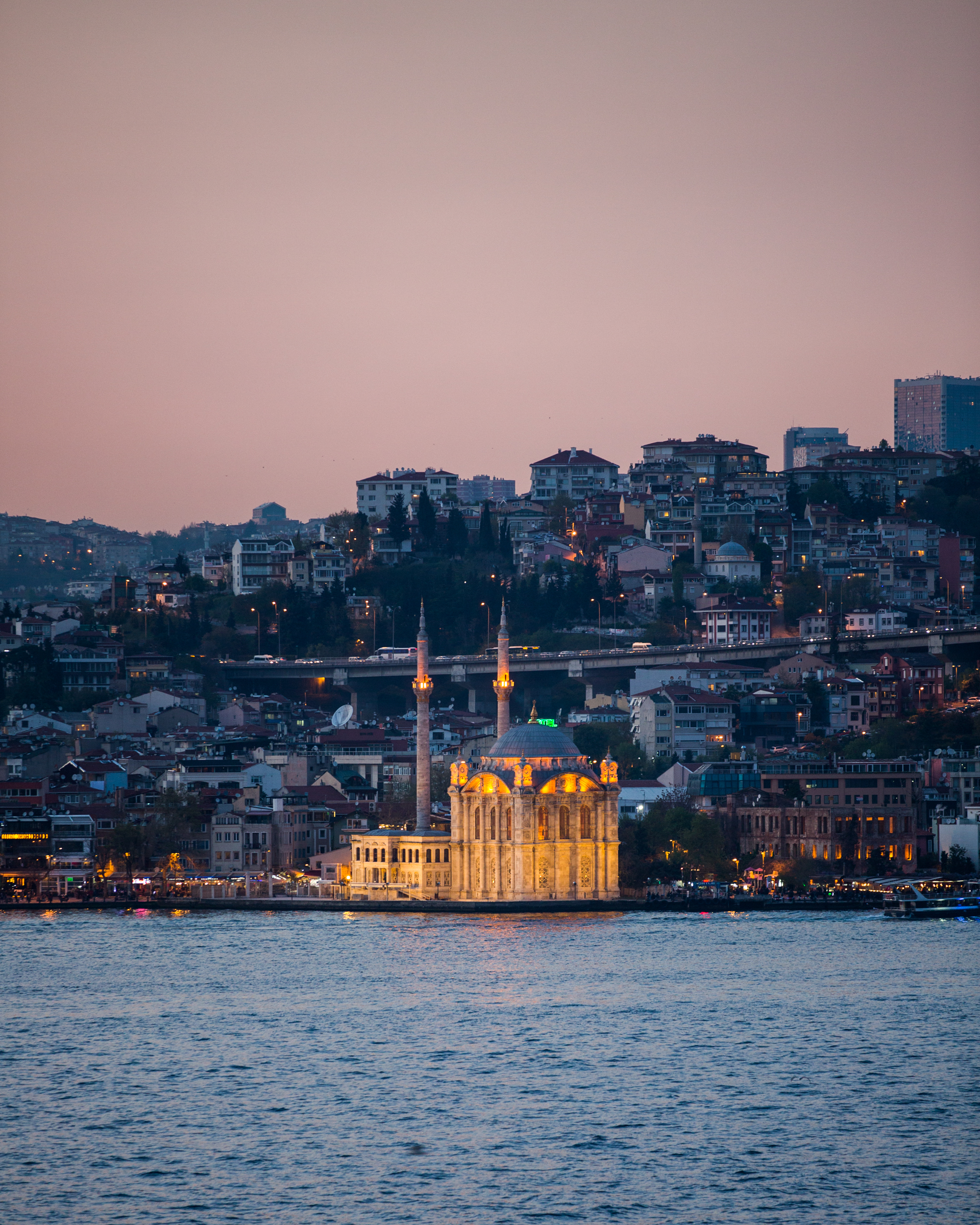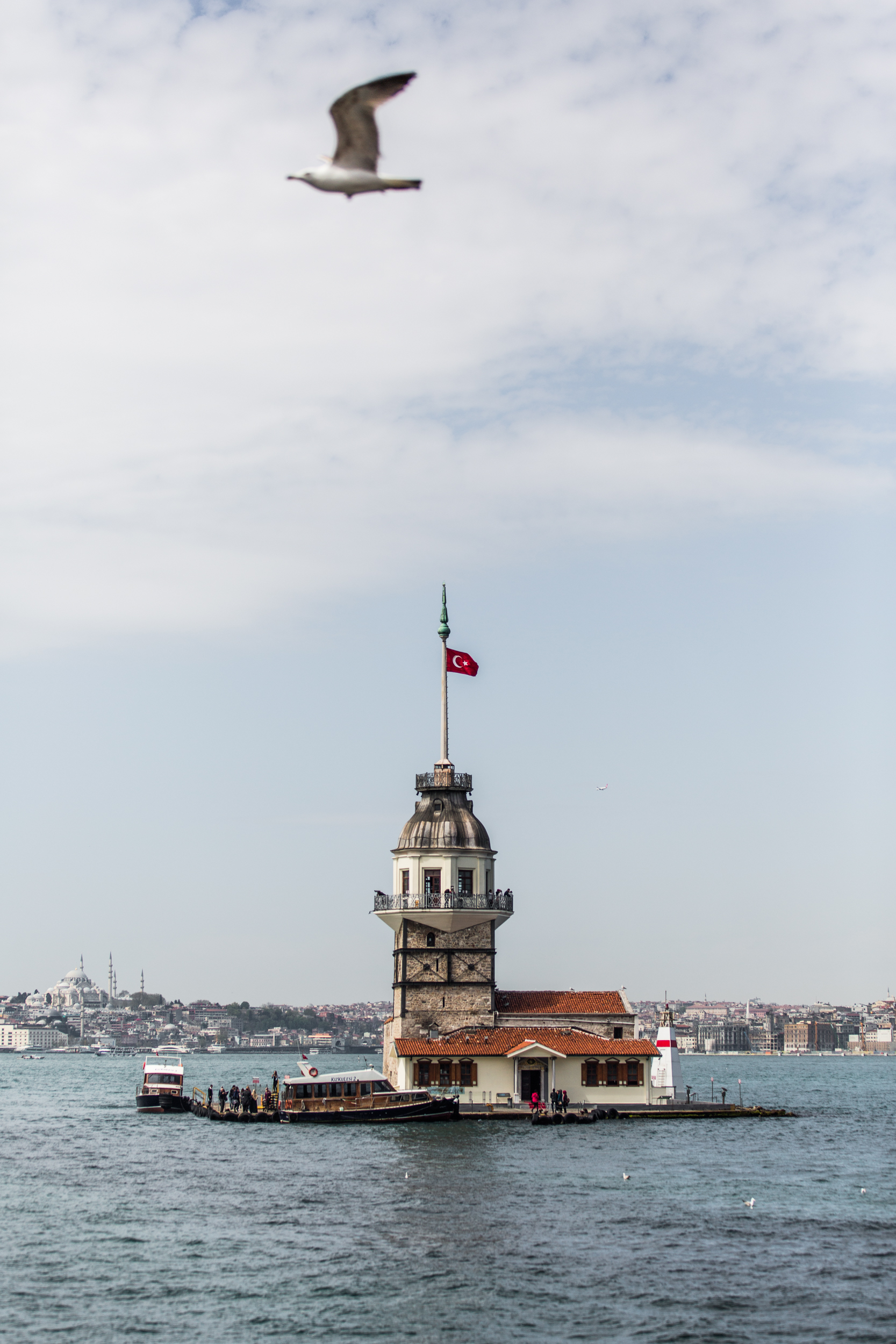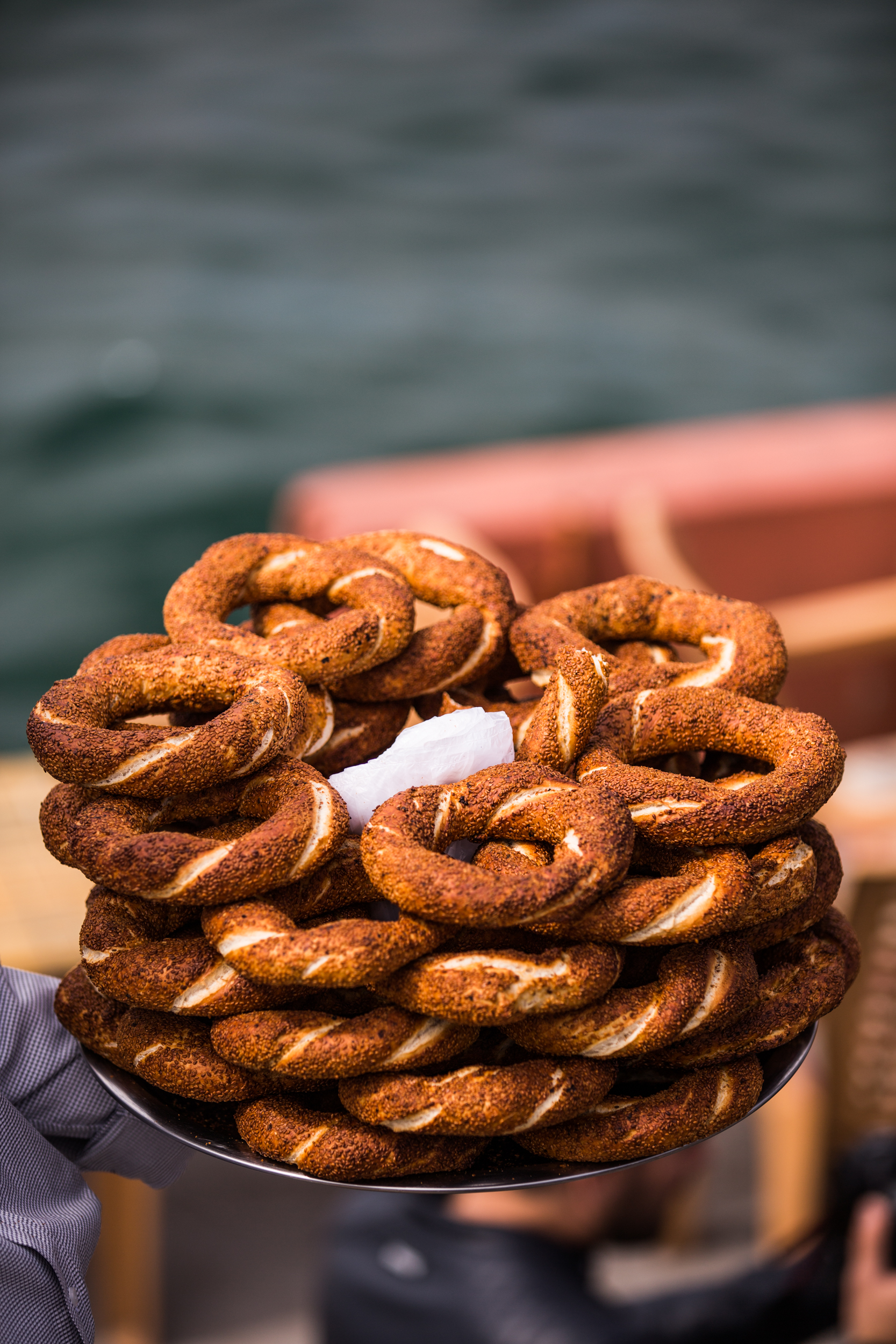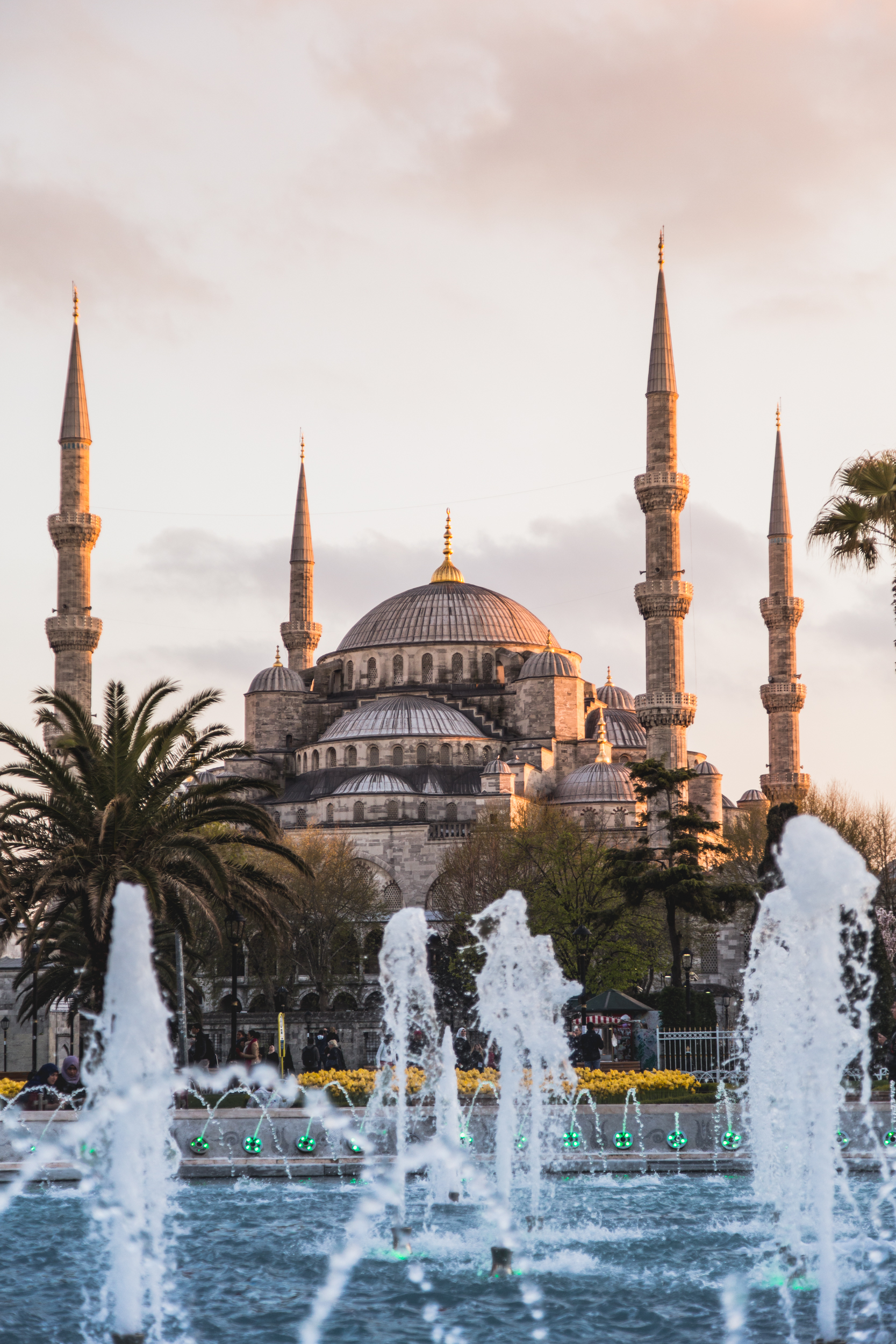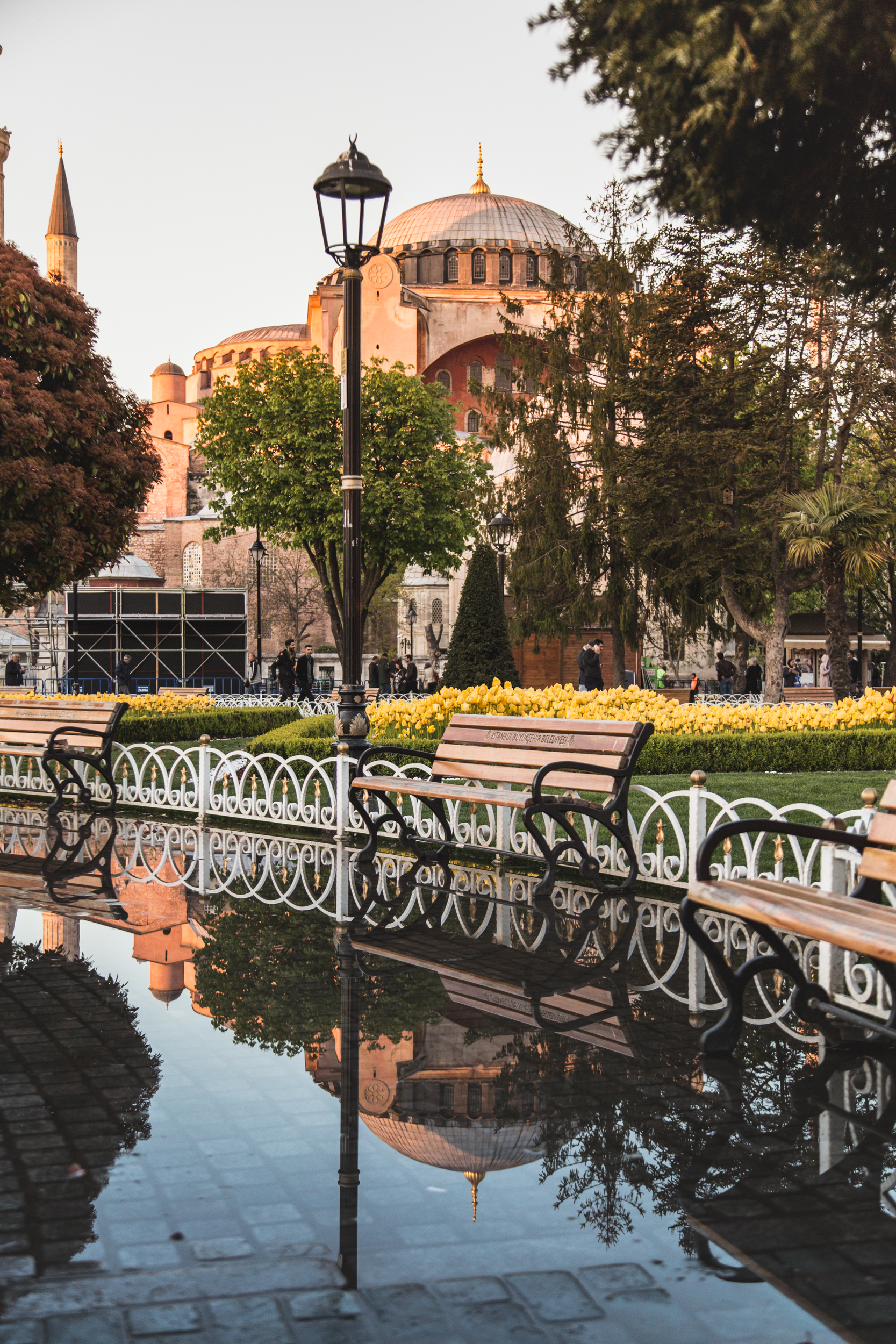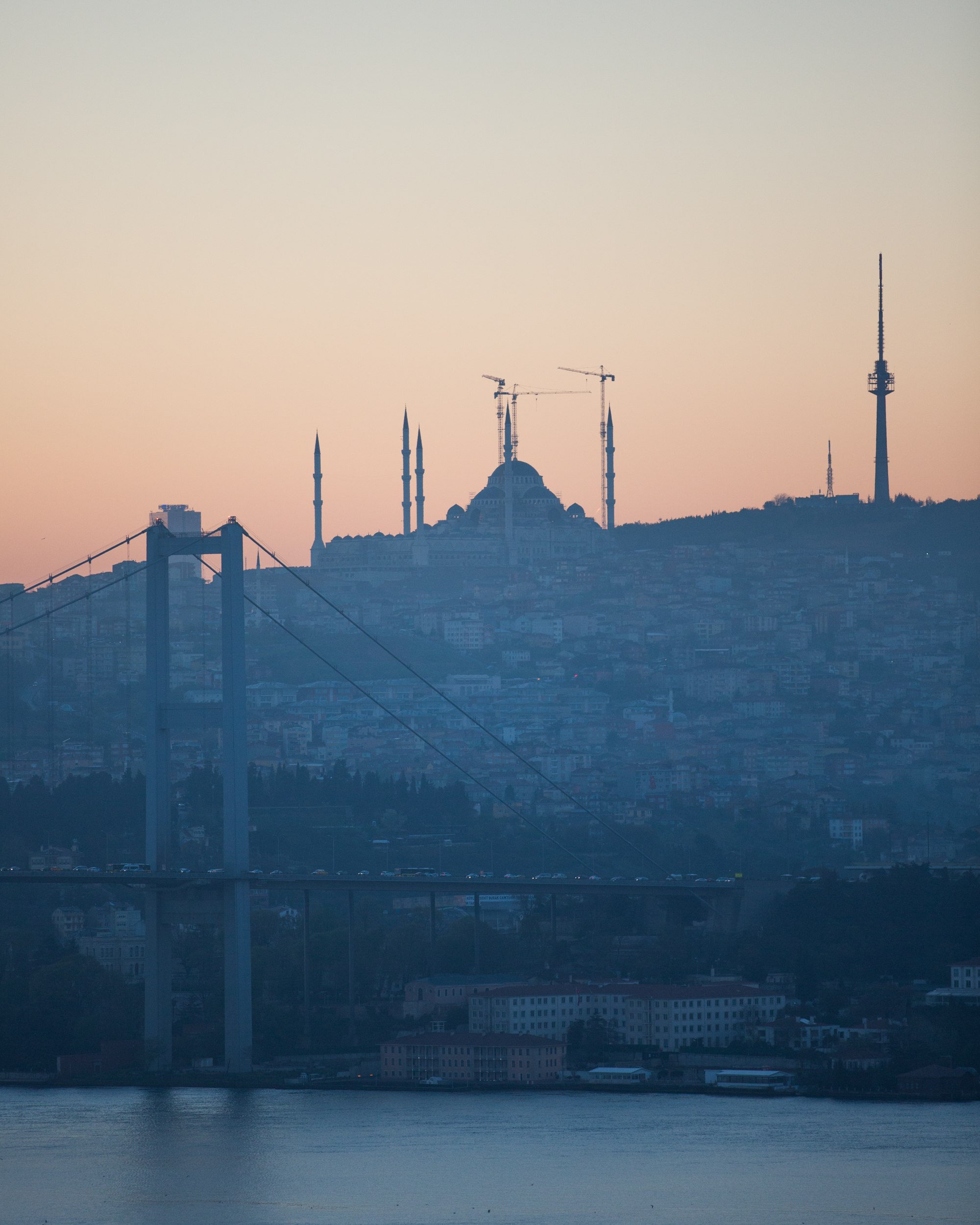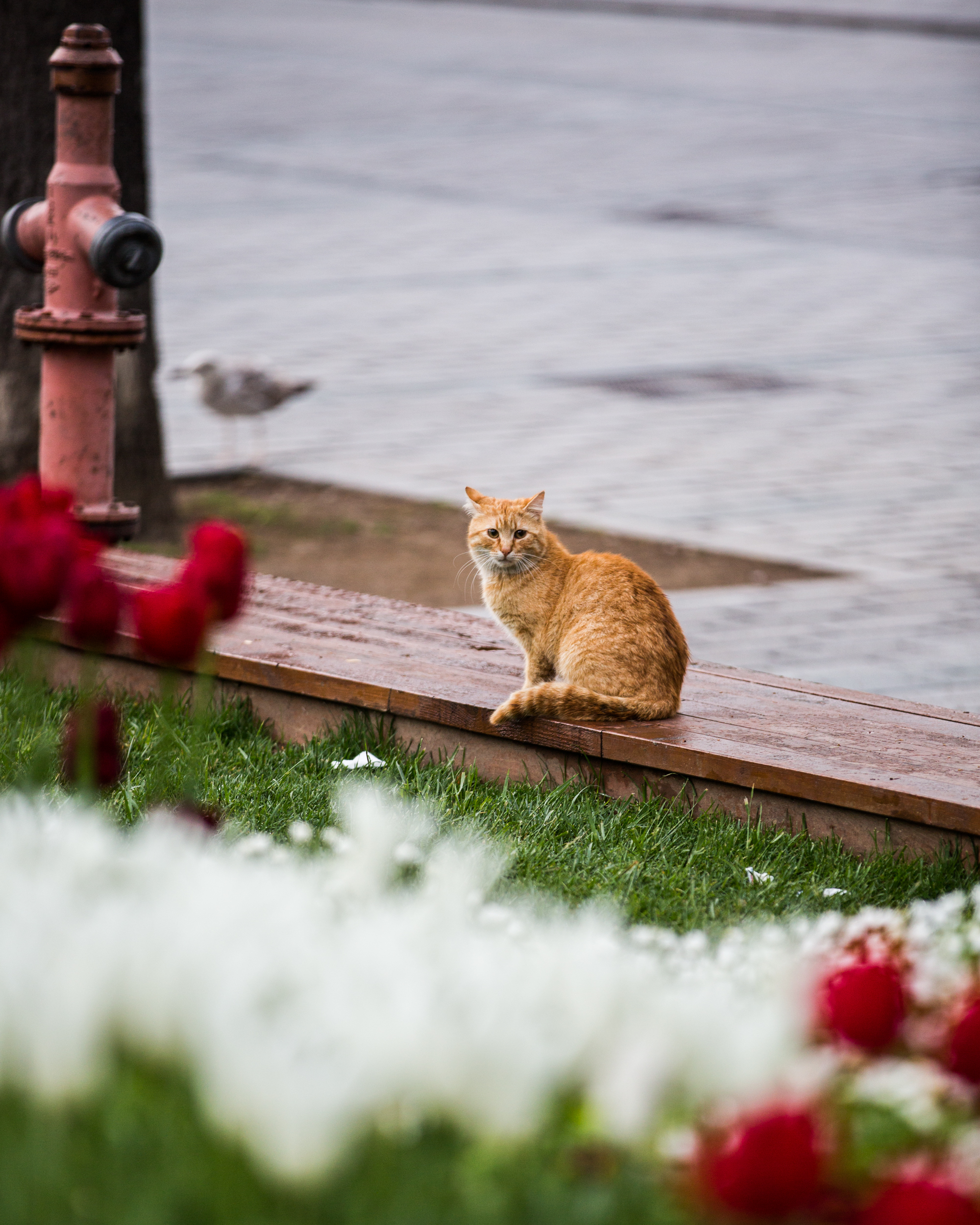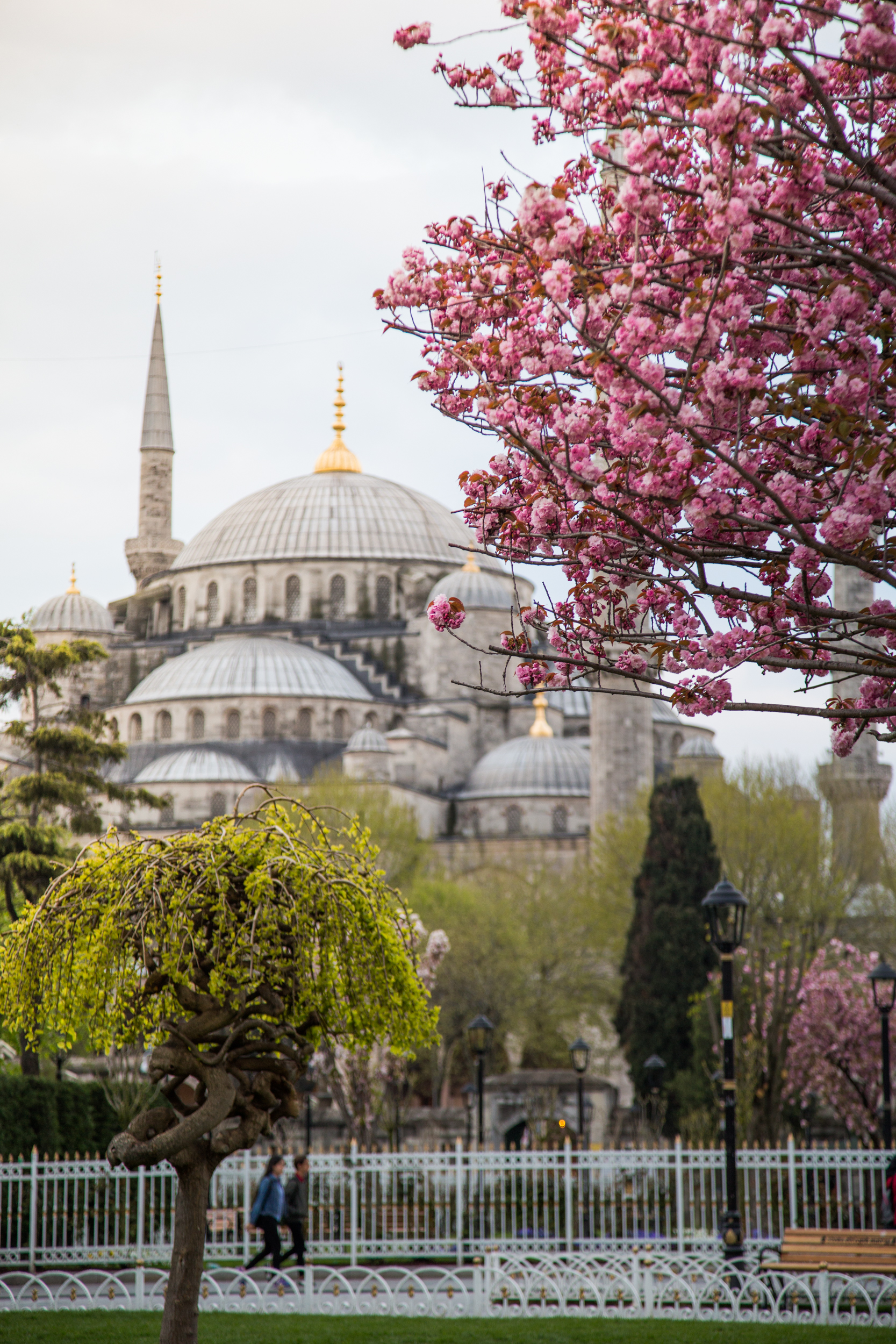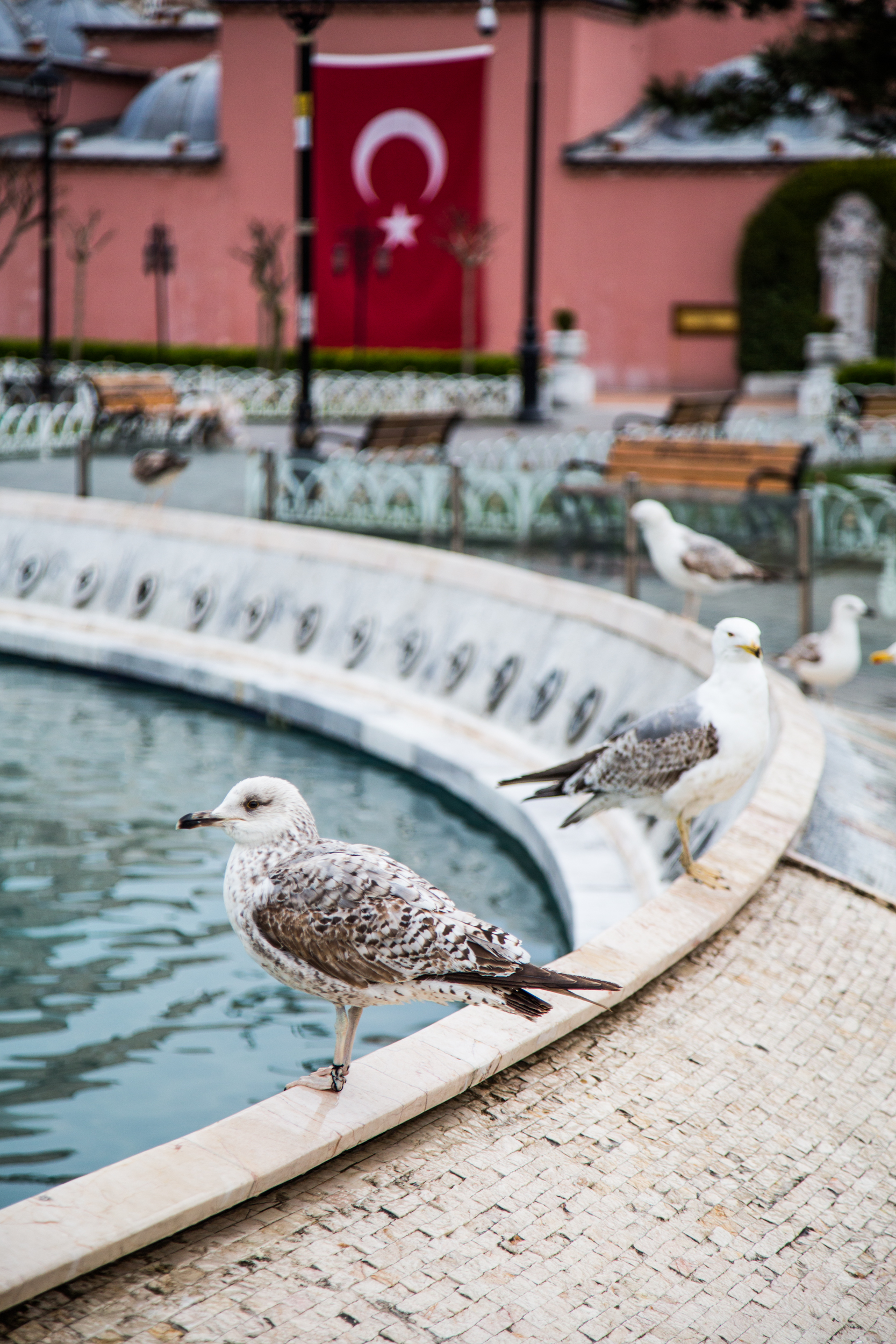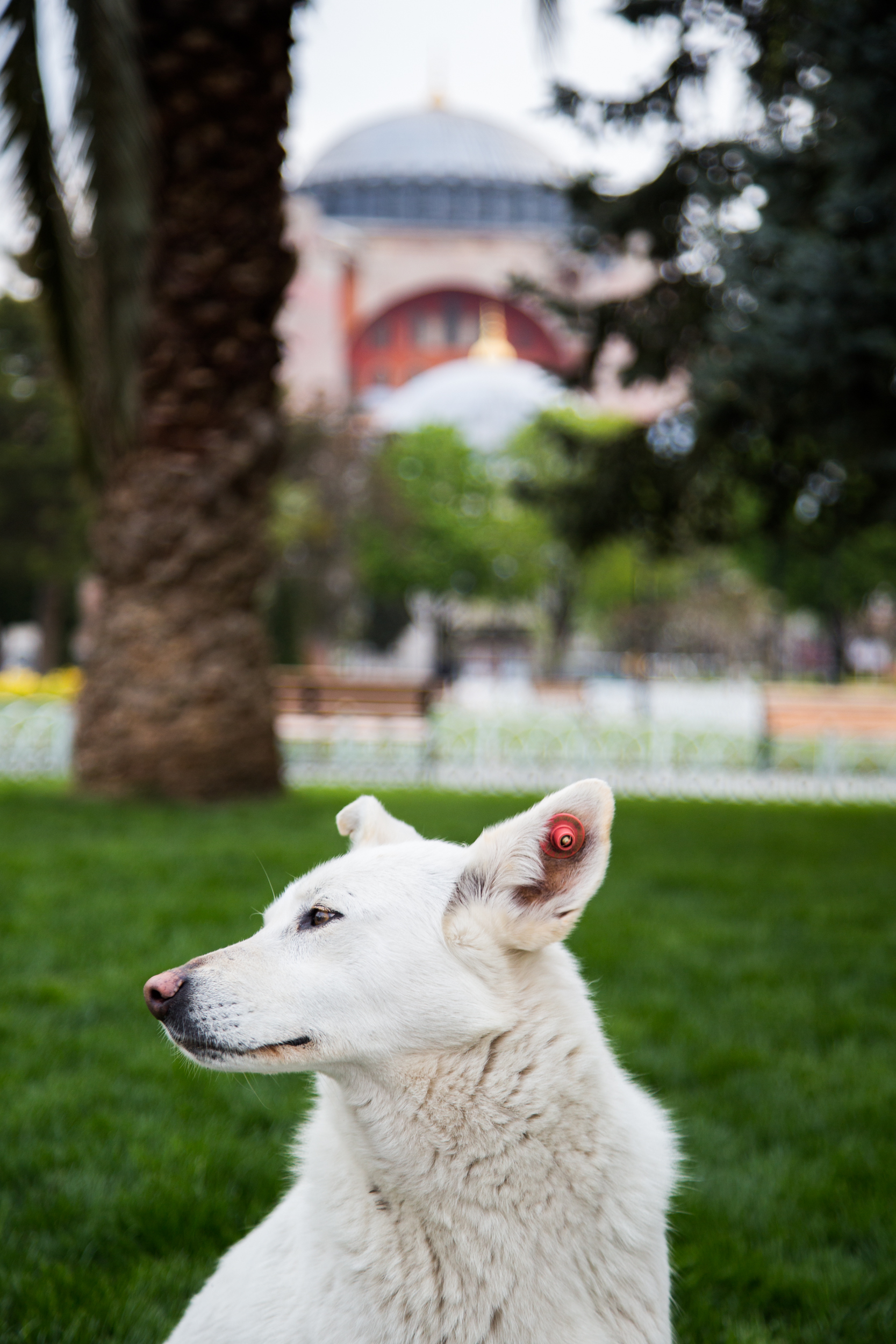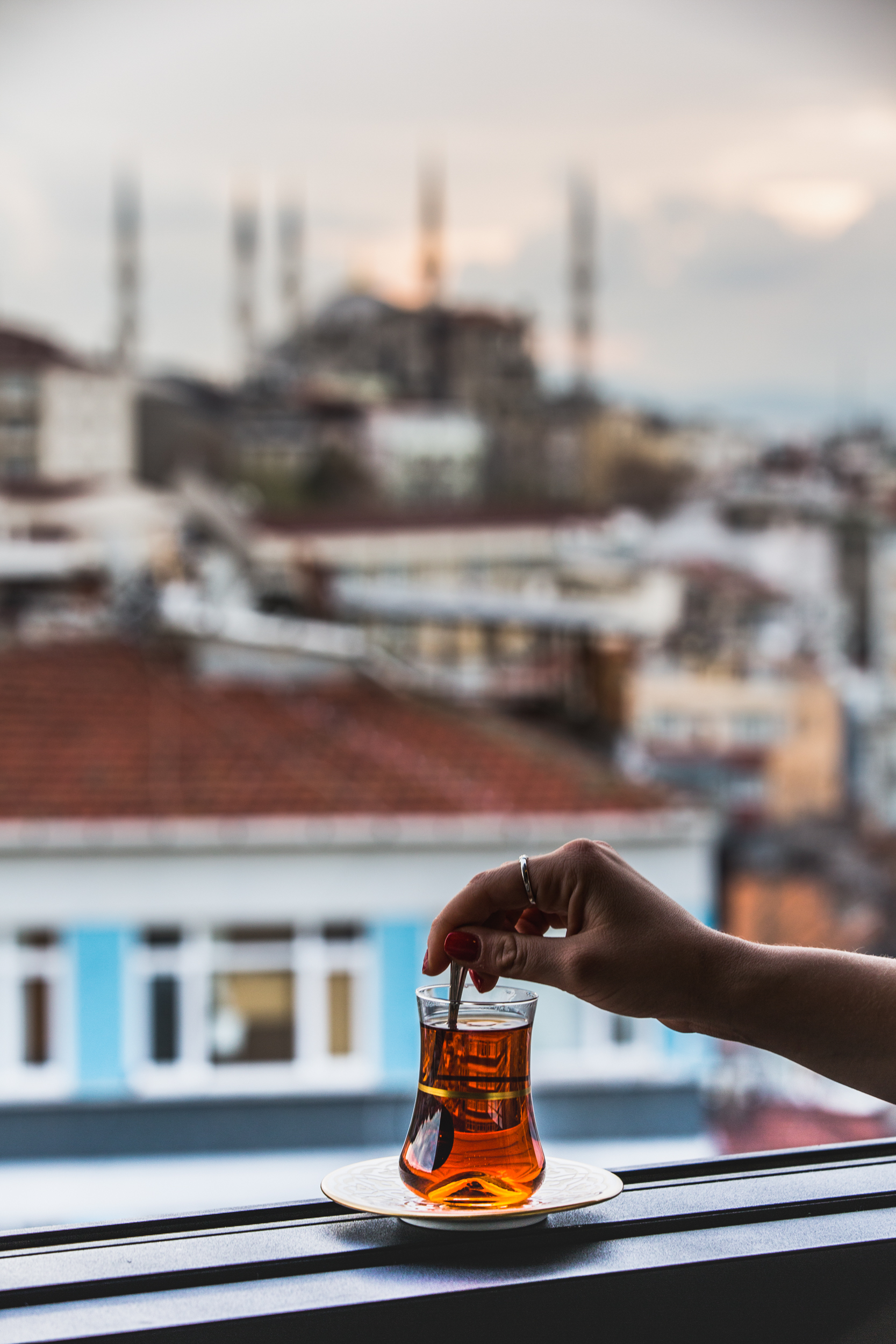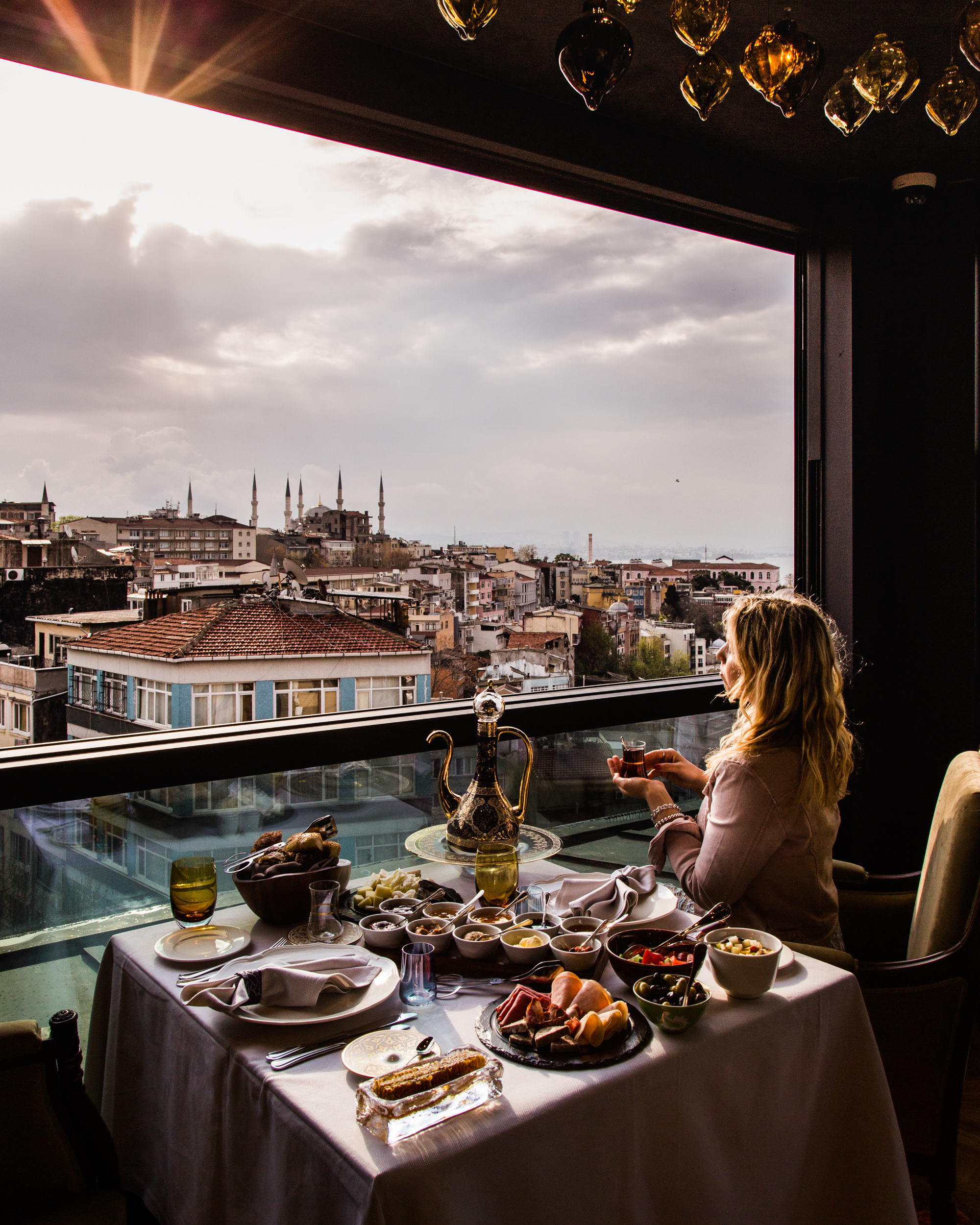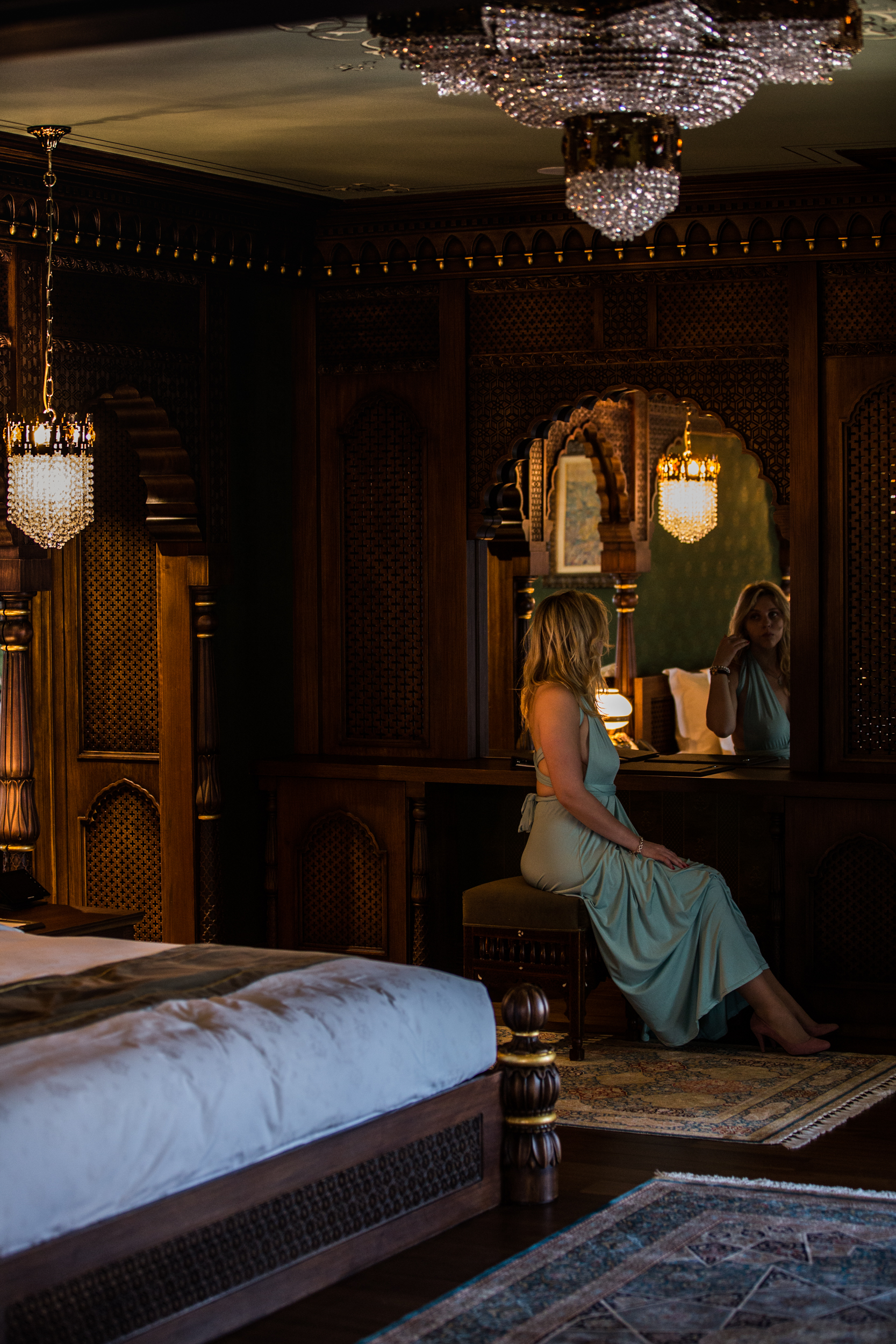3 weeks in New Zealand
I’ve just learned, that the country, where most German tourists are stranded now because of the Corona virus travel restrictions – over 10 thousand – is New Zealand. No surprise, it is hard to find a place more remote from Germany than the „Iceland of the Southern hemisphere“.
Luckily, me and my husband managed to spend 3 weeks traveling around New Zealand just before the current pandemic. Jan even made a stop-over in China’s Guangzhou – with a bit of a panic on his way back, in the end of January.
But in retrospect this almost spontaneous trip was a great decision and I am glad we now (in these days of uncertainty and #stayhome-lock-down) have this adventure to remember.
I am not an overly-budgeting blogger, so I won’t be calculating each and every cent we’ve spent on the trip, but I will give you some basic insights into our main expenses. I am pretty sure, that a lot of things will change after the lock-down, since the tourism business is suffering immensely at the moment.
TIME
1-24th January. High season and middle of summer in New Zealand.
I was a bit scared that there will be too many tourists and even though we had to book most hotels and campsites in advance and they were crowded indeed, most of the hikes and viewpoints were not. Unlike the South of Iceland in summer, the kiwi definition of “touristy” is highly overrated.
BUDGET
For our 3 weeks road trip we’ve spent around 7000 Euros for two people, including flights from Berlin. I am pretty sure, you can do a similar route for half of the money as well, similarly you can spent 20K for a luxurious holiday.
Regarding our finances: I am not a backpacker and never was, neither is Jan. We are adventurous and try to save some cash on our trips here and there, but our general motto is – we only live once. We are also both working adults in our 30s and can afford having a comfortable yet adventurous holiday.
Also, since New Zealand is so far away and takes 1 to 2 days to fly to from any European country (the shortest trips with one stopover was around 24 hours), I wasn’t sure that I would go there again in any foreseeable future, thus I’ve made a plan to see as much and do as much as possible.
The biggest chunk of the expenses were the FLIGHT TICKETS (we didn’t plan in advance and bought them 3 weeks before the trip - surprisingly they were not much more expensive than buying in advance). For 2 people we’ve spent 2500 Euros all together. Note, that we were flying in the high season – January is the middle of summer in New Zealand, so the airfares are usually higher. During low-season you can find a bargain and fly from Berlin to Auckland for as low as 600 -700 Euros.
The 2d big chunk of the budget was renting a CAMPERVAN. Again, we are poor planners – to be honest, I was planning this New Zealand trip for November without Jan, but the situation changed and he came along, leaving us hardly any time to make a thorough plan. Almost all fancier and bigger campervans were booked out, but we’ve managed to find a SPACESHIP basic camper (a kind of outdated and rusty Toyota Estima, but it did the job) and payed 1500 Euros for 18 days with a pick-up in Christchurch and Drop-off in Auckland.
HOTELS/CAMPSITES
We’ve decided to spend nights in both, nicer hotels and cheaper campings. The rule we followed (with a few exceptions) – 2 days sleeping in a camper, then 2 days staying in a hotel – was proved very comfortable already on my road-trip around Namibia 2 years ago. I am not a big camper, but New Zealand is THE country to camp. Either in a comfortable camping with showers, kitchen, toilets and even SPA’s or, if your camper is equipped with a toilet, you can try free-camping in places, where it is allowed. Since our little camper didn’t have a WC, we’ve only stayed in equipped campsites, which are usually more expensive – but you have all the services you need.
The average price for a non-powered CAMPERVAN SITE was around 20-30 Euros/night for 2 people.
Most HOTELS/AIRBNB’s we’ve booked were in the 80-140 Euros/night range. There are cheaper options, but after a few nights sleeping in a car I prefer a comfy bed, nice breakfast, a view and a pool, especially since we’ve saved money camping.
HOTELS I recommend:
South Island:
Queenstown – Nugget Point, a THC Group Hotel. A classy place with ginormous rooms, very tasty breakfast, collection of vintage Nation Geographic magazines (all the way to the 50s) and a tremendous view of a horseshoe band. We’ve spent 2 nights here (130 Euros/Night), which was a steal for a 4-star hotel with great amenities and views.
Franz Josef Glacier – Franz Joseph Oasis. A modern motel with big rooms and nice view. 120 Euros/night for a room with a fireplace.
Punakaiki – Hydrangea Cottages. Hands down my favorite place to stay in New Zealand. Secluded bohemian cottages with beautiful sunset view and an outdoor tub (make sure you book Miro cottage for the tub). 133 Euros/Night.
North island:
Wellington – U Boutique Hotel. A colorful little hotel close to all the action. 80 Euros/Night
Napier – Quest Napier Serviced Apartments. A good hotel to spend a night in the famous Art Deco city. 90 Euros/night
AIRBNB’s:
Christchurch
Auckland
Details from our cozy pool-house Airbnb in Auckland:
CAMPSITES/HOLIDAY PARKS:
South Island:
Lake Tekapo – Lake Tekapo Motels & Holiday Park (was overcrowded when we arrived, but the amenities were great, so book in advance in case you want to stay here).
Lake Pukaki/ Mount Cook – Glentanner Holiday Park Mount Cook (great views of the Mount Cook and surroundings); White Horse Hill Campsite a basic self-service campsite with running water and WC, but no showers.
Fiordland National Park – Possum Lodge (a wonderful little lakefront lodge with only a few campervan places. I especially liked their common room with cozy couches, variety of games and books).
Wanaka – Wanaka Top 10 Holiday Park (nice place with a sparkly clean kitchen and Jacuzzi).
Abel Tasman National Park – The Barn Backpackers (a wonderful campsite with cozy common room, well-equipped kitchen, TV-room with comfortable couches and lots of board games).
North Island:
Rotorua – Rotorua Thermal Holiday Park (the biggest plus of this campsite were the free geothermal pools)
If you made a basic research on traveling in New Zealand, you know, that South Island is considered more beautiful nature-wise and usually attracts more tourists. We considered doing a circle in the South only, but then figured out that we probably won’t go onto another side of the globe again soon, so why not check both islands? I was also excited about the idea of taking the ferry between the too and visiting the art deco city of Napier in the North.
On our trip we’ve met a lot of people, who were traveling for over a month – and honestly, if you have time and money, do so. We’ve also met lots of couples with small children and even babies – and from what I saw, New Zealand is super baby-friendly and also one of the most comfortable and safest countries to travel with a family. There were especially many German couples with toddlers and I assume they were using their paid parental leave time (as some of you might know it is up to 14 months for both parents) to discover the country as well as use the opportunity for babies under 2 to travel for free, which most airlines offer.
Since we had limited time to travel, we went for 3 weeks. Doing a shorter trip would make little to no sense, since you’ll waste at least 4 days traveling back and forth plus a few days of Jet-lag won’t do you good. Since we had limited time, we needed to adjust the trip and skip a few spots, but we still managed to see most of the country’s beautiful locations. Moreover, after 3 weeks of constant moving, I was happy to go back home to Berlin, since there are only that many waterfalls, fjords and beaches you can be excited about in a short period of time.
When searching for the perfect itinerary I’ve looked through Instagram for inspiration plus visited the official website of the New Zealand’s Tourism Board.
They offer itineraries for 3-7, 8-14 and 15plus-day-tours as well as separate tours for only North or South Islands. If you are a lazy ass, just follow their lead, you won’t be disappointed.
Here is our modified itinerary, which turned to be ideal for both of us:
Day 1-3
Christchurch. We’ve decided to spend 3 nights in Christchurch before heading off onto a road-trip. We needed time to fight the Jet-lag and acclimatise. Christchurch is a small town, it was heavily damaged by the 2011 earthquake and the signs of destruction are still very visible.
We loved the rough beach, the botanical garden and the Christchurch Art Gallery. I was especially pleased to see, that almost 50% of all art in the museum was by female artists.
We also stumbled upon the Ferrymead Heritage Park – an open-air museum outside of the city, which offers a glimpse into the life of the early-20th-century New Zealanders. Despite high season, we were the only people in the whole “settlement”, which reminded me of the Bodie ghost-town in California.
Day 4-5
Lake Tekapo and Aoraki National Park. Lake Tekapo is an ultimate instagram attraction because of the millions of lupines, growing here in spring and summer. We stayed 1 night here, also visiting the local hot springs before heading to Lake Pukaki and Mount Cook/Aoraki.
Aoraki National Park, despite the rain and at moments even snowy weather, was one of the highlights of our trip for me. I wanted to do some hiking and we managed to do two 5-hour hikes in one day – Hooker Valley track – one of the most popular short tracks with amazing views and little elevation and the Sealy Tarns track, which ended up being a constant 3-hour climb up the hill.
Day 6-8
Queenstown. On the way from Aoraki to Queenstown we made a quick stop NZ ALPINE LAVENDER – a small lavender farm, which I suspect only operates for tourists. For 5 NZ $ (less than 3 Euros) you can enter the small lavender field, take pictures and buy a lavender ice-cream and some souvenirs in a kiosk afterwards. A “why not?” rather than “must-see” experience.
After another hour of driving we’ve made a 2-hour stop at HOT TUBS OMARAMA, which I highly recommend. We’ve slept in our van for 2 previous nights, so soaking in the hot water with a view of a pristine little lake was a great and very relaxing experience. One should book a private onsen in advance, especially for the sunset.
Hot tubs Omarama
Queenstown is without a doubt the adventure capital of New Zealand. Rafting, speed-boating, canoeing, biking, sky-diving – you name it.
We did the SHOTOVER RIVER JET BOAT adventure – rather expensive (120 Euro p.P.) 40 minutes jet-boat ride through the narrow canyons of the Shotover river. It was fun, but IMHO not worth the money.
Instead, I preferred the QUEENSTOWN LUGE – tremendous views, fun luge rides down the hill and a relaxing gondola ride up and down. 40 Euros for a package of a gondola ride plus 5 luge rides was money very well spent.
For those tourists with little time and flexible budget, I’d recommend to take a scenic helicopter or plane flight from Queenstown to Milford Sound. It takes less than 45 minutes to fly there and over 4 hours driving. The flight together with a 2-hour cruise through the famous sound (the New Zealand name for a fjord) would cost you around 350 Euros p.P.
We had some time on our hands and I wanted to see the Doubtful Sound as well, so we drove instead.
Day 9 1/2
Fiordland National Park. Part of New Zealand, which reminded me most of Scandinavia and Iceland. Mosts people come here to see Milford Sound, day-trips with busses and helicopter flights are available from both Queenstown and Wanaka.
Fjordland is considered one of the rainiest places in the world, with over 200 rainy days per year. We’ve managed to come to Milford Sound on a sunny day, which was a nice change, but a disappointment for many photographers on our cruise. Next day we went on an early cruise to Doubtful Sound, which met us with gloomy weather and much expected rain. Both sounds are magnificent, with Milford being more accessible and I can only encourage you to book a cruise with one of many companies, offering 2-4 hour cruises.
In order to make our 7 AM Doubtful Sound cruise, we stayed in a village of Manapouri, where we had dinner in a burger place, operating in an old church (The Church Manapouri).
Day 9 1/2-11
Wanaka. A trip from Fjordland to Wanaka was uneventful, luckily we were listening to true crime podcasts to kill the time. If anyone’s interested – Root of Evil: The True Story of the Hodel Family and the Black Dahlia is a creepy one, which will make you feel normal about your own family no matter what.
Another two podcasts we listened to on our trip were the 1st seasons of Serial and My Favorite Murder, which is now one of my to-go podcasts, combining true crime with humor of its two charming hosts.
Wanaka itself was a nice place to stay. We saw the famous Wanaka tree and made an epic and exhausting climb up to the Roy’s Peak, which provided one of the most memorable and amazing views I’ve encountered on this trip.
Day 12-13
West Coast. If you are looking for a spectacular drive – look no more. I’ve seen a few breathtaking coastline drives in my life (Pacific Coast Highway in California, Namibian Skeleton Coast and Amalfi Coast in Italy among others), but the West Coast of New Zealand’s South Island can easily compete if not top them.
We spent one night next to the Franz-Josef glacier and took a 2-hour return hike to the glacier’s viewpoint. After we made a stop-over in the former golden-rush capital and now almost-deserted town of Hokitika (you can read about golden rush in New Zealand in Eleanor Catton’s award-winning novel Luminaries) and spend a wonderful sunset and night in Punakaiki, with its breathtaking Pancake Rocks viewpoint and serene beaches. If we had more time, I would definitely spend more time in Punakaiki, just relaxing and reading books in our rented cabin.
Day 14-16
Abel Tasman National Park. Finally summer! After 2 weeks of moderate temperatures, only comparable to German October, we arrived to a warm paradise. Abel Tasman National park is a car-free zone and you can enter the park either from the North or from the South. In the South we’ve stayed at a great campsite (the Barn Backpackers), only a hundred meters away from the park’s entrance.
Many people do a 4-5 days coastal hike, with overnight options in several huts and campgrounds along the coast, but we’ve decided for a sea-kayaking rental and a 4-hour wave-fighting and exhausting paddling to Torrent bay, where we dropped the kayak for another 3-hour hike back to our camp. The hike was great, with many viewpoints and beaches on the way, while kayaking in the open sea was a serious challenge, both of us didn’t enjoy. Fun for the first 20 minutes, it turned out to a constant battle against the Pacific Ocean.
Day 17-18
Island Ferry & Wellington.
The ferry ride along the Cook Strait between the South and North Islands at sunset was a great experience. There are 2 popular ferry companies operating between Picton (in the South) and Wellington (in the North), one being the Interislander and the another one Bluebridge. Be prepared to pay between 140 and 160 Euros for a van with 2 people for a 3-3.5 hour crossing.
We arrived to Wellington late and stayed for 2 nights. Capital of New Zealand is nothing particularly spectacular (unless you are my husband, who loved it a lot), but we enjoyed the botanical gardens a lot. If you want to see more Wellington and why you shouldn’t stay there for too long, I’d recommend watching Wellington Paranormal – a hilarious mockumentary series, directed by Jackie van Beek and Jemaine Clement (“Flight of the Concords”, “What We Do In The Shadows”).
Day 19
Napier. This beautiful little town is often overlooked by tourists, but it is truly one of New Zealand’s architectural gems. About 8 years ago, I’ve found a poster on the street, which said “Destination: Art Deco Napier”. I ignored this name for a long time, until I managed to google it to discover, that Napier is one of the world’s capitals of art deco architecture. After it was badly ruined in the 1931 earthquake, most of its city center as well as a few residential areas were rebuilt in a distinctive art deco style. It is truly a photographer’s paradise, still not crowded (and probably in need of a tourist cash flow – my humble observation).
Day 20-21
Rotorua. This Northern town is a famous geothermal area and the center of the Maori culture. We’ve managed to experience both – visited WHAKAREWAREWA – THE LIVING MAORI VILLAGE and the POLYNESIAN SPA, plus did a fun rafting adventure with a 7-meter waterfall drop!
In Rotorua we camped for our last 2 nights and natural geothermal pools in our holiday park was a nice addition.
Day 22-23
Auckland. On the way from Rotorua to Auckland we made a short detour to Waitomo glowworm caves – who’d think that caving can be so mesmerizing. Unfortunately, it was forbidden (and too dark) to take pictures but taking a boat through a pitch-black cave filled with glowing insects was a “woooooow!” kind of experience.
Many people I’ve talked to recommend skipping Auckland all-together. I found it great. Probably I’ve had enough of nature already and getting back to a busy city was a sweet relief for my urban soul. More likely, Auckland is a great city with a mild climate, San Francisco-esque vibe and great restaurants – and that is why I liked it. We managed to find a perfect Airbnb in the residential and hip Herne Bay – a small pool-house behind an old mansion, with the view of a pool. Auckland met us with great weather and was a perfect conclusion to our amazing 3 weeks in New Zealand.
Restaurants I liked in Auckland:
Dear Jervois – was a great brunch place next to our Airbnb.
Andiamo Eatery (be prepared, that Italian food in New Zealand is great, BUT a bit different from real Italian).
&Sushi – best sushi and poke boles I’ve tried in NZ, even though sushi and poke bowls were generally great.
Auckland Fish Market – a place with a variety of food vendors selling fresh oysters, sushi, poke and drinks.
FOOD in New Zealand:
Is great.
While camping we’ve cooked quite a lot and supermarket prices were similar (a bit more on the expensive side) to Germany. We had all the cooking equipment in the van but often used fully-equipped and cozy camping’s kitchens.
Most of restaurants we’ve eaten at proved to be great – I loved the quality of the sea-food, especially sushi and poke bowls. The prices were also surprisingly comparable to Berlin – a casual dinner or brunch for two in a good mid-price range restaurant would cost around 30-40 Euros for 2 people. Again, you can always find cheaper versions, there were plenty of choices anywhere we went.
***
I know it is weird to post a travel itinerary in the middle of the world’s biggest lock-down. Nevertheless, I am looking on a bright side and hope that this article and my personal experience will help you plan a nice future holiday without any last-moment rush. If you have any particular questions about our trip, drop me a line!
2 days in Khao Sok National Park
Bamboo cabins on the Cheow Lan Lake
Beach photos from Thailand became a meme among my Facebook friends this winter. That is why, when thinking about what to write about my trip to Thailand this January, I've decided to start with a place, not so common among pale European tourists, like myself - my 2-day 1-night visit to the Khao Sok National Park in the Surat Thani province.
I have to be honest – I haven't heard of the place before I spotted a picture from the Cheow Lan Lake in my Instagram feed. It was so breathtaking, that I convinced my boyfriend to skip Krabi and Phuket and go there instead. Overwhelming crowds on the Phi Phi Island didn't attract us as much anyways, so we booked a tour with the Khao Sok Lake Tours and didn't regret. I wish the trip was longer, though, since the place was a surprisingly amazing discovery.
The first day a long-tale motor boat picked us and another tourists from the pier and took us for a 1-hour long ride through one of the most breathtaking landscapes (without exaggeration) I've ever seen.
I felt like I was either in the Avatar or Jurassic Park movies
Cheow Lan Lake is not a natural lake, keep that in mind. It was created in 1982, by building a dam on the Klong Saeng river and flooding as much as 165 square km of land. Locals said it was a bad and a good thing all along. I can imagine the sadness some older people feel about the villages, which were washed away by the water and now are buried on the bottom of the lake. At the same time the damn provides electricity for the South and the lake created new jobs and new opportunities for the region, so this coin does have two sides.
National Park has the largest area of the virgin rain forest in the South of Thailand, which is older and more diverse than the Amazon Rain forest. Speed-boating among the limestone rock formations, covered with ancient greebery felt like entering the Jurassic Park.
After an hour we arrived to the bamboo houses, which are built directly on the water. The ones we've got were pretty basic, but there are upgraded or even a luxurious versions available.
After a lunch break we took a boat a bit further and had a walk through a jungle to a large cave, filled with spiders and bats. I can imagine it can be terrifying or repulsive for those who are scared of insects or darkness..or narrow spaces – but we survived. Walking with a head-lamp through a neck-high water of the underground river is not my usual idea of great fun, but it was pretty cool after all.
After arriving back to the bamboo huts, we took a kayak for a short paddle around the lake arm we were in. Since the area was previously a forest, some dead trunks are still seen sticking out of the 40-m deep water like skeletons. The adventurer I am, I climbed one of those (a very realistic threat of being left sitting in the middle of the lake didn't scare me off).
In the evening and the next morning we took a speedboat to the remote arms of the lake for a so-called "animal-safari". We managed to spot a buffalo (it was just a black moving dot in the distance, so no picture here), a pelican and a group of very agitated monkeys. The lake also has great amount of fish, so fishing trips are also possible (see the fishes directly under our dining area at the bamboo lodge in the picture below right):
I have to admit, that the beauty of the lake and the National Park exceeded my expectations by far.
The limestone formations, the wildlife, the beautiful sunsets and sunrises – these all combined left me with great memories and a strong desire to come back for a longer time. The fact, that the bamboo lodges didn't have internet connection added up to the unplugged experience I was longing for.
The park is easy to reach from Phuket or from the Surat Thani pier or airport.
Touristic transportation system in Thailand is A_M_A_Z_I_N_G ( I cannot stress it enough), so you won't have a problem getting into or out of the park at any time.
We booked our 2-days tour through the Khao Sok Lake Tours, who also organized a great village dinner experience for us, where we met the locals and visited a farm.
If you are tired of Thai beaches and want to discover a different side of Thailand, then I highly recommend visiting this gem in the South.
1 week in Jordan
Berlin’s autumn gloominess kicked in and my thoughts kept wandering to the warm lands, where sun shines every day and it rarely gets under 20°C.
Last month I was lucky to cross another country off my bucket list – this time it was the marvelous Middle-Eastern Jordan.
Since I was a child, I wanted to visit the ancient city of Petra, but I didn’t know much more about the country in general.
Almost land-locked with a small exit to the Red Sea in the far South, Jordan has so many things to offer on its relatively small territory, where one would need months and months to discover all the hidden treasures.
I’ve had only a week, but that was enough to get excited and amazed by all the natural and cultural aspects.
Jordan’s tourism is one of the major sources of the country’s income, and despite the country’s safety – the turmoil of the surrounding regions and the inflow of refugees didn’t go financially unnoticed. Nevertheless, if you ever hesitate whether to go to Jordan because of the safety issues – don’t hesitate and go. The country managed to stay out of conflicts and for now stays a safe haven among its neighbors.
Religion is separated from the state, the peace treaty with the neighboring Israel is signed and the country’s immigration history as well as long-lasting relationships with the West are the main features, which distinguish Jordan from other countries of the Arab world.
Our first stop was its capital Amman. If you’re a big city person, like I am, the capital will seem a bit quiet and lacking excitements of the metropolises of the Western world. Nevertheless, it has a lot to offer when it comes to history and food.
The prices are pleasantly surprising, with the best street falafel costing you an estimate of 25 euro cents.
After few days of eating, visiting historical sites and museums, we drove for an hour and a half to the Dead Sea, the famous salt lake, situated in the lowest Earth’s elevation on land. It has almost 35% salinity, which makes it 10 times saltier than the ocean. No creature survives in such a soup and getting the liquid into your eyes or mouth equals (quite literally) torture. Nevertheless, the mud and the salt of the Dead Sea are rich in minerals and cause some great effects on the skin, thus numerous resorts spry all around the Sea, attracting tourists from all over the world. The popular activity and a great photo opportunity is floating in the salty dense water with a book or a newspaper.
The temperatures at the Dead Sea are really high throughout the year, making the heat almost intolerable in the summer months. Visiting in October was a pleasure, with some +25-28°C during the day and cool breeze at night time.
The eerie sunsets over the Dead Sea. Israel and Palestine is just a few miles away
Next stop on our way was Wadi Mujib – a river and a natural reserve of the same name, situated a bot over 200km or 2 hours drive away from Amman. Before entering the Dead Sea, the river flows through a picturesque canyon with speedy streams and numerous waterfalls. We spent around 4 hours hiking through the water to the biggest waterfall at the end of the road – it was an extremely fun and sporty activity, which I can only recommend.
If you ever decide to do the hike, remember that you will be in water most of the time, so a swimsuit, waterproof bag for the camera and proper shoes are a must. All of that (in exception for swimwear) can be also rented at the beginning of the trail.
I am a big fan of hot springs, thus I was pleasantly surprised to learn, that there are numerous spa hotels with an access to the natural hot springs and even a hot waterfall in the area. Obviously, best visited in the cooler months, when the outside temperature makes bathing in +36°C water more attractive.
After a few days we finally arrived at the most famous Jordanian attraction – the ancient city of Petra, the capital of the Nabatean civilization. Most structures still remaining today were carved in the rose-red rocks, creating architectural masterpieces which still impress and awe visitors. My personal advice is to visit Petra as early in the morning as possible – the archeological site opens at 6 AM and it takes approximately 30 minutes to walk through the narrow canyon to the most famous structure – the treasury, or Al Khazneh.
Waking up early totally payed off. Al Khazneh at 6.30 Am
From there it takes another 40-45 minutes to reach the monastery, or Ad Deir (El Deir) – if you come early, you will still be able to admire both sights in a relative privacy, while closer to the noon, the whole area gets filled up with tourists.
A cool addition for those who decide to stay overnight is the “Petra by Night” show, which is a visually stunning short event of nomadic music and lights, where the square in front of Al Khazneh gets filled with hundreds of lit candles. Unforgettable experience, despite its popularity and overcrowdedness.
Blurry picture is a price to pay for forgetting a tripod;)
My personal highlight of the trip – probably because I love deserts and wastelands, was visiting the Wadi Rum desert. We stayed at a beautiful camp and took 4x4 drives deep into the desert to watch the sunset.
One can also take a hot air balloon ride over the desert, which is definitely on my list for the next visit. I really enjoyed the red and orange dusty colors of the rocks, the reminiscence to the planet Mars (actually the Martian with Matt Damon was shot here exactly for this reason), the sweet tea by the campfire at night and the view of the full moon over the deserted rocky terrain.
I have to admit, that I had some stereotypes about the Arabic culture before I came to Jordan. I am really glad, that I had to meet all the great and friendly people on my visit to Jordan, with whom I could have honest conversations about the politics, culture, traditions, role of women in society, family values an attitude towards foreigners. I know that a couple of people cannot speak for the whole population, but these were first baby steps for me to get to know this beautiful and colorful country firsthand.
One really important note, which we don’t speak much about in the West is that Jordan, despite having a population of only 9 Million people, took some 650K (officially) to 1,5 Million (unregistered) Syrian refugees. That made a huge impact onto the country’s economical situation, and this is why I cannot stress enough the importance of supporting Jordan’s tourism branch these days.
Another curious note is that Jordanians apparently love their King and Queen, who are doing quite a lot for the citizens and are both advocates for peace and human rights. Queen Rania might be world famous for her fashion style and beauty, but she is also doing a lot for female rights in the Arab world. A curious fact - despite being raised a Muslim and being a Queen of the country, where majority of the population practices Islam, her personal choice is not to wear a veil or a head scarf – which apparently confuses more Europeans than locals.
To sum up, I’d like to thank Jordan Tourism Board for inviting me on this adventurous and eye-opening trip, which helped me not only take beautiful pictures and explore the nature of the Middle East, but also learn more about the new culture, its traditions, ancient and modern history. Of course not everything is flowers and fairy dust, just like in any country there are issues of all kinds, but it looks like Jordan is setting an example of a forward-thinking Middle-Eastern country, which manages to stay out of big troubles (mainly out of pragmatic reasons, which is good enough) in the middle of the region’s turmoil.
PS: I was also happy to share this journey with other talented photographers – please check their Instagram feeds if you have time:
@ladyvenom, @ju.hu.lia, @sarahpour, @thomas_k, @ezgipolat, @lionheaded, @andretamburrini and @framboisejam
7 days in Tokyo (Japanese impressions)
I’ve read so much about Japan – Murakami and Banana Yoshimoto were among my favorite writers for a long time, I was fascinated by Sei Shonagon’s Pillow Book since I was 17, read about geisha and weird Japanese fashion, ate sushi on Sundays... Yet my visit to Japan was everything and nothing like I imagined.
When I think about it, I don’t go to places with a drastically different culture that often. When I do, it is usually a cultural shock, but I am prepared. Japan was not a shock – because “shock” is a negative word, and I experienced nothing but pleasant emotions. It was more of a cultural “surprise”.
I even managed to shoot a video blog (honestly, the hardest job imaginable and not as fun as some might think) in order to share some of my experience first-hand. Check it out!
To sum up the video, I decided to write about Japan/Tokyo in a form of a list, commemorating famous Japanese court-lady of the 11th century and writer Sei Shonagon. These are my personal “first-time-in-Japan” observations in no particular order, so maybe I am not following some tendencies, but when you dive right into a new culture, some things scream to you louder than others:
POLITENESS and ORDER
People are generally very polite. Even those who look like they won’t be (like yakuza-looking teens in dark sideways)
Even though I was often the only Caucasian person, no one would ever stare at me or pay any attention. Generally staring at people is not appreciated
“Ordnung muss sein”. People queue at bus stops, metro platforms, convenience stores…No one is breaking the rules and everyone respects their neighbor
Money is usually given to you/taken from you with both hands and a bow. It is considered polite. Bowing generally is a sign of respect, but can look weird for Westerners, since in many situations it feels unnecessary
Showing your emotions in public is not appreciated. People usually laugh and have fun in bars and restaurants, but I rarely/never observed rage or anger outbreaks, or even screaming/disobedient children
Japanese service level is “God”. People will do everything to make a customer happy, even when you don’t expect them to. They bow, smile, welcome you, help you when you need it and leave you in peace when they notice you don’t look for assistance. I’ve asked for an aisle seat on my flight back and they didn’t have a free seat for me. I almost forgot about it, when 15 minutes later my name was called to the Gate. When I arrived, they handed me a new ticket with a bow and apologies – they found an aisle seat (and in business class)
Unlike in America, service is not tip-motivated, since there is no culture of tipping. Moreover, tipping is considered offensive
BIG CITY LIFE
Smoking outside is permitted only in designated areas, nevertheless most bars and izakayas (Japanese diners) allow smoking inside
no trash or garbage bins on the streets. You can walk literally for blocks and blocks and will not have a way to dispose of your empty Starbucks cup. The only places you can throw away an empty bottle are bins next to the vending machines, but even these bins are rare.
There are quite useless jobs, which keep people busy nevertheless – like a person, who stands near a construction sight and tells people to walk around the pit (even though a sign is present)
It is very very safe. There are places, which are kind of ghetto-ish but even there you won’t get in trouble. Level of crime is very low, unlike the suicide level
Flats are usually very tiny (20-25 square meter studio is a norm for a single person) and they are rarely shared with roommates. Kids live with their parents, sometimes into their 30s and later alone or with their spouse
You have to remove shoes in many public places, including museums and restaurants
Public onsens (bath houses) are always separated into female and male sections. Tattoos are not permitted. Since I have smaller tattoos on my forearms, I was offered a tape to cover them
FOOD and DRINKS
Tokyo is surprisingly cheap for a tourist. Prices in restaurants were equal to those in Berlin (which is one of the cheapest European capitals). A dinner for 2 with beer, sushi and soup was less than 25 Euros. A huge bowl of ramen/udon usually ranges between 5-8 Euros (also similar price to Berlin), while beer is usually a bit more expensive – around 4.5-5 Euros for half a liter
There are almost no overweight people. In 2 weeks in Japan I saw not a single woman (or man for that matter) over size M. Nevertheless, Japanese diet is high in carbs – rice and noodles are very popular, so is tempura (deep-fried everything)
Sushi are not an everyday meal and are only served in specialized restaurants
the right way to eat udon/ramen noodles is to slurp!
There are almost no outside terraces in restaurants and cafes, people prefer eating and drinking inside or even underground
Green tea is the most popular taste of ice cream
Most popular soft drink is cold green tea – with no additional sugar!
Starbucks and 7-Elevens are on every corner
GENDER ROLES and FAMILY
Men and women very often live separate lives, when it comes to everyday life and after-work activities. So-called “salary-men” usually go to bars and restaurants after work separately from women (the society is still quite traditional when it comes to working women. Japanese have clear gender roles with man being an overworked breadwinner and a woman – a full-time mother and housewife. That changes slowly)
Most people – both men and women–are willing to get married. Marriage is seen as a sign of adulthood. Moreover, Japan has one of the lowest levels in the world for single parents – only about 2-3% of children are born outside of marriage
Generally, I saw a very small number of children and/or pregnant women
International marriages and relationships are not welcome. Japan is still a very closed and homogeneous society, which appreciate but don’t welcome foreigners. I talked to many Japanese, as well as foreigners who live in Japan – and they all confirmed this unfortunate fact. Mixed kids (“hafu”) have it the hardest.
PHYSICAL APPEARANCE and HYGIENE
Personal hygiene is very important. Washlets – toilets with pre-installed bidet and heated seats are installed almost in all bathrooms, including public. Unlike Berlin, shabby chic is not appreciated. Everyone wears clean and ironed clothing, polished shoes, neat hairstyles. I rarely saw anyone looking grungy or unclean.
Japanese age really really well. Seriously. Give me those genes. I saw very few elderly with grey hair. And those I’ve seen were way over 120 (kidding). Mostly remain dark haired far into their 60s. Also I’ve noticed that most people had very clear unblemished skin, even the teenagers.
People are shorter than in Europe – fact. My boyfriend who has an average, for Germany, height (184 cm), was at most times the tallest person in the room/subway car/restaurant/street. As a woman I felt taller than most women as well (I am 174 cm).
FASHION
Japanese fashion is very simple. I rarely saw hipsters, but majority of people on the streets were dressed in a simple, yet elegant manner. Silk, linen, bloc-colors and flowy textures are key elements of the Japanese everyday fashion. I haven’t seen a single person wearing jeans
Fashion freaks we usually see on pictures are very rare. I’ve met with couple of people from the Harajuku fashion scene and they confirmed that the scene is basically same 100 people running up and down Harajuku streets
Most clothing we call “kimonos” are in fact yukatas (summer robes made out of cotton or polyester) or “haoris” - short or longish jackets, which are worn unclosed and without a belt. Price for a decent vintage haori/yukata goes from 500 to 5000 yen – which is 4.5 – 40 euros only
Most people in kimonos are not Japanese, but tourists who like to play dress-up
INTERESTING RANDOM OBSERVATIONS
People almost don’t speak English or other foreign languages. Learning how hard it is to learn writing just in Japanese, I understand why
Japanese kids learn how to write for whole 6 years (it’s the time needed to perfect kanji – the traditional Chinese characters, which Japanese adopted for their use). Japanese writing is usually a combination of complicated kanji (where a symbol can mean the whole sentence or a word), simplified hiragana (syllables) and sometimes katakana – used to write foreign words. There are many ways to write the same sentence or even word – all depending on the author’s preference and the level of formality. See my vlog for Rika’s explanation of the different symbol usage
Japanese tend to overpack everything. A single egg wrapped in plastic and then put in a cardboard, or an apple, sliced and put in 3 different plastic bags inside of another plastic bag – is a usual thing
Phones, manufactured for Japanese markets don’t have shutter silent mode function. This is done to eliminate perverts, discretely photographing female underwear in public transportation
Japanese have the most magazines published per-capita in the world
For buying electronics I’d recommend going to Akihabara but the prices for electronics are surprisingly high
Despite not knowing English, people will still talk to you non-stop, even when you show clear signs of being a Japanese language dum-dum
Japanese TV programs are surprisingly poorly made. I have no further elaboration on the topic, since I obviously don’t speak the language
MY RECOMMENDATIONS:
HOTEL: Upon my arrival to Tokyo I stayed in Prince Gallery Hotel Kioicho and it was a Lost in Translation experience. Extraordinary service and the best view over the city.
If you are looking for a budget version, I'd look into Airbnb close to public transportation but further from the crowded and noisy parts like Shibuya, Akihabara or Shinjuku Train Station. I've stayedand it was a very pleasant experience.
COFFEE: Best coffee I've tried as well as a nice design was in Counterpart Coffee Gallery
BEST FOOD: I literally cannot recommend a restaurant, since almost everything I ate was delicious. I recommend just stroll the Memory Lane (Omoide Yokocho) in Shinjuku and pick an izakaya
PHOTOGRAPHY TIPS: for that ultimate street-crossing view skip Shibuya ""scramble crossing" and go to Tokyu Plaza Ginza rooftop. Also try to do a long-exposure shot of the JR train rails going across the rainbow bridge. For that go to Shimbashi Station and take the Yurikamome automated train.
1 week in Morocco
Originally for PassionPassport.com
After months of gloominess and rain in winter Berlin, a friend (talented Istanbul-Berlin photographer Helin Bereket) and I decided it was time for a change, so we escaped to the warmth of Morocco.
Morocco is a country for photographers, and I see photos of it all the time — colorful medinas, vibrant markets, exotic architecture, and impressive camel caravans through the desert. I remember thinking that it looked like a dream — straight out of “1,001 Nights” — and most of my experience in Morocco lived up to that visual expectation.
Though Morocco may seem distant, most Westerners are more familiar with it than they realize thanks to movies and TV shows like ”The Gladiator,” “The Mummy,” “Game of Thrones,” “Kingdom of Heaven,” and hundreds of others that are filmed at the Ouarzazate Film Studios. I bet if you pick a movie set in ancient Egypt or Palestine, chances are it was actually shot in Morocco.
Ancient Jerusalem set, built in the desert near the Ouarzazate Film Studios
Though representations of Morocco are often “picture perfect,” there are many factors that paint a more realistic picture of what to expect when traveling through this Northern African country.
What to Expect in Marrakech:
Minarets, markets, great food, gardens, the mild climate – This is Marrakech in a nutshell, and I loved everything about it. It wasn’t too crowded in December and I wish we had planned for longer than two nights in the capital city.
Marrakech’s most impressive sight was the famous Madrasa Ben Youssef – the former Islamic college decorated with colorful tiles. The site features perfect symmetry and is great for photography. Despite the pricey entrance fee, the Jardin Majorelle wowed us with its indigo-colored house that once belonged to the French painter, Jacques Majorelle, and later to the famous designer, Yves Saint Laurent.
Adventures in the Desert:
A visit to the desert is a must, and you can book many different types of tours. If you stay in Marrakech, you can take quick one or two day tours that return to the city. However, we decided on the three-day, two-night tour from Marrakech to Ouarzazate, the ancient fortress of Ait Benhaddou, and the Atlas Mountains, before ending our adventure in Fez.
Fortunately, the abundance of options means that there are cheaper group tours and more expensive private tours available. Since we wanted plenty of time for photography, we wanted to have the opportunity to stop anywhere we wanted, so a private tour seemed to be the best option. We each paid 150 euros, which included the jeep and driver, morning and evening meals, one night at a hotel, and another night in a luxurious desert camp in Erg Chebbi – a small sand dune next to the famous Merzouga.
The highlight of our time in the desert was approaching the Merzouga Desert from afar. I’ve never seen such a huge mass of sand appear out of nowhere. It reminded me of a surreal children’s sandbox. The dunes are best photographed at dawn or in the late afternoon and evening, when the piles of sand cast impressive shadows on one another.
Camping under the stars was a unique experience, though I suspect its luxury was not customary. We also rode camels at sunrise. The people who worked in the camp were friendly and talkative, and we spent the evening playing games and drums together, singing and telling stories.
Fun in Fez:
With one of the biggest medinas in the world and over 9,000 narrow streets, Fez has always been on my travel bucket list. I have to admit, I was hesitant at first to hire a guide but, in the end, I was really happy we did. Our guide pinpointed the nicest spots and also managed to keep all of the persistent street “helpers” from bothering us. He told us a bit about his life, his wife, and his everyday experiences in Fez. We paid him 30 euros for a five-hour tour and it was money well spent. I know that people can get lost in Fez’s medina for hours on end so hiring a guide is always a good idea.
Fez’s most popular attraction is the ancient tanneries, where leather has been colored for centuries. A variety of natural, but quite stinky, ingredients, including bird poop, are used in the coloring process. The smell in summer is so strong that you’ll be given a mint leaf to avoid either fainting or throwing up. December’s cool weather helped mask the smell, which wasn’t as horrible as I’d expected.
I also enjoyed visiting the oldest university in the world — the University of al-Qarawiyyin — founded by Fatima al-Fihri, a woman, in 859. It is a common misconception that the university, once a madrasa (religious college), is open only for men – but, in fact, it has provided education for both men and women since it became a state university.
Nearby, the picturesque Madrasa Al-Attarine is situated just around the corner from the university. The unique geometrical architecture of the madrasas, with perfectly aligned tiles and symmetrical windows and doors are explained by the Islamic prohibition to the artistic depiction of Allah. In Islam, the mathematical symmetry of the religious architecture is the only way to “portray” God’s perfection and superiority.
Chefchaouen and Tangier
Taking busses in Morocco was an easy and convenient way to travel. The tickets are relatively inexpensive, the schedules are well-suited for travelers, and the busses we took were new and comfortable. The journey from Fez to Chefchaouen, the famous blue city, is only a few hours long.
Known as the “Blue Pearl of Morocco” for the unique color of its buildings, the small town is a fascinating and vivid visual experience. The valley that surrounds it provides great conditions for growing hash, so there are people offering joints to passersby on every corner. Despite being picturesque, I found Chefchaouen’s streets quite repetitive and wouldn’t recommend spending more than two days there.
If you are a fan of saunas and baths, I’d opt for a local hammam experience – I had one in Chefchaouen and felt like a newborn after it was over.
We spent our last night in the port city, Tangier. Tangier became a mecca for the beatniks, European cultural elite, and musicians during the ‘50s and ‘70s.
It soon became apparent that much of the ‘70s Western music we already knew referenced the traditional Northern African melodies and used similar instruments. We spent three days driving through the desert and mountains accompanied by the sounds of local tunes, which could have easily been Jimi Hendrix, but were, in fact, were traditional Moroccan improvisations. Musicians weren’t the only ones drawn to Tangier: Jack Kerouac and Paul Bowles spent their fair share of time wandering the streets, and William Burroughs even wrote most of his “Naked Lunch” here. Despite its storied past, there aren’t many remnants of its former glory, and its interesting history now lives only in memories, books, and music.
Bargain Hunting as a Way of Life:
Morocco is a country of bargaining. If you don’t bargain, you’ll lose money and feel fooled. Haggling is a part of Moroccans’ everyday life, and our guide in Fez mentioned that merchants actually don’t respect those who buy without bargaining. His wife, who is Spanish, learned the art of bargaining so well that she is now better than himself.
Don’t be surprised if the price of a small lamp or a bottle of argan oil at the market will drop from 50 euros to three in just a few minutes. Most Moroccan vendors are willing to take as much money as you’d like to pay but, since many tourists compare prices to the ones they’d find at home, they end up overpaying.
This makes it difficult to discern the true prices of certain items. Even those who are supposed to help (like travel guides and hotel managers) will sometimes still tell you the fixed tourist price. For example: a meal, which will cost locals the equivalent of a single euro, will be sold to tourists for eight. A carpet, which is probably typically sold for only 20 euros, might have a price tag of 100 euros or more for European or American visitors.
Staying Safe:
Safety is always a top priority. I traveled with a female friend and, despite hearing some stories that gave us pause, we didn’t have any trouble while we were in Morocco.
Man advertising his teeth-pulling business at a local market
As a precaution, always take basic safety measures, especially at night. For example: don’t walk alone down dark alleyways. It is hard to go unnoticed as a tourist in the Medina (the historical part of town), so be prepared to ignore the “helpers,” “guides,” and curious children who may follow you through the streets.
In most cases, the people who approach you on the street are harmless and only ask for money for small services like showing you the way to your hotel or helping you with your bag. Keep that in mind and make sure to have pocket change for times like these.
As a woman, I didn’t feel harassed or unsafe, but would still recommend being mindful of the local traditions and not showing too much skin. While traveling I tend to abide by the proverb, “In Rome, do as the Romans do,” or, in this case, as the Moroccans do.
Riad Sweet Riad:
We booked all of our hotels and riads (traditional Moroccan houses with interior courtyards) on the go and were able to organize everything online. The prices ranged from 12 to 30 euros per person per night, and so did the quality.
Overall, our accommodations were pleasant and welcoming, with friendly owners, beautiful and intricate interiors, and good food.
Speaking of food — when in Morocco be prepared to eat a lot of tagine, a slow-cooked savory stew usually made with sliced meat and vegetables. A complimentary tea usually comes with your food but, as mentioned earlier, most establishments used to visiting tourists will still overcharge. Alcohol is generally not served unless you’re staying at a hotel or deliberately go to a tourist bar. Although alcohol is forbidden in Islam, Morocco still has some lovely vineyards and produces varieties of local wine.
December can be an especially good time for travelers who want to avoid both the huge crowds and the heat. During our time in Morocco the weather was pleasant — 22-24C in Marrakech and in the desert — though there was some mild rain, cloud cover, and cooler temperatures in the north. Nights were considerably chilly, with temperatures in the desert dropping to almost 0C. If you travel to Morocco in December, pack a variety of clothing to cover all possible outcomes. I was definitely not prepared for the rain and snow in the northern part of the country, aptly called “Moroccan Switzerland.” Apparently, there is even a ski resort.
Our Itinerary:
- 2 nights in Marrakech
- 3-days, 2-nights on a Jeep tour in the desert
- 2 nights in Fez
- From Fez, there is a bus to the beautiful little town of Chefchaouen, famous for its blue-colored houses and hash fields
- We ended the trip in Tangier, a huge port city, popular with the European and American boheme and beatnik generation in the ‘50s – ‘70s.
Morocco is a place for anyone fascinated by vibrant scenes of everyday life, unbothered by smells and constant human interaction, and accepting of all cultures and traditions. Visually, you’ll be stunned and will likely bring half a market of souvenirs home in your suitcase.
My Gear:
3 days in Istanbul
If you ask me what’s the most romantic city I’ve been to, don’t expect "Paris."
For me the most romantic city I’ve ever been is Istanbul, Turkey.
On the roofs of Sultanahmet. Photo: Van Vorobei
I don’t know what exactly attracts me in that 20-something-million metropolis, spread over two continents and divided by the sea.
There are so many things, which create that one picture – the imperial history, chanting of the muezzins, hundreds of cups of black chai, smell of the musk and roses in the old bazaar, crowded ferries, bloody sunsets over Bosporus, getting lost in the narrow streets of Taksim, going out in vibrant Kadiköy and taking a taxi from Asia to Europe at night. All these little impressions created a picture, which, undeniably, made me fall in love with this city.
Rainy night in Taksim. Photo: Alen Palander
The portrait of the Mustafa Kemal Atatürk, the founder and the first president of indipendent Turke, in a window of a reseidential building in Moda
Istanbul is way too big and way too spread out to be able to discover it in three days. But if you are on a tight schedule, you have to set priorities. What is that you want to see – the historical touristic part or the everyday unbeaten paths and youth culture?
I can assure you that can do both (and we did), but if you don't want to be constantly in a hurry you should discover the city more gradually, over time. One can come here once in a while – from Europe it is quite easy and relatively inexpensive to do, thanks to the Turkish airlines rates and network. Talking about these airlines – they provide the best service (and are awarded for that on a regular basis) and honestly, I rarely flown better and felt more of a welcomed guest.
Istanbul is the only city in the world divided by the sea and placed on two continents – Europe and Asia. This noble city, currently most populous in Europe and 7th most populous in the world, was founded approximately in 660 BC and served under different names as the capital of many empires – Roman, Byzantine, Latin and Ottoman. The mixture of different cultures, religions, traditions, architectural styles and topography is probably what makes Istanbul one of the most interesting places to visit.
Cargo ship makes his way through the Bosporus at dawn
European Side
Most touristic sights can be found on the European side, mainly in the districts of Fatih (including Eminönü and Sultanahmet), Beyoğlu (formerly „Pera“) and Beşiktaş (yes, that’s why the football club is called like that).
Fatih is the place to discover history. The neighbourhood Sultanahmet with the most prominent sights – the Blue Mosque (Sultanahmet Mosque) and the Hagia Sophia museum, as well as the Grand Bazaar (one of the biggest and oldest covered markets in the world, with 61 streets and over 4000 shops) and the Basilica Cistern (made extra famous to the Western Audience by Dan Brown’s novel Inferno and the movie of the same name) can be found here.
Blue Mosque seen from the window of Hagia Sophia
The mysterious interior of the Saint Sophia gave me goosebumps.
Spice market is situated next to the Grand Bazaar and offers a feast for your senses.
The hipper young parts of Fatih include the twin quarters of Balat and Fener – the equivalent of Kreuzberg and Neuköln in Berlin or Williamsburg and Bushwick in New York City (pardon me this rough comparison). If you want to sit in a cool café, discover local designers or take pictures of low-flying planes and colourful buildings – you should come here.
Could you catch a plane in between the buildings, like a pro instagramer?=)
Beyoglu, separated from the Old City (Fatih district) by the Golden Horn, is the capital’s center of art, nightlife and entertainment. You can walk in the waterfront commercial neighbourhood of Karaköy, climb the Galata stone tower or have a great time in one of the bars in Taksim neighbourhood, with its main artery – the Istiklal Caddesi (Independence Avenue). Honestly, since it was my second visit to Istanbul, I skipped Beyoglu almost completely, since – regarding the nightlife part – it is very touristic and I like to feel myself a visitor but not a tourist.
Galata Tower seen from across the Golden Horn
When it comes the Beşiktaş (the municipality, neighbouring Beyoglu) the most interesting part of it for the short visit would be the neighbourhood of Örtakoy with the beautiful neo-baroque mosque of the same name. Hint for photographers – the square nearby the mosque is a key place for the sunrise pictures. Another key historical building of Beşiktaş is the eclectic Dolmabahçe Palace, built in the 19th century to suit the modern European tastes of the Sultan Abdülmecid I, who thought that the Ottoman Topkapı Palace in Sultanahmet was too old-fashioned.
Örtakoy neo-baroque mosque. The best time to come here is at sunrise.
Asian Side
The Asian side is connected to the European by several bridges, but the best and most spectacular way to get there will be by taking a ferry from many stations – the usual most central stops are in Eminönü and Karaköy. The ferry system is a part of the public transportation in Istanbul, thus ferries are very regular and inexpensive).
Taking a ferry at sunset is an experience of its own. You will be offered the usual chai and can enjoy it on the open deck with the view of the city, opening to you from the sea. The trip from Karaköy station to the opposing Kadiköy will take no more than 30 minutes. This is a trip I could take on an everyday basis – definitely much better than being jammed underground in a usual subway.
Take a break...drink a chai
Kadiköy is the name of the district as well as the popular neighbourhood within. The neighbourhood is a heart of Istanbul’s alternative nightlife, with many bars opened till late. The upscale waterfront neighbourhoods of Moda and Fenerbahçe are have great places for a relaxed stroll or a day on the beach.
The most famous historical sight of Kadiköy is the Istanbul Haydarpaşa Terminal, the train station on the sea shore, which was a connection point for the passengers of the famous Orient-Express, who wanted to continue their travels further to Asia. My desire to visit Istanbul in the first place was triggered by seeing the heroine of Audrey Tautou in the beautiful 2009 Chanel commercial, directed by acclaimed director Jean Pierre Jeunet, and shot in Istanbul. In this commercial Audrey takes the Orient-Express to Istanbul, meets a good-looking stranger and falls into his embrace at the Haydarpaşa train station.
If you feel more adventurous and want to discover further quarters of the Asian side, I would recommend getting off one of the stops in Üsküdar – the district, neighbouring Kadiköy.
We went to Çengelköy, a residential neighbourhood with a beautiful waterfront and many villas and palaces built during the Ottoman period.
Busy street life in Çengelköy
Another tourist-free stop was the historical Jewish neighbourhood Kuzguncuk, with its wooden houses, which reminded me so much of San Fransisco, and a breathtaking sunset view of the Örtakoy and the Old City in the distance.
In the sea offshore Üsküdar you will find one of the most hashtagged and photographed sights in the world – the Maiden's Tower. It is best photographed at sunset, with the gorgeous backdrop of the European side’s Old City. Several private boats take tourists to the islet, where the tower stands – I still think it is better observed from the distance though.
Another glass of chai with the Maiden's Tower in the distance
I can imagine reading about all the districts, neighborhoods and sights can be rather confusing.
Thus I also prepared my own list of Top-10 things to do in Istanbul over a short visit:
- Visit Hagia Sophia and the Blue Mosque – standing just few hundred meters from each other, they both offer a perfect introduction into the history of Istanbul. Hagia (Saint) Sophia, first a Christian church, then a mosque, and now a museum has not only an almost 1500-year old history, but also a mysterious atmosphere, which left a huge impact on me. Blue mosque (Sultan Ahmet mosque), named so after the beautiful blue color, dominating its interior, is a working religious building and visitors should treat it with the according respect.
- Walk through the Grand Bazaar and buy some overpriced souvenirs. You can definitely find cheaper prices at a supermarket, but here you pay for the almost-cinematic experience.
- Climb on top of the Grand Bazaar or one of the surrounding secret roofs to have the most breathtaking view of Istanbul. This can be a tricky one, but it is definitely worth it. You can find ways of getting on top of buildings in Fatih by simply googling it. There are also several rooftop terraces at the surrounding hotels
- Drink 10 cups of black sweet chai in one day. I never drink sweet black tea, but in Istanbul it’s a must. I even bought a small glass as a souvenir. The usual price at any street café would be 1,5-2 Lira, an equivalent of 40-50 eurocents.
- Photograph a plane in between the buildings of Fener. I saw pictures of low-flyng planes on Instagram and always thought they are too good to be true. Nevertheless, after visiting Fener and seeing an airplane flying so low, I could almost hear a baby screaming in the economy class, I changed my mind and even took a cool picture on my own.
- Eat a kebab. Or three. Best hangover food ever. Not that I drink much, but kebabs in Istanbul are delicious. Might be problematic if you are a vegetarian though;)
- Wake up before sunrise to catch the first morning rays by the Örtakoy mosque. To be perfectly honest – I didn’t do it. I generally have problems waking up early. But the pictures I’ve seen were spectacular.
- Take a ferry from Karaköy to Kadiköy at sunset. This is probably my favorite activity in Istanbul. Enough said.
- Visit the Maiden Tower. Just to cross off your list one of the most hashtagged sights in the world!
- Go all the way to the posh Bebek district to have a (non-Turkish) coffee at the most picturesque Starbucks in the world. This might sound funny, but google that terrace. Bebek is one of the poshest neighborhoods, with many boutiques, upscale restaurants and bars. The Starbucks there with the view over the Bosporus is first class as well
Here is also short list of places, which I recommend:
For fine dining: Mikla and Leb-i Derya in Pera (Beyoğlu) both with a tremendous city view and great food.
For sleeping: Ajwa Hotel Sultanahmet – an upscale, but absolutely amazing choice for those who appreciate art (original paintings and drawings of the famous Azerbaijani artists on the walls are museum worthy), service and privacy.
The entrance to the Ajwa Hotel Suntanahmet is sightseeing worthy
For drinks: Külhanbeyi and Alex’s Bar in Beyoğlu for classic cocktails, Kadife Sokak street in Kadiköy (Asian Side) for casual drinking.
For hipster culture: just head to Fener and Balat and wander around. I really enjoyed the Coffee Department coffee shop and roastery there with its Brooklynesque vibe.
For chai: atmospherically the best places to drink chai would be either on the ferry (they’d always offer tea to passengers) or in a small café in front of the Haydarpaşa Terminal in Kadiköy.
I really hope you enjoyed my little guide to Istanbul. In no way I am an expert and would love to discover this marvellous city again and again, but for those, who share similar tastes as me, I hope this will be helpful and informative.
I am very thankful to the Turkish Ministry of Culture and Tourism for organizing this trip for me and several other instagramers. Check out the full VIDEO from our trip.
The next part of my Turkish journey – our 2-day trip to the hot-air-balloon region of Cappadocia will follow! Stay tuned.
2 days in Madrid
There are few cities in the world, which left a trace in my heart. Madrid is one of them.
When people talk about Spain, they usually think of Barcelona (which is Catalan and not Spanish, which any Catalan person will remind you immediately). I can imagine why – Gaudi architecture, the closest proximity to the beach and the famous Woody Allan now-almost-classics did its deed. Nevertheless, the Spanish capital has a certain imperial flare, aristocratic atmosphere and timeless elegance, which leaves its Catalan rival look like a flashy Jersey babe if compared to the Manhattan queen B (here you can start arguing which on is actually worse, but that is another topic).
I visited Madrid on the New Year’s eve of 2007 for the first time. It was crazy, I was young and was ready to fall in love, which I did – my love for Madrid is forever.
I took a long break and haven’t been there since 2010. This July, I decided to travel to San Fermin festival in Pamplona (another cool story) and Basque coast and of course I couldn’t say no to 48 hours in one of my favorite cities.
We arrived to Madrid on a hot morning in July. Hot – because it was already 35C at 9 AM. The temperature rose to 40 later in the afternoon.The city was full of tourist and empty of its inhabitants – I was staying at my friend’s place in a bohemian quarter of… but almost all people I knew left town, because of the heat wave.
After we left our stuff in the beautiful apartment (interestingly, Ive noticed that so many flats I’ve been in Madrid have this 80s look, as if they were not renovated for decades) we decided to risk it and to go out for a walk.
Honestly, the air was so dry that 40C felt more like 34C somewhere in Berlin. Thus, my fears of melting into goo didn’t come true, especially with all the air-conditioning in the museums, cafes, restaurant and other public places.
The first day had a packed program. The highlights were:
- Museo del Prado
This pinacotheca is probably the best painting collection in the whole world. El Prado is one of the most visited sites in the world, and is considered one the greatest museums of art with the best representation of Spanish artists, such as Francisco de Goya, Diego Velázquez, El Greco. European masters, such as Titian, Peter Paul Rubens and Hieronymus Bosch are among other highlights.
Honestly, the Goya Black Paintings collection is one of the most intensive art experiences I’ve ever had. Pinturas negras is the name given to a group of fourteen paintings from the later years of his life, They portray intense, haunting themes, reflecting his fears of insanity and negative views of the modern society.
I made a little adventure out of my visit by photographing ugly renaissance babies. I remember seeing some Tumblr the other day with all this hideously disproportionate Jesus-babies from the early Reneissance period and to my surprise there were lot of those in Prado. I know, this is childish, but if you need a break and a laugh after watching the scary Goya paintings – try to have some fun scavenger-hunting for those little faces;)
Little trick: buy your ticket to Prado online. You don’t have to print it out – showing the QR-code on your phone was enough for me and it will save you 1 hour of staying in the queue outside. When we came to the museum, the queue was going all around the building – and in 40C heat it was no fun, I bet.
- Parc del Buon Retiro – Palacio del Cristal
After Prado, we decided to take a little cultural break and went to the famous Parque del Buen Retiro (literally “Park of the Pleasant Retreat”, or simply El Retiro). The park belong to the monarch family until the end of 19th century, when it became a public park.
The park was built in the beginning of the 16th century as a part of the San Jeronimo el Real Church, situated nearby on the hill over the Prado Museum.
It has some highlights, such as a small lake, where you can rent a boat, a monument of Alfonso XII, which I personally don’t find that impressive, but it steps serve as a good reading place for students and tourists, the The Paseo de la Argentina, also popularly known as Paseo de las Estatuas (“Statue Walk”) and of course the most impressive building – Palacio de Cristal, a structure built in 1887 entirely from glass and metal to exhibit flora and fauna from the Philippines.Originally a green house, the palace is now used for art exhibitions,like the colorful Bedouin tent by the artist Federico Guzmán, which was presented inside at the time of our visit.
- Evening at the beautiful rooftop of the Circulo de Bellas Artes.
A bit crowded but the view is totally worth it. Entry fee: 5 euros.
Curculo of Bellas Artes is a private cultural organization, founded in 1880. Situated on the central Calle de Alcalá, 42 it offers exhibitions and the rooftop bar called Tartan roof. While there, I ordered a popular variation of sangria, which was a simple mixture of red whine and orange soda. I know what you think (ew) but in the evening heat, it is a great refreshing drink, which leaves you wondering where did your class go, while simultaneously feeling extremely satisfied by your choice.
- Tapas-crowl in the city center
When in Spain, drink wine and eat tapas. We decided to sacrifice the normal dinner for a wide choice of tapas in the local famous bars. I don’t think the difference between all the places we ate was drastically big, but some bars had a special flare about them, which was hard to deny, thus they are definitely on my visit-again list.
Note: Spanish are very traditional about their eating and drinking routines, thus start your evening with a glass of cool vermouth and then proceed to tapas, and if needed – to a proper dinner (which is usually quite late, at around 10PM).
Tapas are usually served around noon (before the proper lunch) as a mean of socializing, and before the dinner at around 7-9PM, to cover the time before work and dinner. It is very hard to find food in Spain outside of the traditional timetable.
Bodegas Ricla in the Calle de los Cuchilleros 6 near Sol was my personal favorite, looks-taste-feel-and-price-wise, but I am sure any other place will do.On the way home we stopped at a local restaurant called Iberia, where the locals usually have a drink or some food. While we had our beer with some patatas bravas, couple of firemen, a policeman and some late night-shift workers stopped by for a paella and a beer. I really like those kind of places, since they are the most original and authentic places you can visit.
Day 2
Since it is so hot already in the morning, sleeping in late is not an option.
We tried to have a breakfast at the hipster market at the Calle Fuencaral, but despite the nice atmosphere, it was empty in the morning so we decided to go all the way down to the student district of La Latina to the market place. Once crowded and the center of the social life, now the rent of a place in a market is way to high, so half of it stays empty. The food is also much more expensive than in a regular supermarket, but the atmosphere is rather nice. I remember La Latina from my earlier visits, because my old friend Pablo used to live in the area.
We had a cold coffee and a mouth-watering bocadillo at the place nearby and went to the Ramblas, the famous flea-market street, which was empty and unspectacular, since the market is happening on Sundays only.
After taking a cool metro ride, we ended up at the Tyssen museum with an excellent fashion exhibition from the Vogue archives as well as a collection of the Fransisco del Surbaran paintings. The Vogue exhibition impressed me as a photographer, since all pictures referenced paintings and different artists. Surbaran doesn’t do much to me as a painter, but I loved the color choice of the walls – yellow, which worked with his color-palette perfectly. We decided to take a little walk but ended up at Calle Amaniel, 29 at ABC museum of graphic art and illustration – with the free entrance and a beautiful exhibition of architecture photography. Definitely a tip.
Walking further, we visited an absolute tourist trap – Mercado San Miguel, which, despite high prices was still worth seeing.
I was very keen on visiting one of the famous pastry houses – so we went to one of the – Pastelería El Riojano in Calle Mayor, next to the Plaza Mayor. If you are a sweet tooth – this is your destination.On we went to the Royal Palace to watch the sunset and get impressed by the imperialistic grandeur.The dinner was planned at the Il Temperanillo – a tapas restaurant recommended by many guides and rightfully so.Discrete interior and only Spanish wines, they also have a really nice upscale choice of tapas. In Madrid, if not a must, than certainly a big recommendation.
Since I am a big fan of a good cocktail, I asked my friend Alvaro, whom I met in Berlin years ago and with whom we share a birthday, what would be the place to go for a nice whiskey-sour. He recommended the 1862 Dry Bar in Calle del Pez, 27 in Malasana district, a 15-minutes walk distance from the Royal Palace.The bar appeared to be everything I like and expected – a nice speak-easy atmosphere and excellent cocktails in beautiful vintage glasses. I followed my friend’s instructions and told them I was “a friend of Dave Lynch”. They gave me a shot of Jack Daniels on the house for that;)
If you are less of a eater and drinker than I am and more of a walker, you could have fit the Reina Sofia Contemporary Art museum into the 48 hours in Madrid too, but since I’ve been there already, and am not a huge fan of Picasso (his “Guernica” is hanging there) I skipped it this time.
***
I know most of you will be reading this in the cold dusk of a winter day, so I hope instead of getting you depressingly nostalgic for the summer weather, it will inspire you to plan your next trip to the Spanish capital.
Moreover – I spent not one but two(!!!) New Year’s Eves in Madrid and if you still have no plan, than I definitely recommend you going there for the special night. The big plus is that December-January are not the coldest months and can be easily compared to late October in Berlin or new York.
3 days in Southern Bolivia
Last March I had couple of firsts. It is not what you think of course. Though for that matter, I don’t know what you think at all. This month I’ve seen the most beautiful sky in my life. In the middle of nowhere, southwest Bolivia, with no internet, mobile network or shower, I’ve seen a face in the clouds – and thought that since I am so far up in altitude, I must really be close to heaven.
This month I’ve been to another planet as well – the planet of salt and white clouds. I don’t think I’ve ever seen so much white in my entire life. If I imagined heaven, that would be the best depiction of its entrance.
We arrived at Uyuni; a small village with a market, church and couple dozen travel agencies in the early morning. The last two hours on the bus ride on-route were quite bumpy – since there are no paved roads to this remote part of the world. That remote part: in Bolivia’s southwest, the Potosi region.
After a quick coffee, which was surprisingly bad everywhere I went in South America, we headed to the travel agency of our choice – I bet they are all the same, providing basic services for a three-day tour around the salt flats and surroundings.
The three-day tour we booked was modestly price at $130, which after a short negotiation could have been dropped to as little as $80 for three days all-inclusive.
We ended up in an all-women group of six plus our nice local driver, who didn’t speak a word of English. However, luckily, my teenage obsession with South American soap operas paid off and I could ask basic questions and even understand 40% of the answers.
The driver packed our bags on the top of his four-wheel-drive, together with the gas for the whole trip – not so surprisingly; there were no gas stations on the way.
The first stop on the way was an amazing old train cemetery. Uyuni was a transportation hub, with trains carrying minerals from local mines to the Pacific Ocean ports. After the collapse of the mine industry in the 40s, many trains and railways were abandoned. Old trains remain a memory of the past prosperity and hopes.
The location would be more spectacular without the hundreds of tourists jumping around and taking selfies with a stick. I suppose though any beautiful place in this world is doomed the moment it is discovered or mentioned in the Lonely Planet guide.
Our next stop was an artisan market a few kilometers away from the start of the actual salt-flat – another tourist trap. Nevertheless, it had a small museum with huge statues of animals and people carved out of blocks of pure salt. Guess how many people tried to lick them.
After a stop at the market, the main part of our journey began. It was all absolutely amazing, with not a single boring moment in it. Skipping further superlatives and descriptions and accelerate on my story, here are the main stops on our three-day tour:
Salar de Uyuni
Arriving at Salar de Uyuni, the world’s largest salt flat is similar to arriving at an unknown, deserted planet. Spread for more than 4,086 sq. miles, Salar is the flattest place on Earth, with an average elevation of maximum one meter over the whole area. To put it in simple words, driving on the salt flat is like skating on butter – seamless and incredibly smooth.
Located at an impressive elevation of 11,995 ft. above the sea level, the salt flat was formed from several prehistoric lakes, which dried out and formed a thick salt crust, covering a pool of brine, that’s exceptionally rich in lithium. To further impress you, the area contains 50 to 70% of the world’s lithium reserves – guess how many billion Duracell batteries one can make of this.
Enough with scientific facts. I have been to many places on Earth, but nowhere I felt was more eerie and close to heaven than in Salar de Uyuni. After escaping the dozens of tourists at the beginning of our trip, we followed into the pure endless whiteness – so blinding and extraterrestrial I couldn’t speak for the first hour of the journey.
We were lucky with the weather and season we chose for our trip. The best thing you can experience in Salar de Uyuni is the reflection of the sky and clouds in the water covering it in some places. This creates an illusion of you flying in the sky. This phenomenon is only possible to see two months a year – February and March, when it is rainy. The rest of the year, the surface is a cracked crust. There are also several islands – ones of their kinds, situated in the middle of a dry salt flat. The biggest is named Incahuasi, with giant cacti growing on it.
After hours of driving through the salt flat with numerous stops for pictures and videos, we arrived back on land, where we slept in a home-run hotel, entirely made of salt-bricks, cut out of the salt flat. The service was basic, but being in the middle of such wilderness, I couldn’t ask for more than a good meal and a good night sleep.
Laguna Colorada
The next main attraction on our trip in was the beautiful Laguna Colorada. Its bright red color contrasts perfectly with the gloomy landscape of the Eduardo Avaroa Andean Fauna National Reserve. After paying 150 Bolivianos for the entrance to the reserve – around 20 Dollars, which is quite expensive by the local standard – we arrived at the beautiful Laguna, which is also home to thousands of pink flamingos. The red sediments and pigmentation of some algae, which serve as food for the birds, cause the reddish color of the water.Temperatures at such high altitude remain quite low and even go bellow freezing at the nighttime. Flamingos remain in the water during the night, standing on one leg. Our guide told me that sometimes the water freezes, catching a flamingo in a natural trap. Nevertheless, when the sun comes out and the ice melts, the birds are free again.
Stone tree Another picture-worthy stop was the stone park with the particularly photogenic Árbol de Piedra “stone tree”, which is an isolated tree-shaped rock formation in the National Reserve about 11 miles north of Laguna Colorada. With the soft sandstone the tree is made of, the sand, blowing with the strong winds of the dunes, surrounding this weird rock formation, eroded it. Needless to say, there are a thousand of pictures with people trying to move the stone. Unsuccessfully.
Laguna Verde
Laguna Verde, or a Green Lagoon, is a tricky place. Situated near the borders of Chile and Argentina, this salt lake has a very boring muddy color on a windless calm day. When we arrived at the Laguna, I couldn’t believe my eyes. Google promised me shades of turquoise and emerald I’ve never seen before.
Nevertheless, the guide told us to stay calm and wait for the wind to start blowing. Apparently, the green color appears only after the motion, produced by the wind, disturbs the sediments in lagoon. We waited patiently and got granted by a miracle – after the breeze started, the color of the Laguna started changing in front of our eyes.
Stone towers cover the area around the lagoon – the legend says, that a person, who builds a tower in this sacred place, will get one wish fulfilled. I built one of course.
Geysers
The third day of our tour started as early as five o’clock in the morning with our arrival at the local geysers Sol de Manana, near the crater of an active volcano, at an altitude of 16,000 ft. The presence of lava formations and geysers made me unconscious think of Iceland, where I spend some time in January. The area is full of boiling mud and really loud natural bubbling – a very unique experience, which should not be missed. The Bolivian government tries to use the geothermal power for electricity production, but the project is still in the early stages of development.
Hot springs
Hot springs, Aguas Calientes, some 30 minutes away from the Laguna Verde with a majestic sunrise view had another uncanny resemblance to Iceland. For a very modest price of three Bolivianos – less than 50 cents – you can treat yourself with a relaxing dip into a small pool, surrounded by mountains and lakes. Perfect hot tub temperature provided us with the energy for the rest of the trip and definitely made my day.To sum up, the three-day trip in southwest Bolivia was my most prominent impression from South America. Note: Those due to the high altitude, a lot of people can feel unusually dizzy, experience headaches or even nosebleeds and vomiting. I would recommend for those too sensitive, to acclimatize a couple of days before going on a trip – it is not very physically demanding, but at 15,000 ft. and above, climbing even a small hill can feel like a serious hike. Guides sometimes provide you with coca leaves, which can be chewed or consumed as a tea. They are totally legal here and help to fight the altitude problems.
All in all, Salar de Uyuni and its surrounding is an impressive once-in-a-lifetime journey – one that will provide you with photos, stories and Facebook statuses for a long, long time.

